Where are you now? What roads are you treading? We have so many new roads now, right across the steppe all the way to the Altai and Siberia. Many brave souls are toiling there. Perhaps you’re among them? You left, my Jamilia, across the wide steppe without a backward glance. Perhaps you are weary, perhaps you have lost faith in your self? Just lean on Daniyar’s shoulder. Have him sing to you his song of love, of life, of the earth. May the steppe come alive and blossom in all its glory. May you recall that August night. Keep on, Jamilia, have no regrets; you’ve found your hard-sought happiness. When I gaze at them long enough I can hear Daniyar’s voice. He is calling to me, too, to take the highroad, which means it is time for me to get ready. I shall cross the steppe back to my village and find fresh colours there. May Daniyar’s song resound and may Jamilia’s heart beat with every stroke of my brush.
— Chingiz Aitmatov, Jamilia
I did not really know what to expect coming to Kyrgyzstan. Some people imagine wide open steppes with horses running around. While there are horses, in fact, it’s actually much more mountainous as 90% of the country is dominated by massive mountain ranges, including the Tian Shan with peak Jengish Chokusu, culminating at 7,439 metres (24,406 feet).
I also did not know what to expect visiting Bishkek, its capital. It’s very pleasant and green city, with parks and avenues lined with trees. That really helps as the heat during the summer can be a bit unbearable. The city has many sites to see from the Soviet era. But the city is changing and it is changing rapidly with many new buildings being built. It makes a very interesting combination. It is also quite lively, and during the summer, parks fill up at sunset with children playing under their parents very loose supervision. In fact there are children everywhere. There are many bath houses, markets. It’s not very touristic as most visitors head directly for the mountains.
Bishkek is located in the Chüy region. The north part has some some of the only flat lands of the country where there is a lot of agriculture. It’s the Chüy Valley, which has black soil that is very fertile. The Ala-Too mountains are to the South, and are very visible from anywhere in Bishkek.
Walking around Bishkek
We start our trip by walking around the streets of Bishkek. It’s very interesting and has a different vibe than most cities I have been too. It’s a mix of greenery, old and new buildings. There are street vendors selling various traditional refreshments:
- Maksym Shoro (red barrel) – Wheat-based drink made from fermented grains, animal fat, wheat flour, cracked barley and yeast. This milky-brown drink is sour and has a thick consistency.
- Chalap Shoro (blue barrel) – A traditional drink made from dissolved kurut (yogurt balls), carbonated water and salt. This sour drink tastes like fermented goat’s milk.
- Kvass (brown barrel) – Fermented beverage made from rye bread. It’s both sour and sweet and tastes like it wants to be a beer someday.
You can also ask for a mix.
There are lots of museums to visit, including a very impressive History Museum.
We walk around to visit Bakulia’s favorite places and also visit her University.
Finally, no trip is complete without lots of delicious food. I have to say that everything tastes delicious and fresh, particularly the fruits and vegetables. We eat amazing Plov which is like a rice pilaf and is common through Central Asia.
Ethno Complex & Museum Supara
The Ethno center of Supara, just north of Bishkek, is a fun place to visit to experience Kyrgyz nomadic culture. It was created to preserve and share the Kyrgyz traditions together with a traditional restaurant. Many of the tables are inside yurts that can be booked. It is also used for weddings and other family gatherings. The meat is cooked traditionally on burning coals. There is also a really interesting museum with lots of artifacts to see.
Osh Bazar
We go visit Osh Bazaar, one of the largest bazaars in the city, which is named after the second most populous city of Kyrgyzstan. You can find almost anything in this market, from clothes, to food, to spices. Even though the market was created much more recently, it is starting to feel like we are on the Silk Road.
History Museum
This is museum contains thousands artifacts of the Kyrgyz people from the prehistoric age all the way to the independence. The museum was recently refreshed and it is very well done. We can see information about the history but also the culture, the clothing, musical instruments, yurts.
Photo Shoot
We end up booking a photo shoot during our stay with a very cool photographer/artist that along with taking pictures, has made hundreds of traditional Kyrgyz clothes. It’s quite fun and we all dress up as a Kyrgyz nomad tribe!
Burana Tower
We take a trip outside the city and visit the tower of Burana. It’s a large minaret that has managed to survive through the centuries. It was built around the 9th century by the Karakhanids and was surrounded by a whole city called Balasagun from which only ruins remain. It was part of one of the Silk roads. It is one of the oldest constructions in Central Asia.
There is a legend connected to this tower. Here it is:
A daughter of a powerful khan had been born. The khan celebrated the occasion by inviting all the fortune tellers and wise man from the country to tell him the future of his daughter. One old man said that his daughter would die from a spider bite on her sixteenth birthday. To protect her, the khan built a tall tower for her daughter to reside in, alone. Servants of the khan brought her food, delivering it in a basket via climbing a ladder that was put against the tower. Everything was inspected thoroughly to make sure no spider would be able to get in the tower.
On her sixteenth birthday, the khan celebrated her birthday by bringing a basket of fruits for her. The khan failed to notice a poisonous spider that had concealed itself in the basket. As his daughter reached for a fruit, the poisonous spider bit her and killed her. The khan was so distraught that he cried so loudly, part of the tower went to shambles.
Chon-Kemin Natural Park
Another fun day trip, this time to Chon-Kemin National Park to do horseback riding and river rafting!
Chunkurchak
We go up in the mountains to visit Chunkurchak in the Ala-Too mountains. The same business that set up the Ethno-Center near Bishkek also created a very nice yurt resort. It’s near a ski area and is surrounded by beautiful mountains. It’s quite relaxing to stay there.
Ala Archa National Park
We visit Ala Archa National Park, also in the Ala Too mountains, for a family gathering. The park is gorgeous and a river flows through the center of the park.
Thank you for reading if you’ve made it here! This concludes part 1 of our visit to Kyrgyzstan. Next part will be about the region of Jalal-Abad.
Did you like this post? Please share!
Never miss a post! Subscribe by email
You might also like
1 Comment
Add comment Cancel reply
This site uses Akismet to reduce spam. Learn how your comment data is processed.
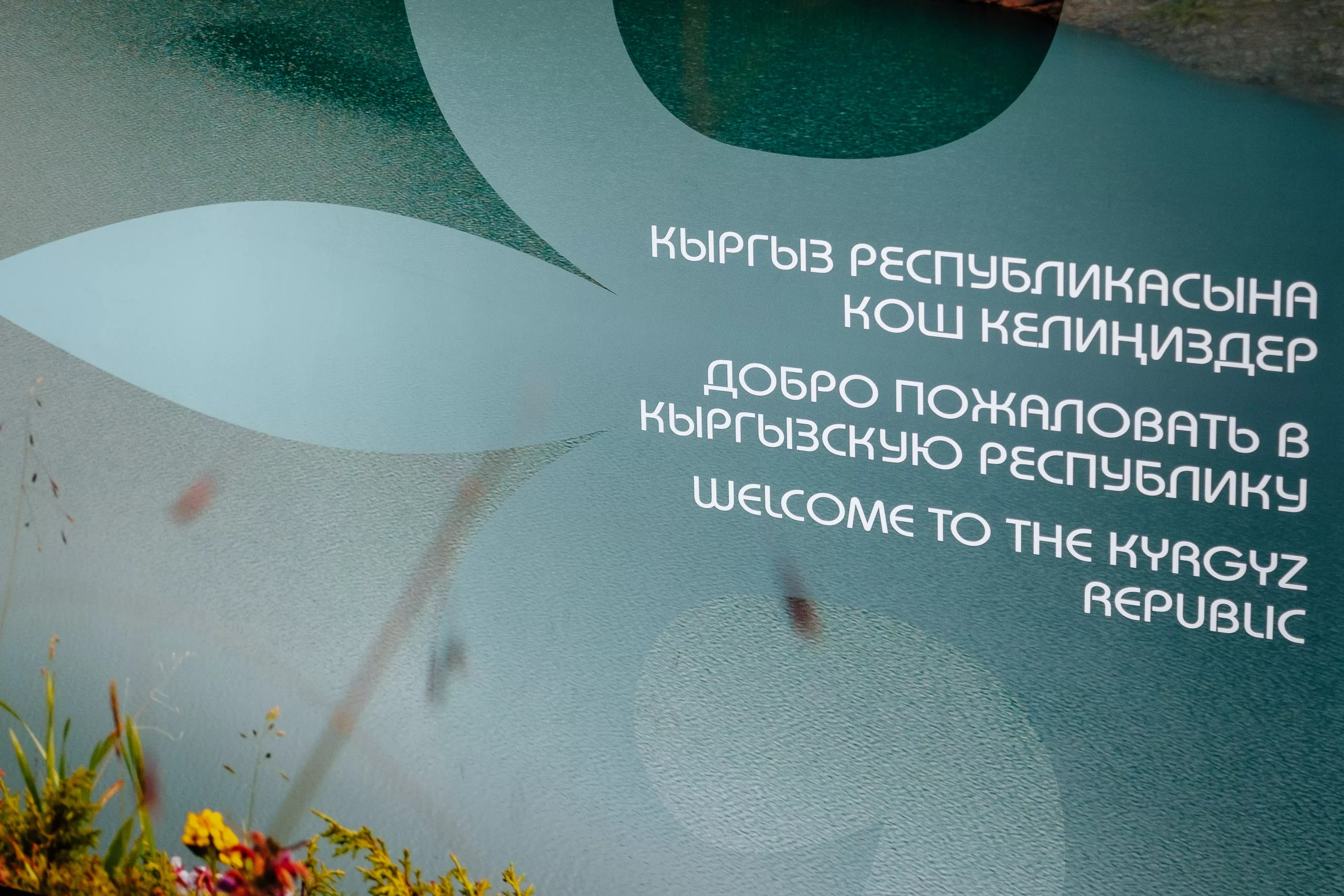
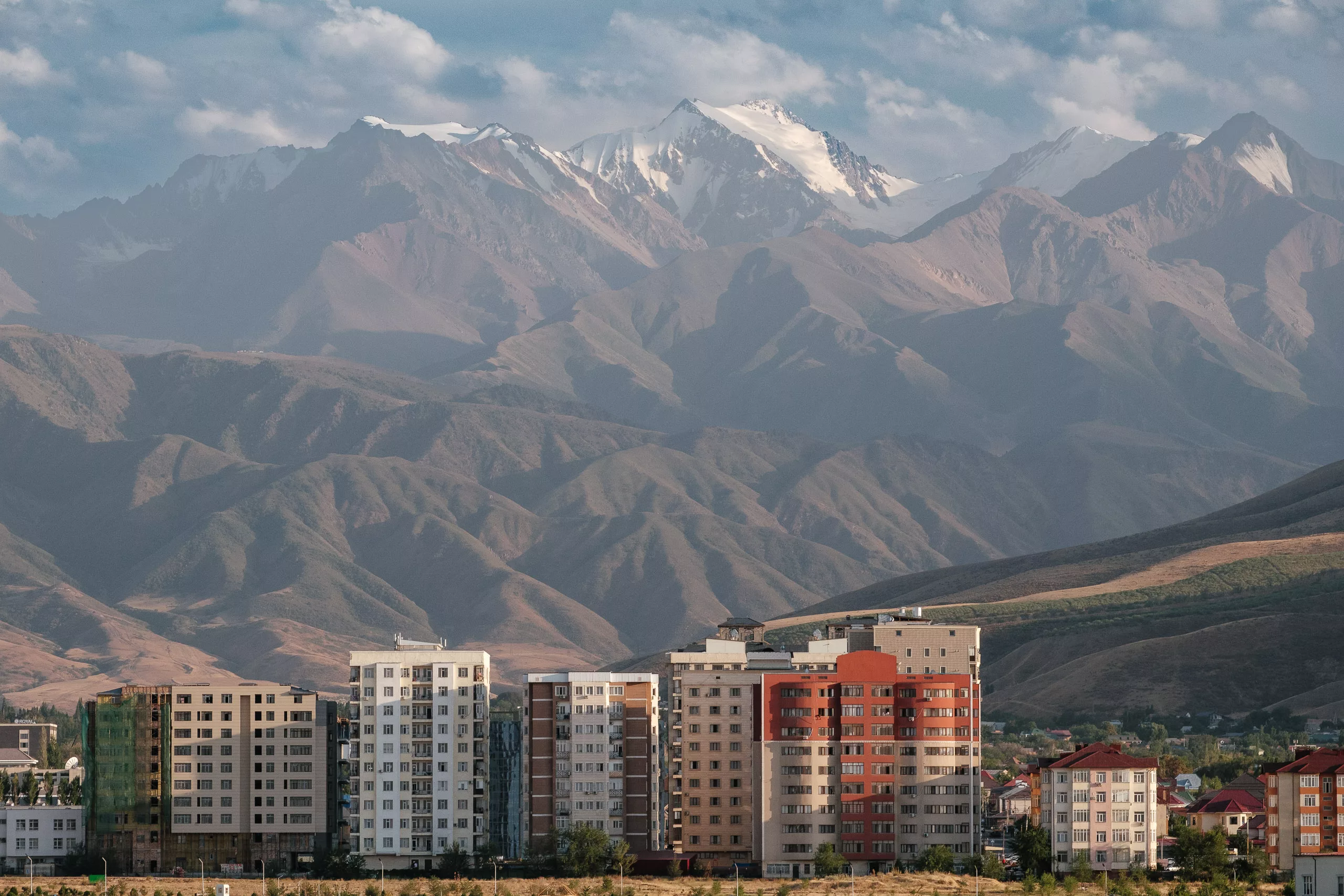
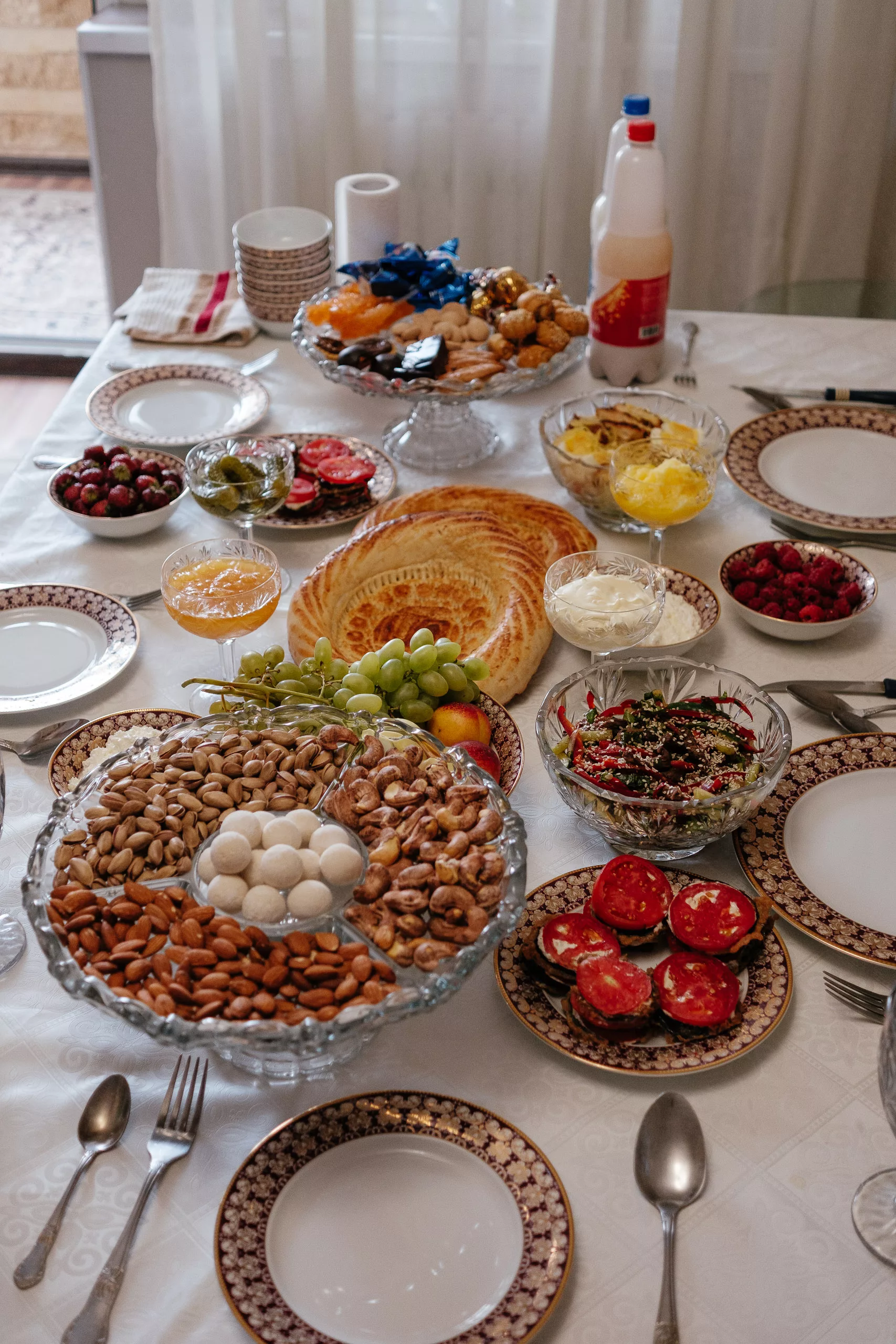
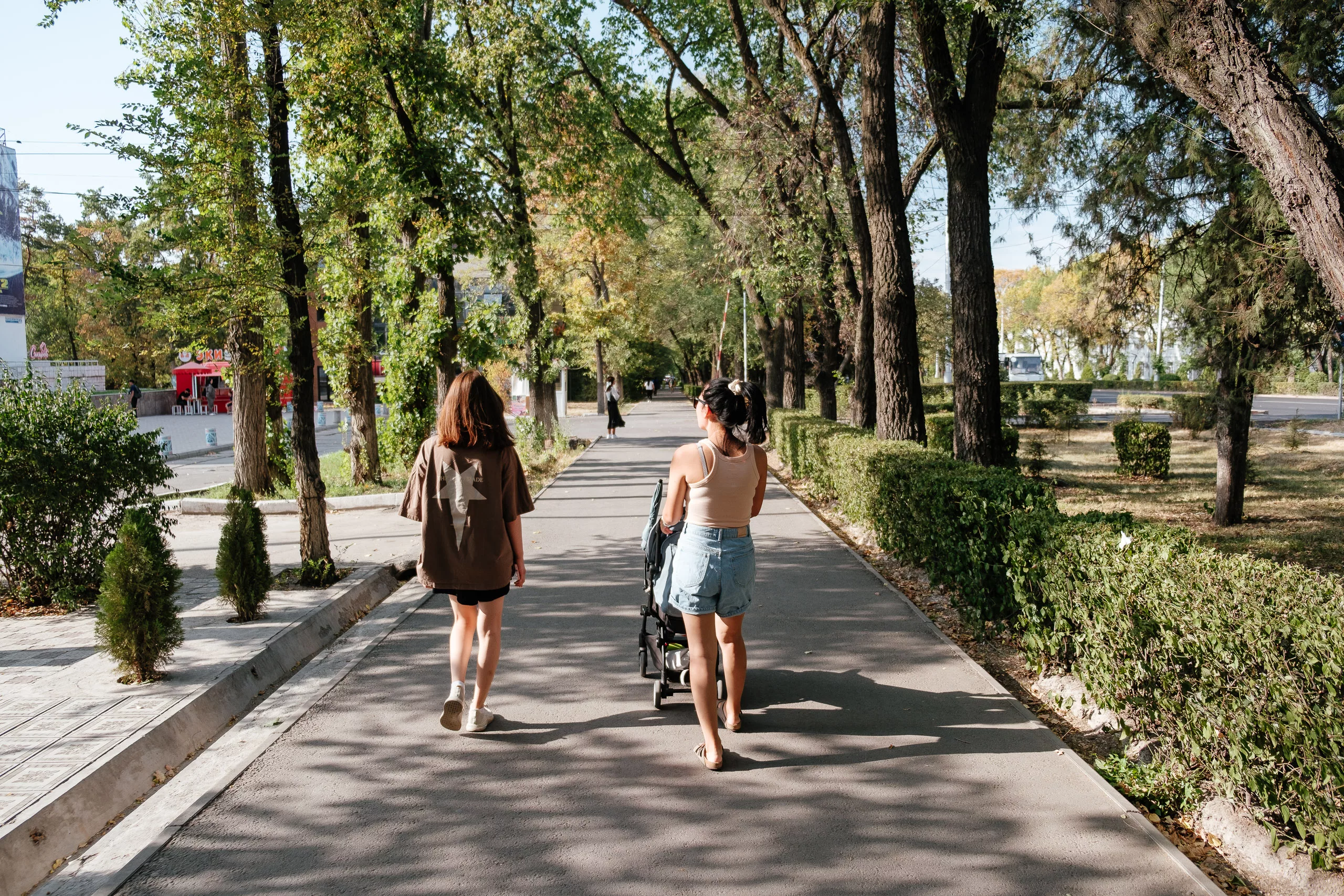
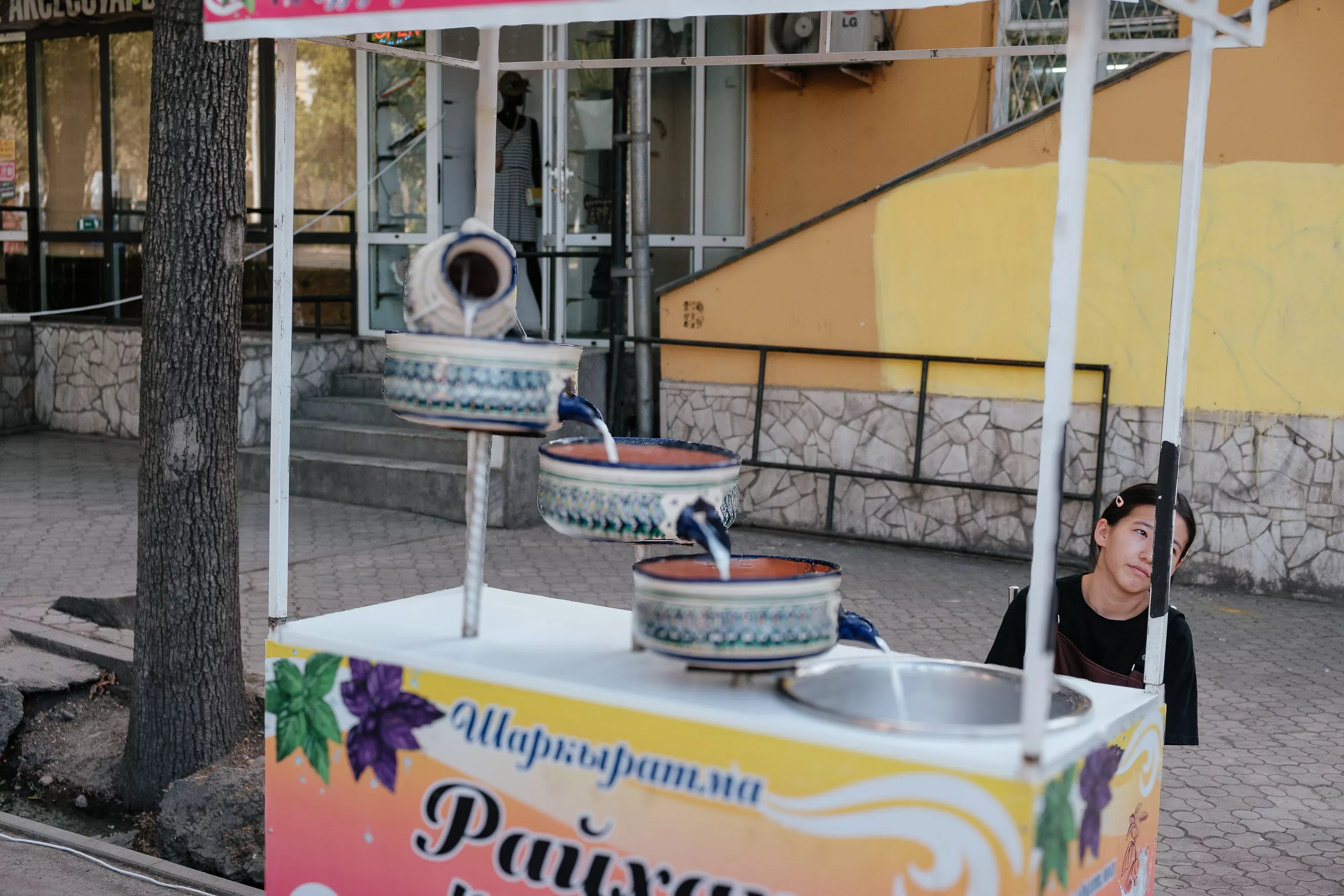
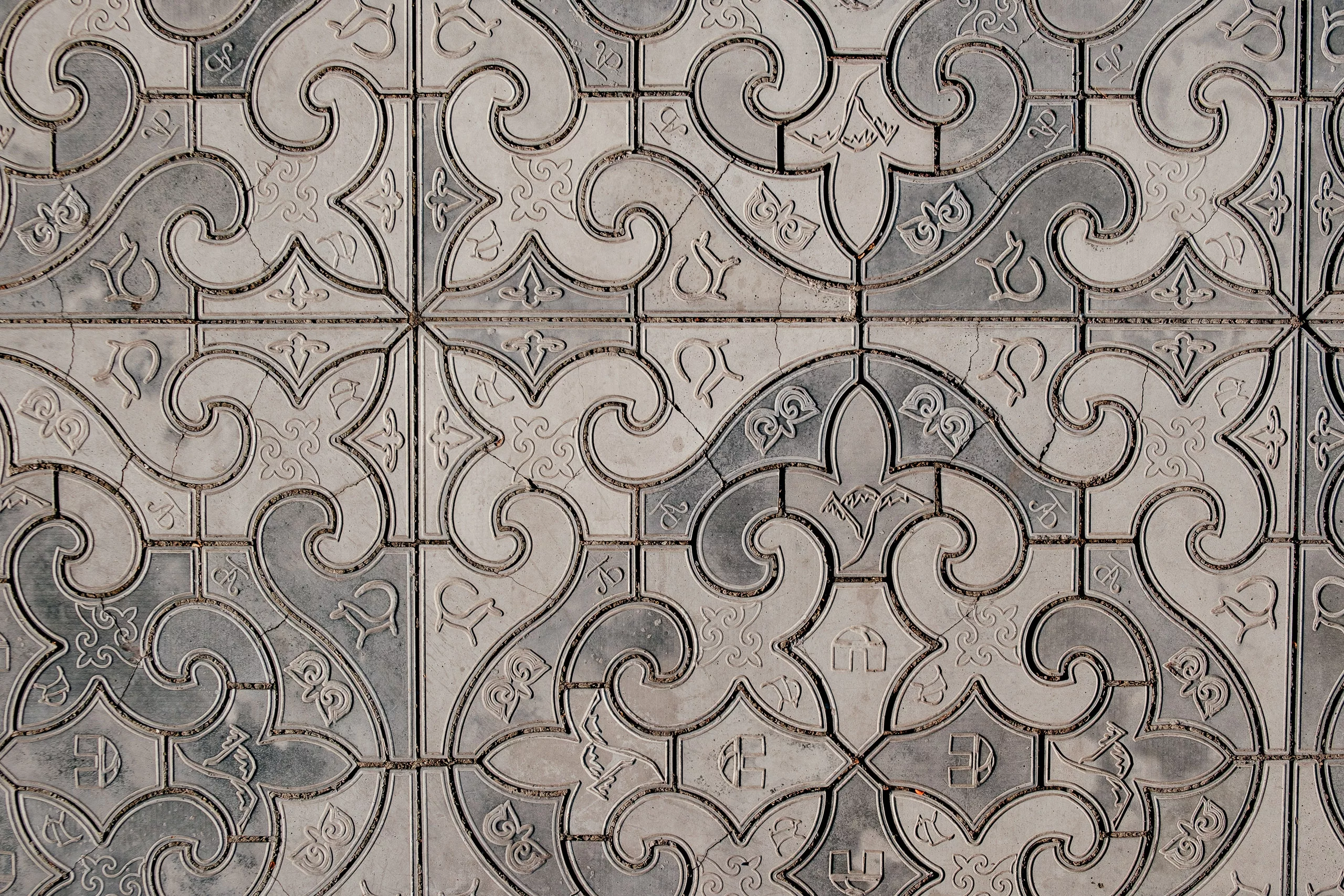
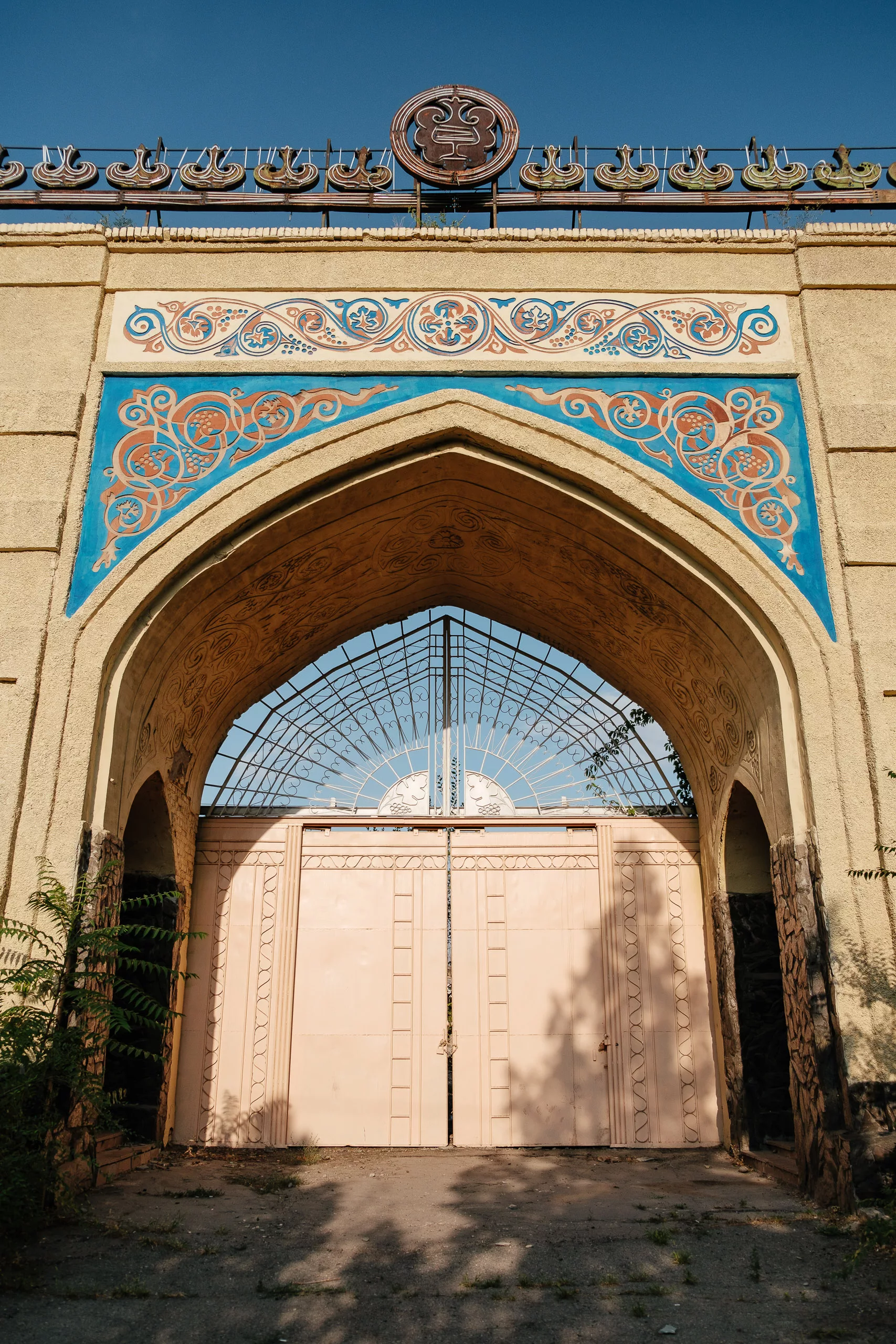
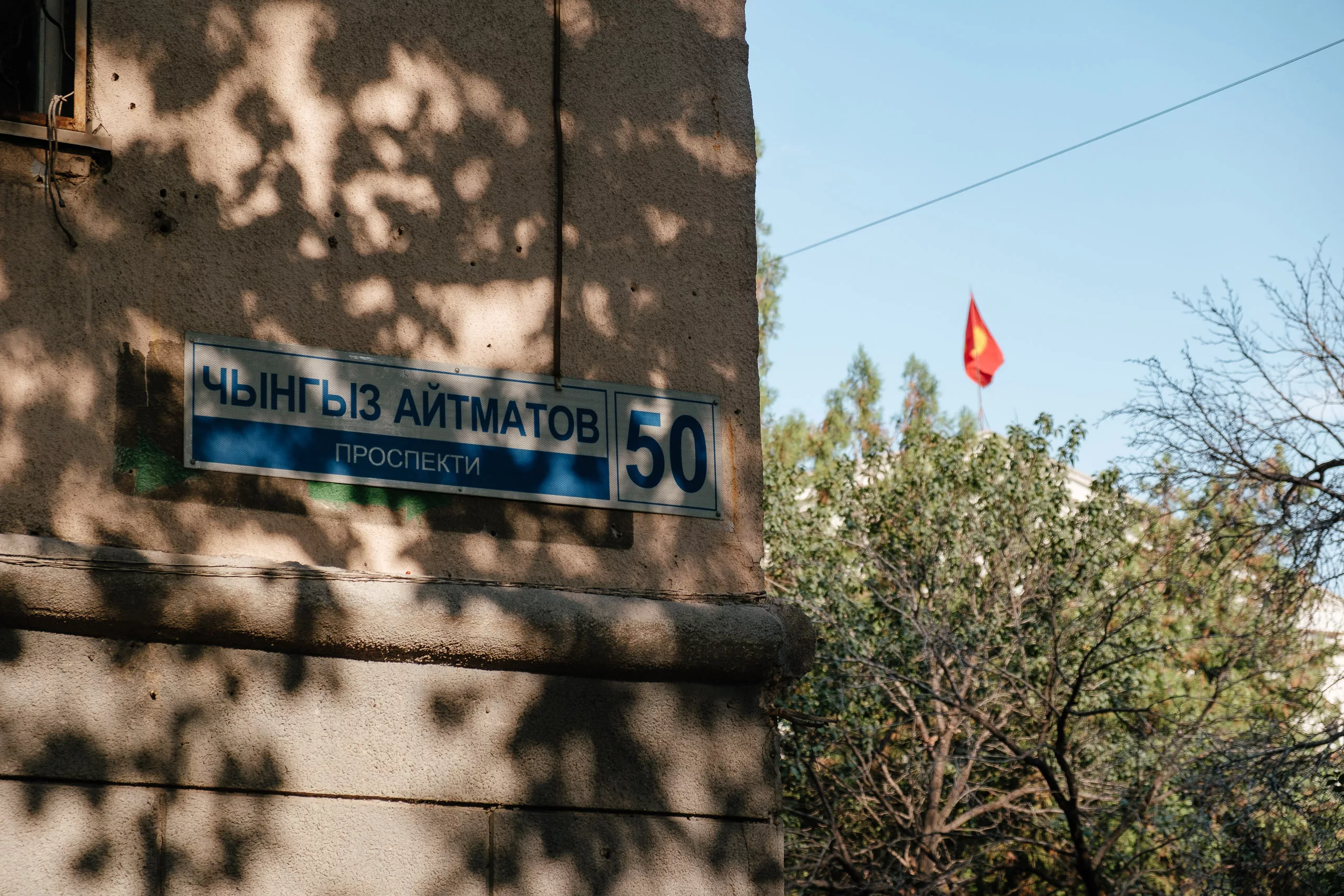
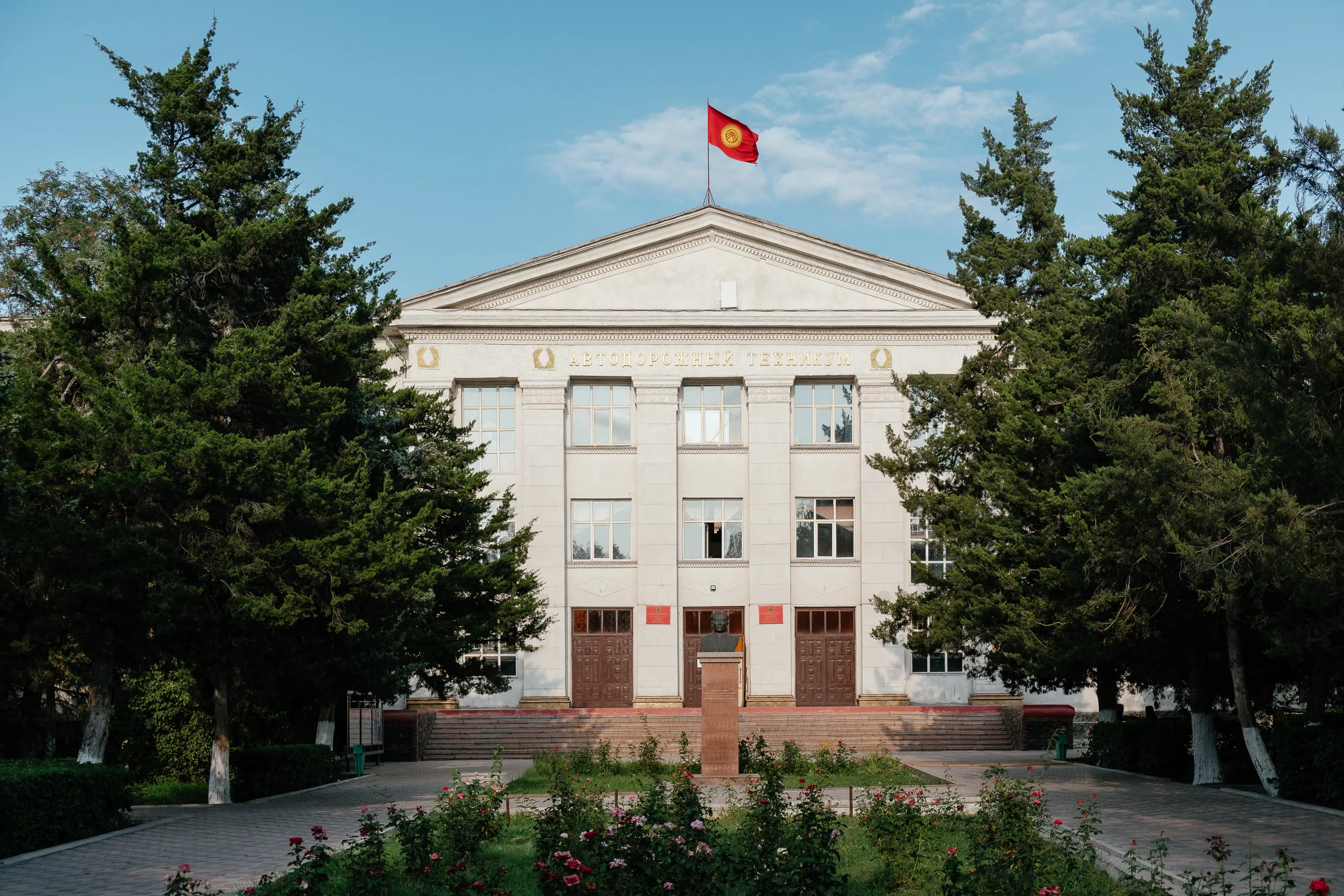
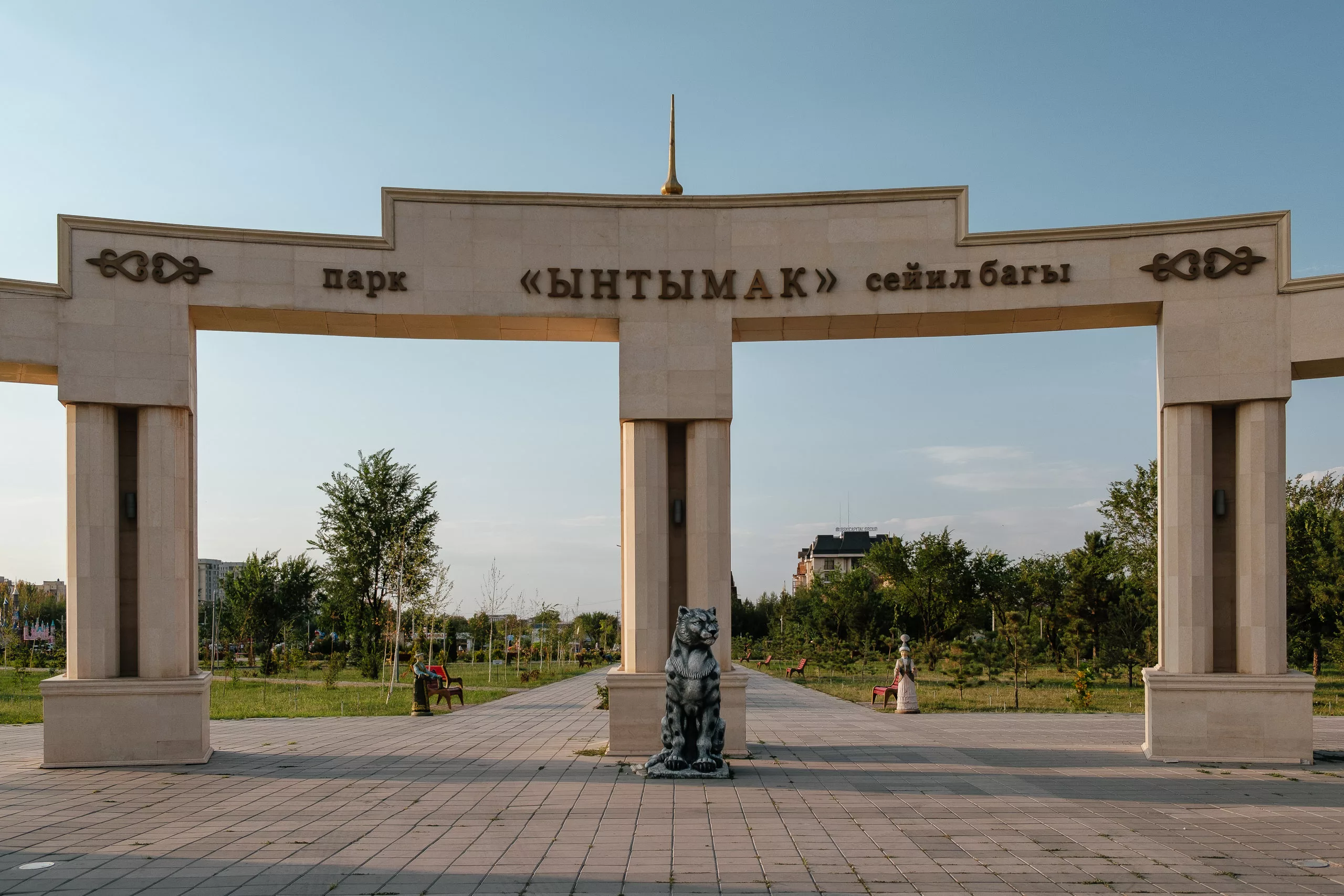
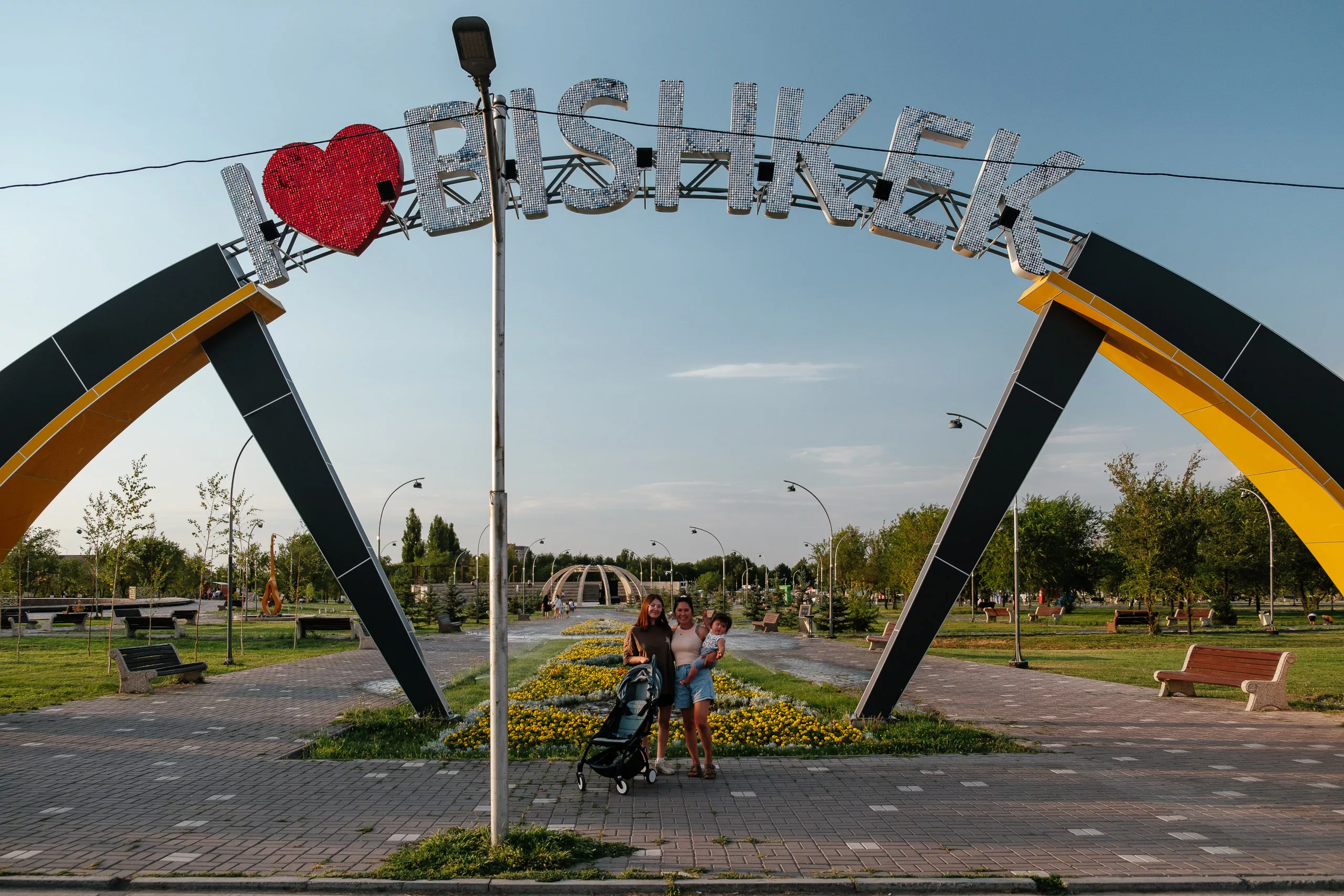
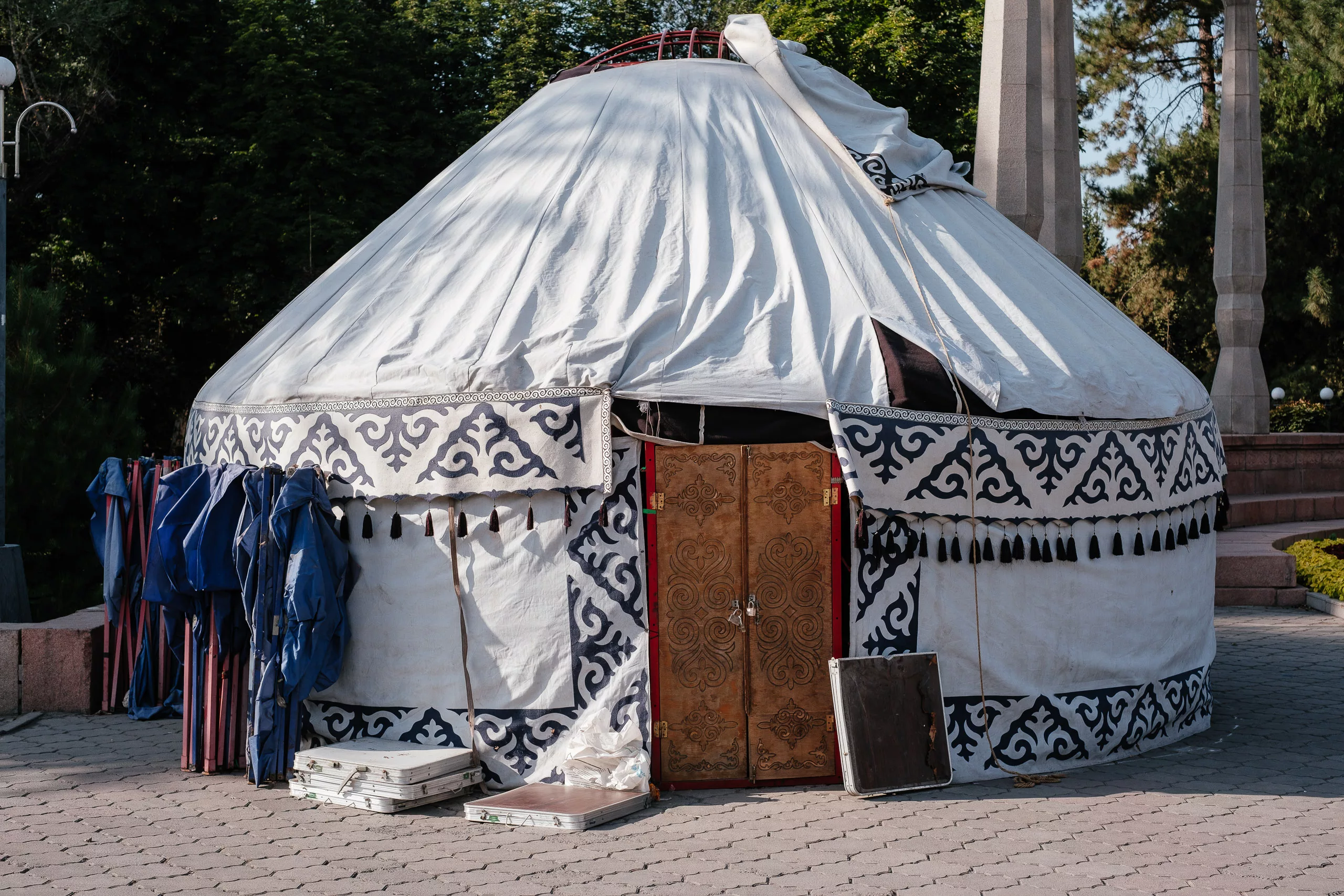
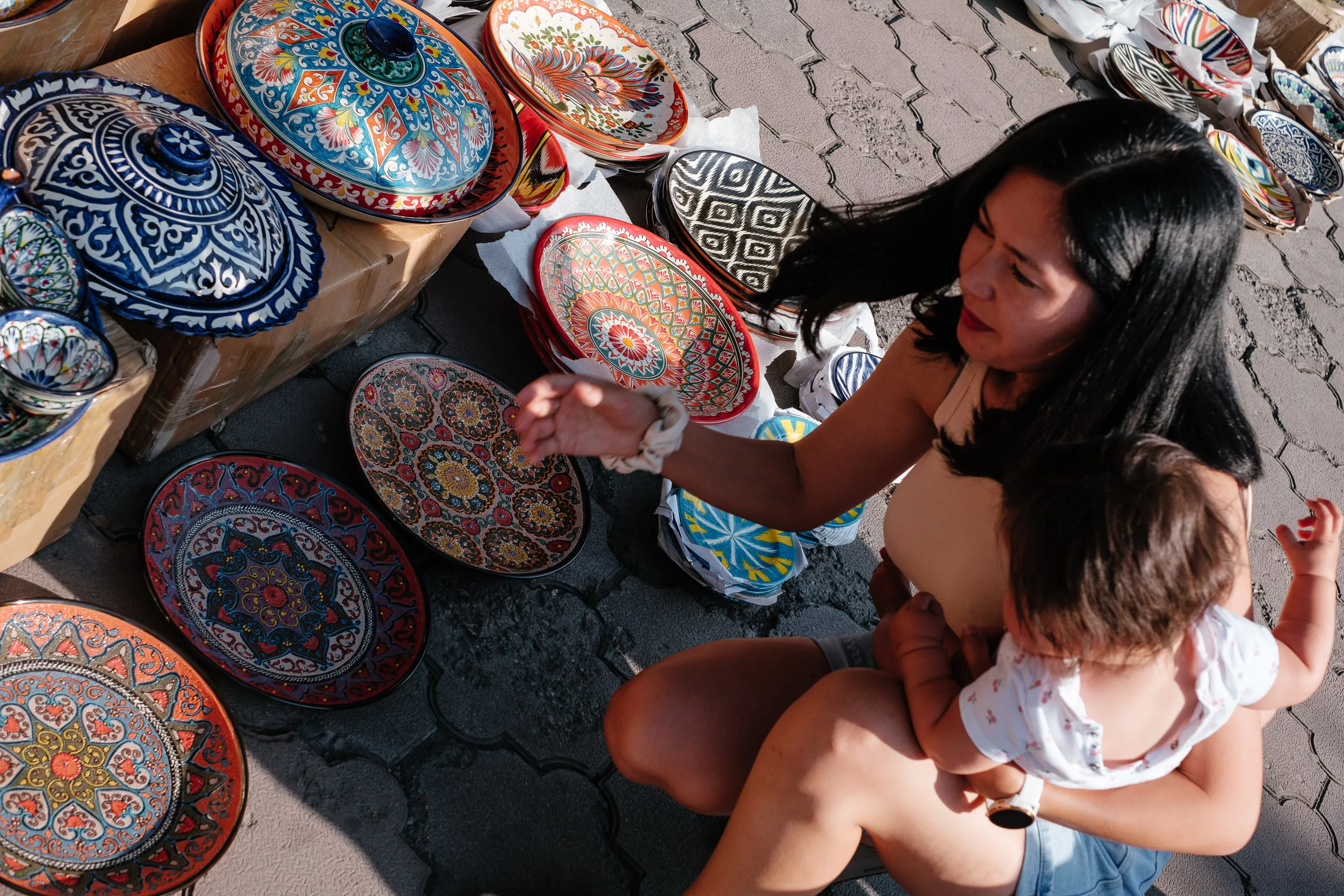
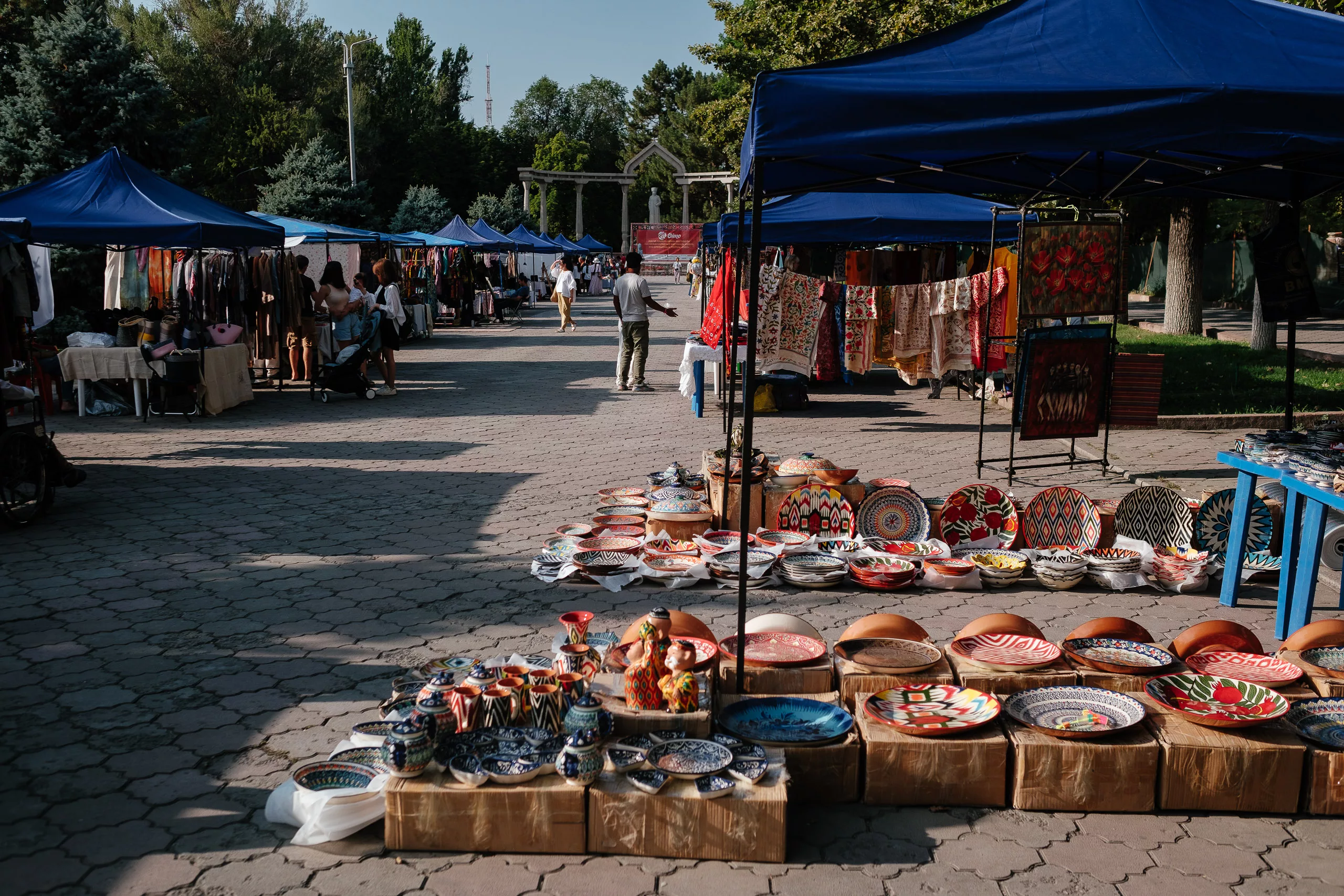
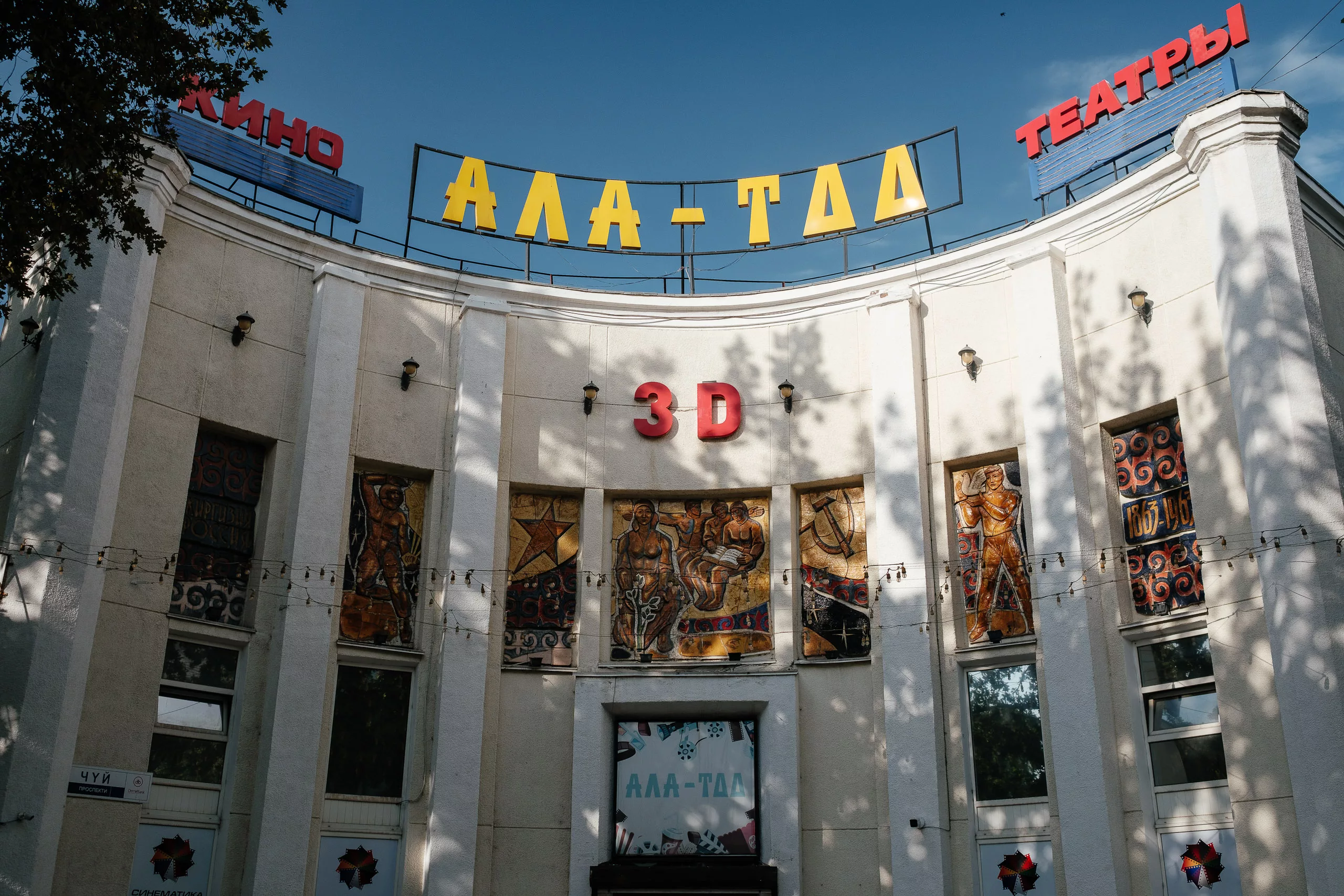
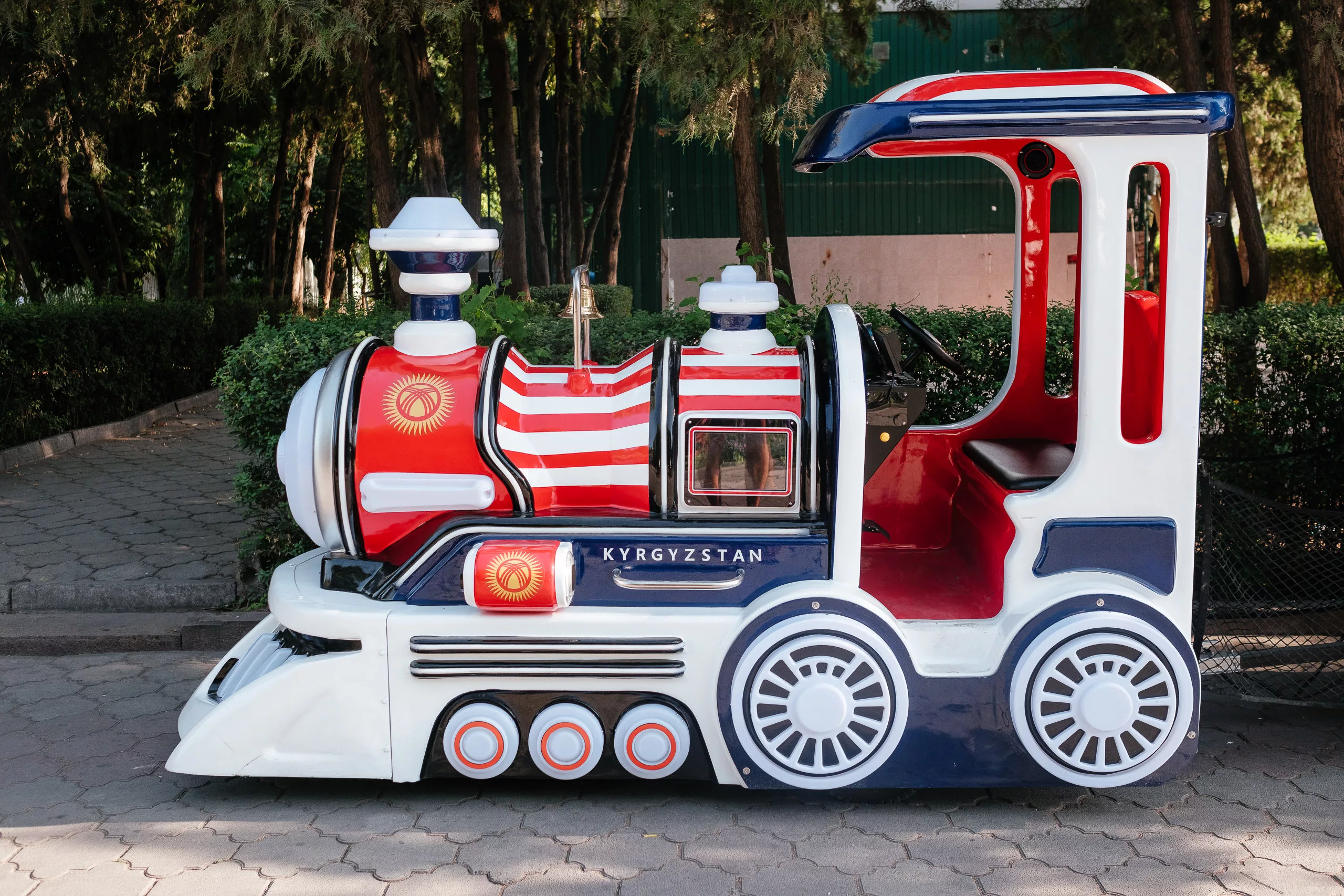
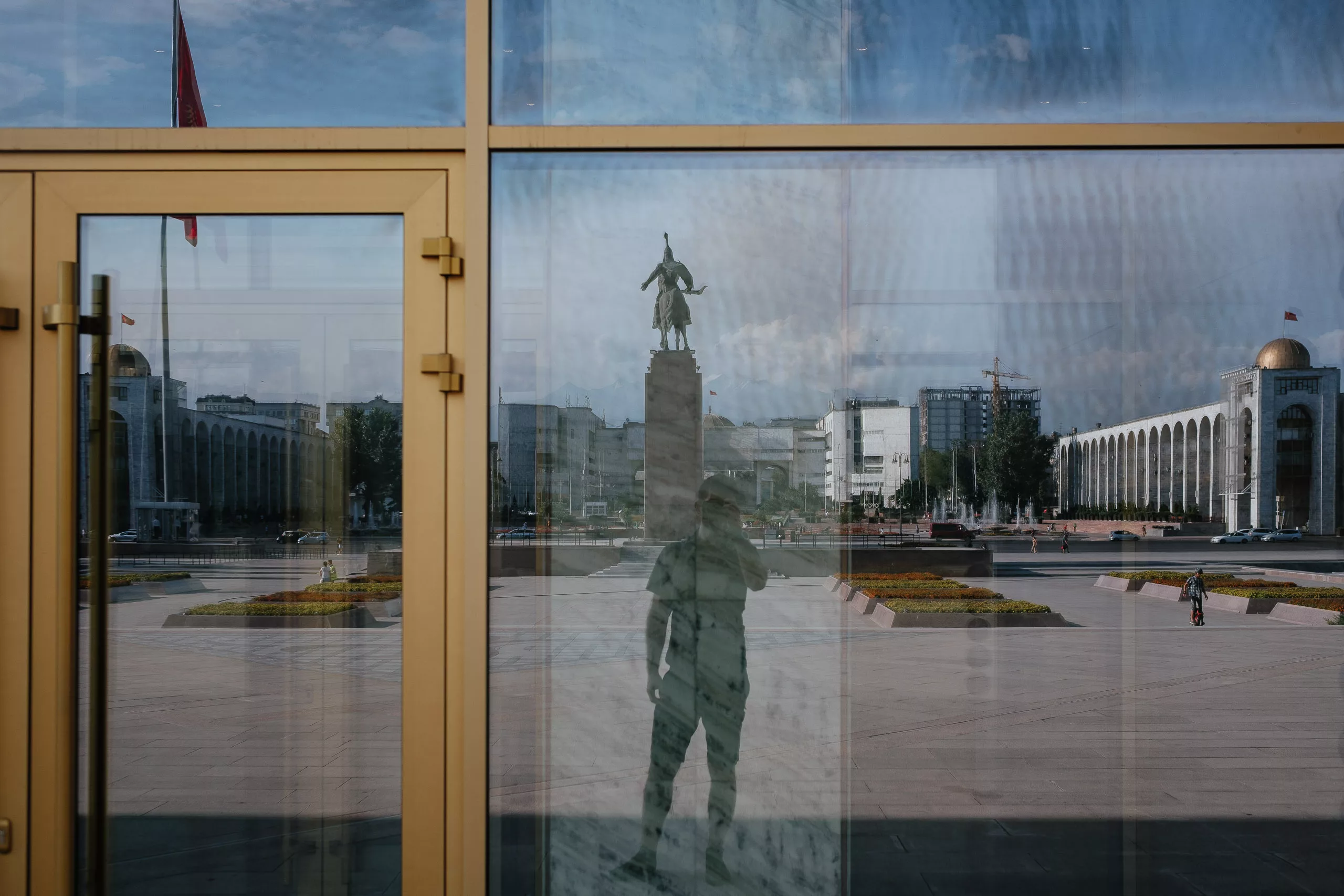

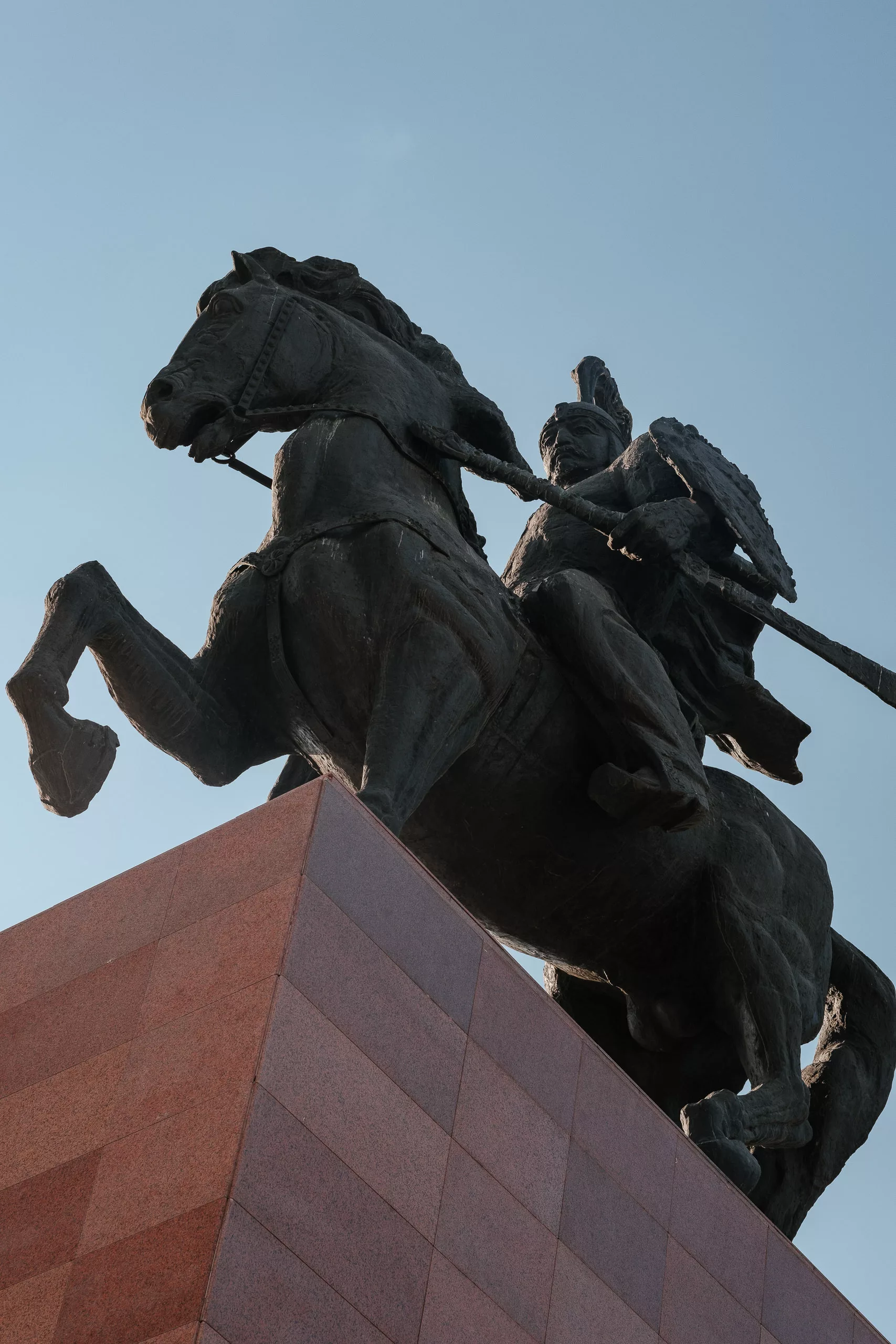
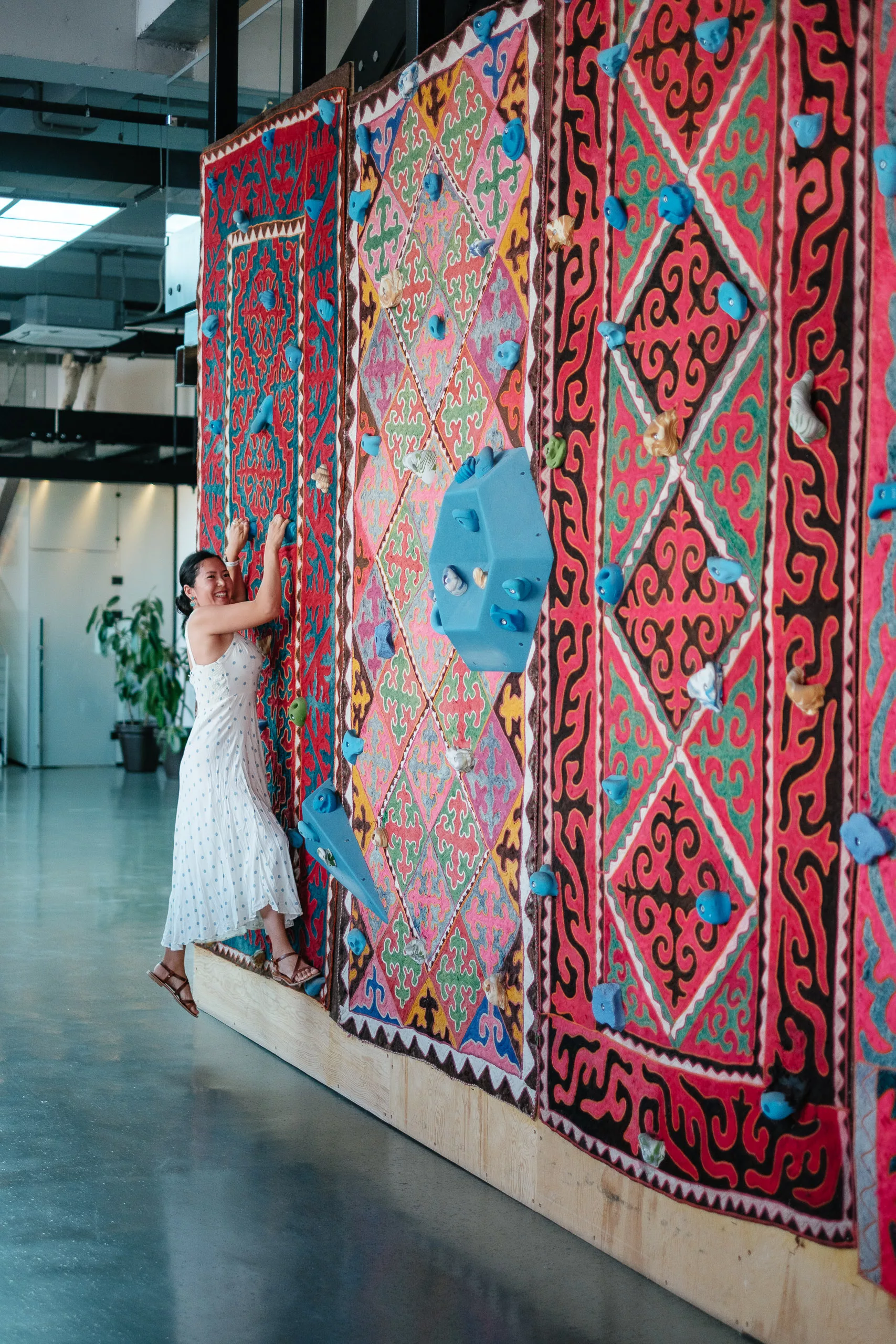
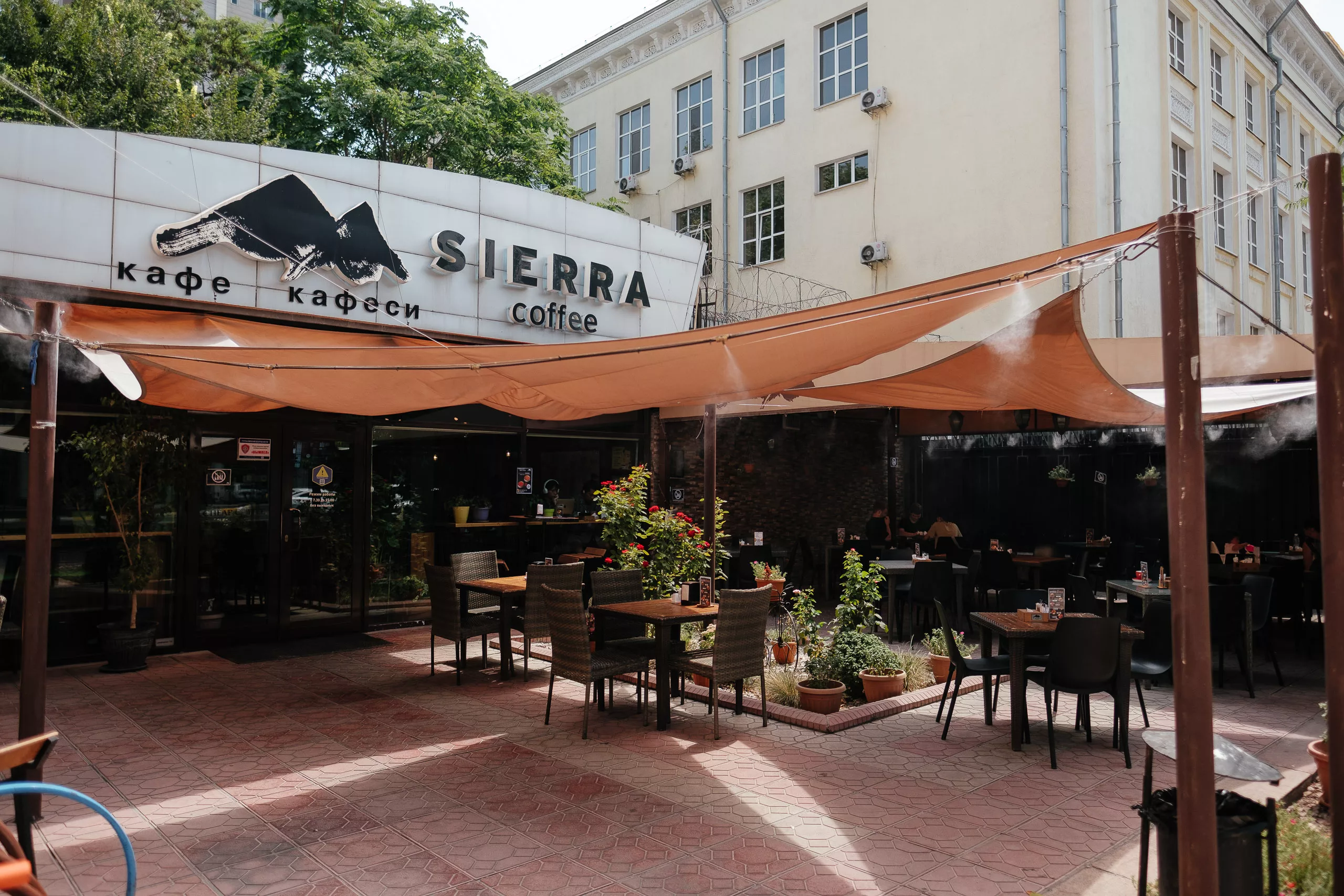
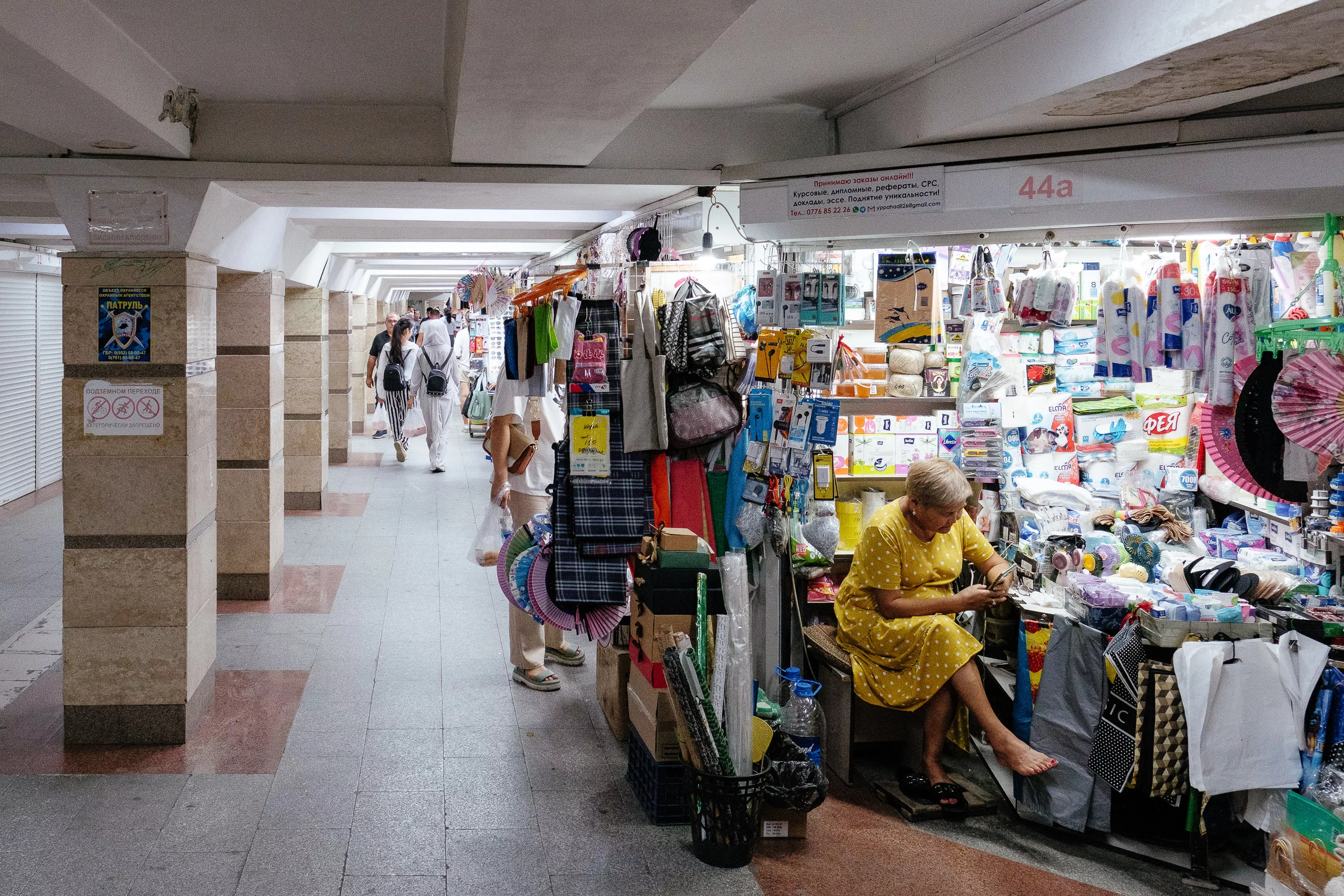
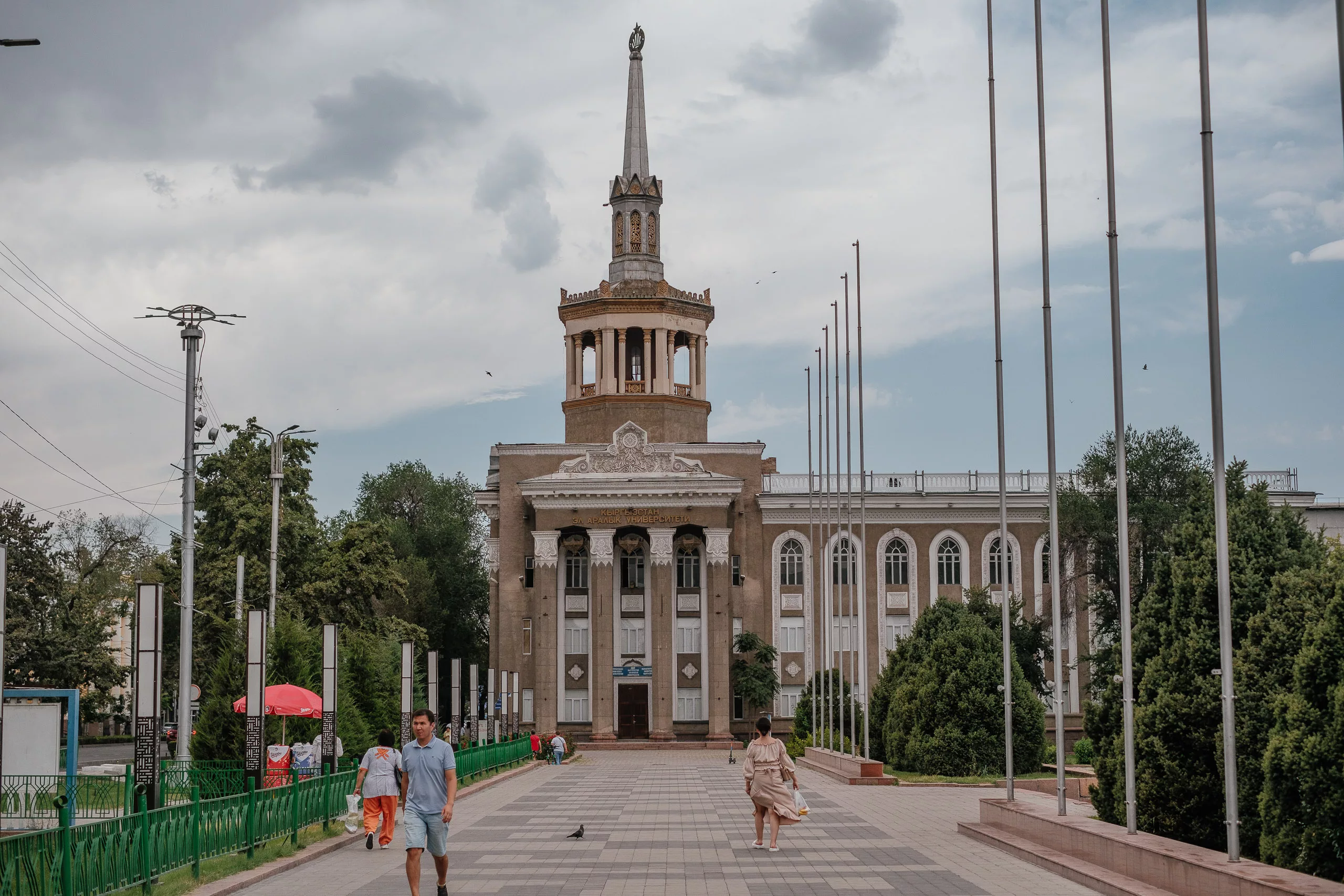
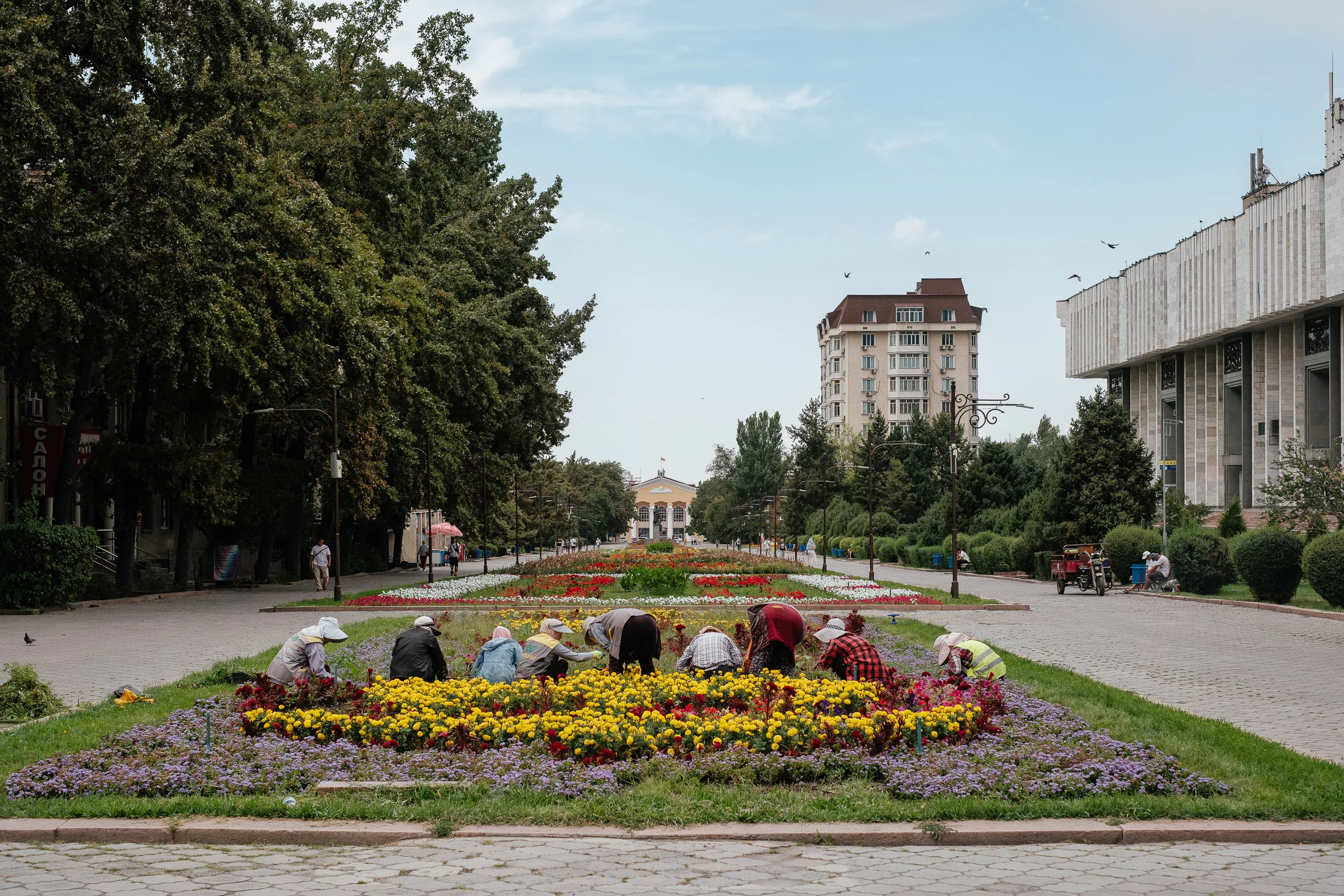
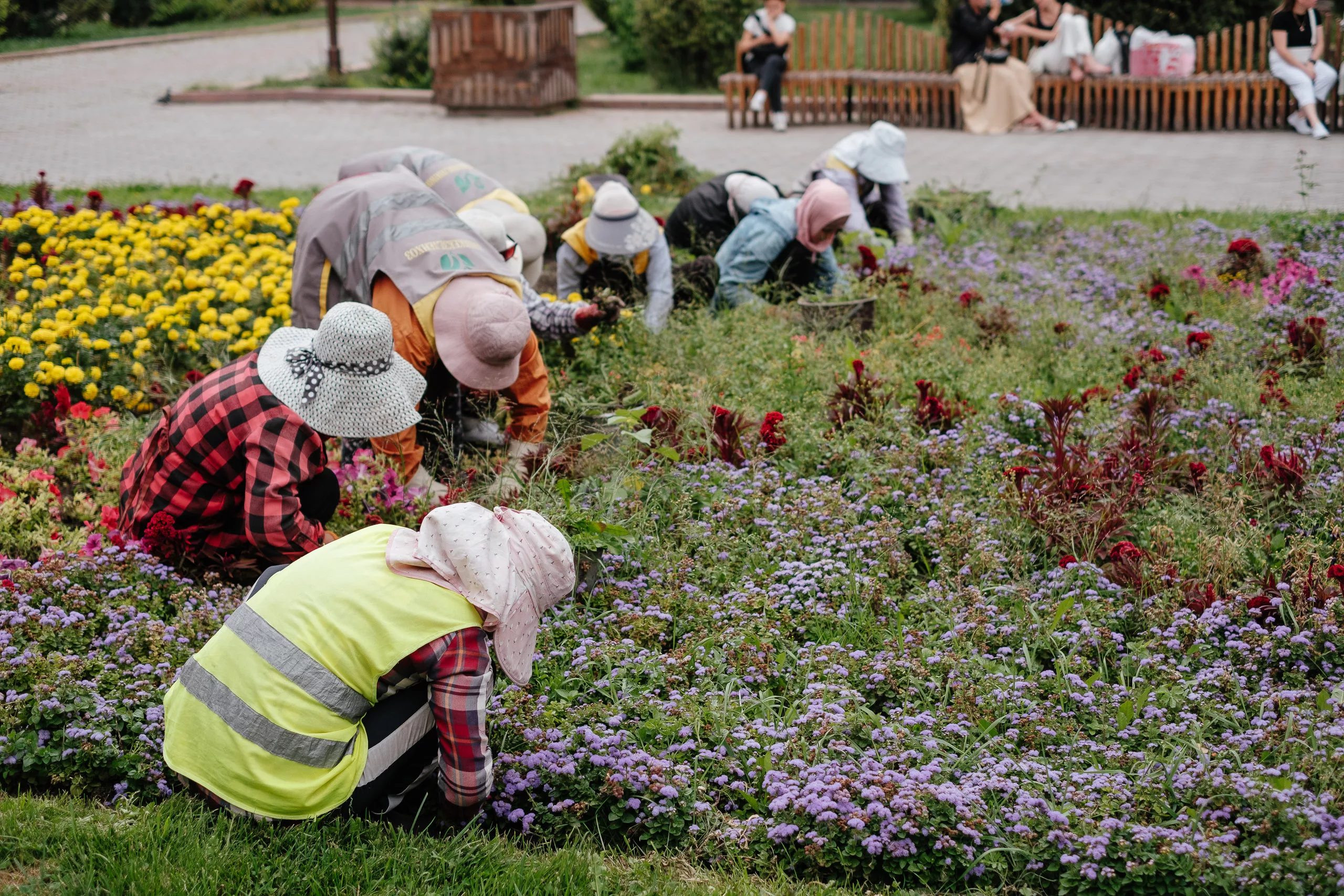
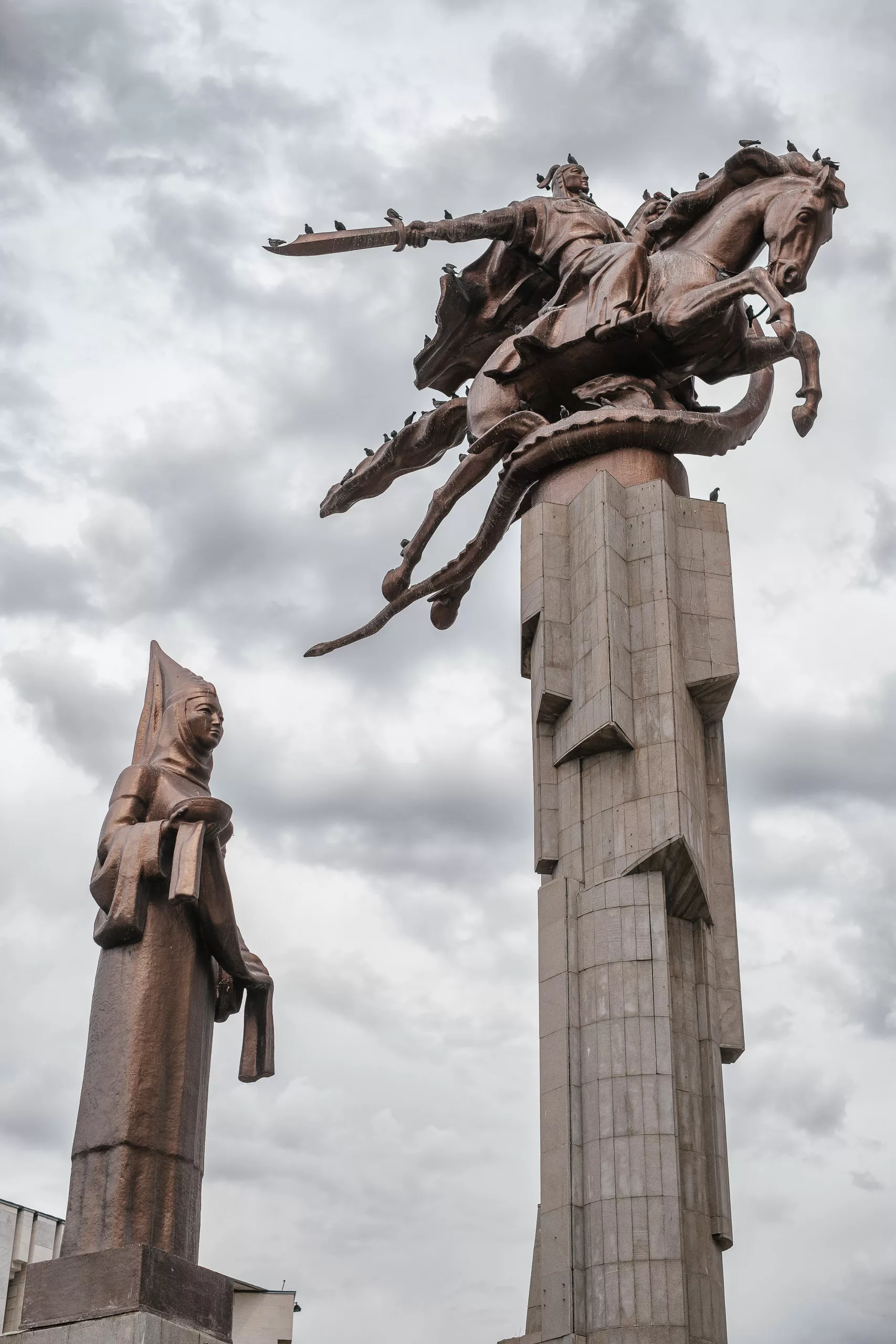
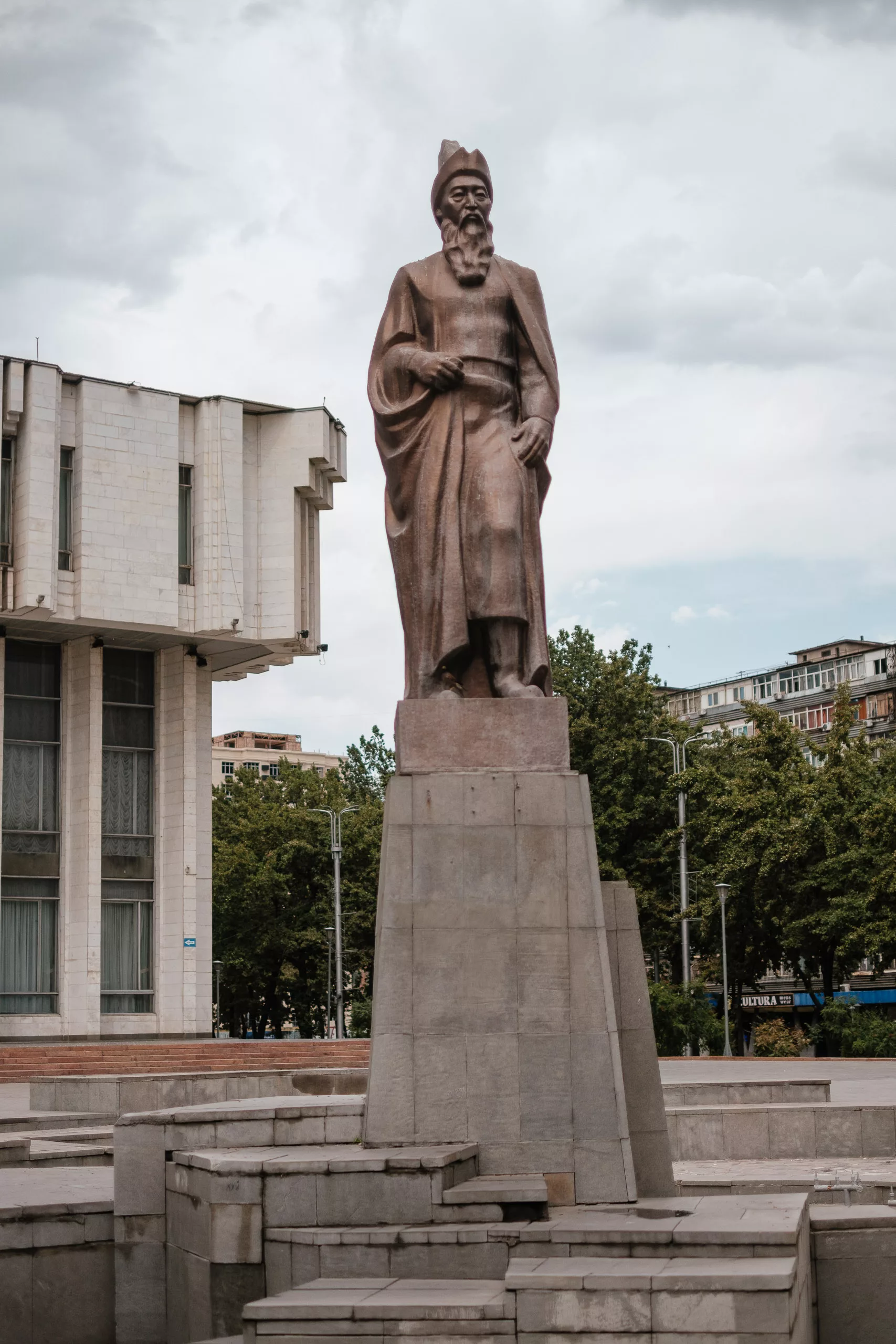
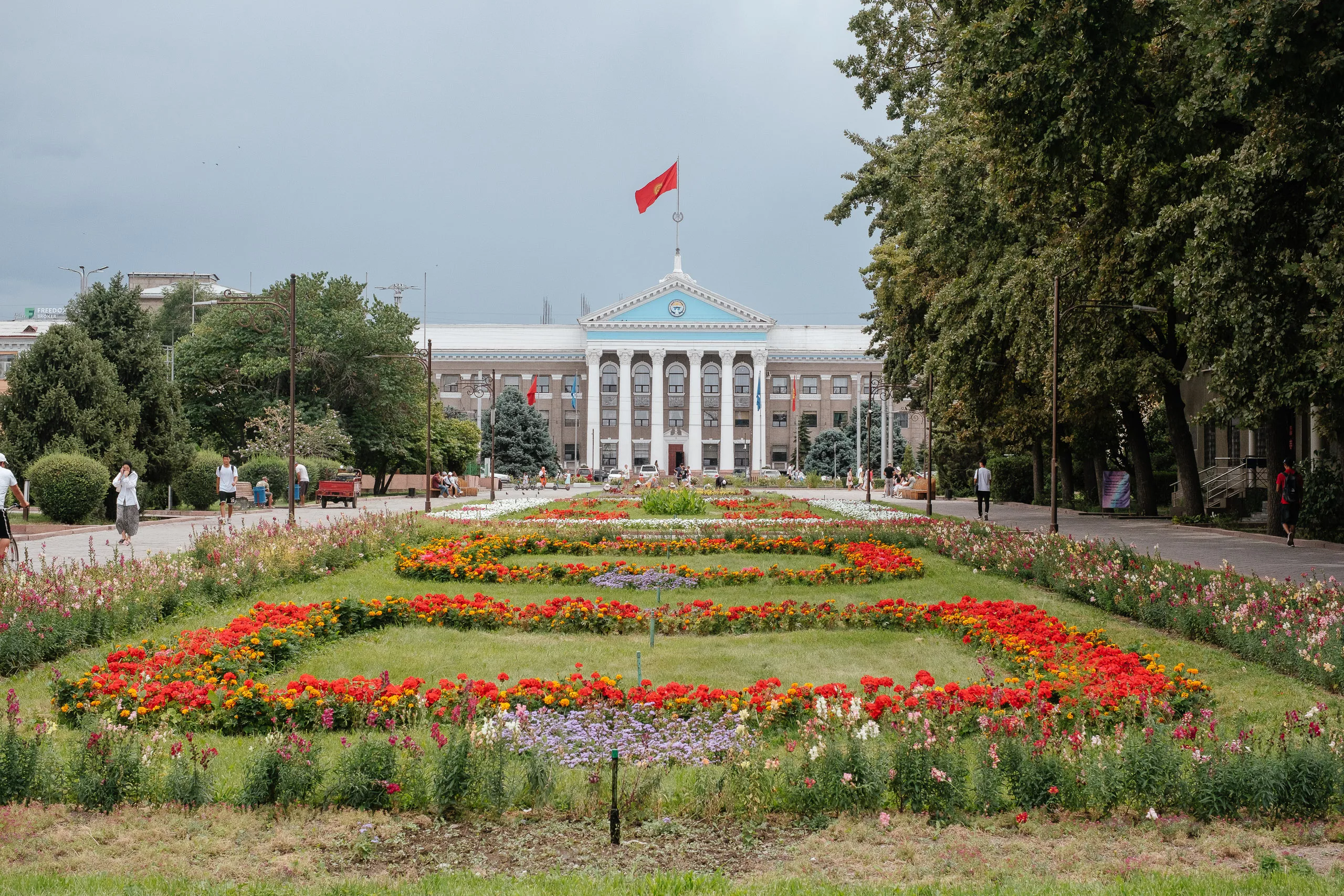
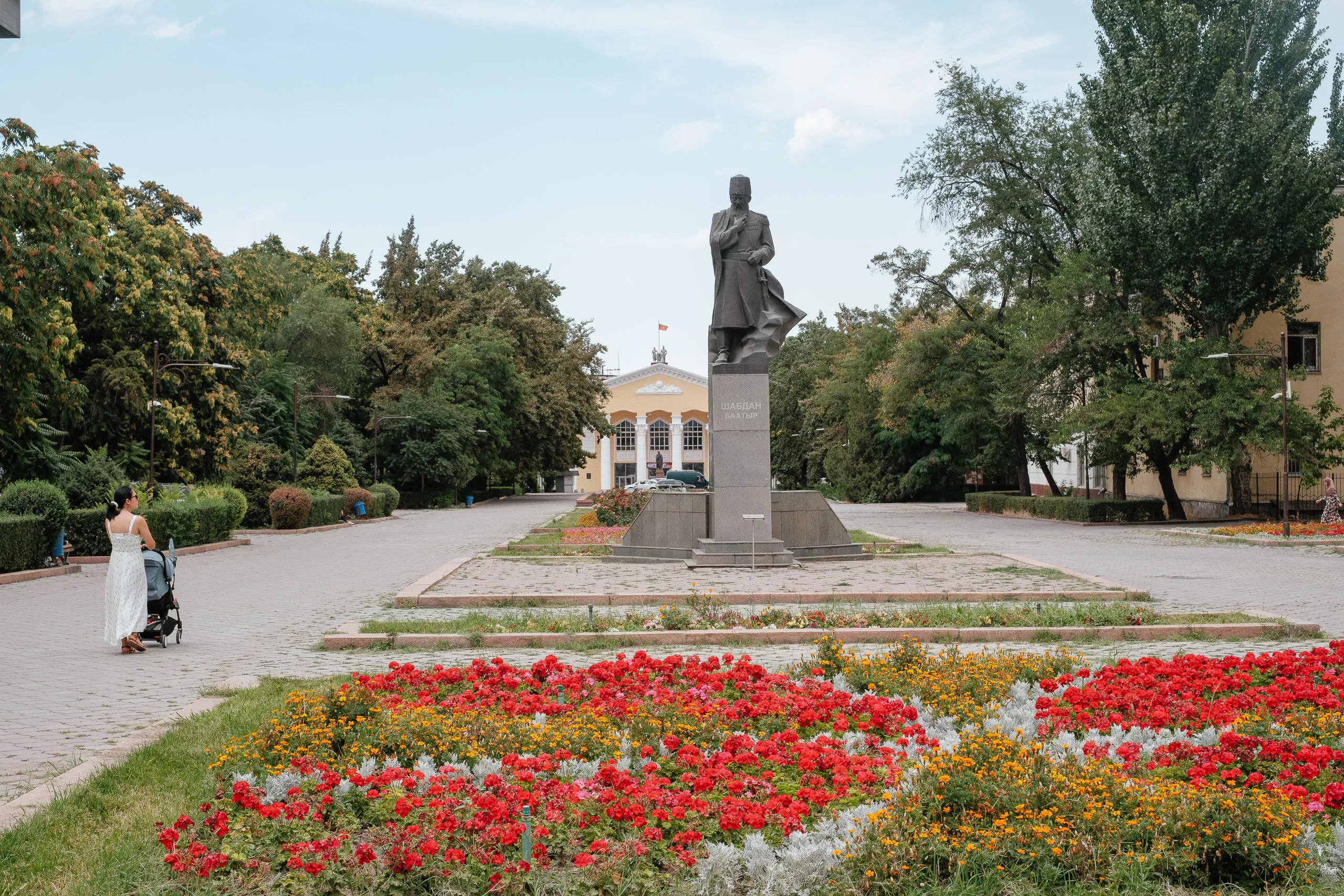
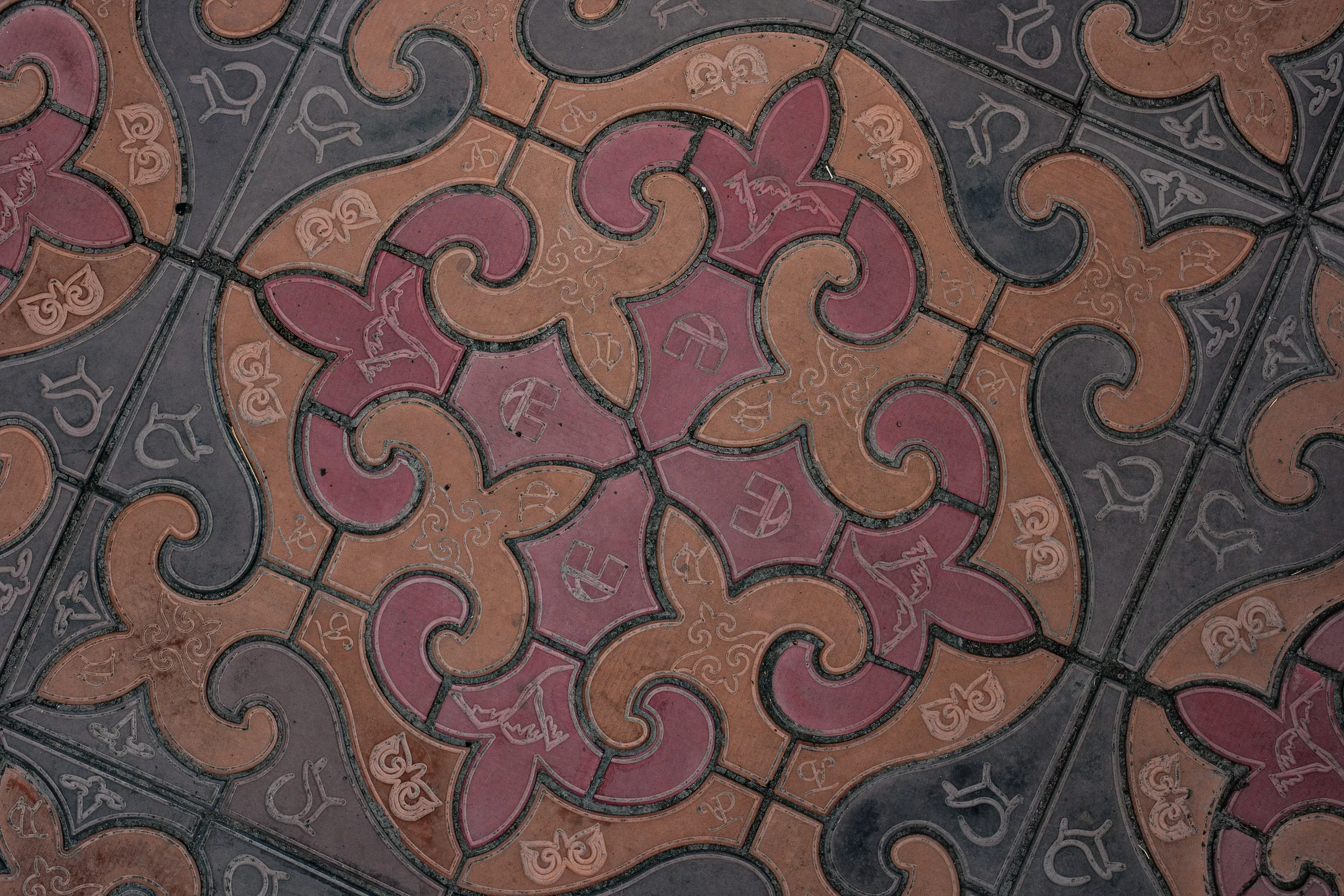
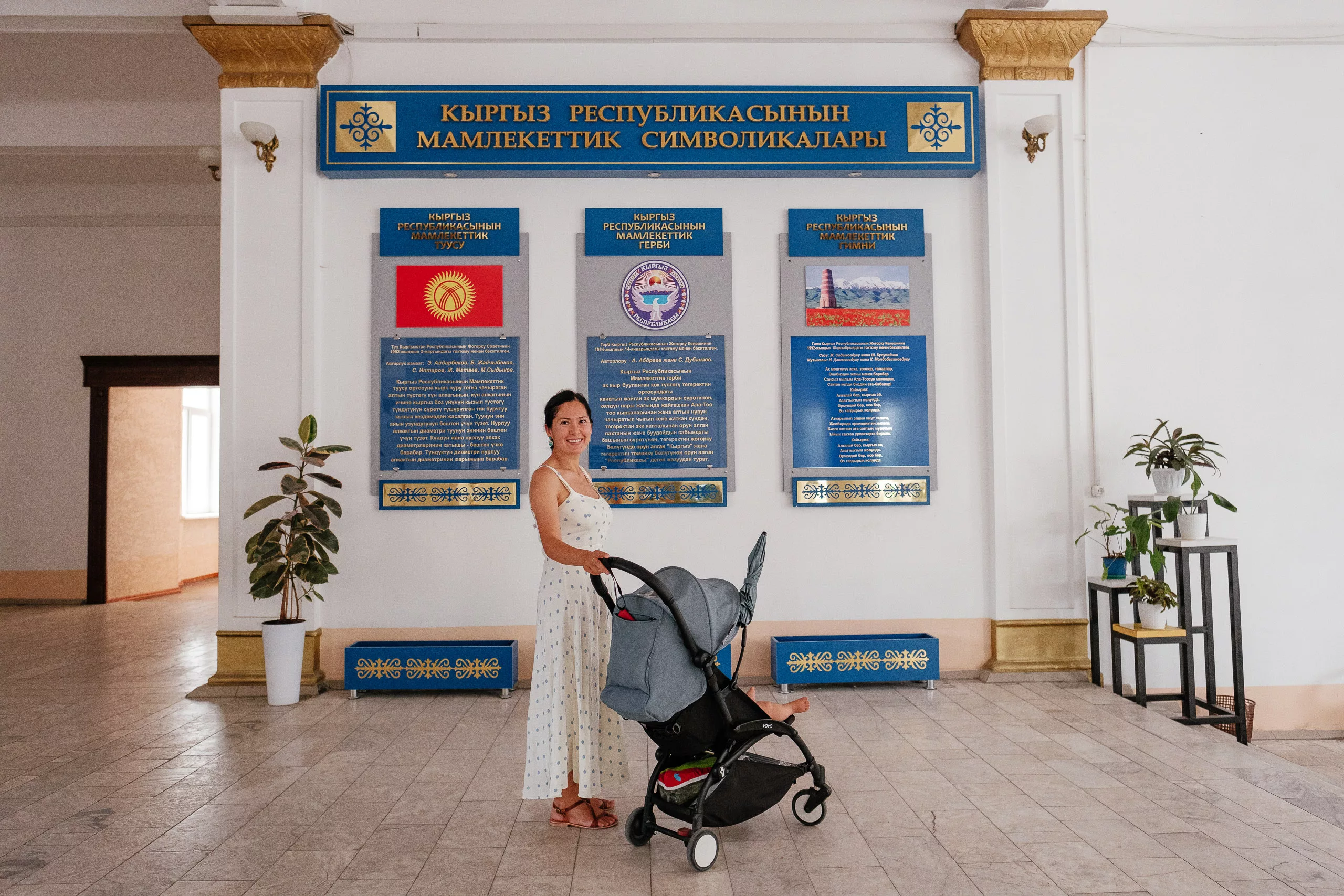
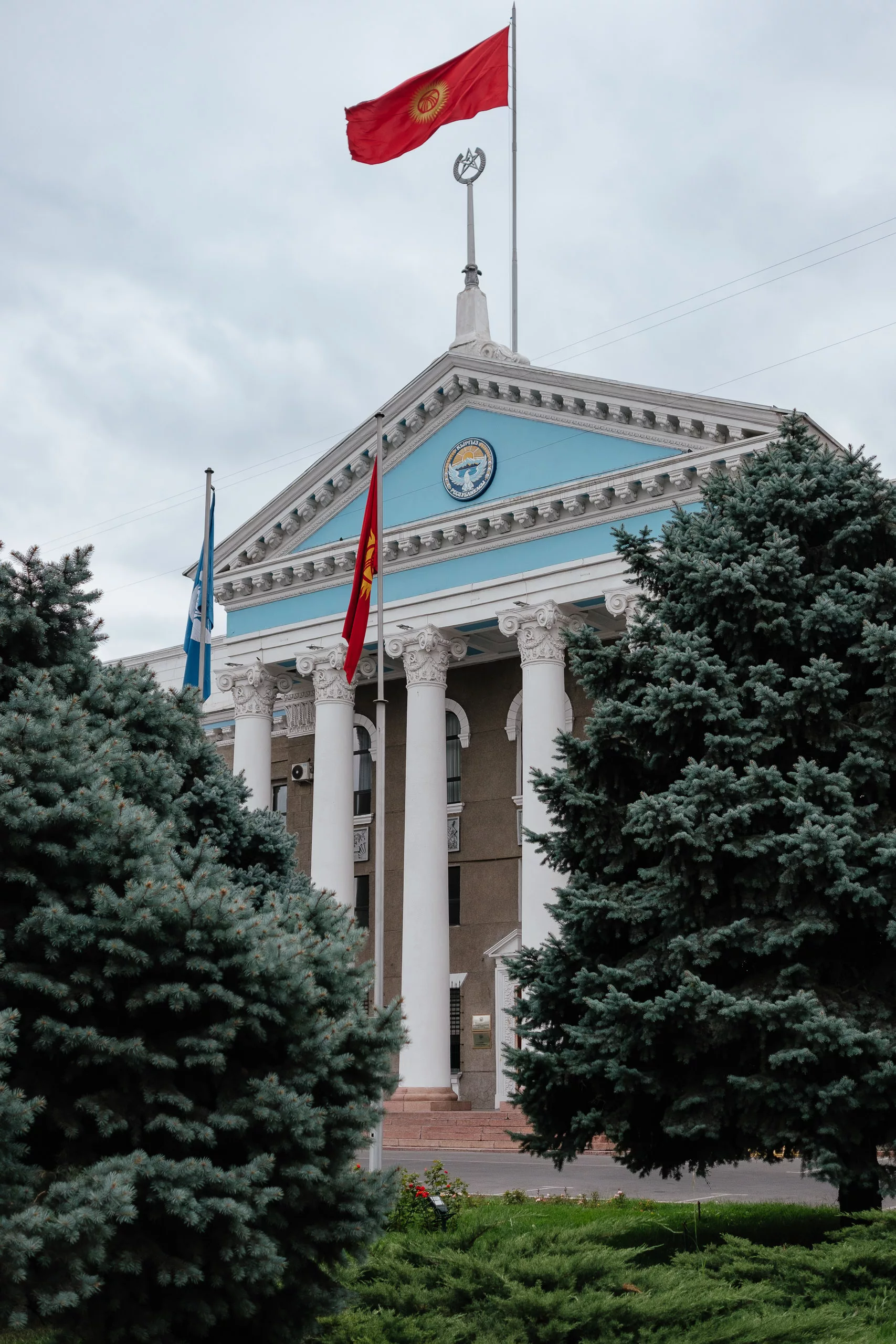
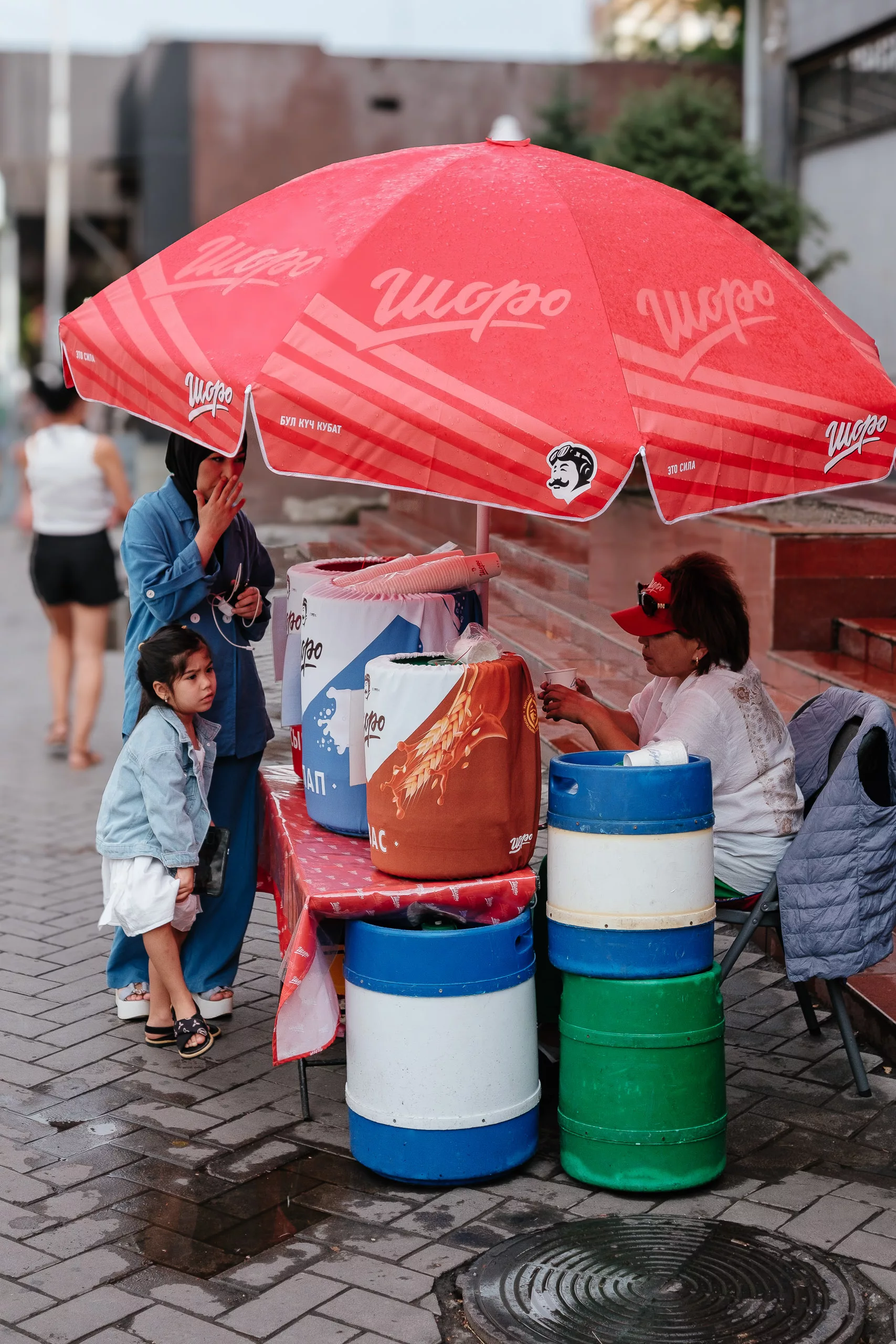
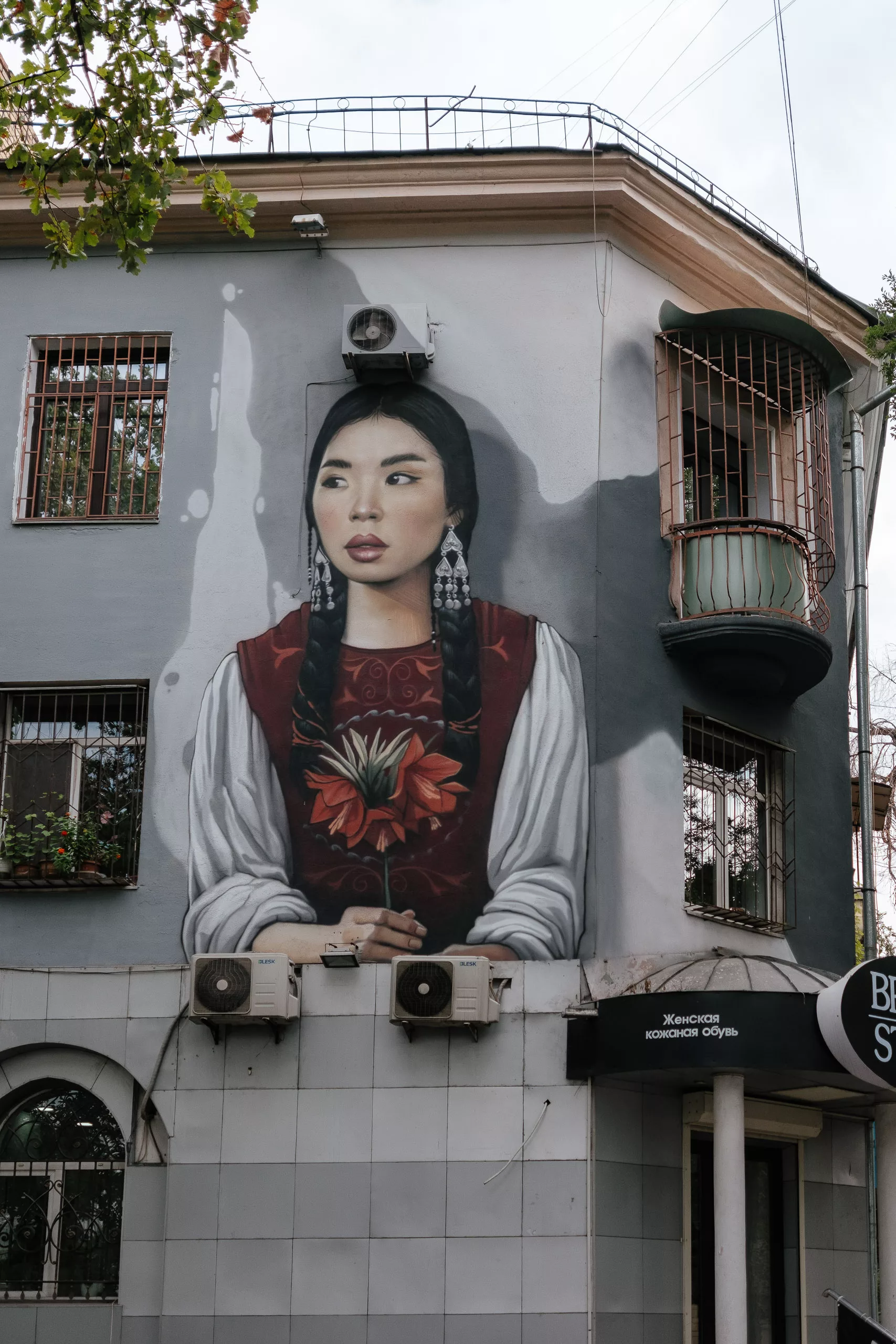
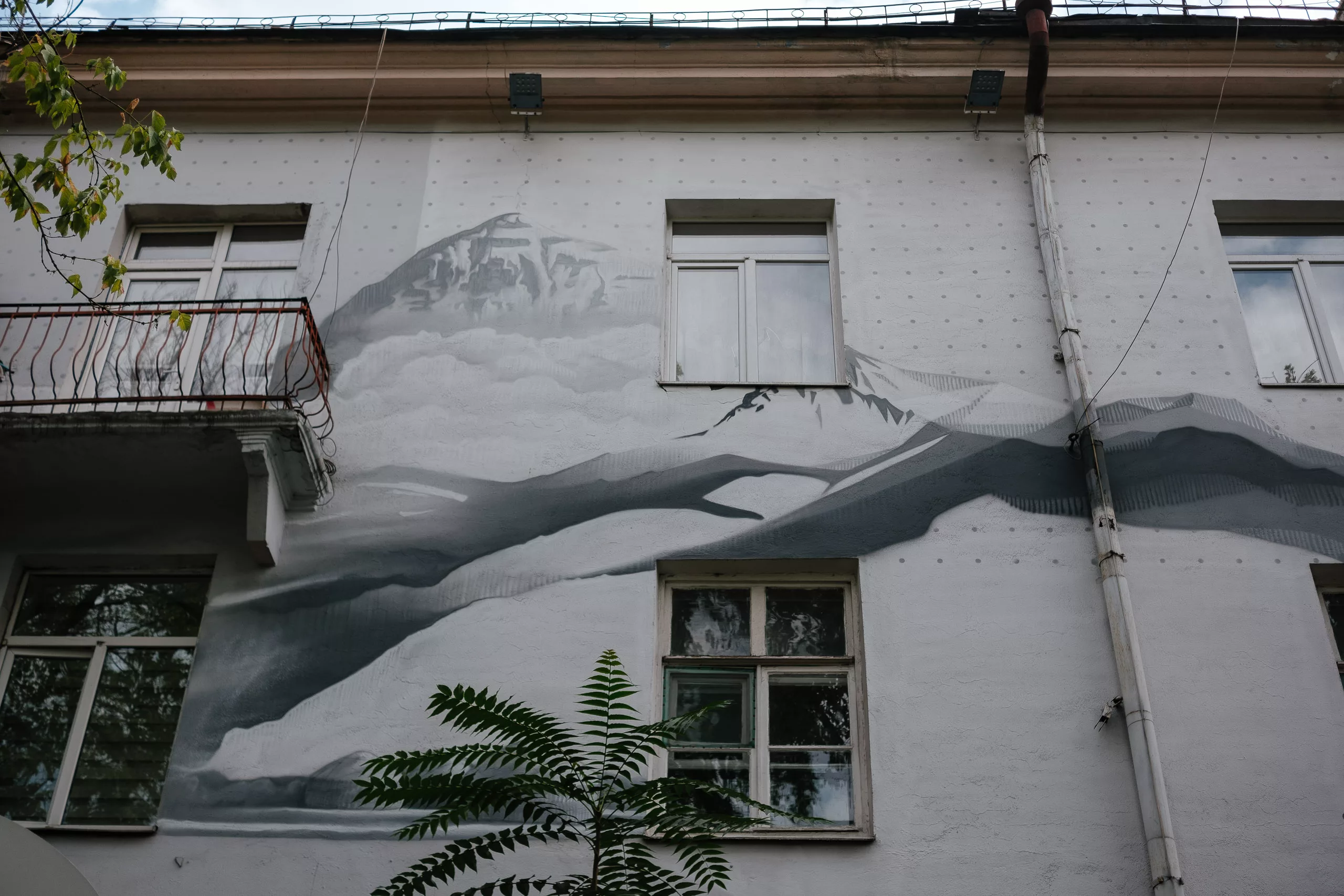
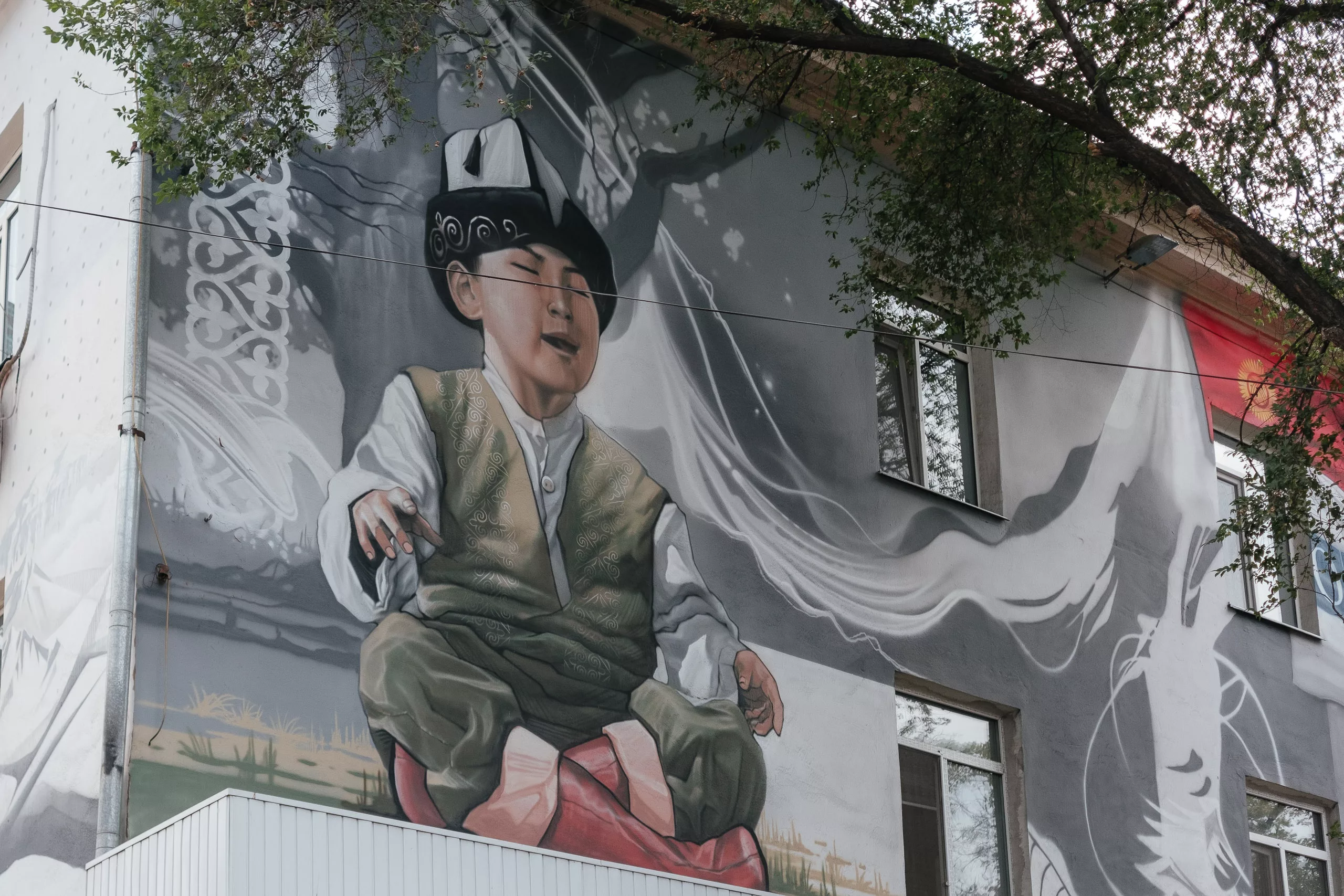
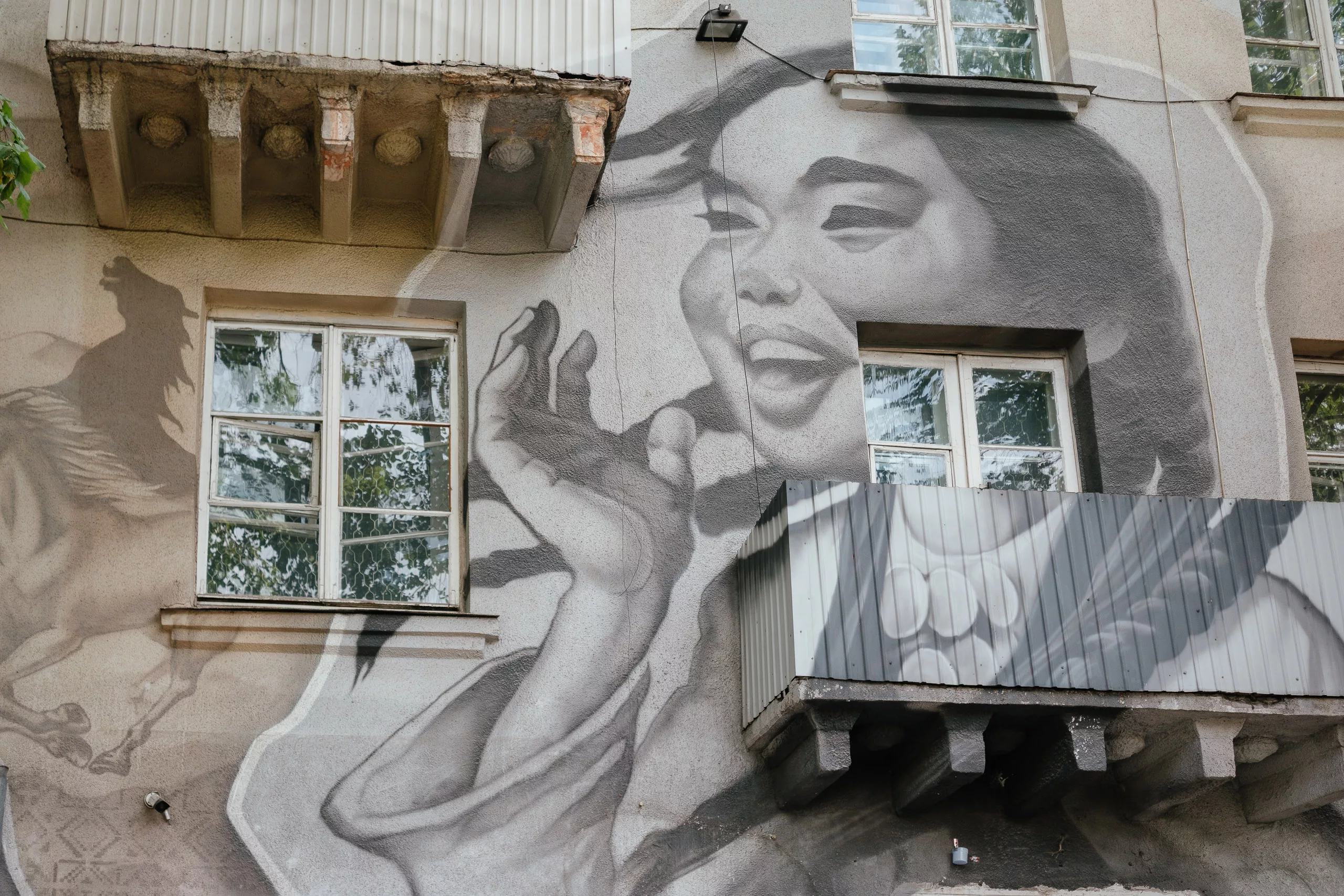
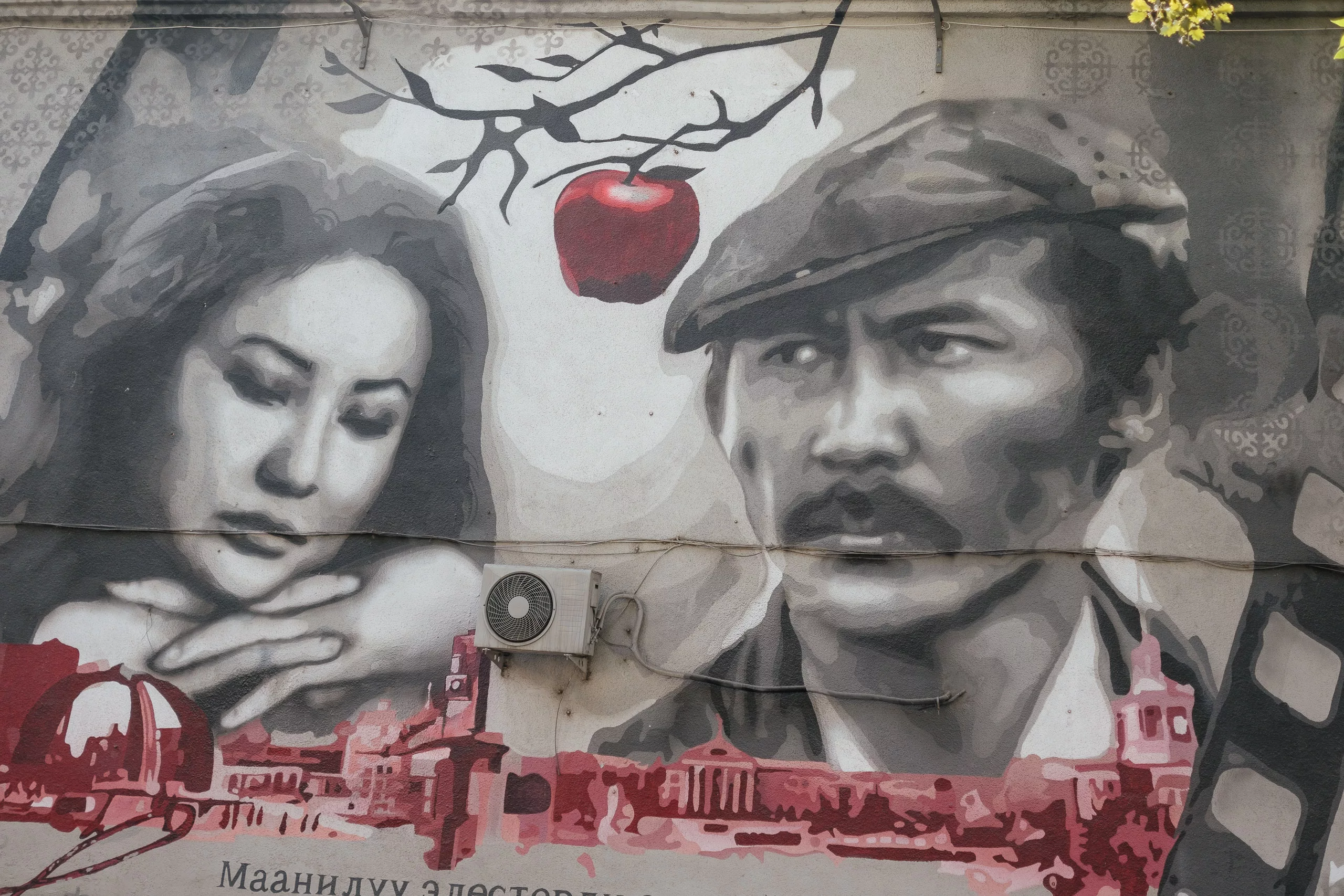
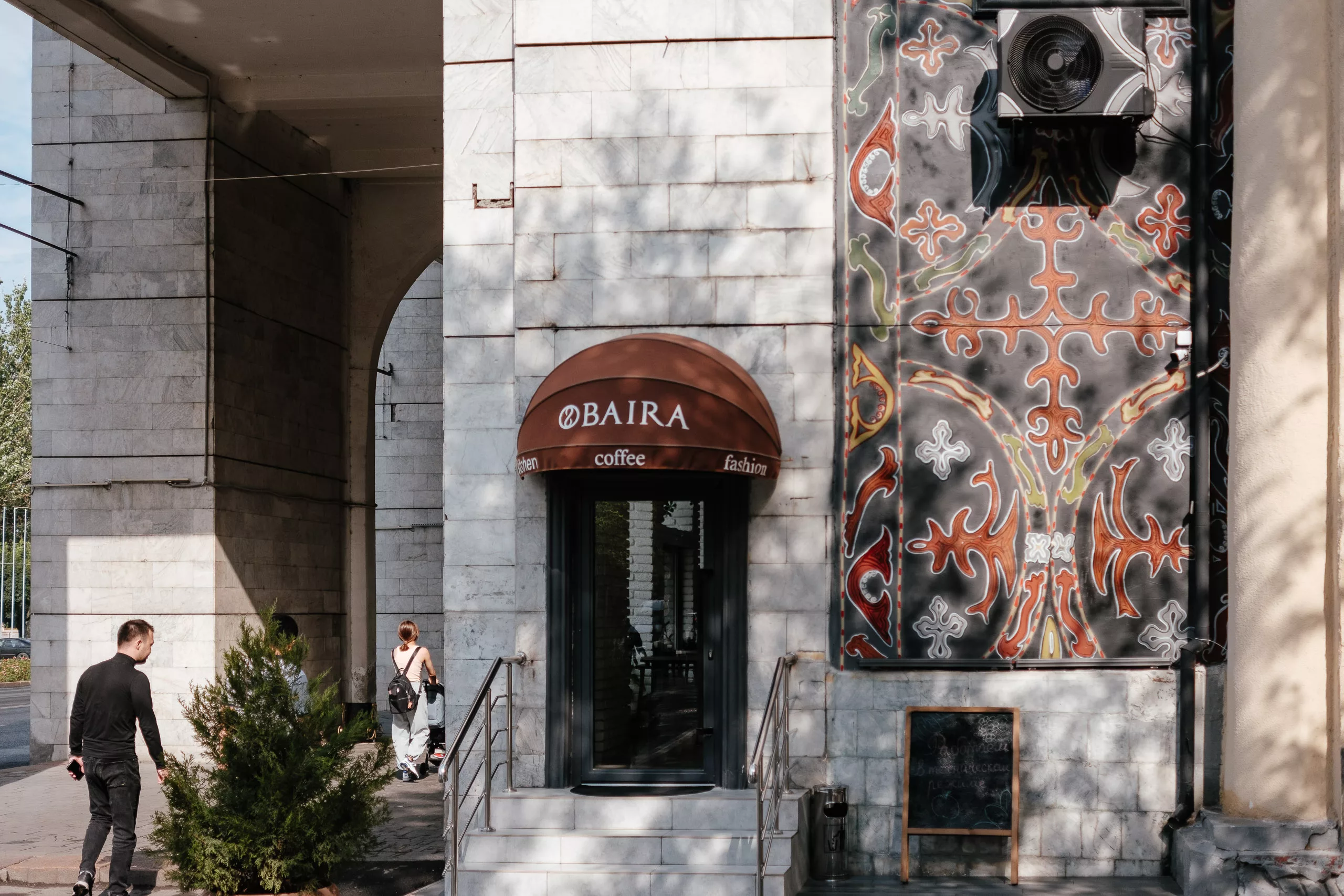
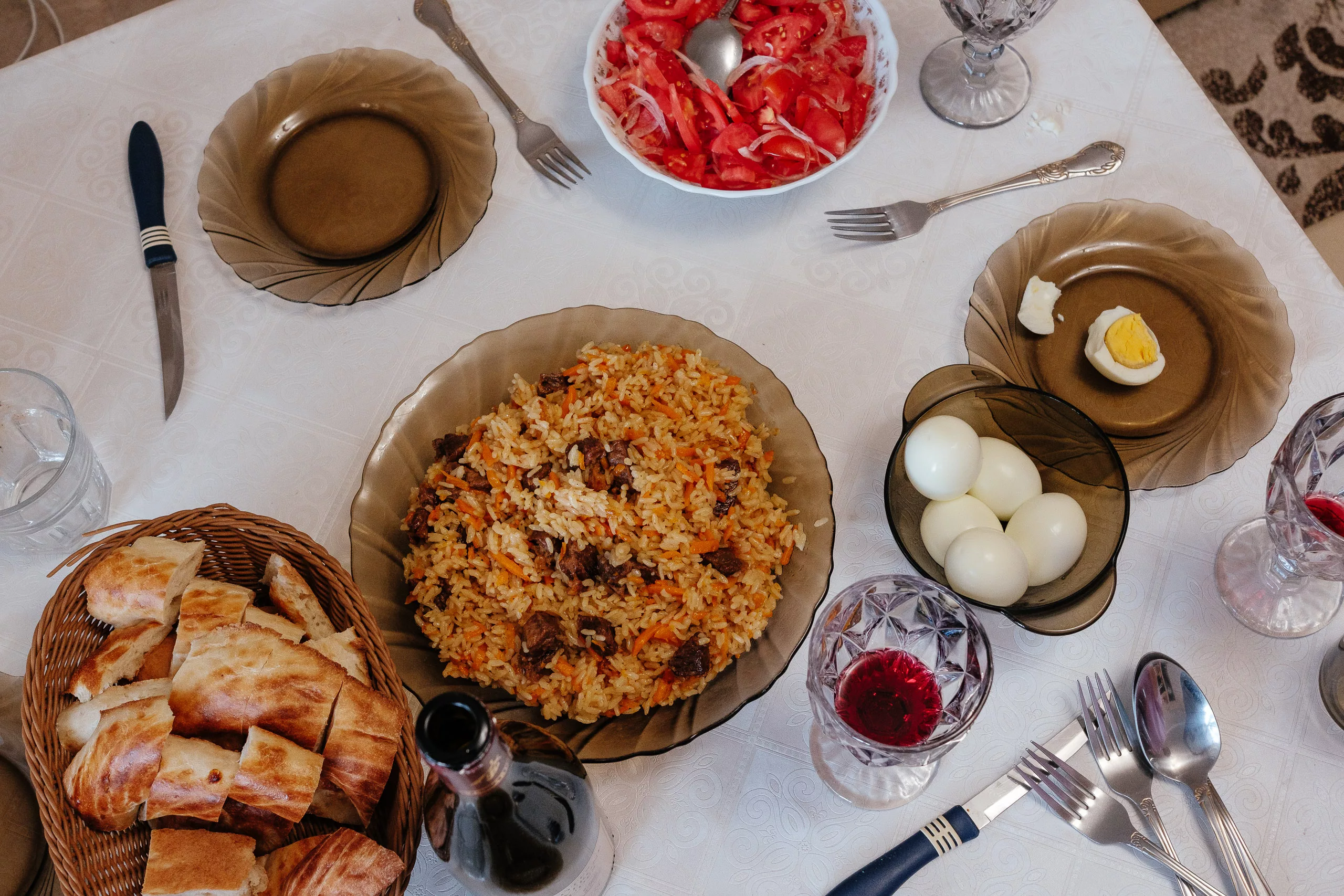
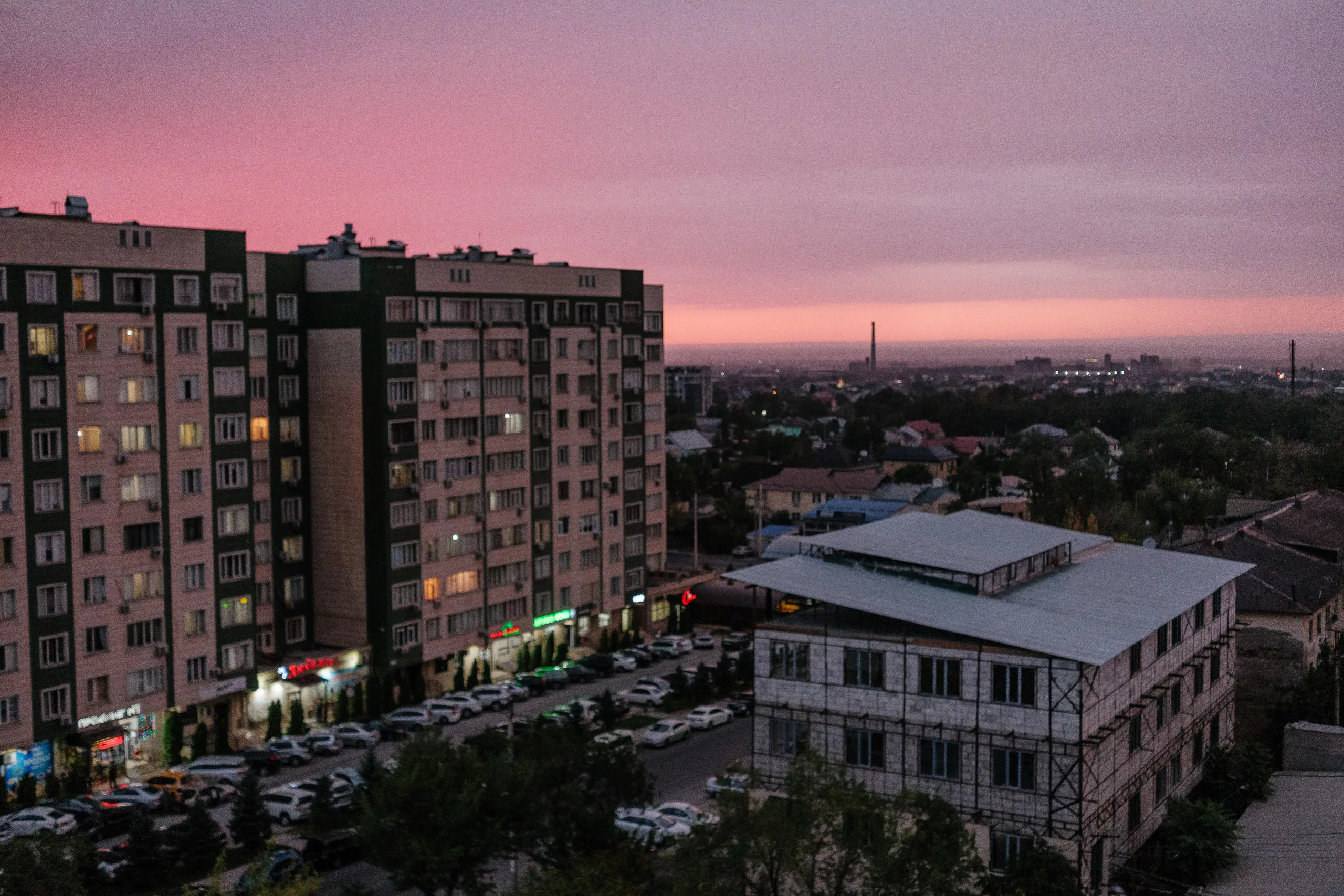
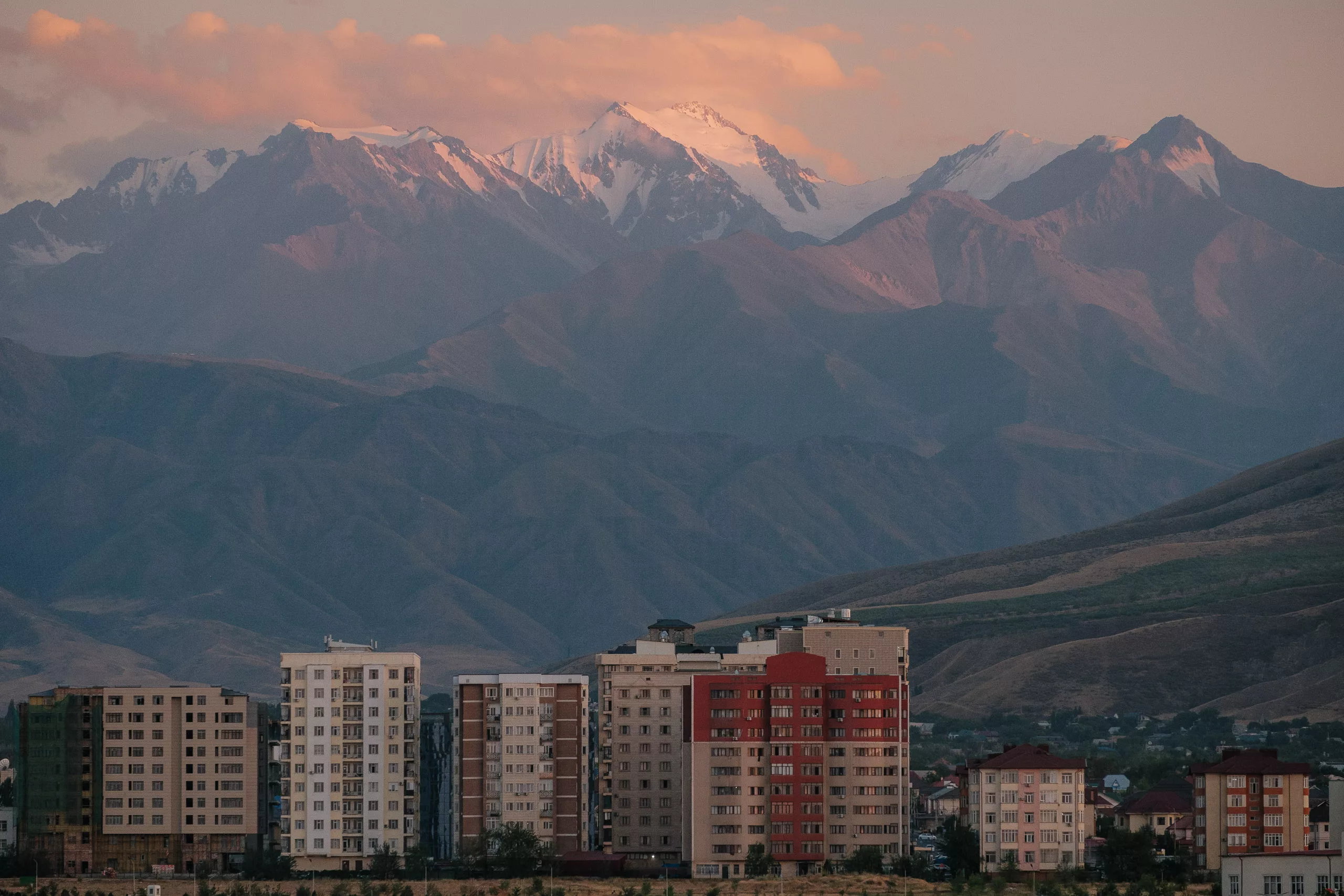
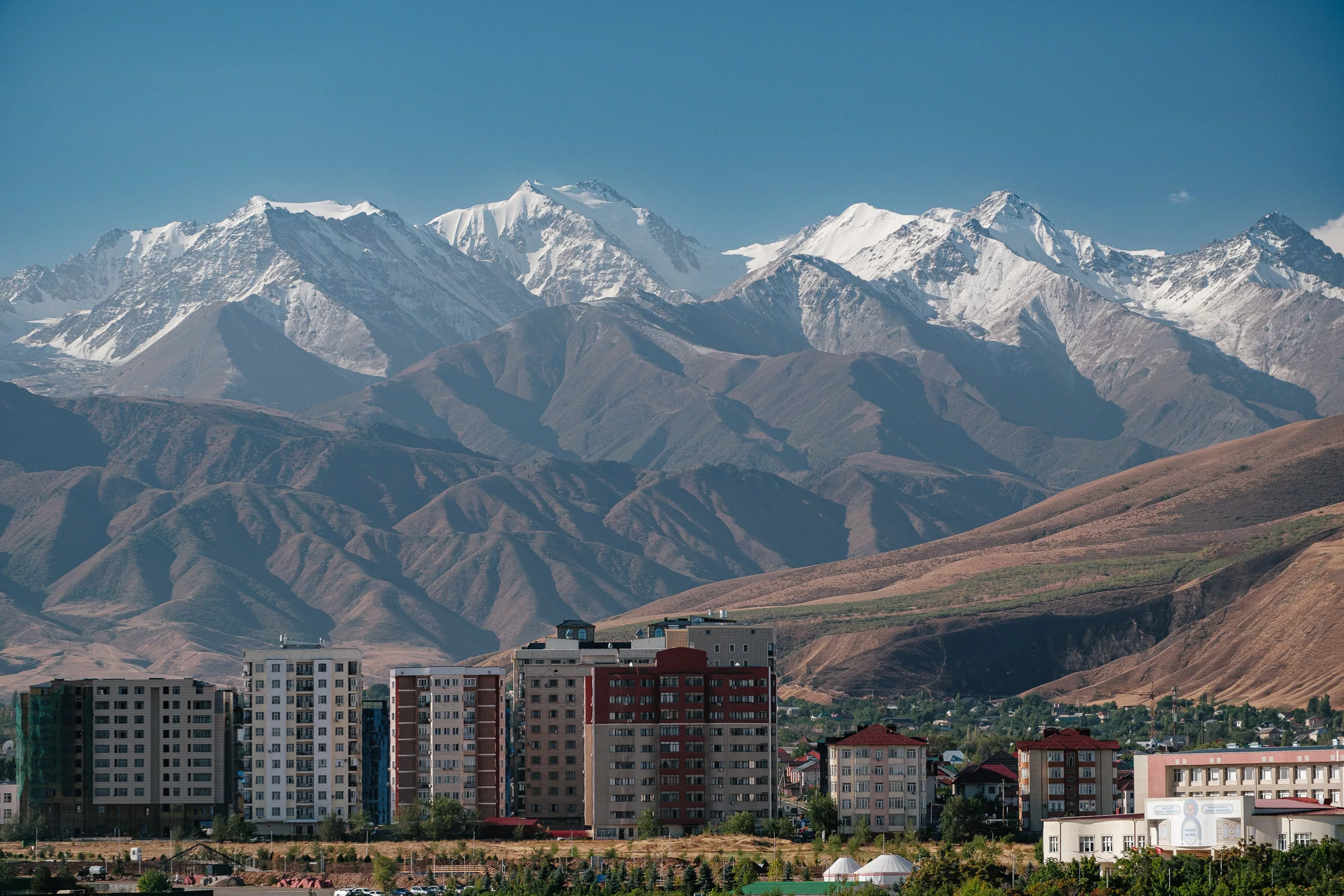
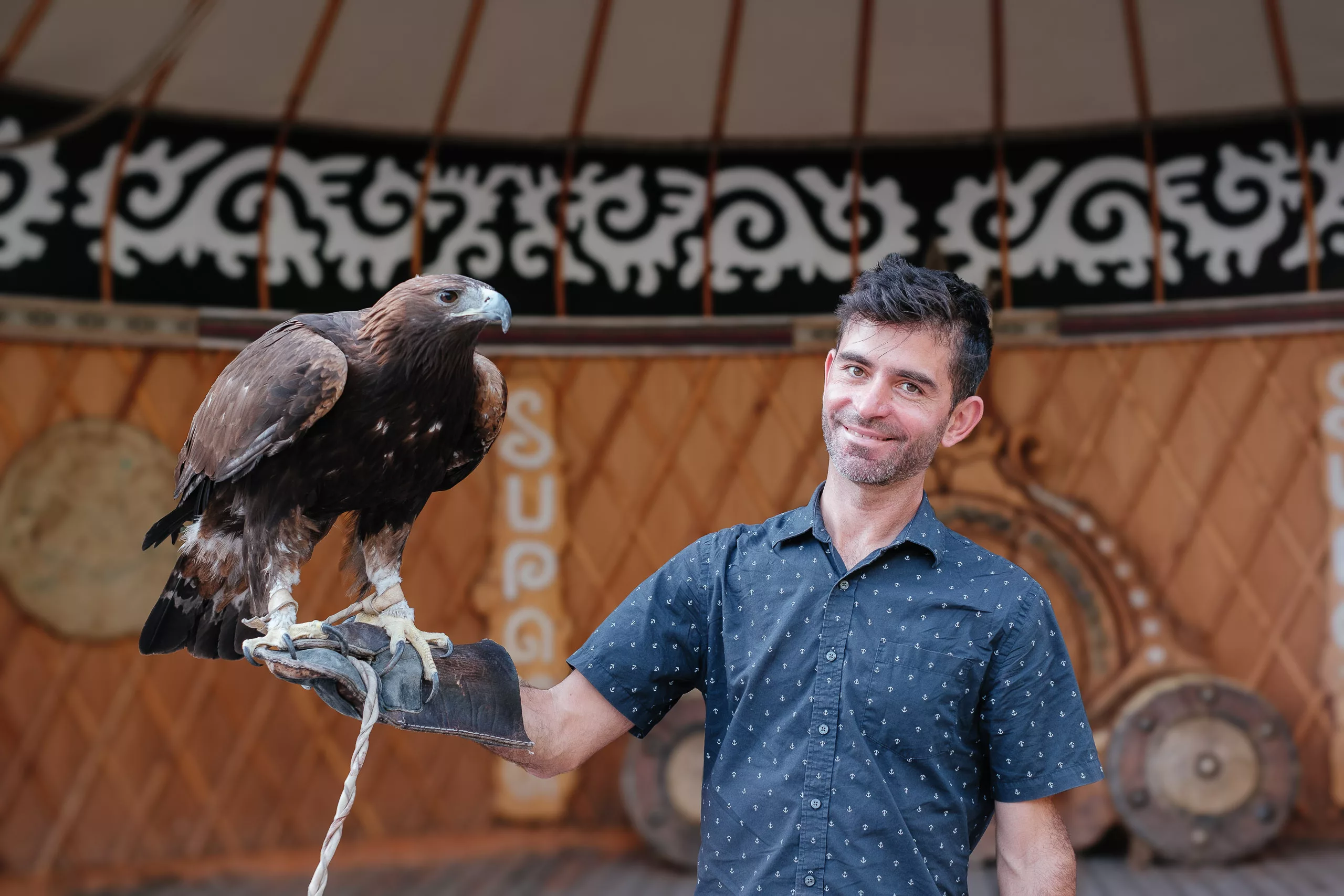
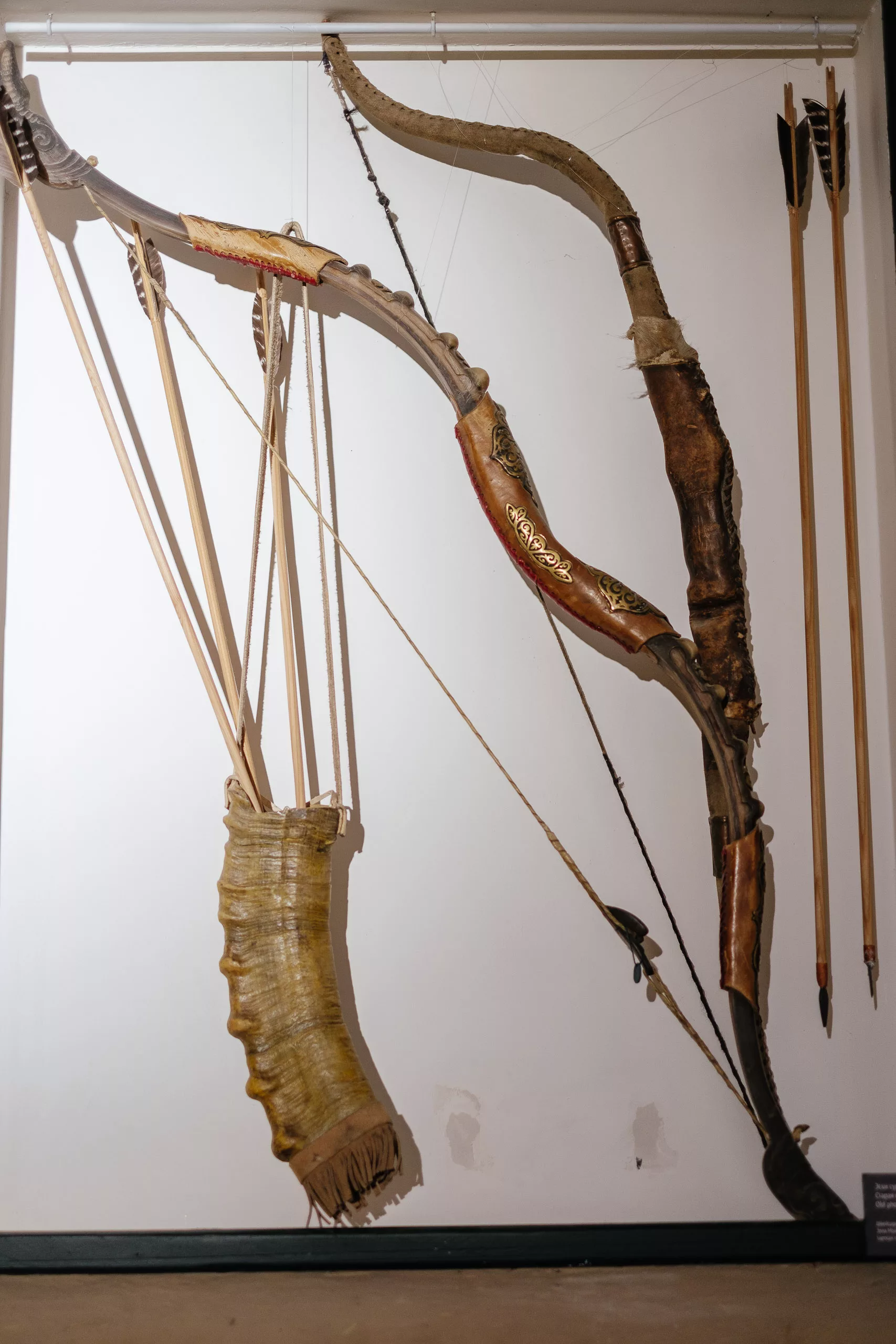
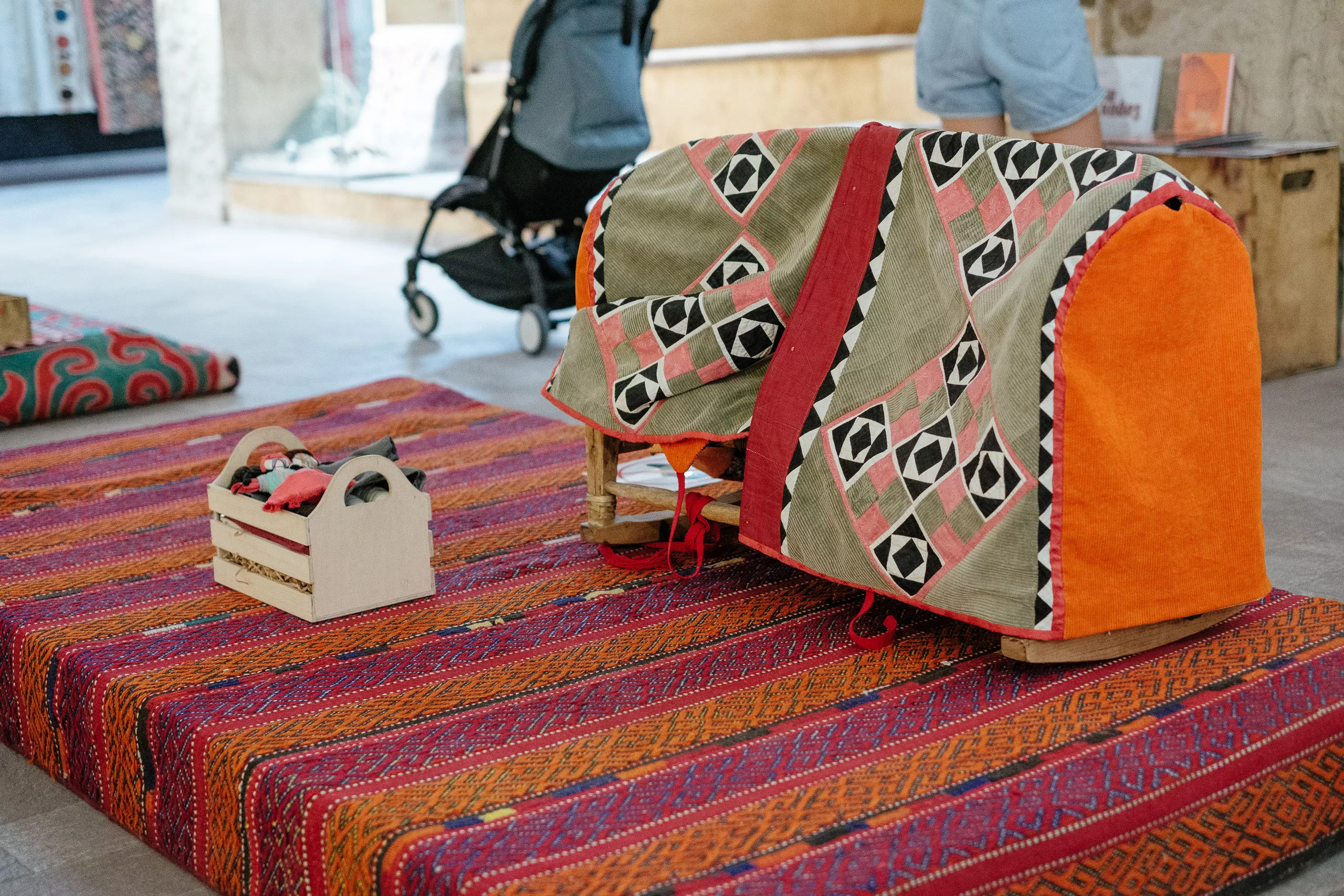
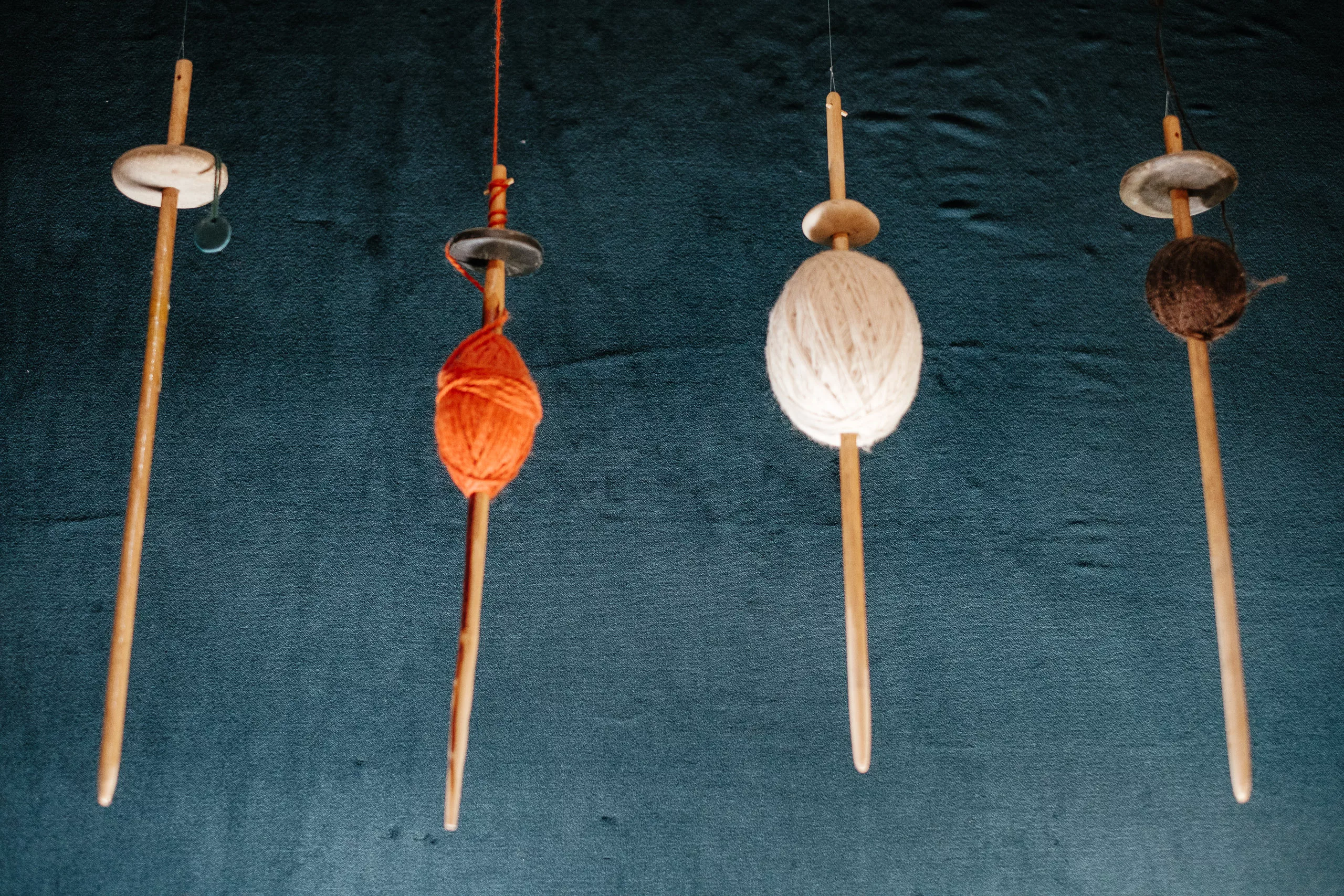
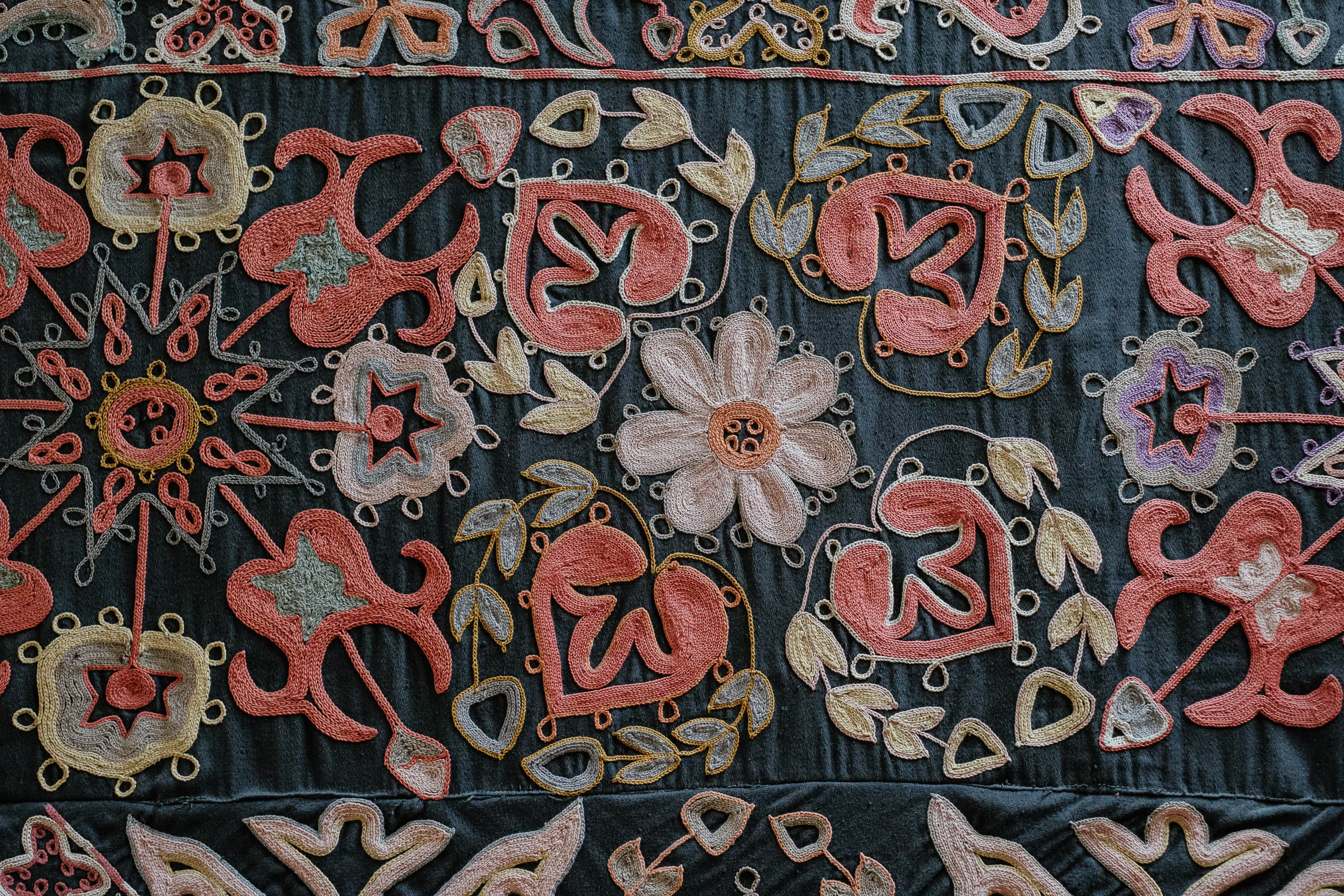
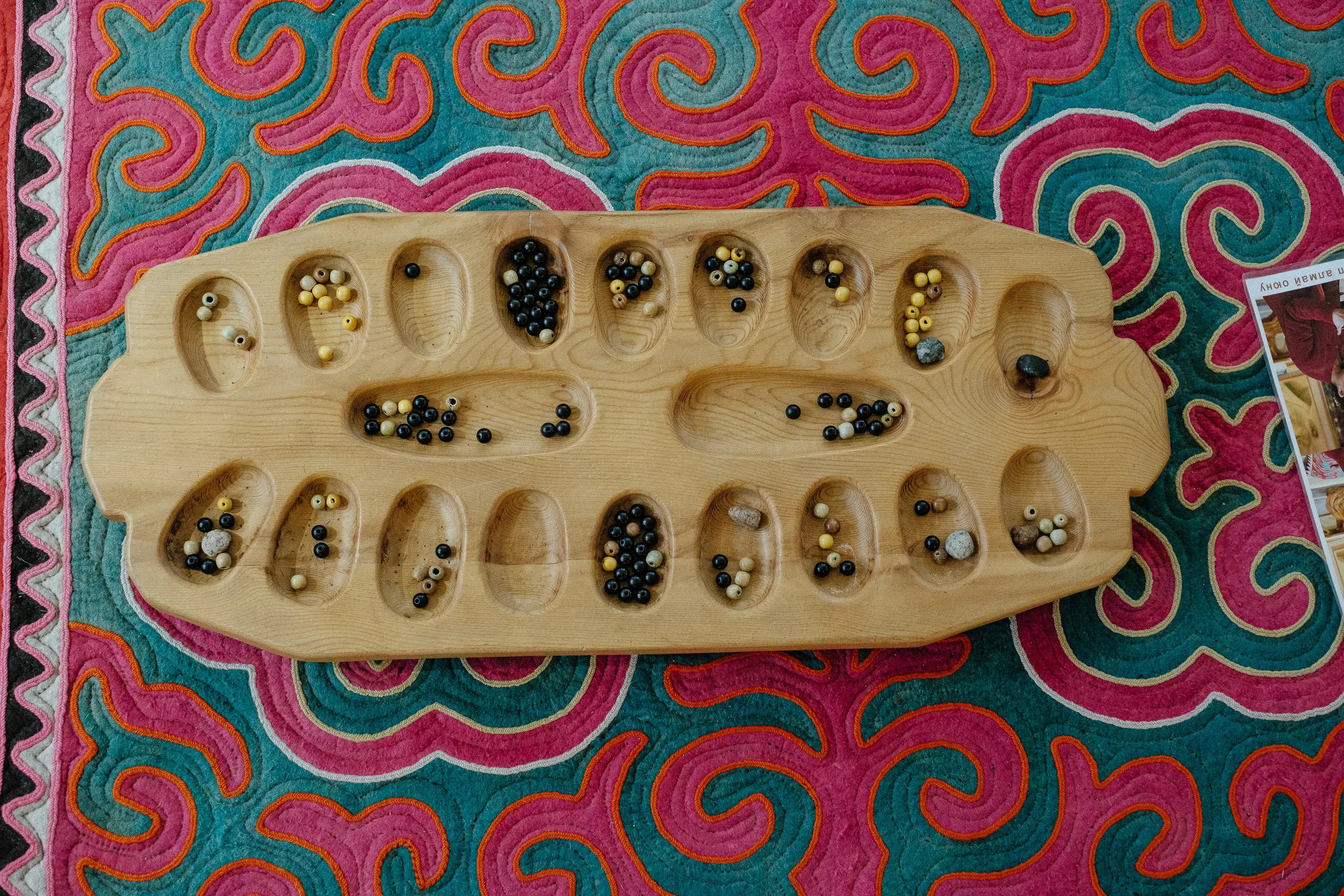
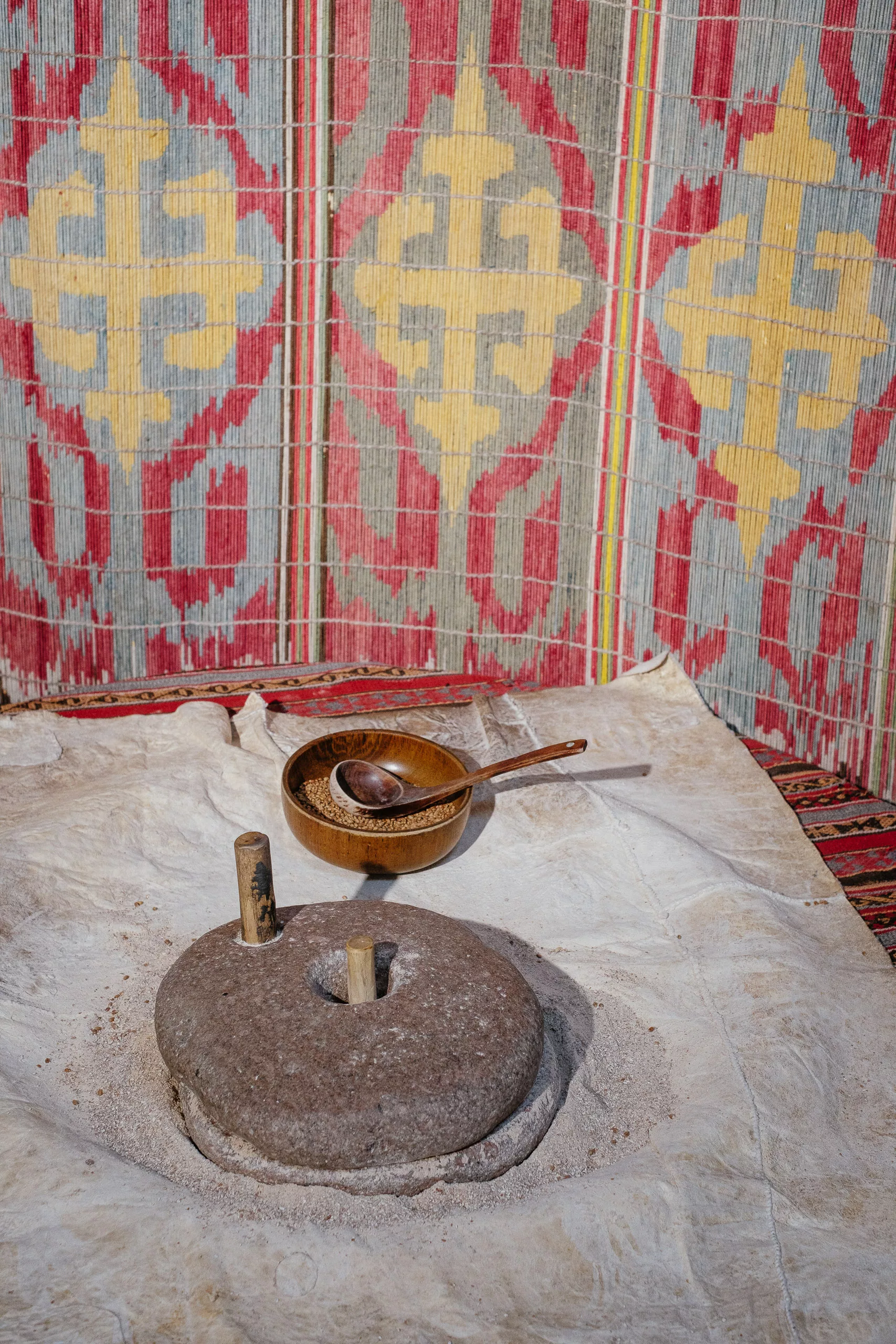
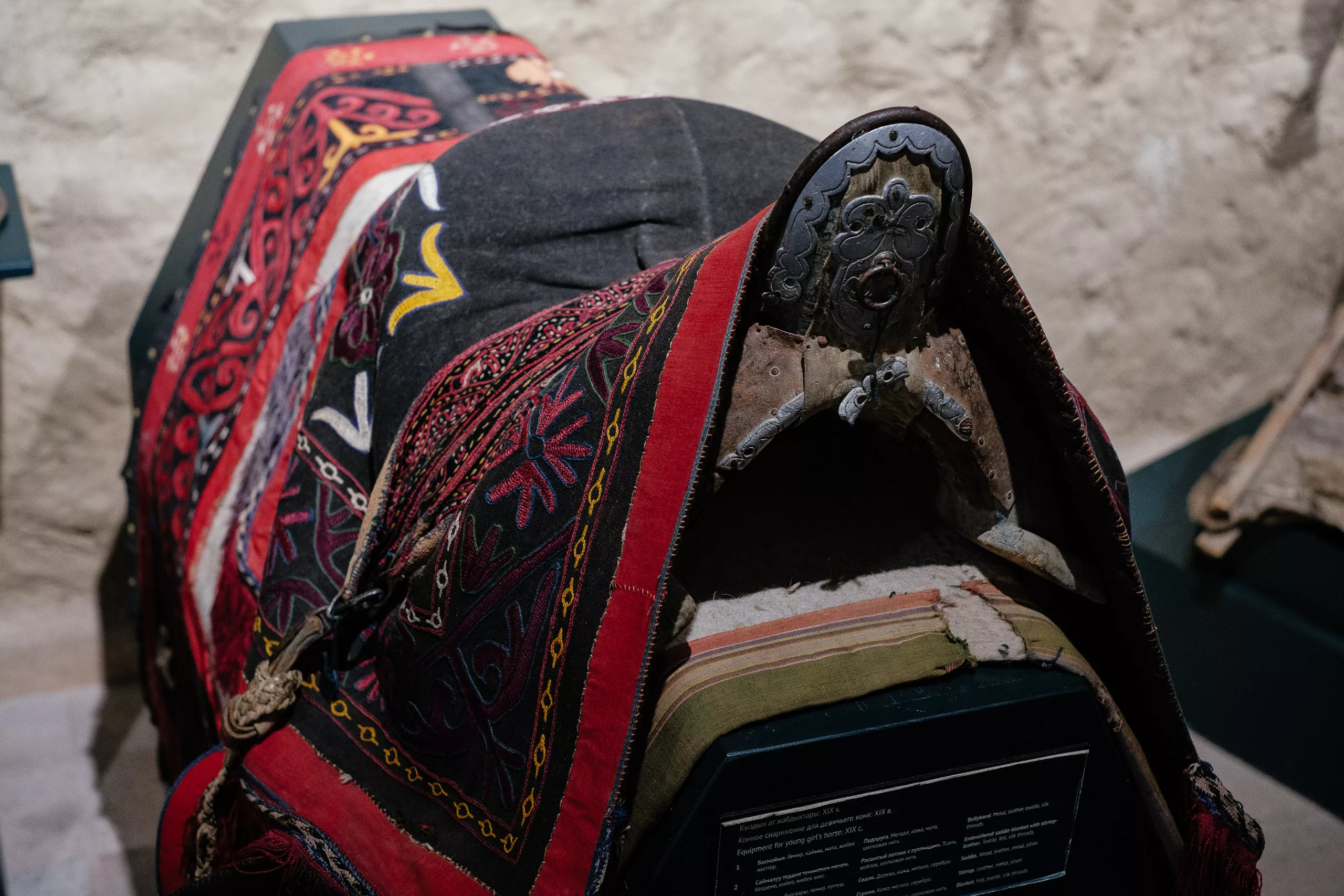
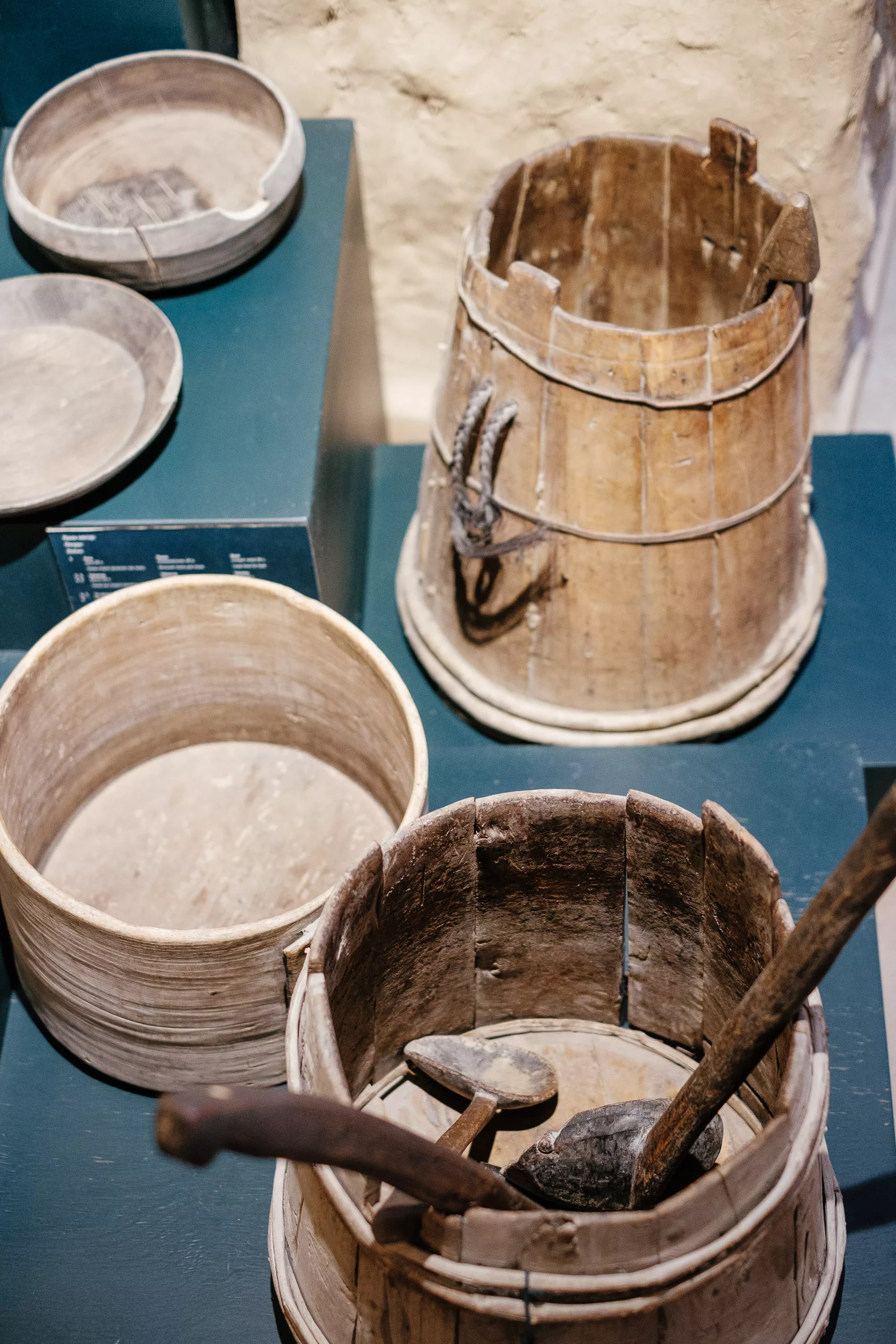
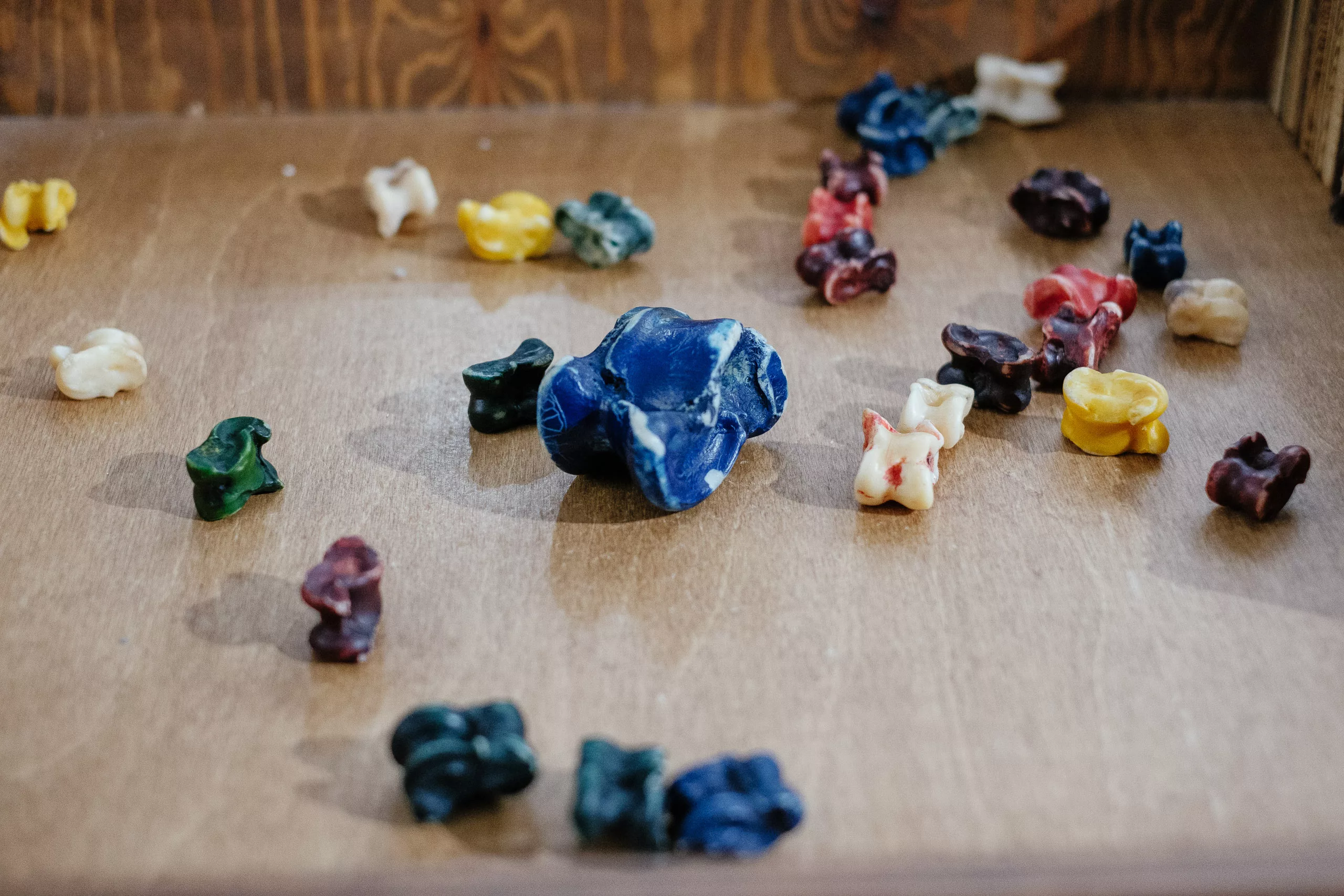
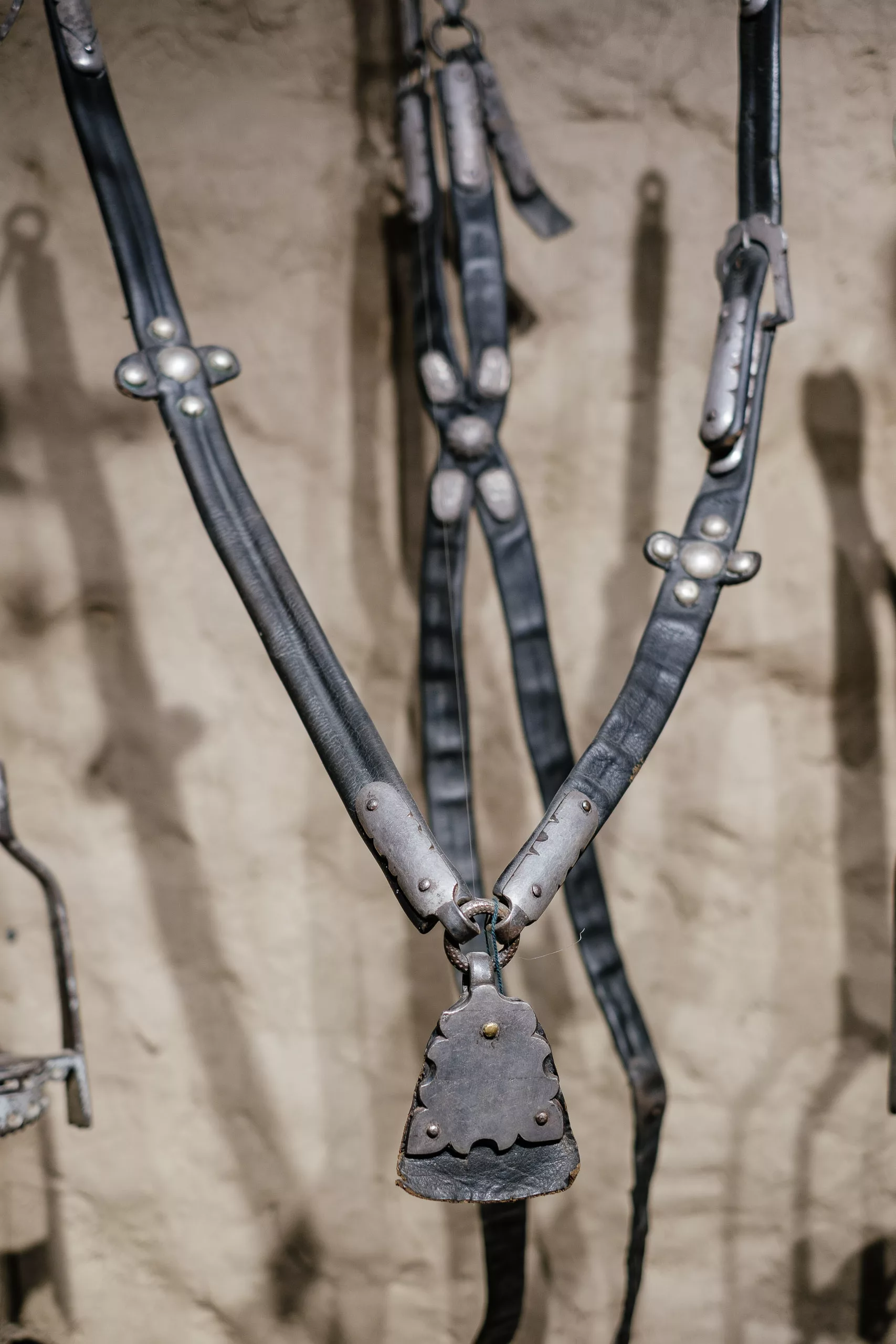
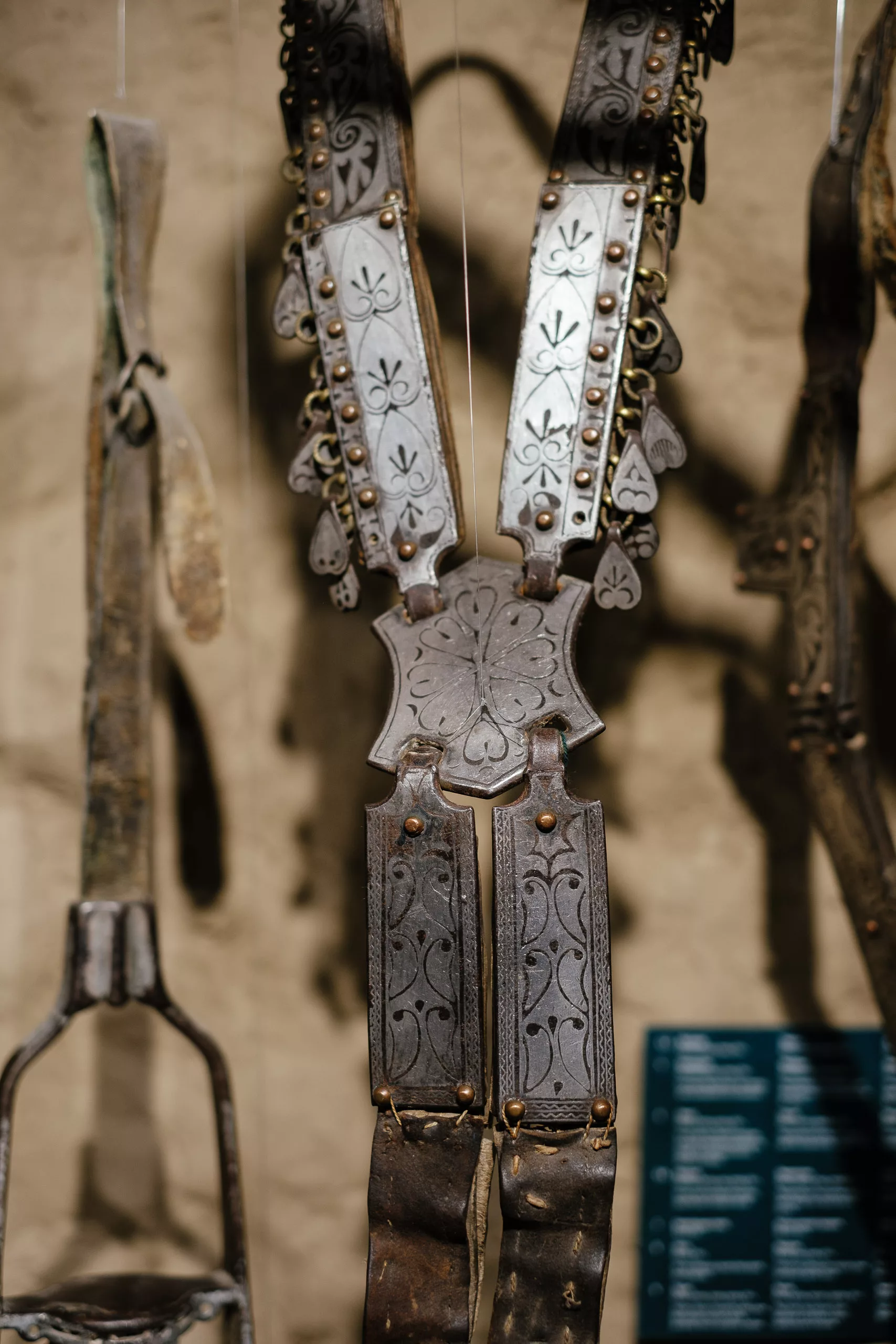
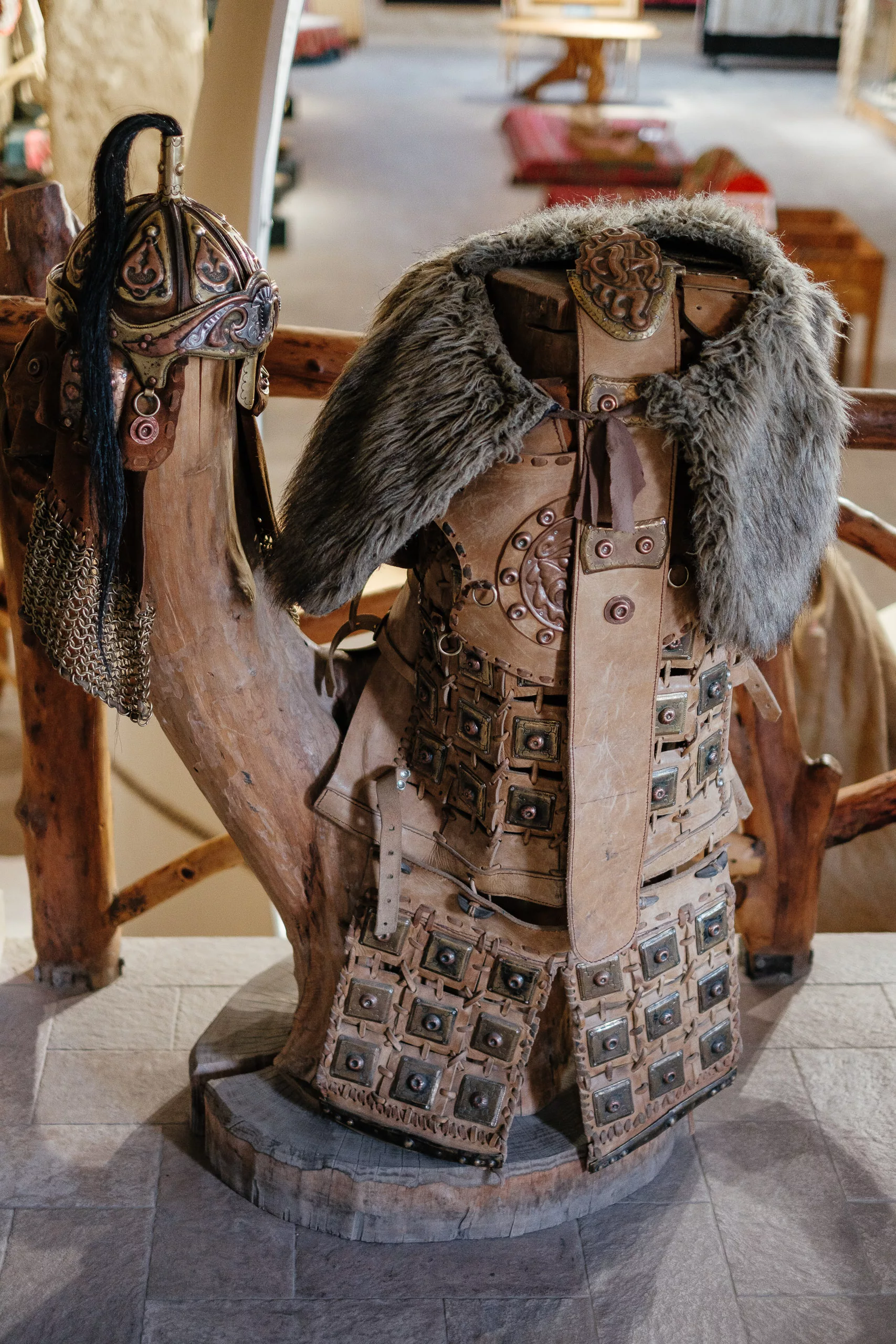
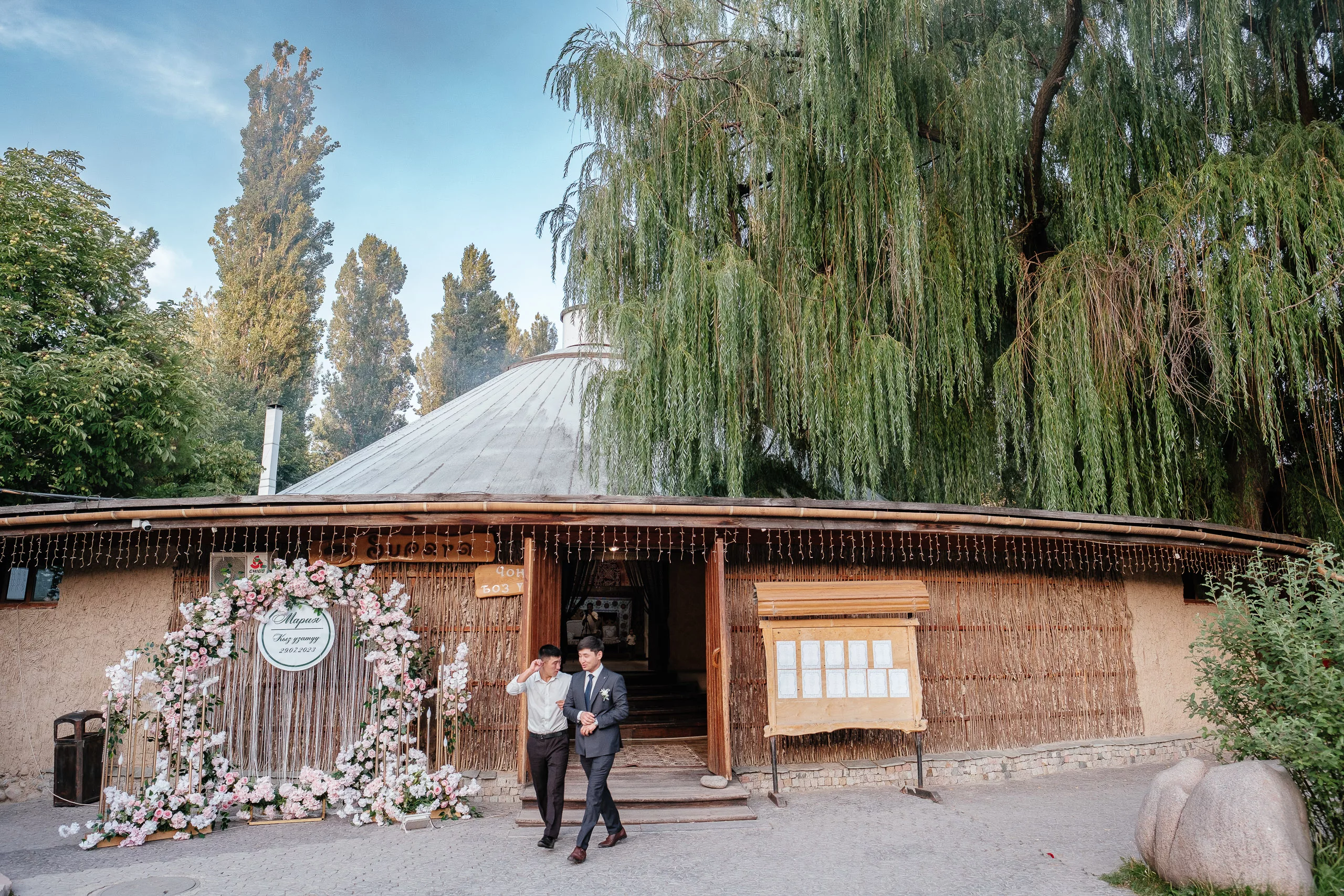
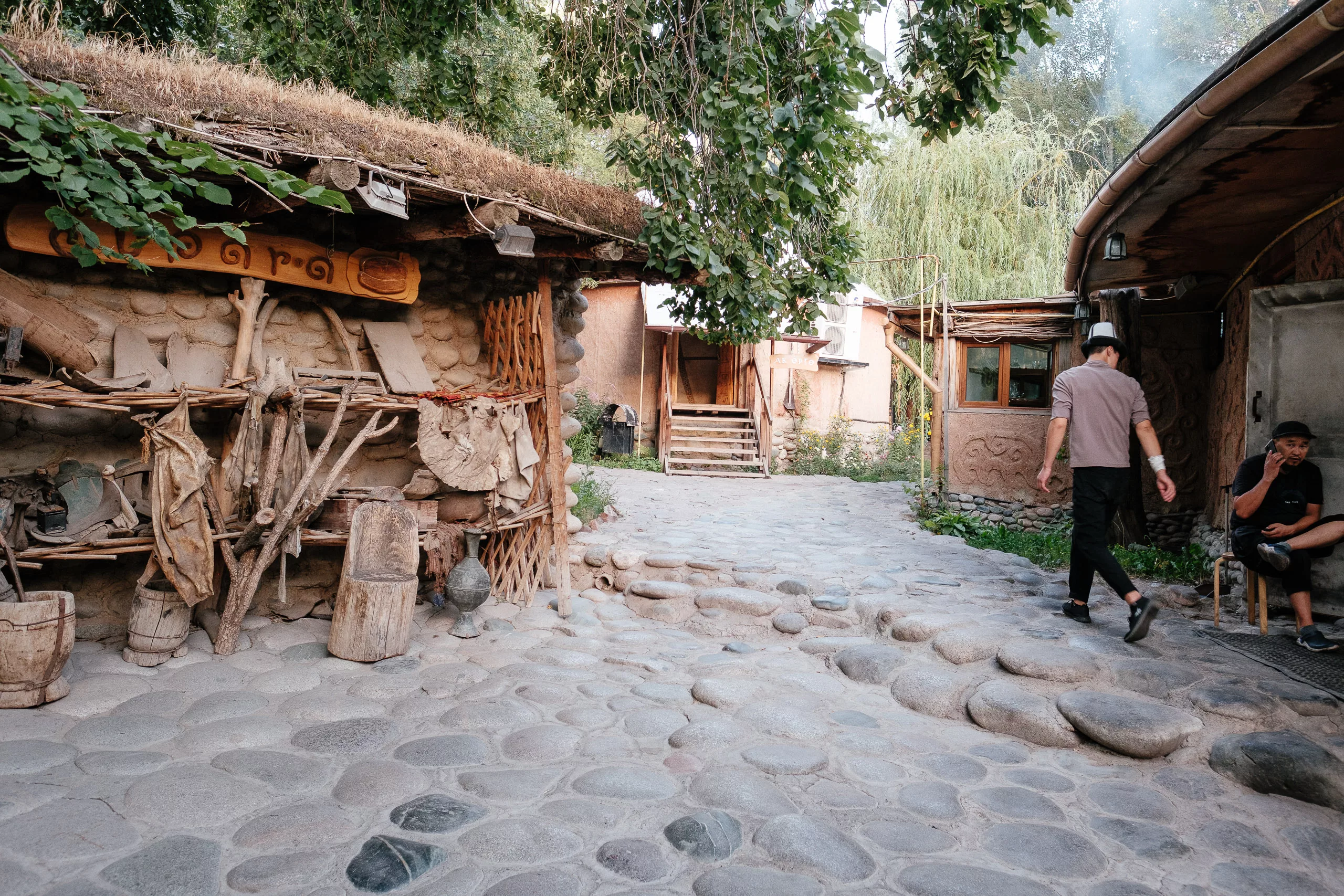
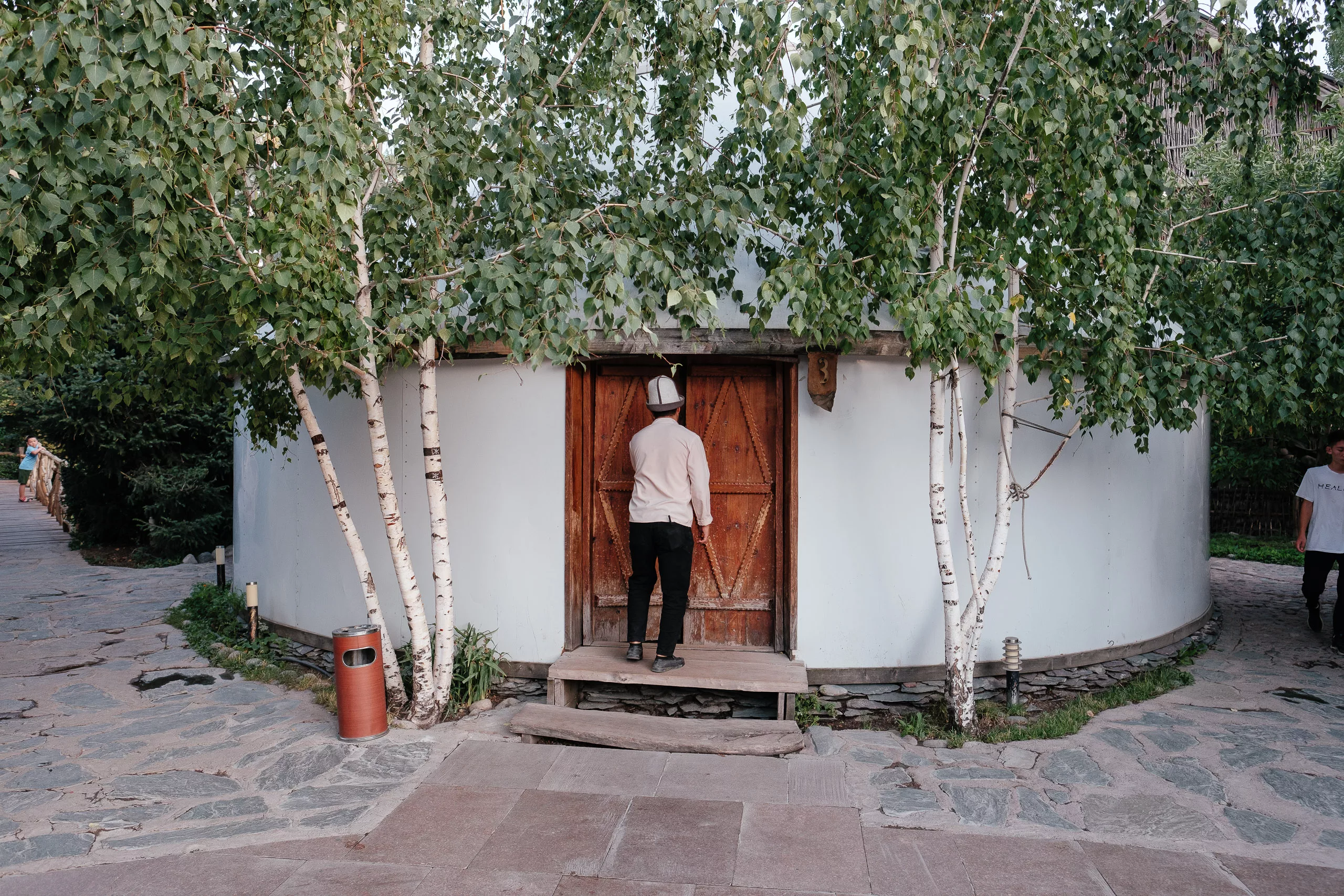
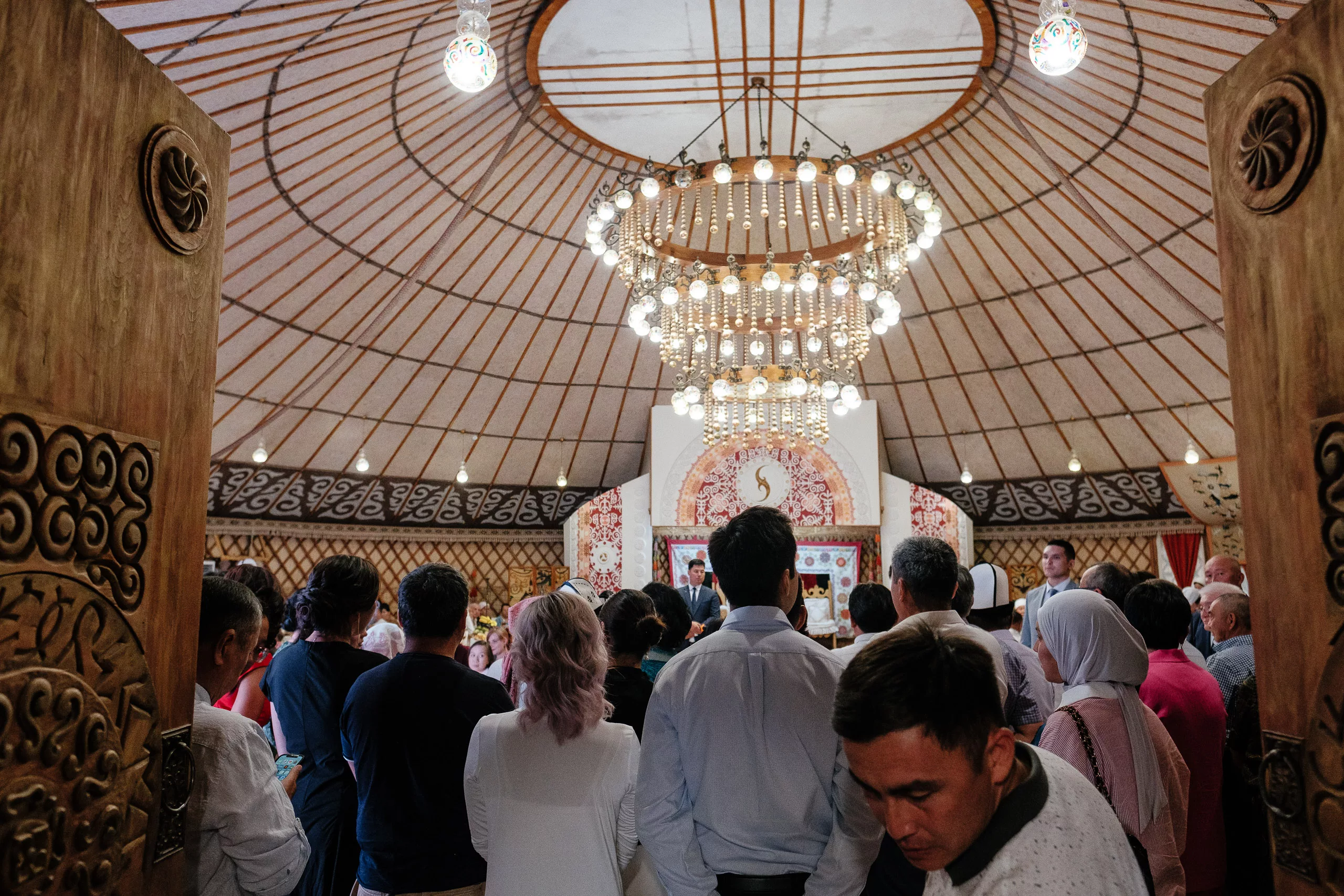
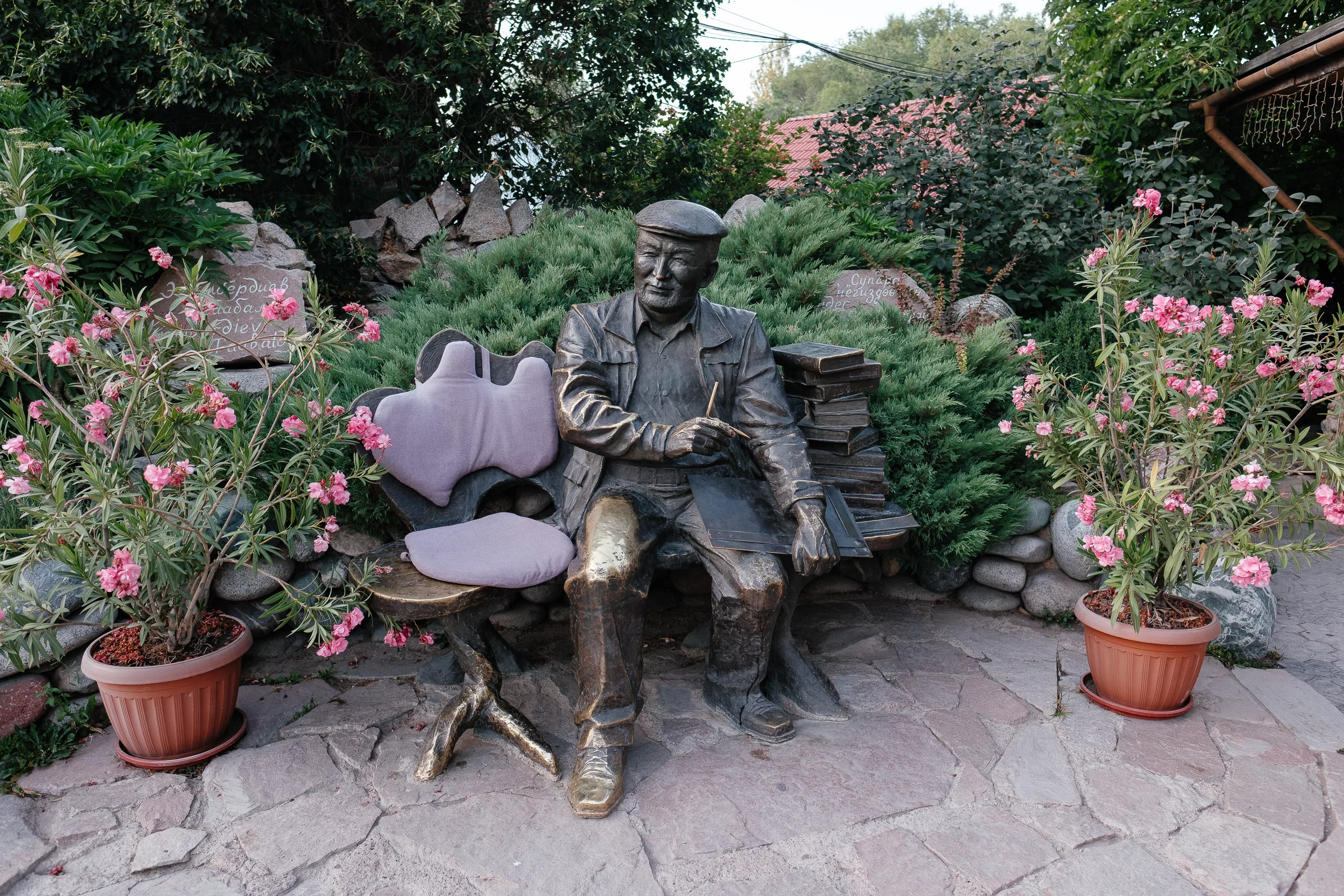
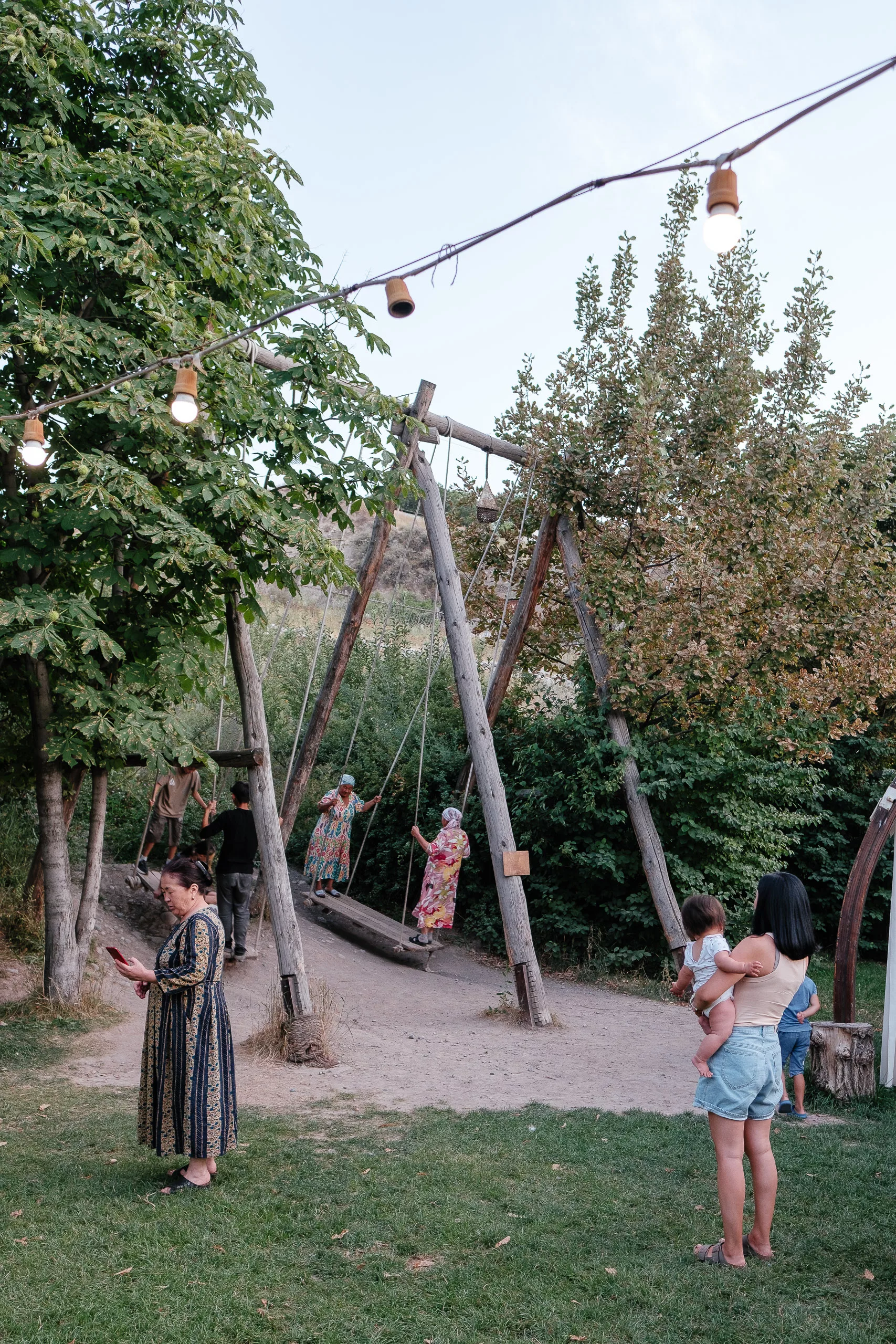
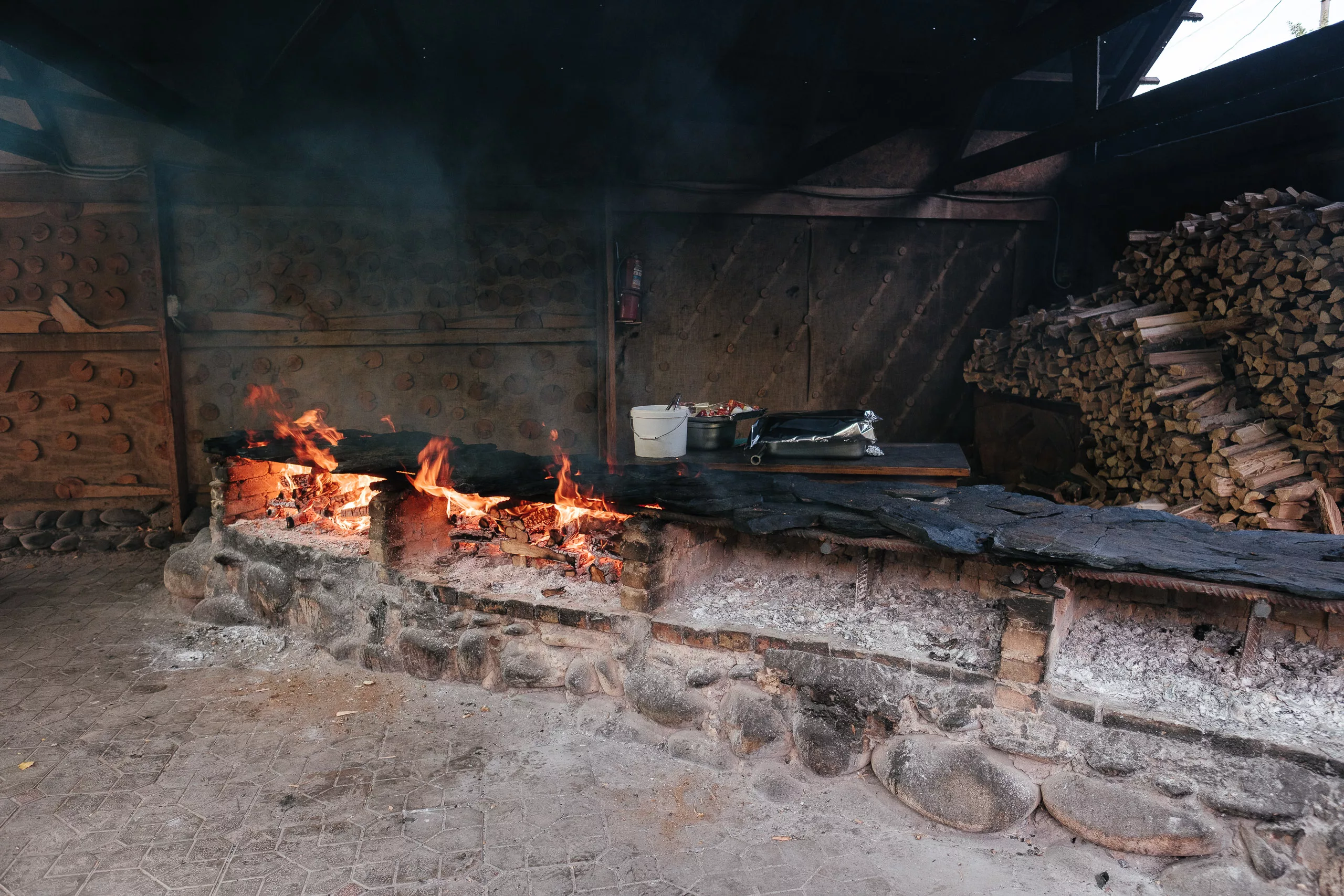

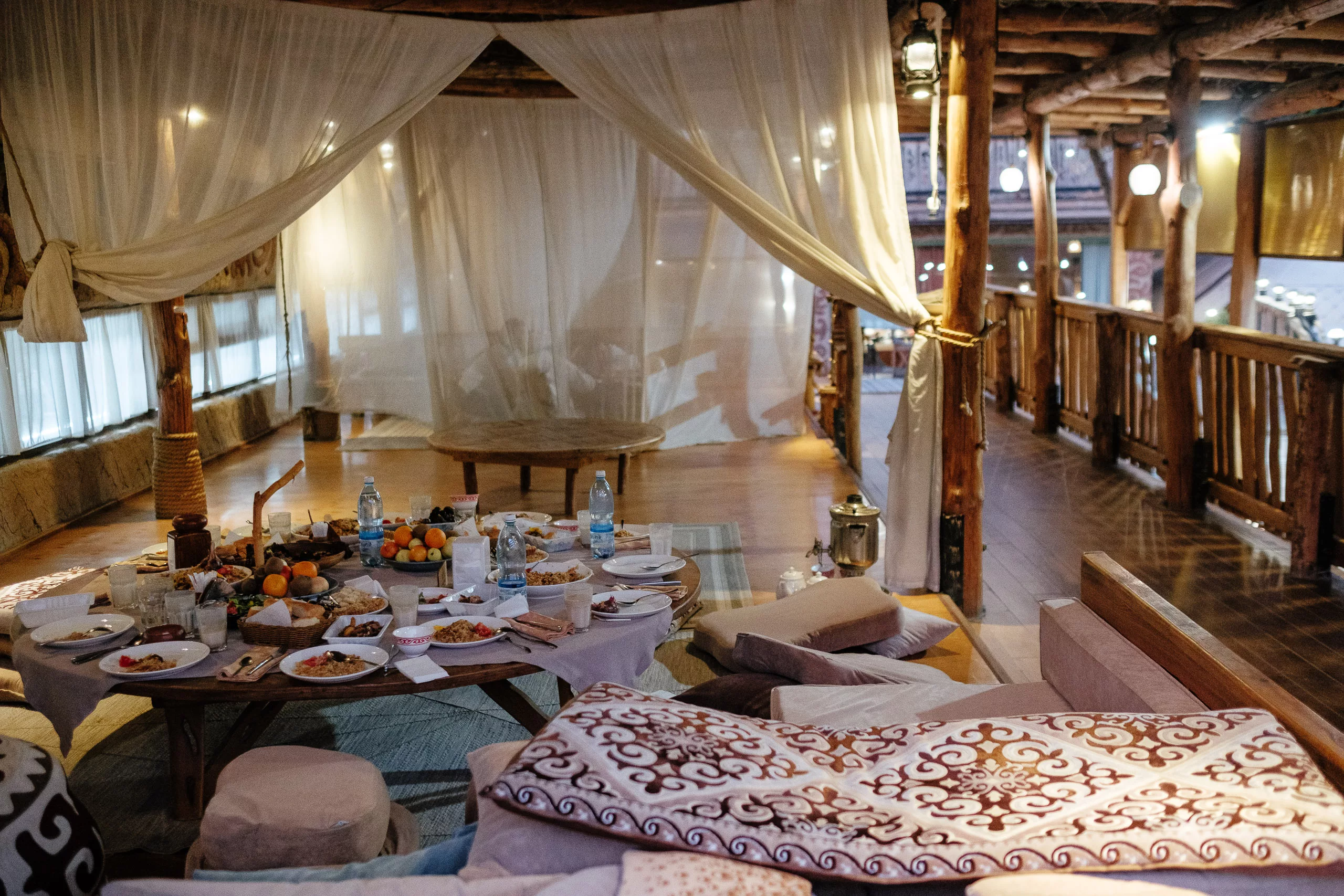
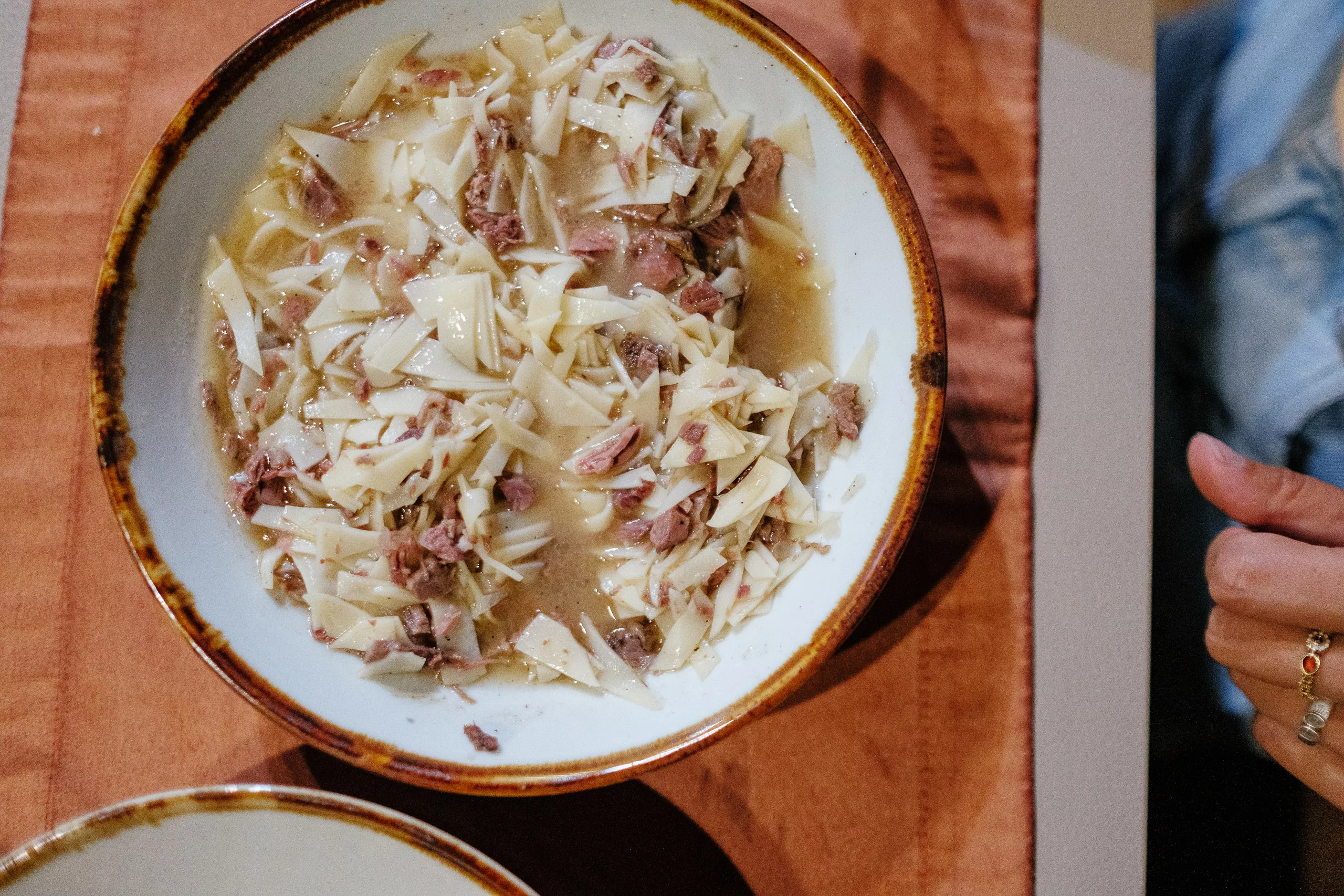
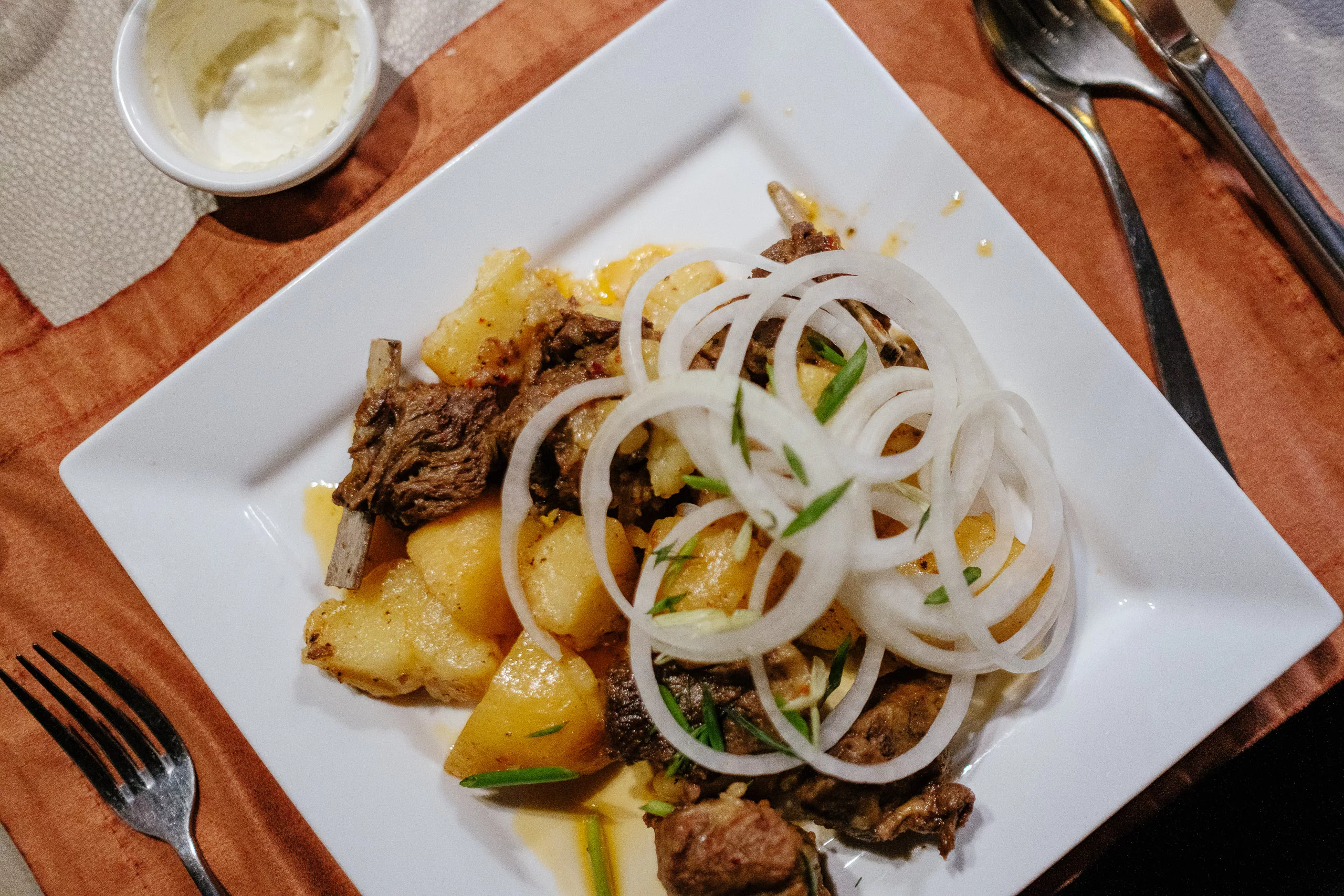
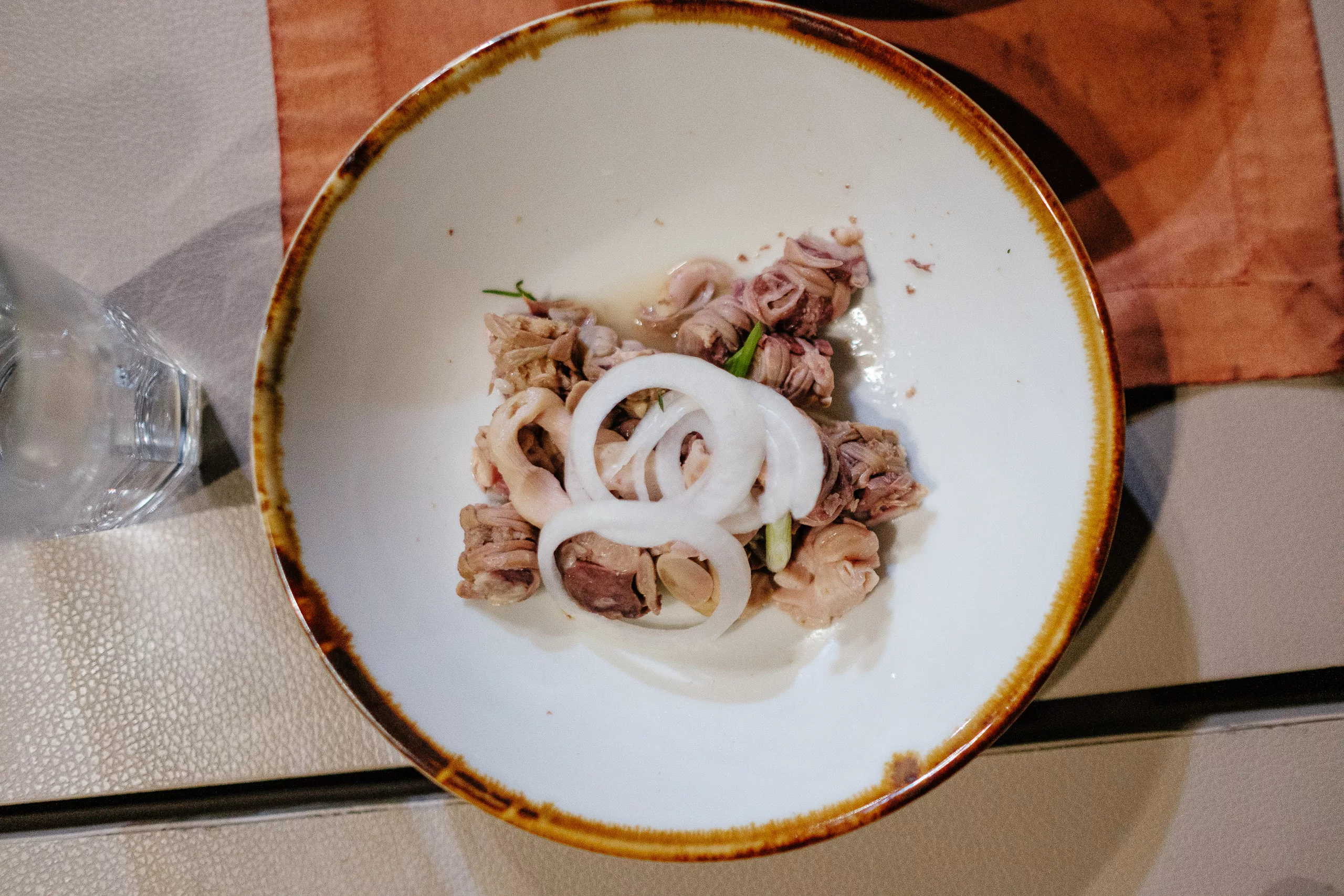
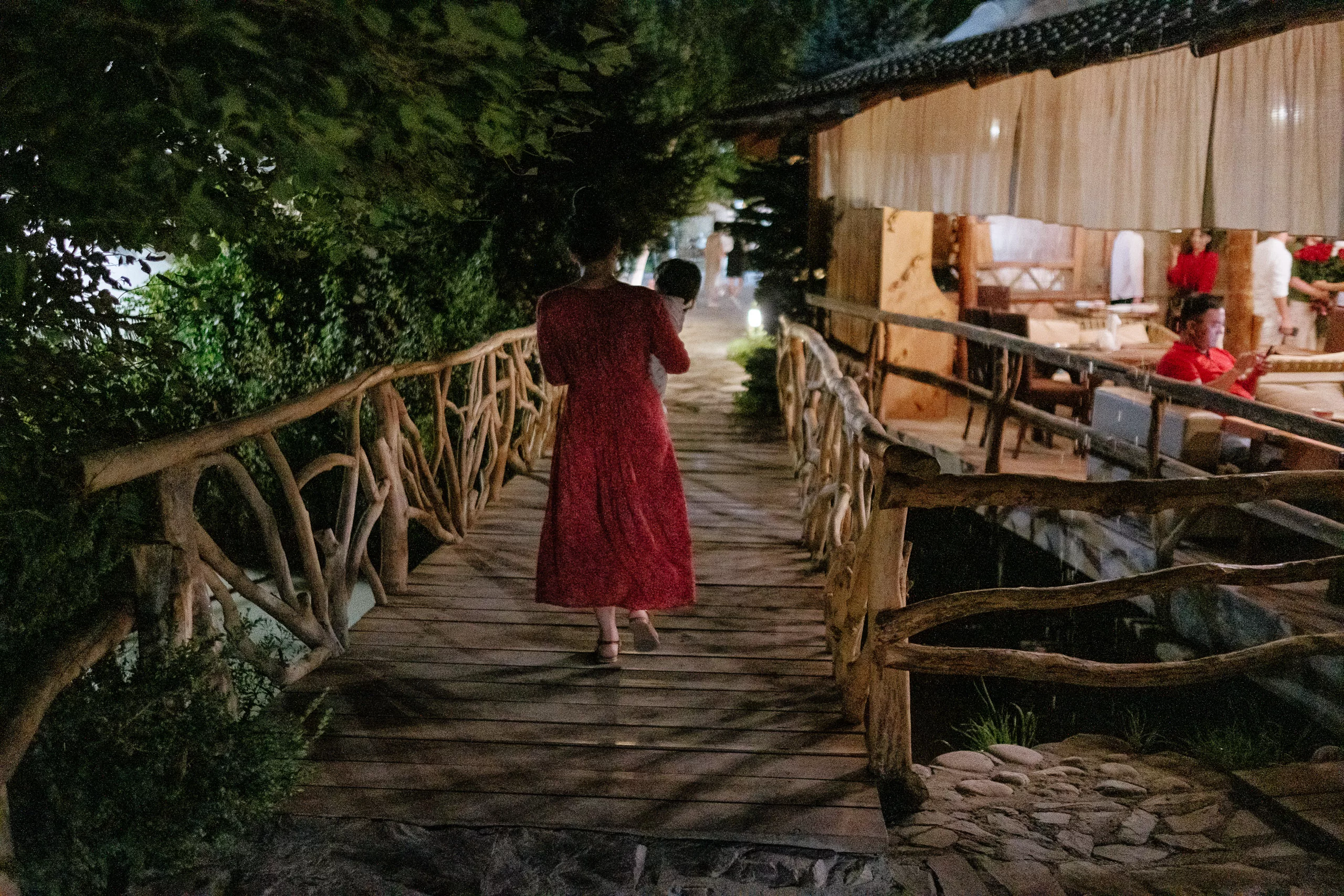
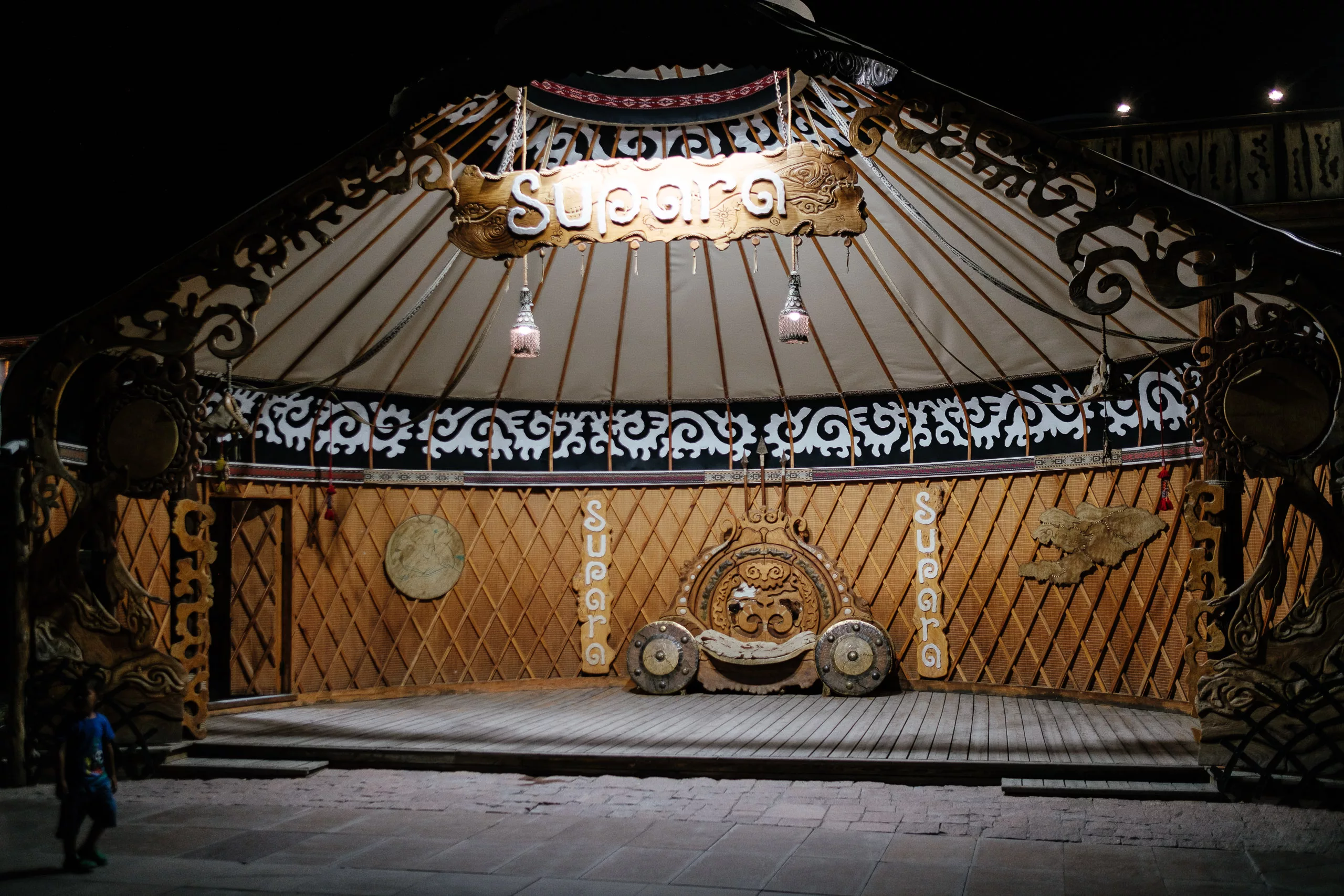
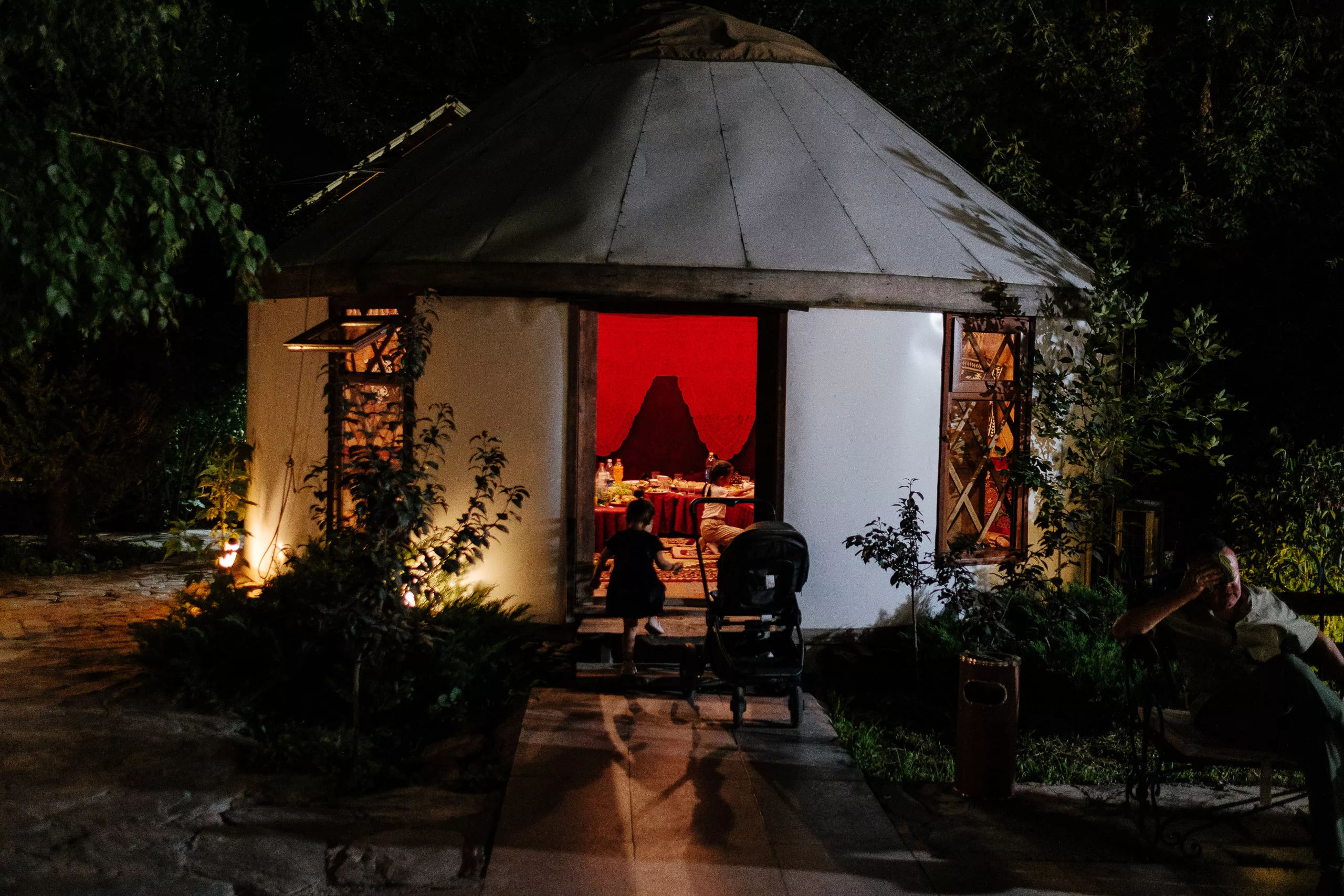
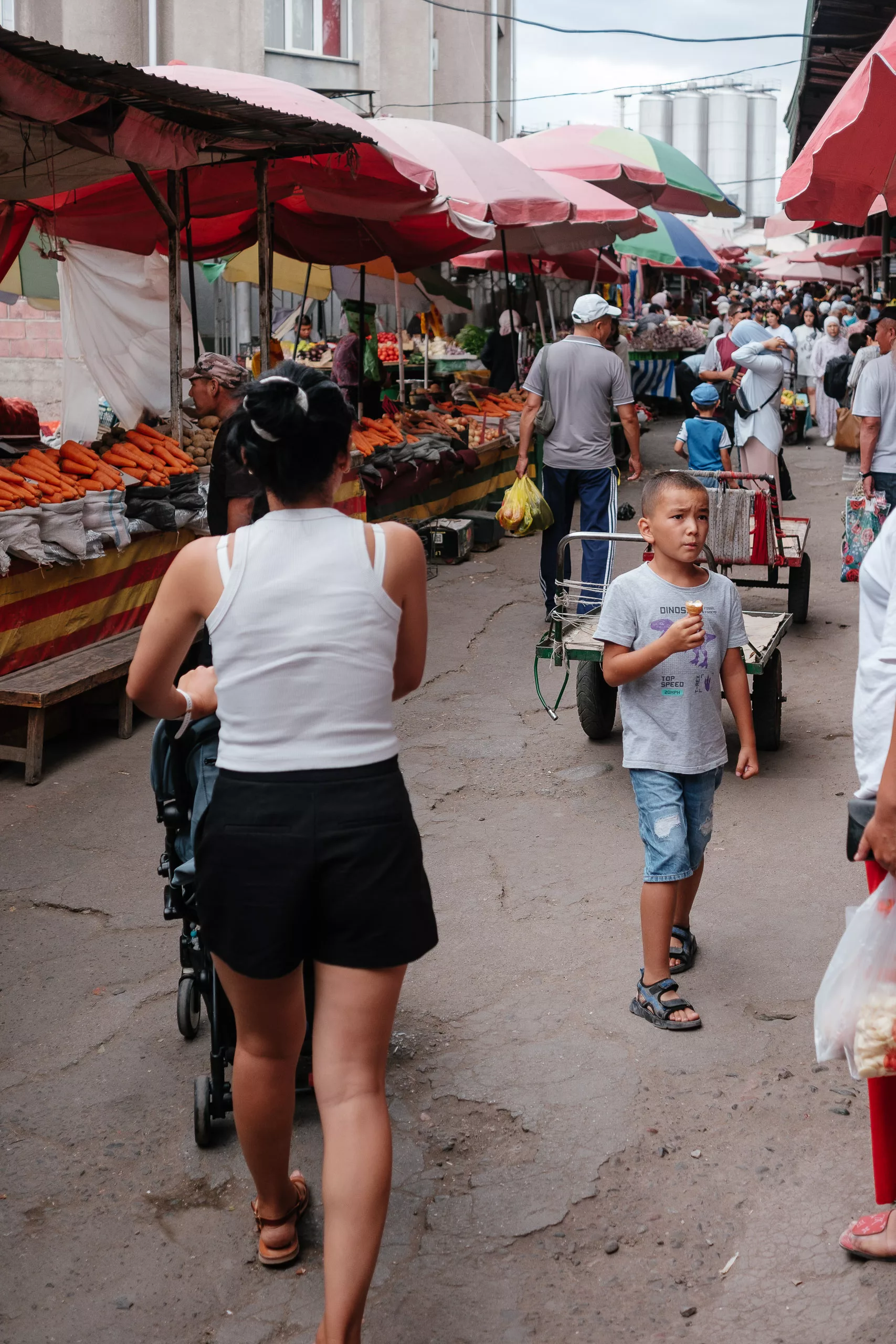
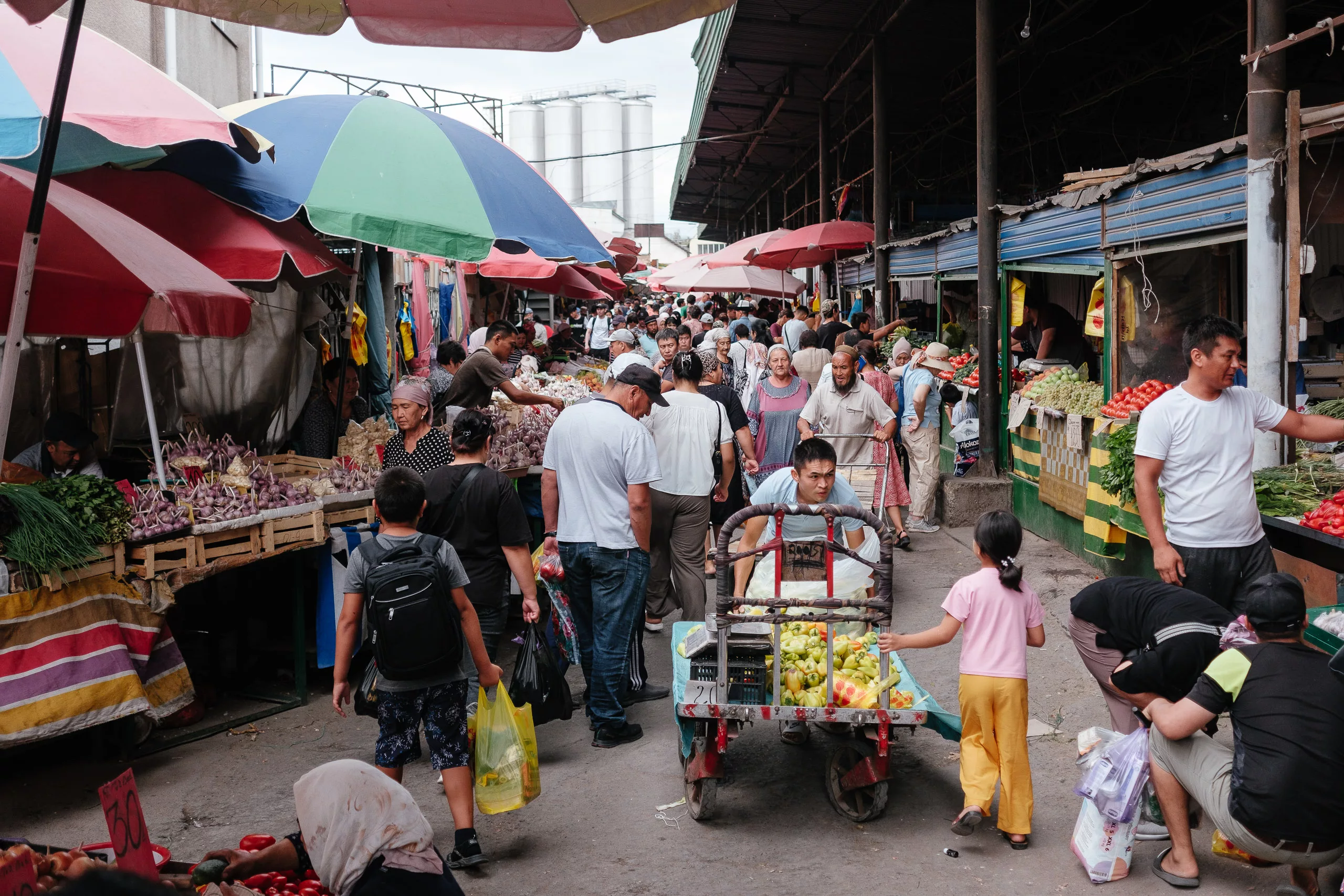
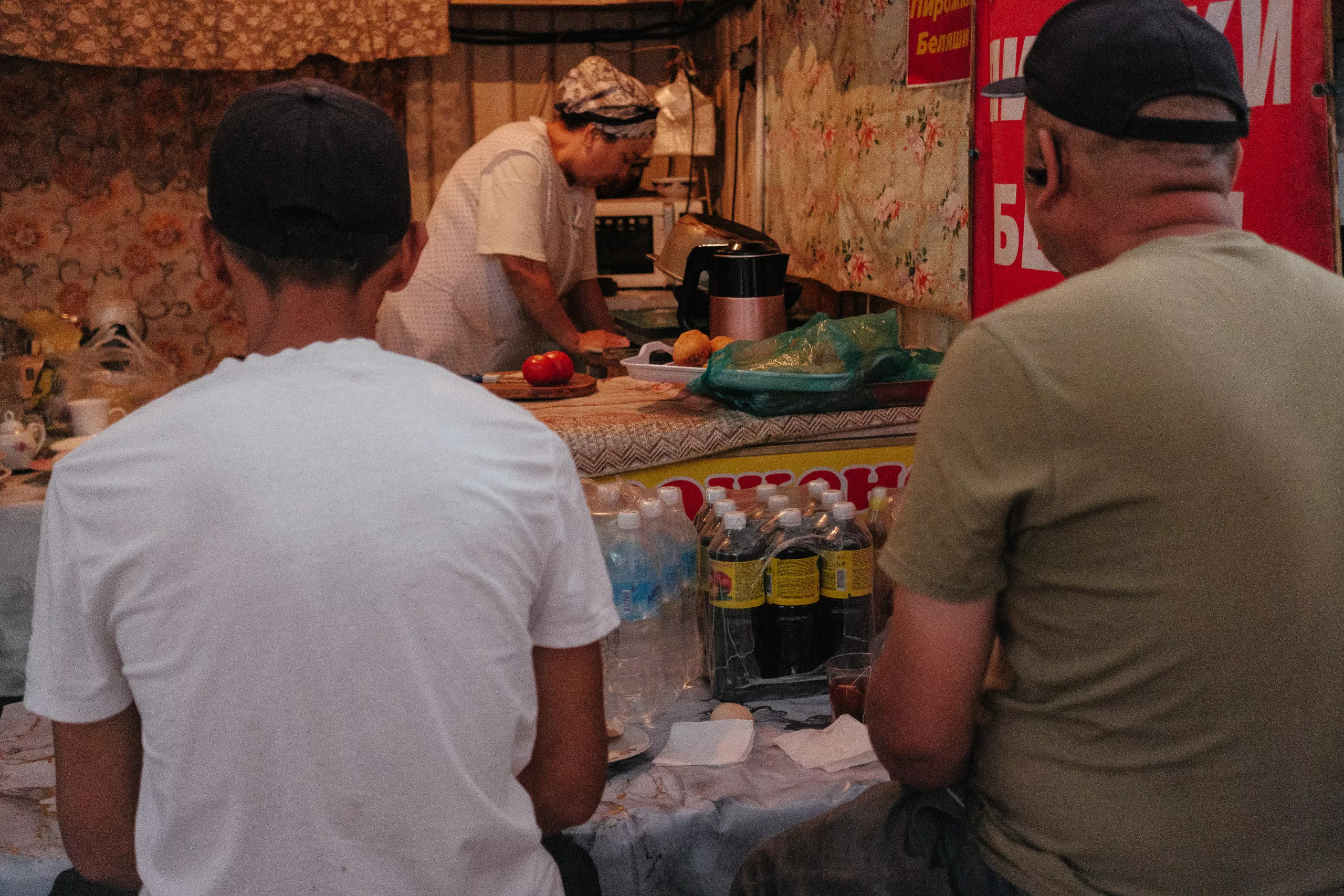
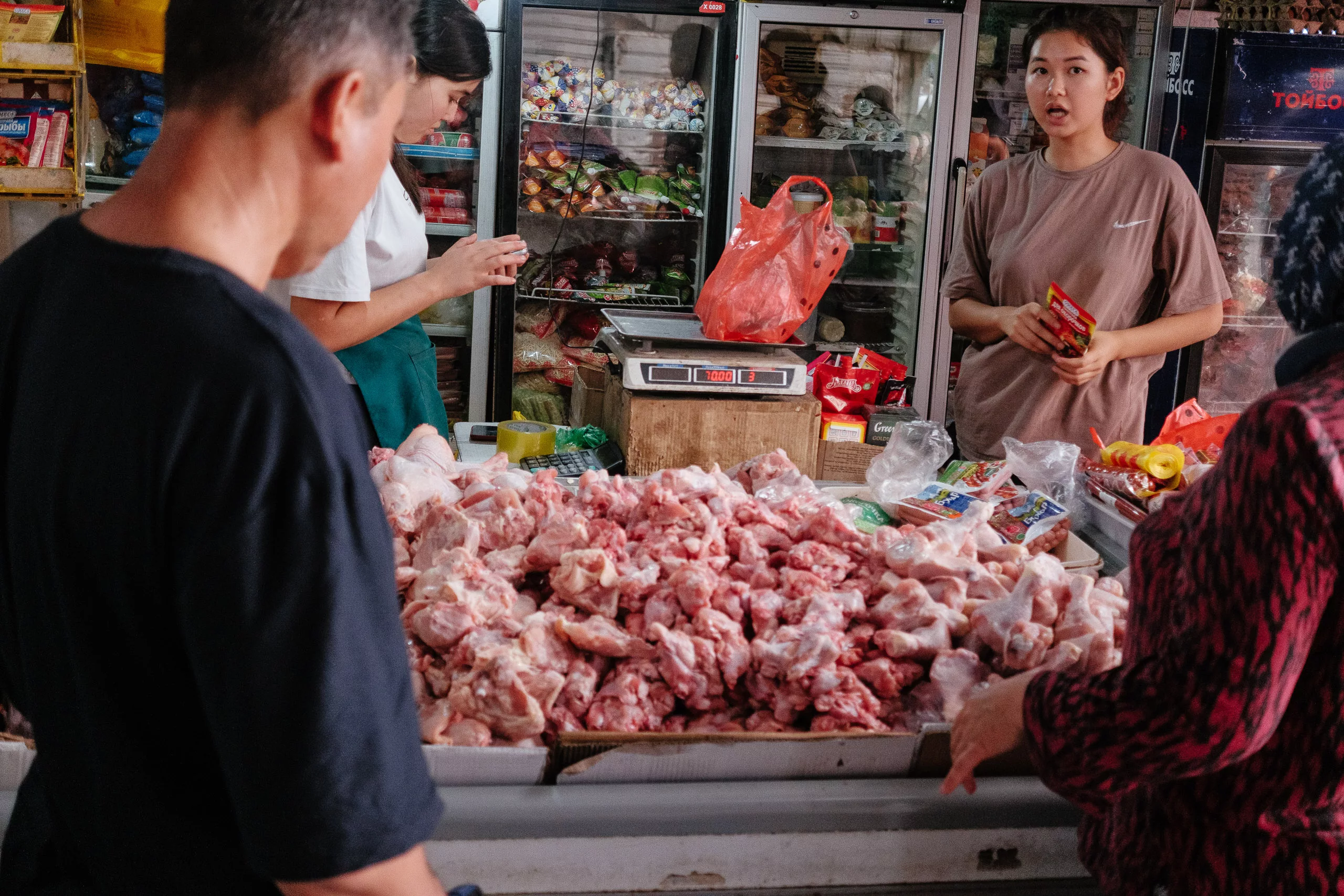
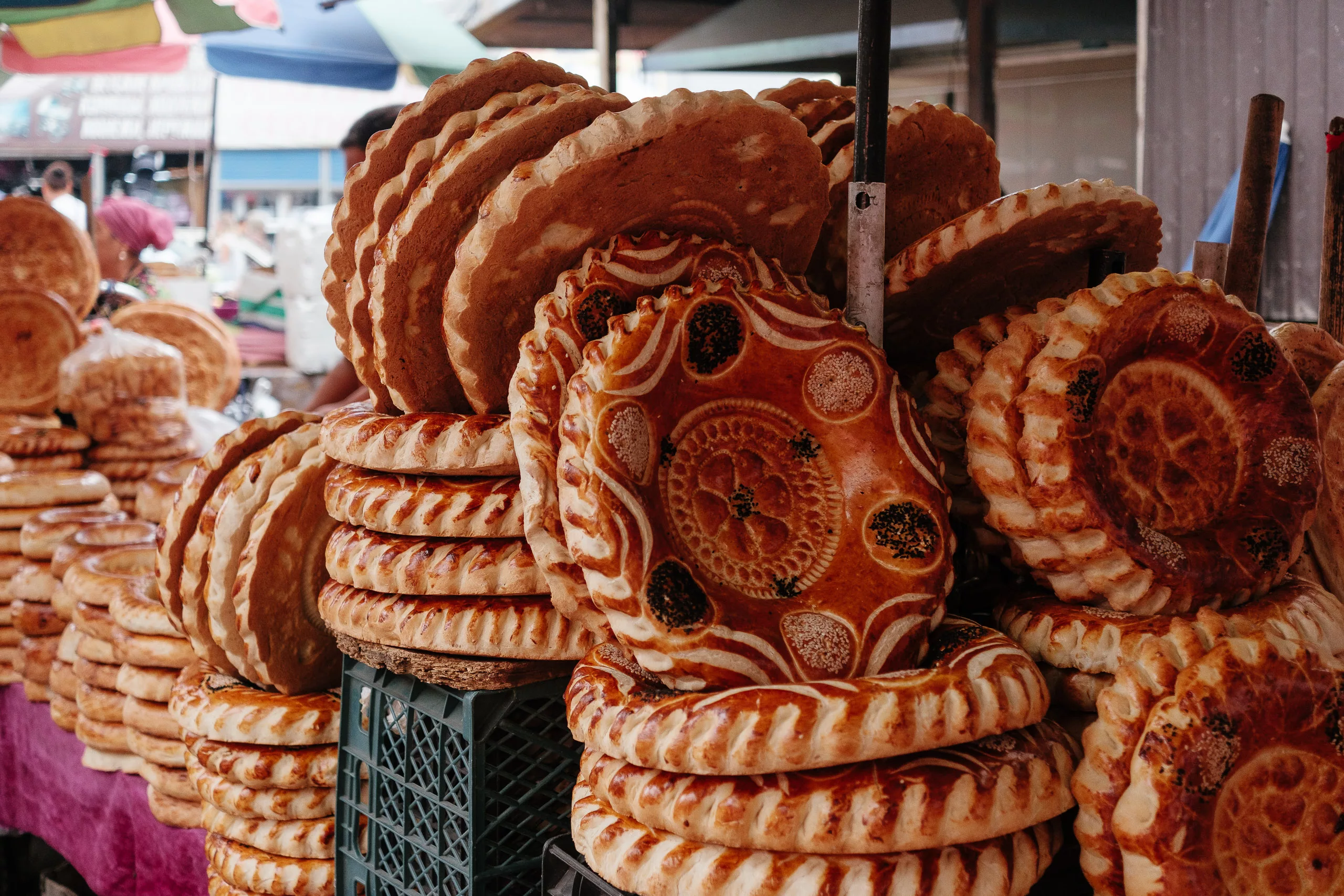
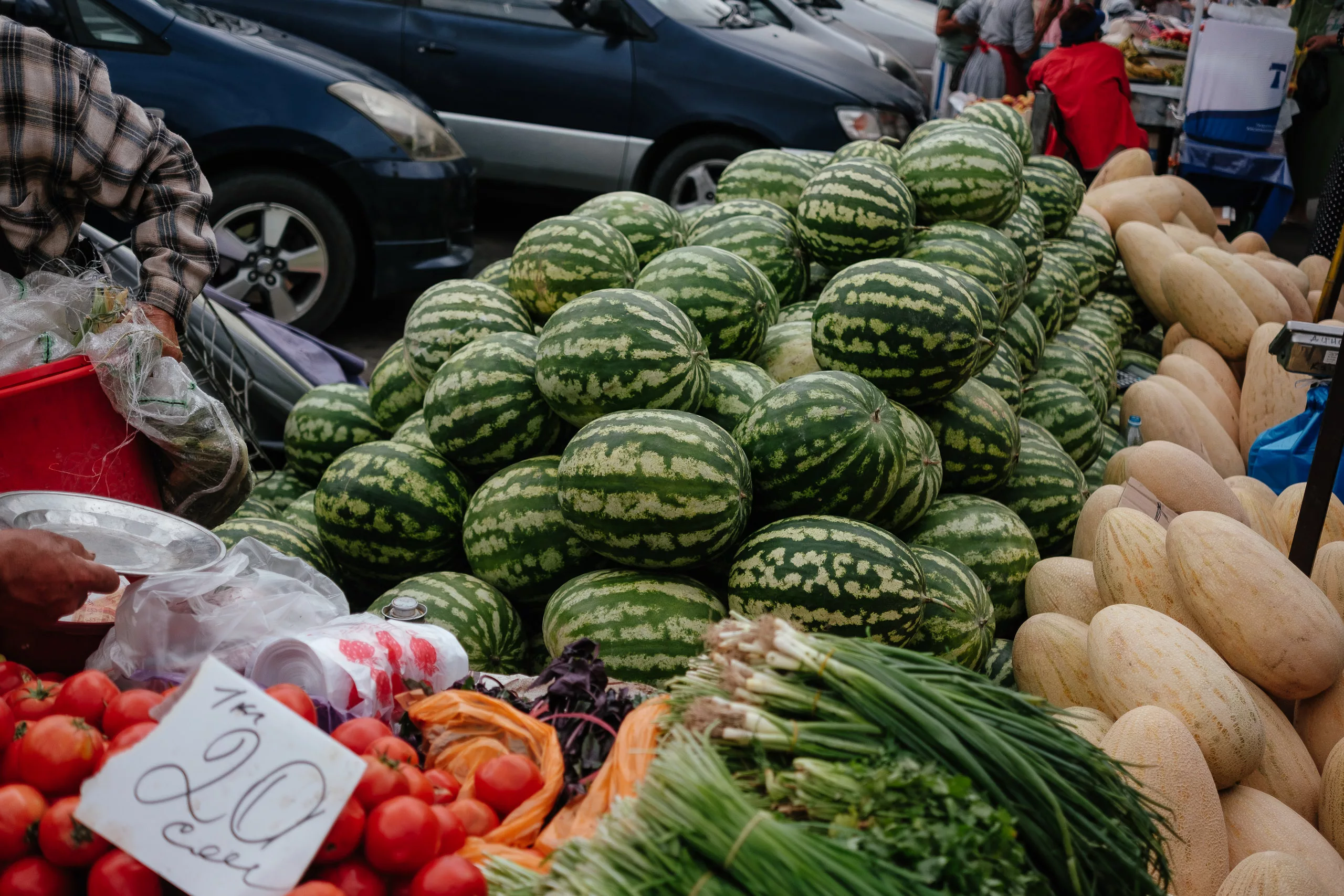
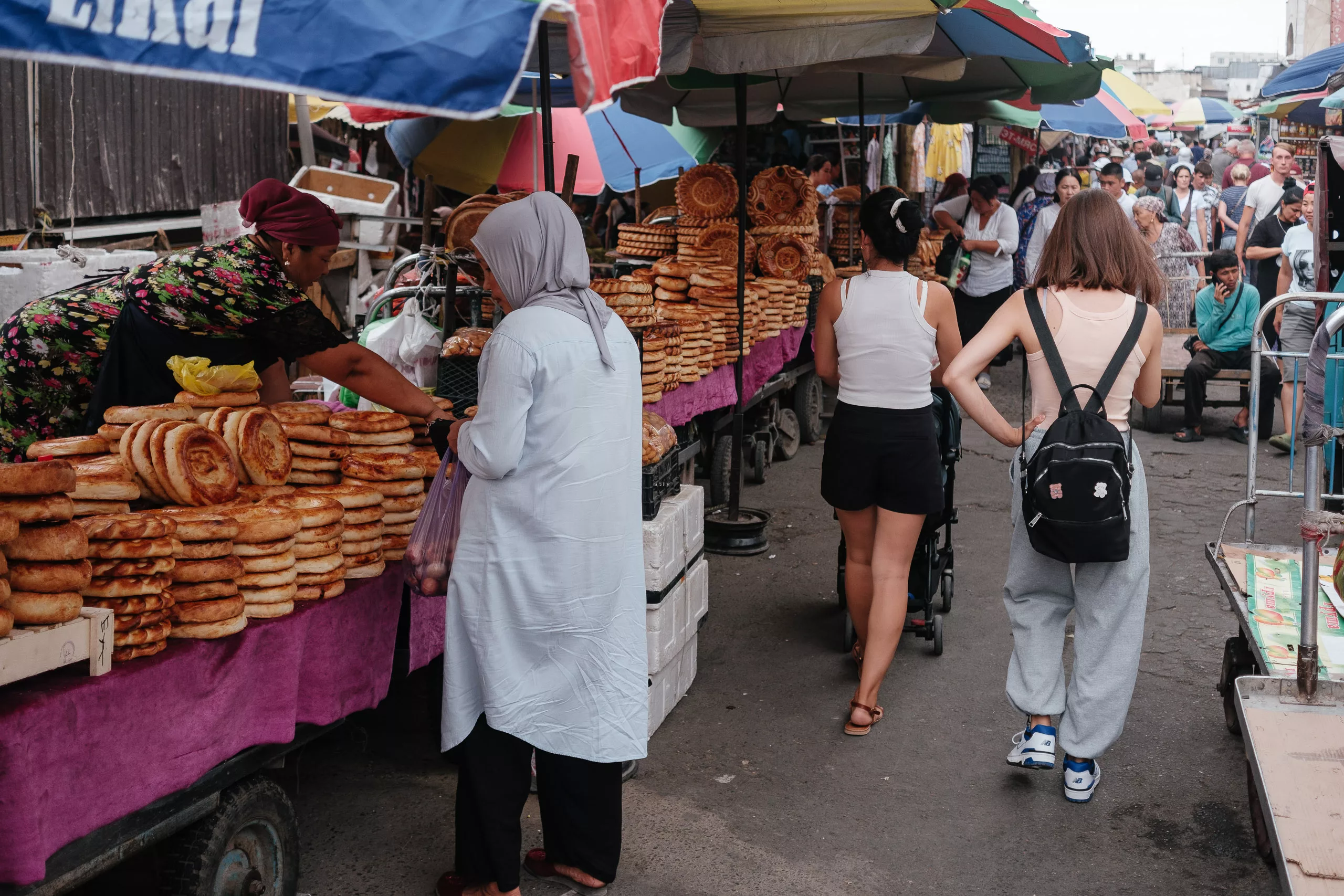
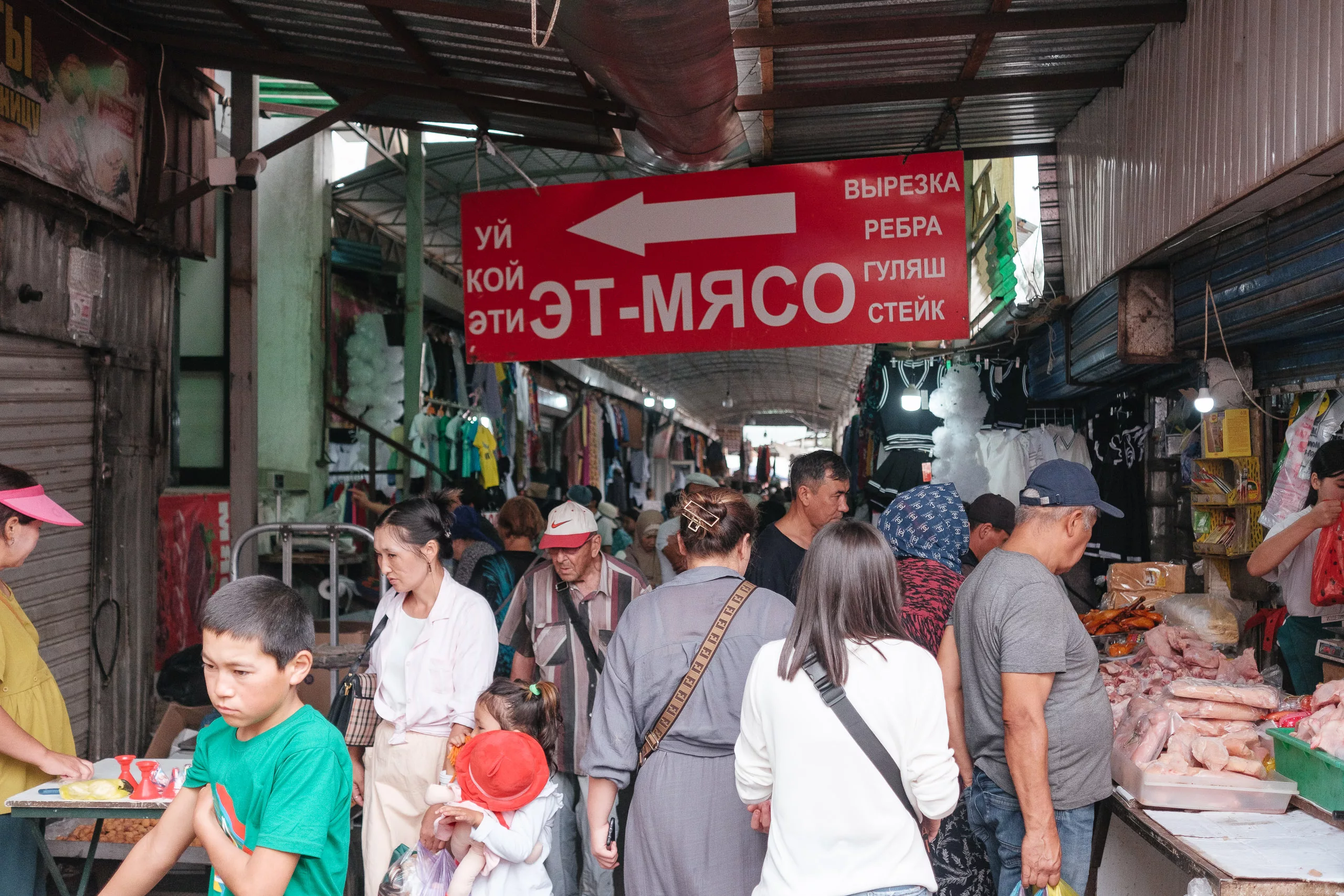
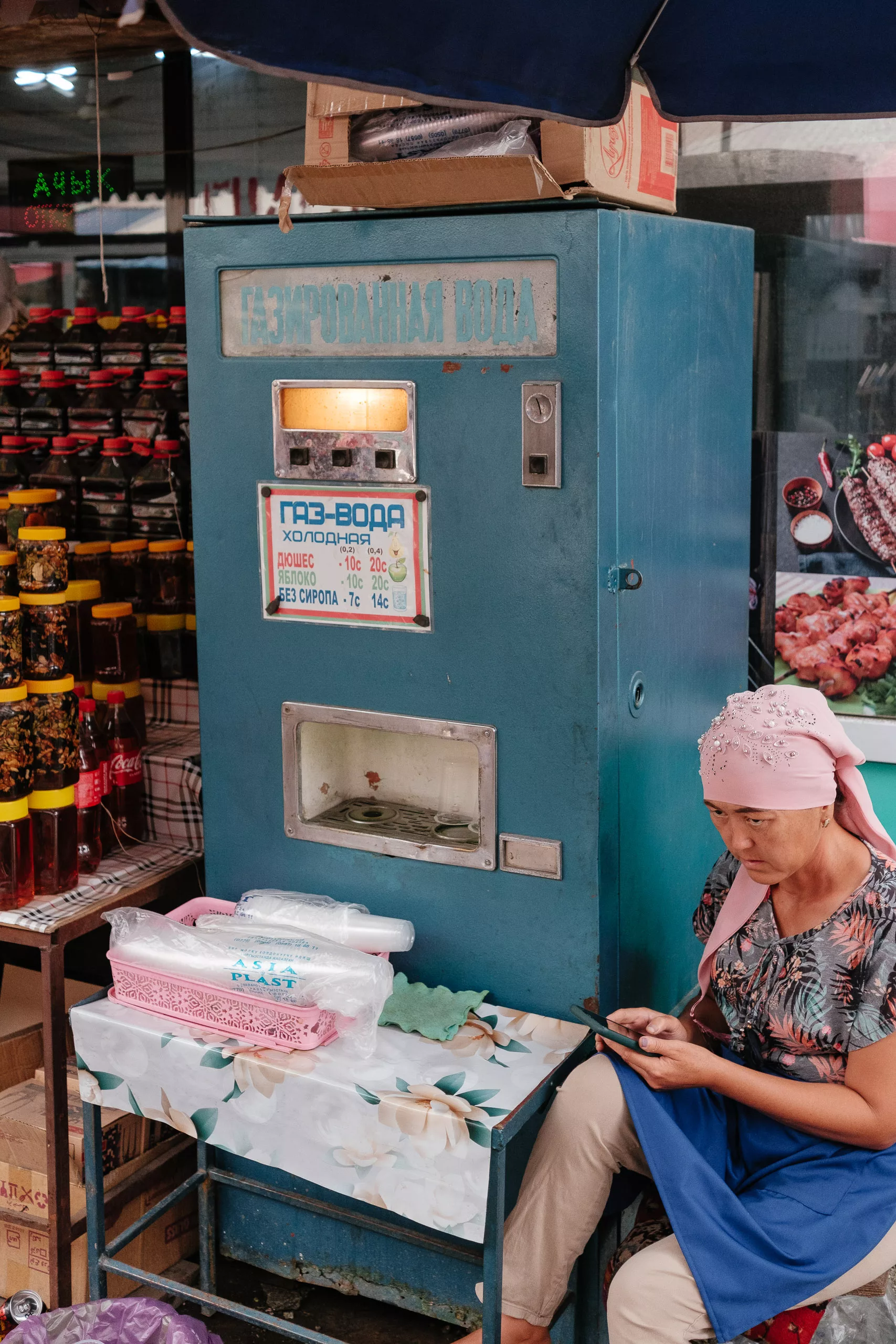
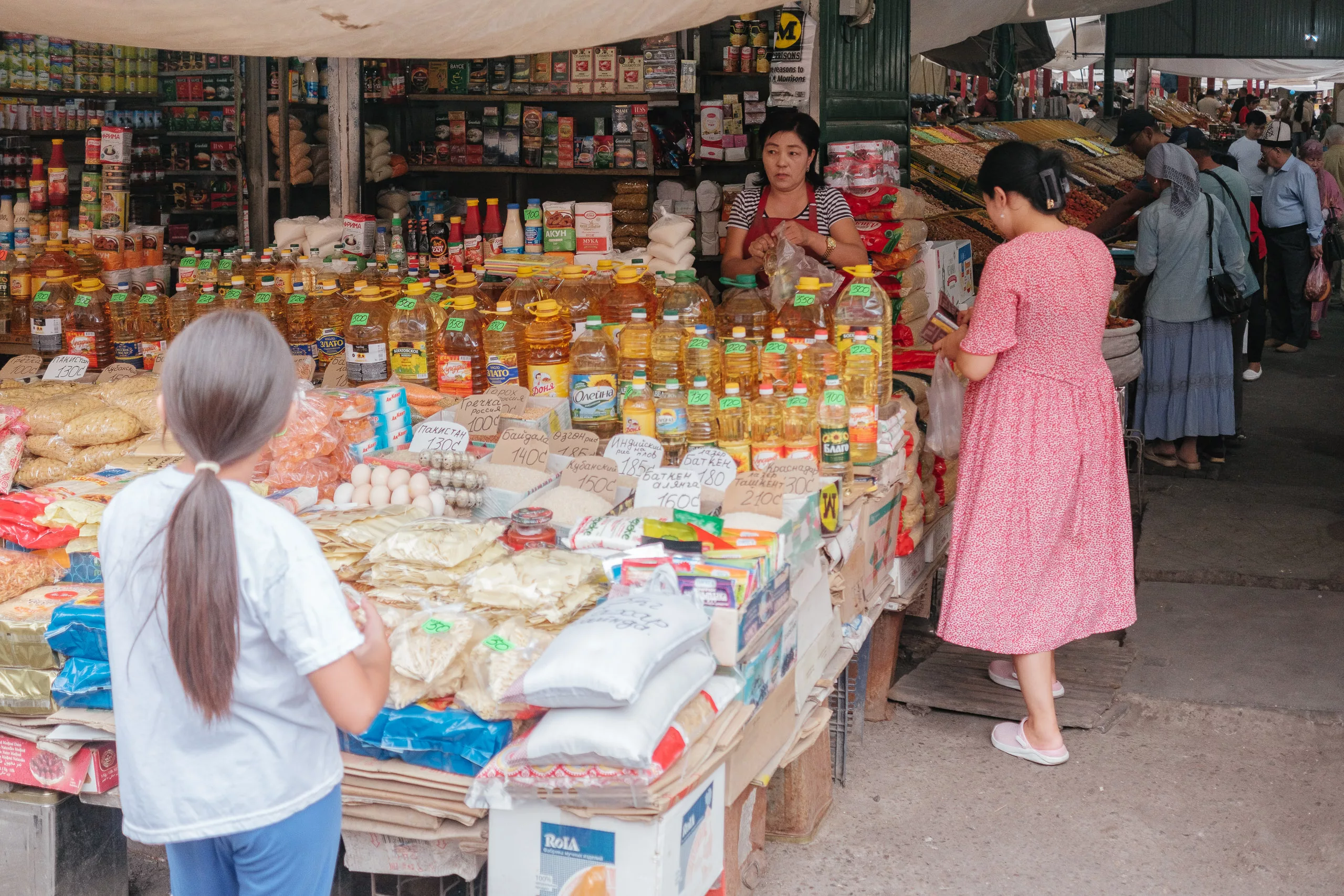
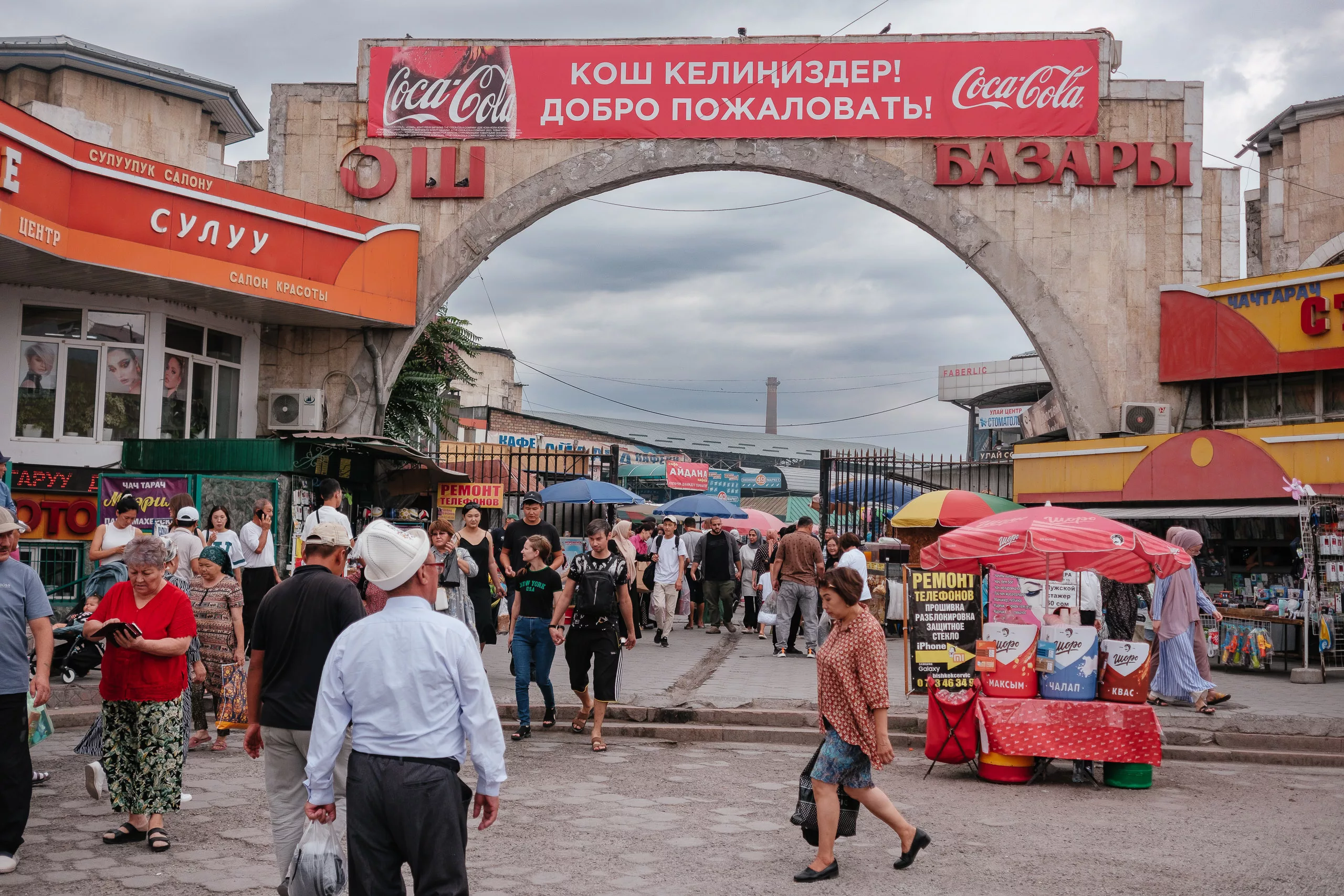
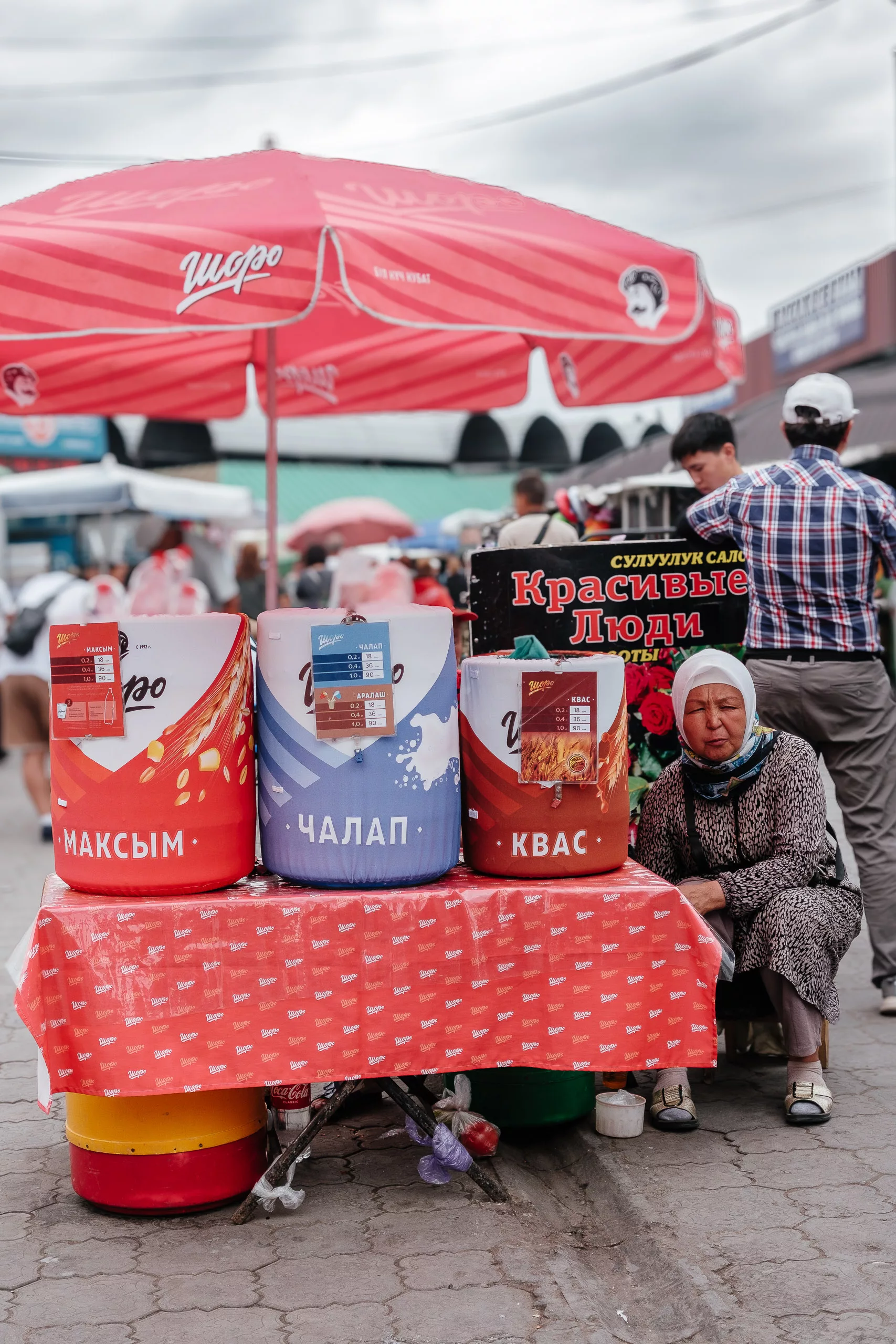
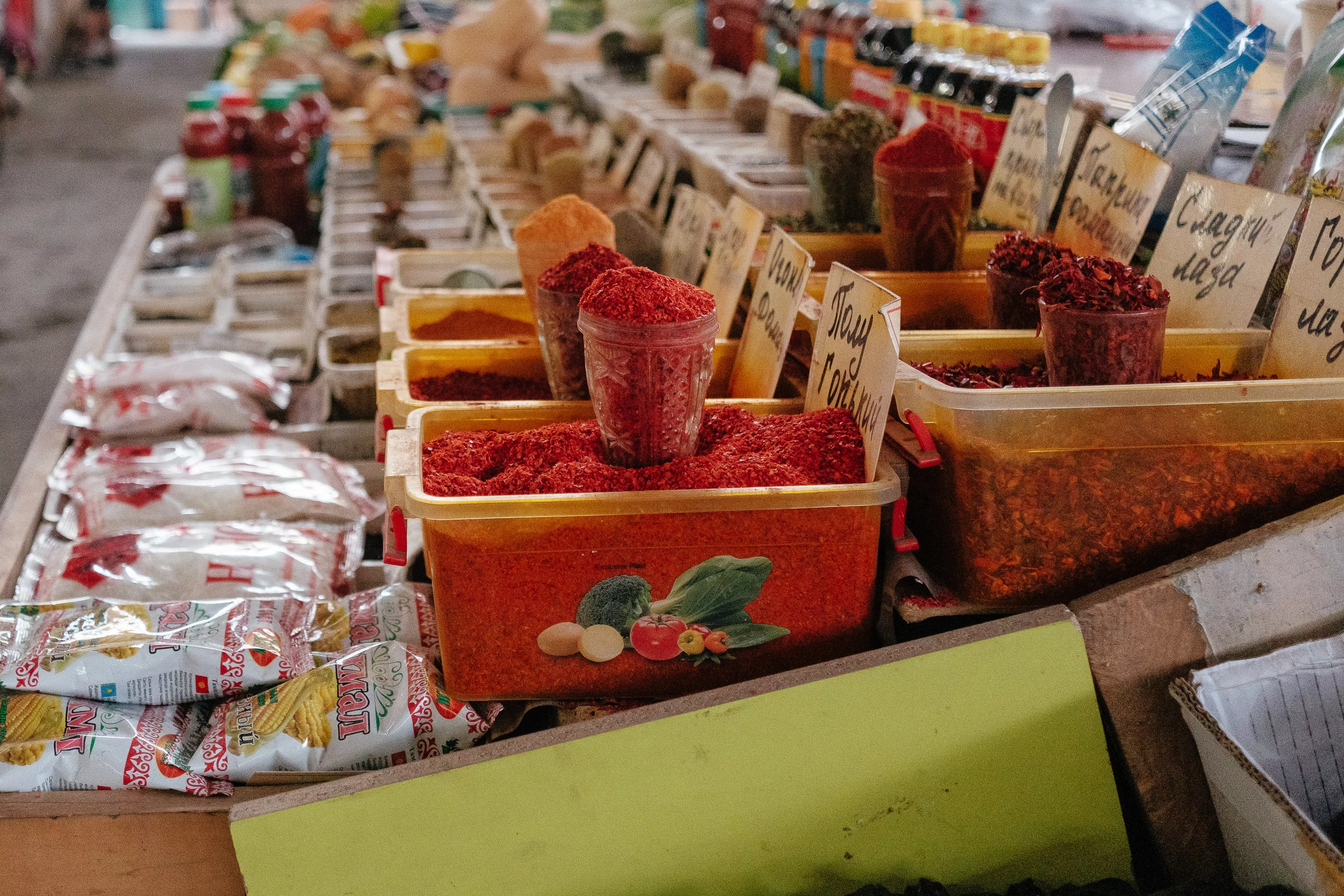
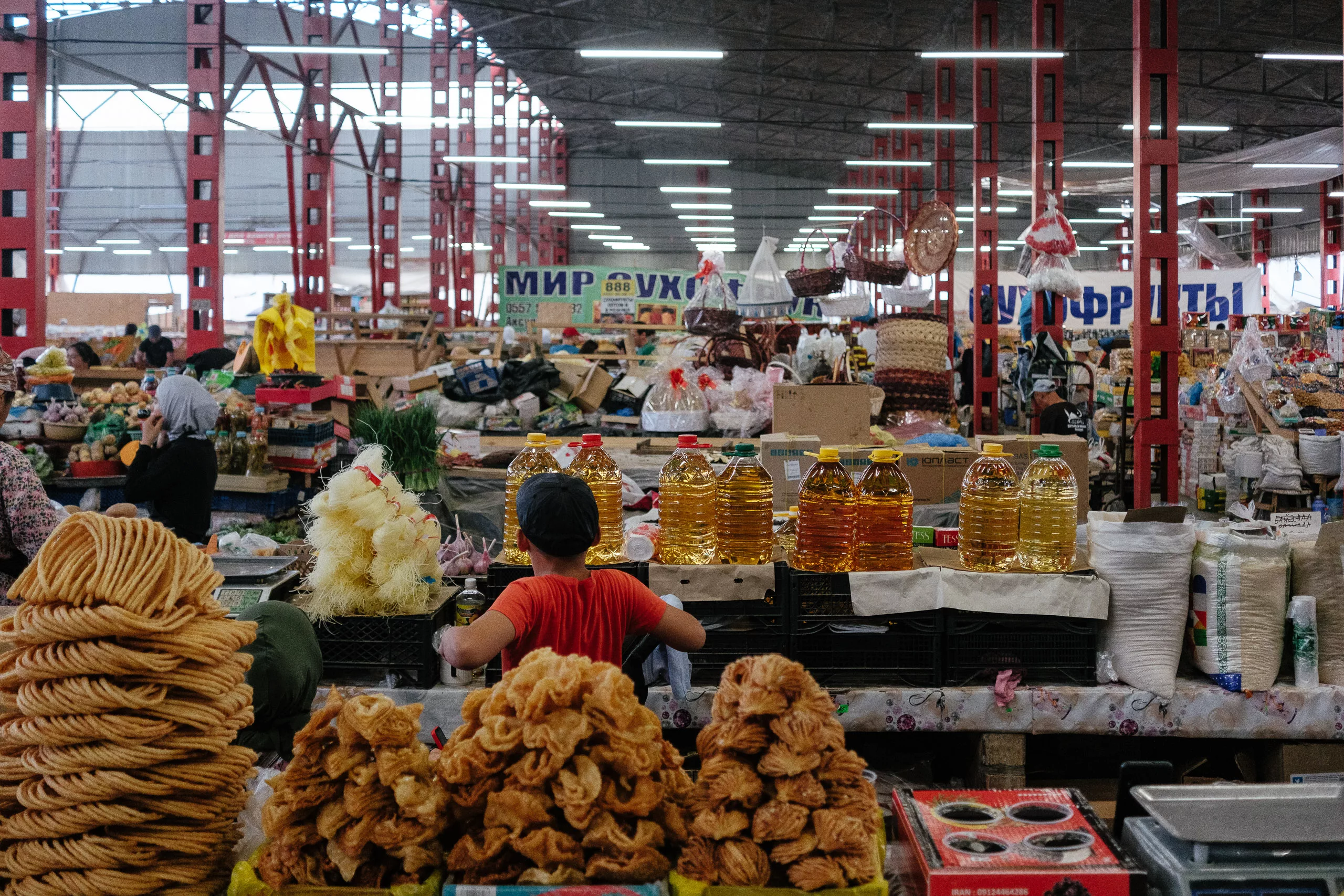
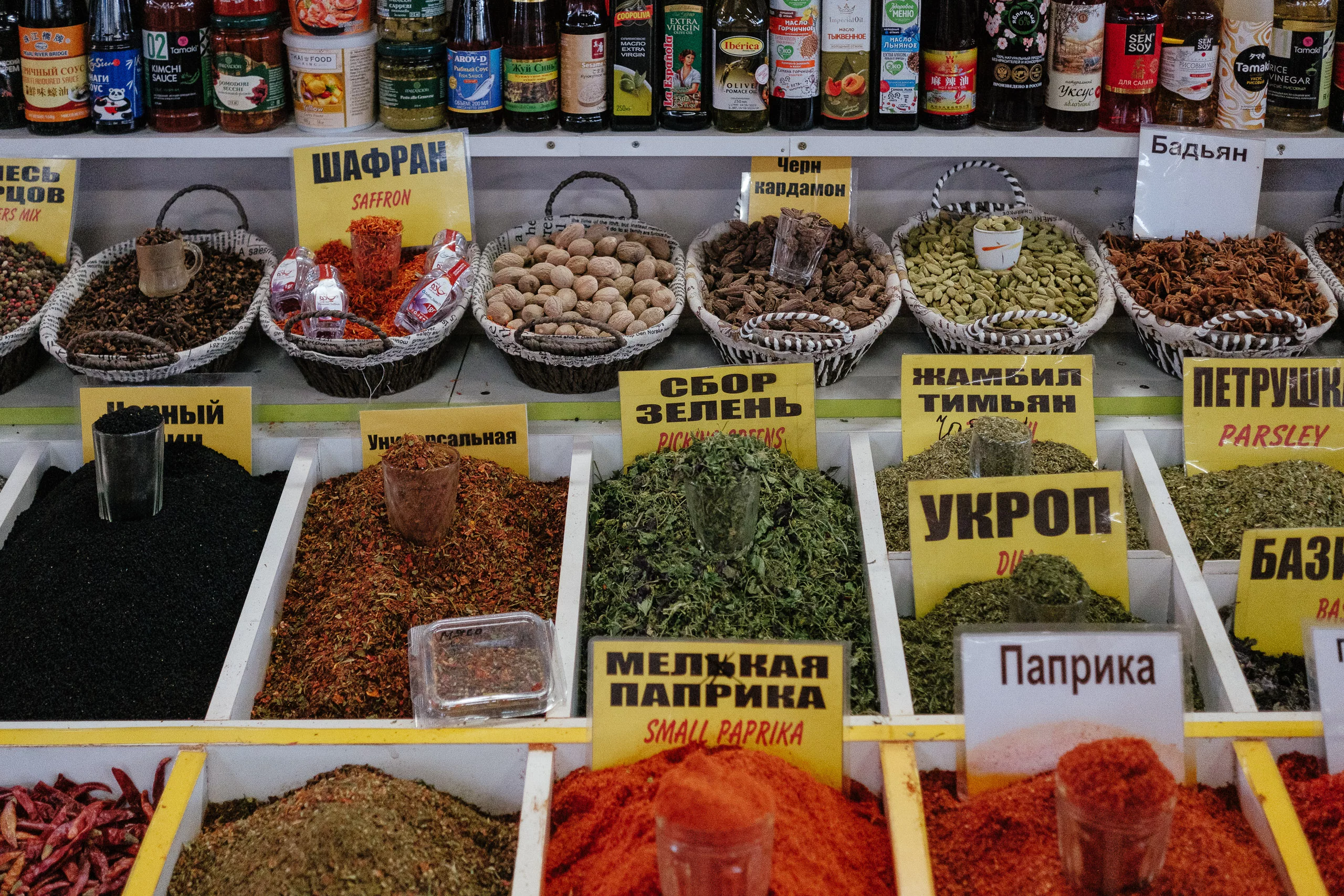
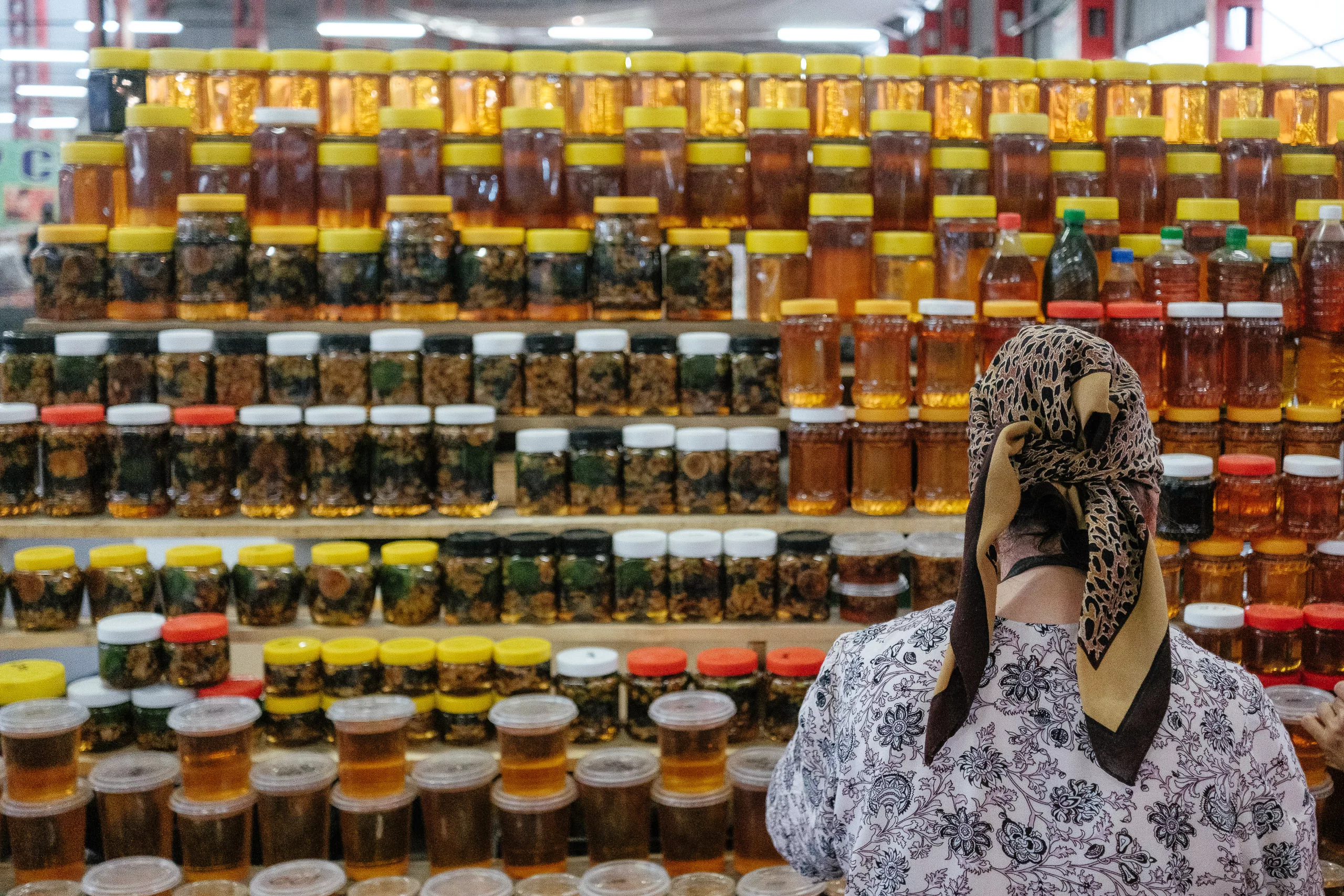
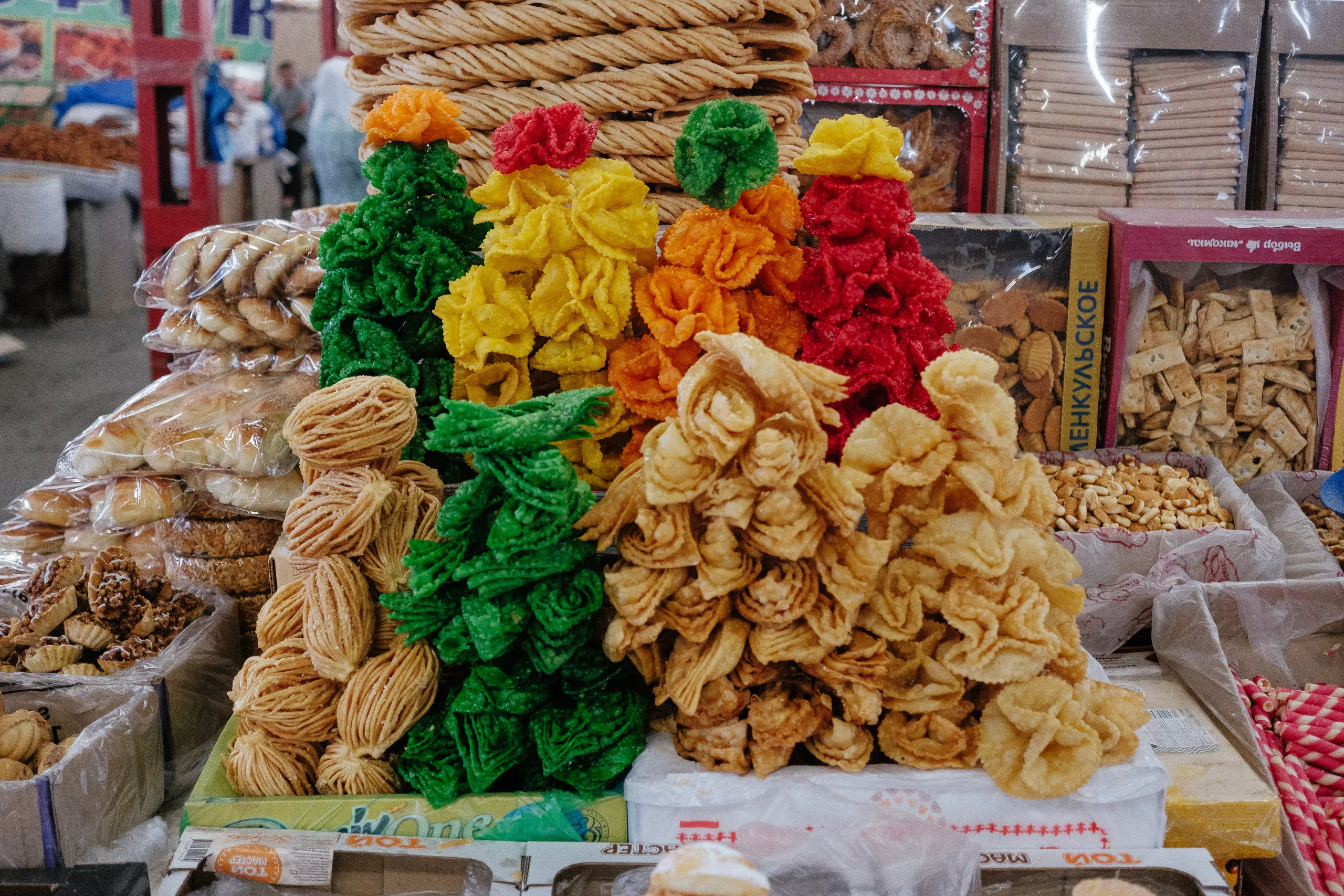
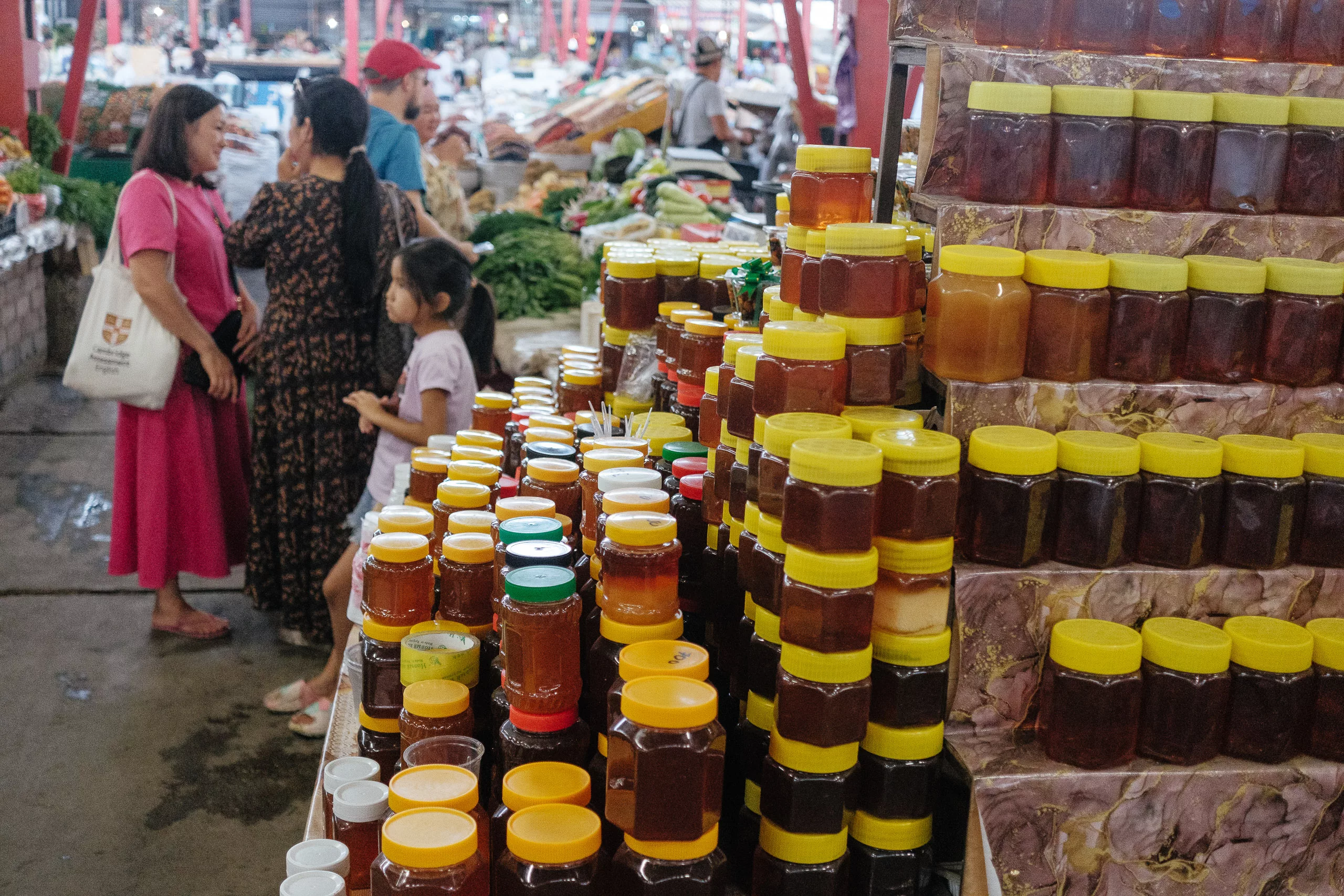
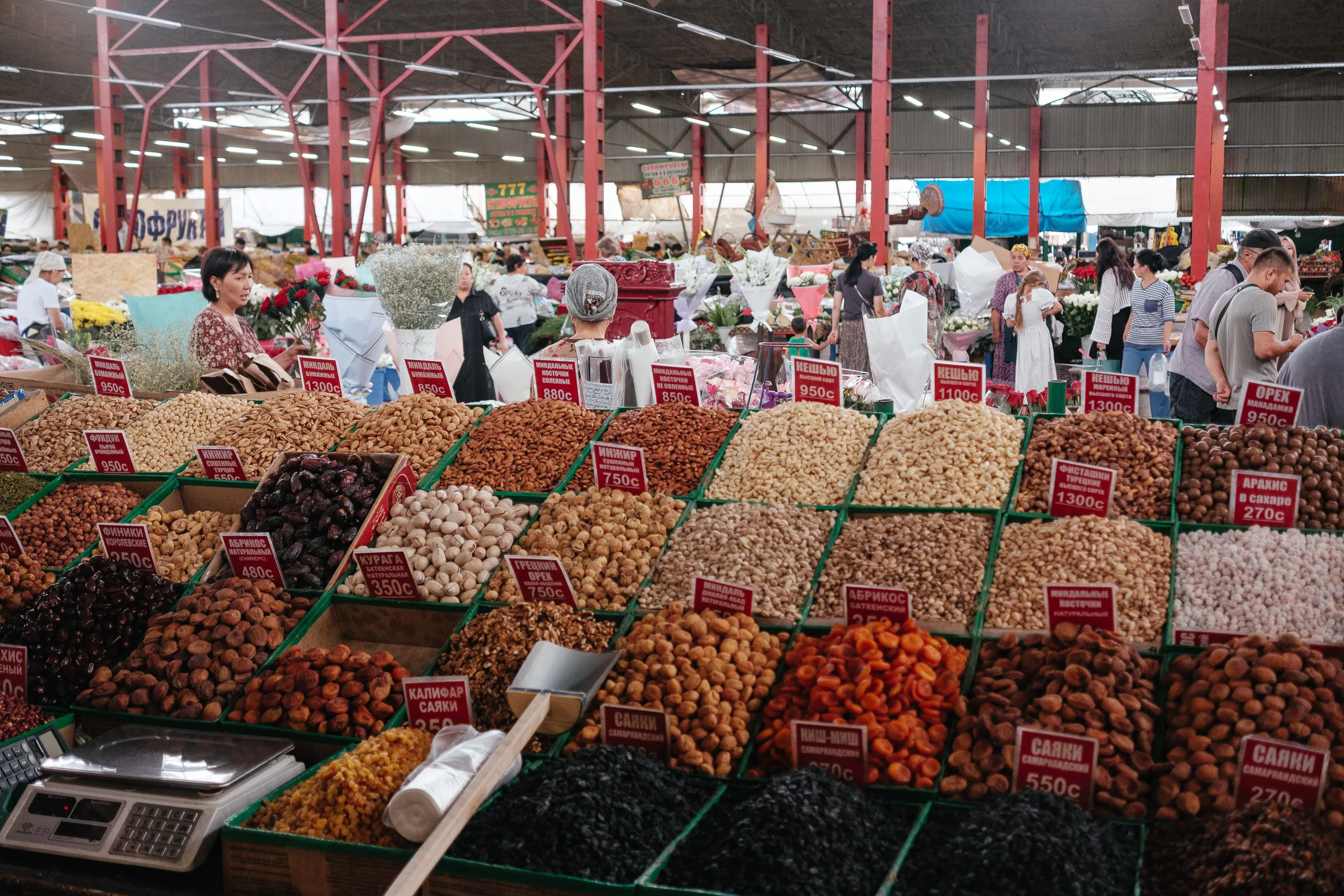
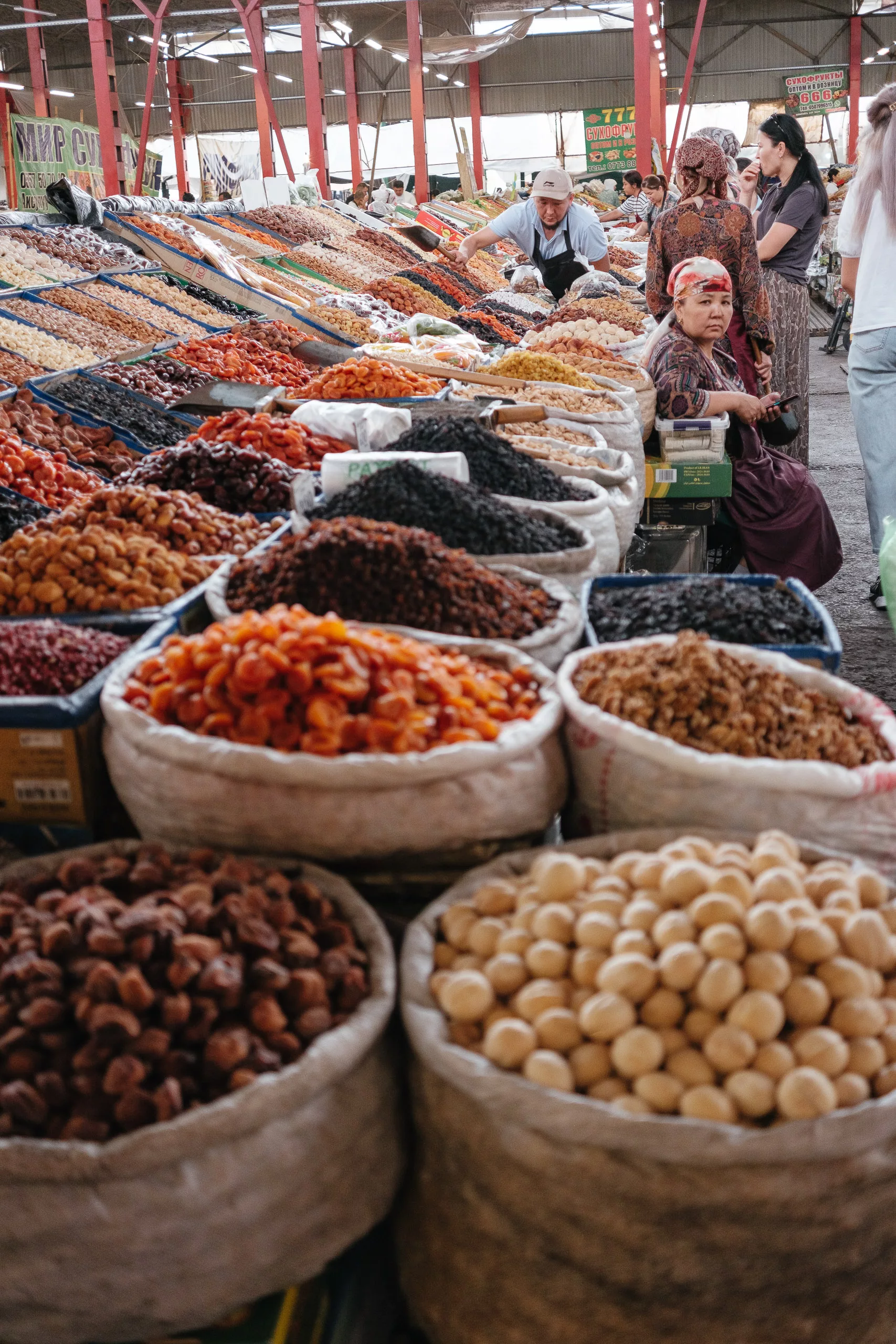
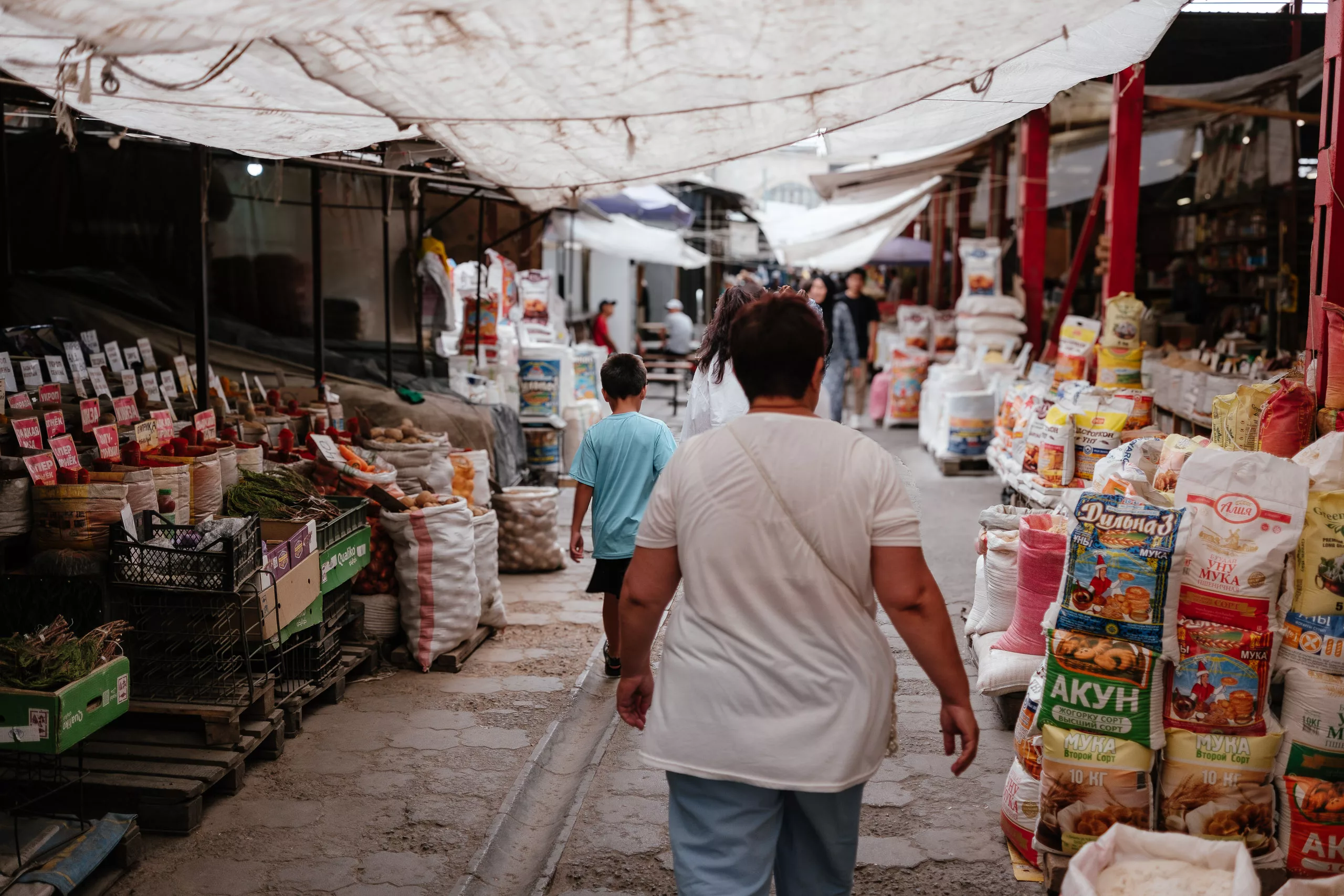
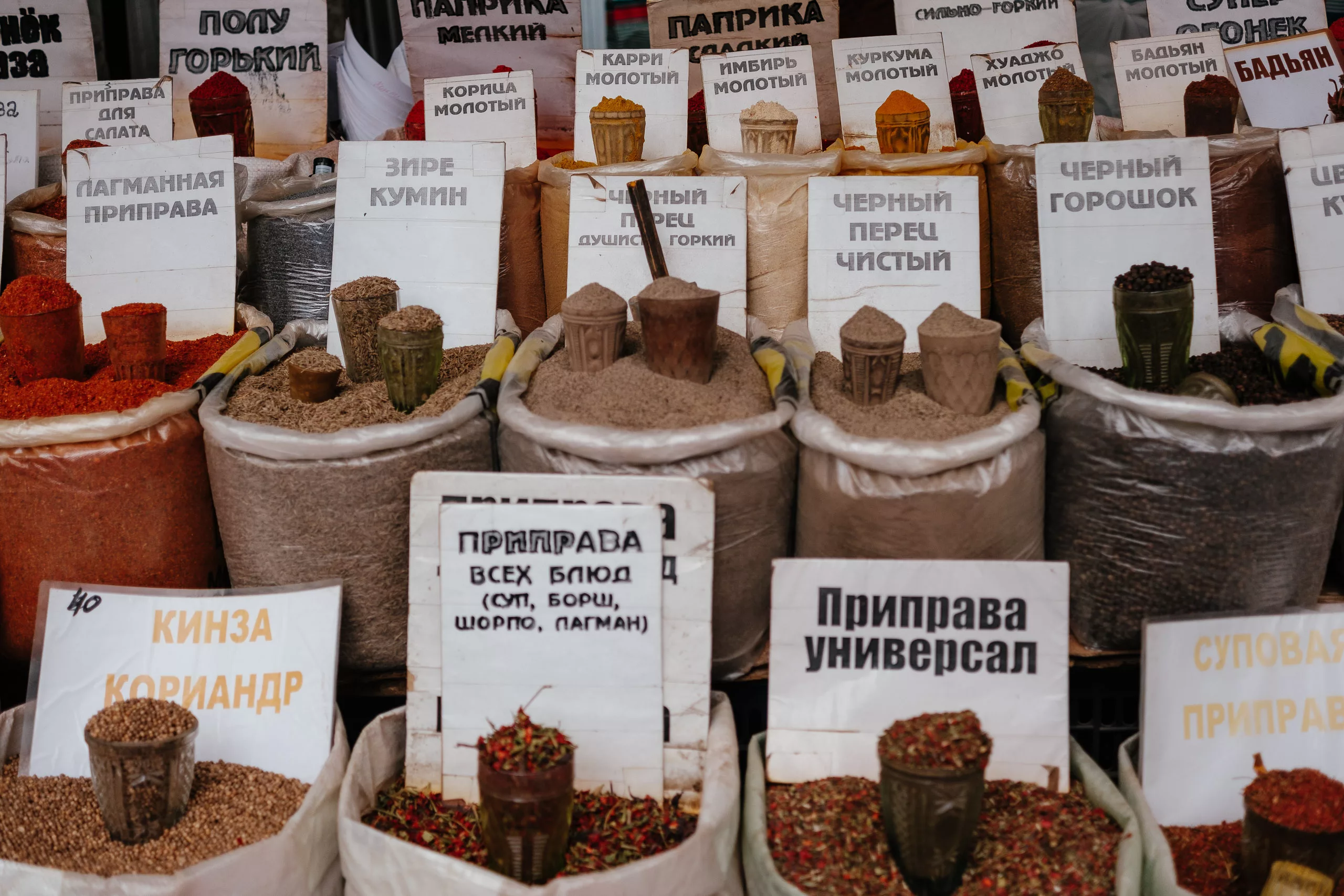
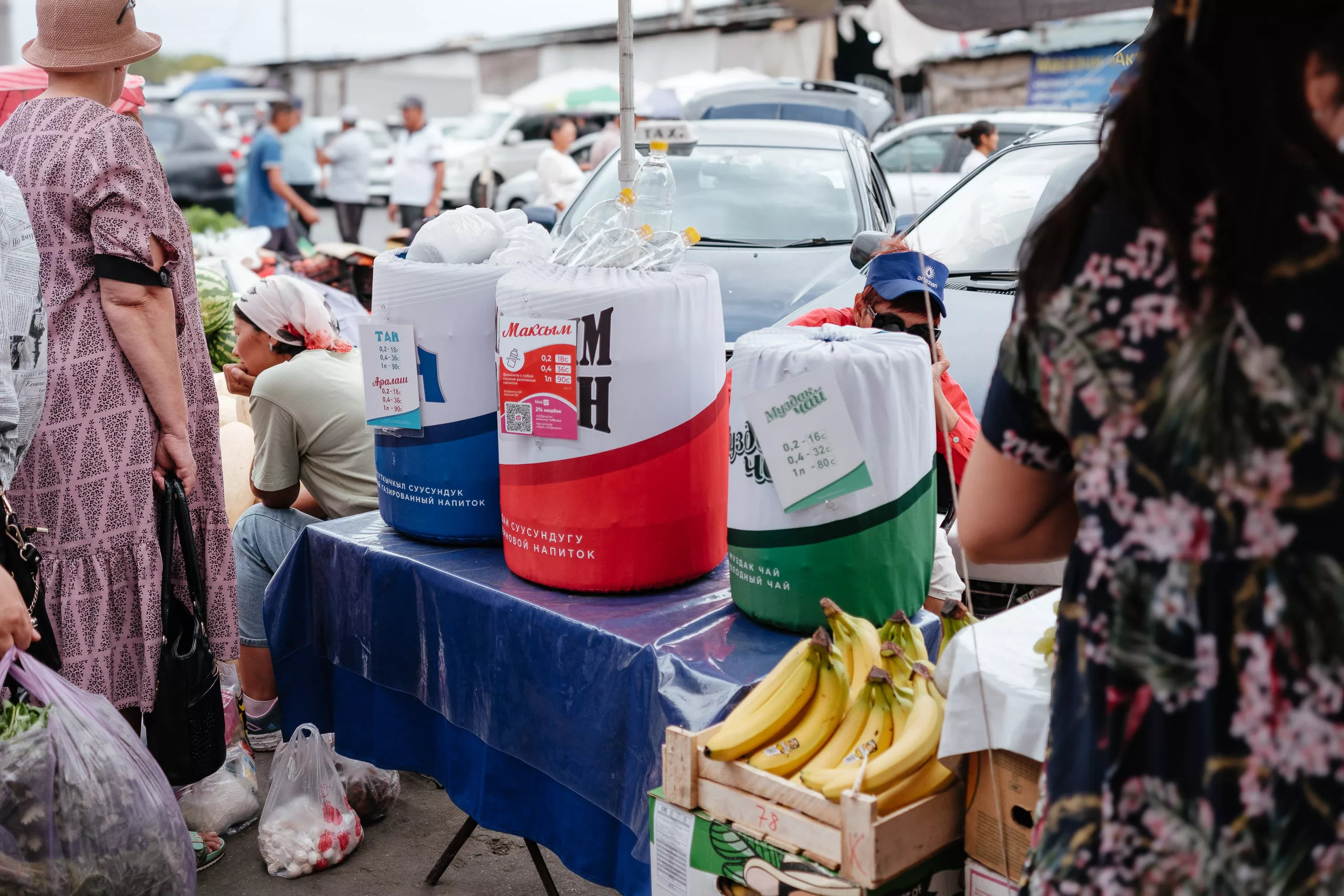
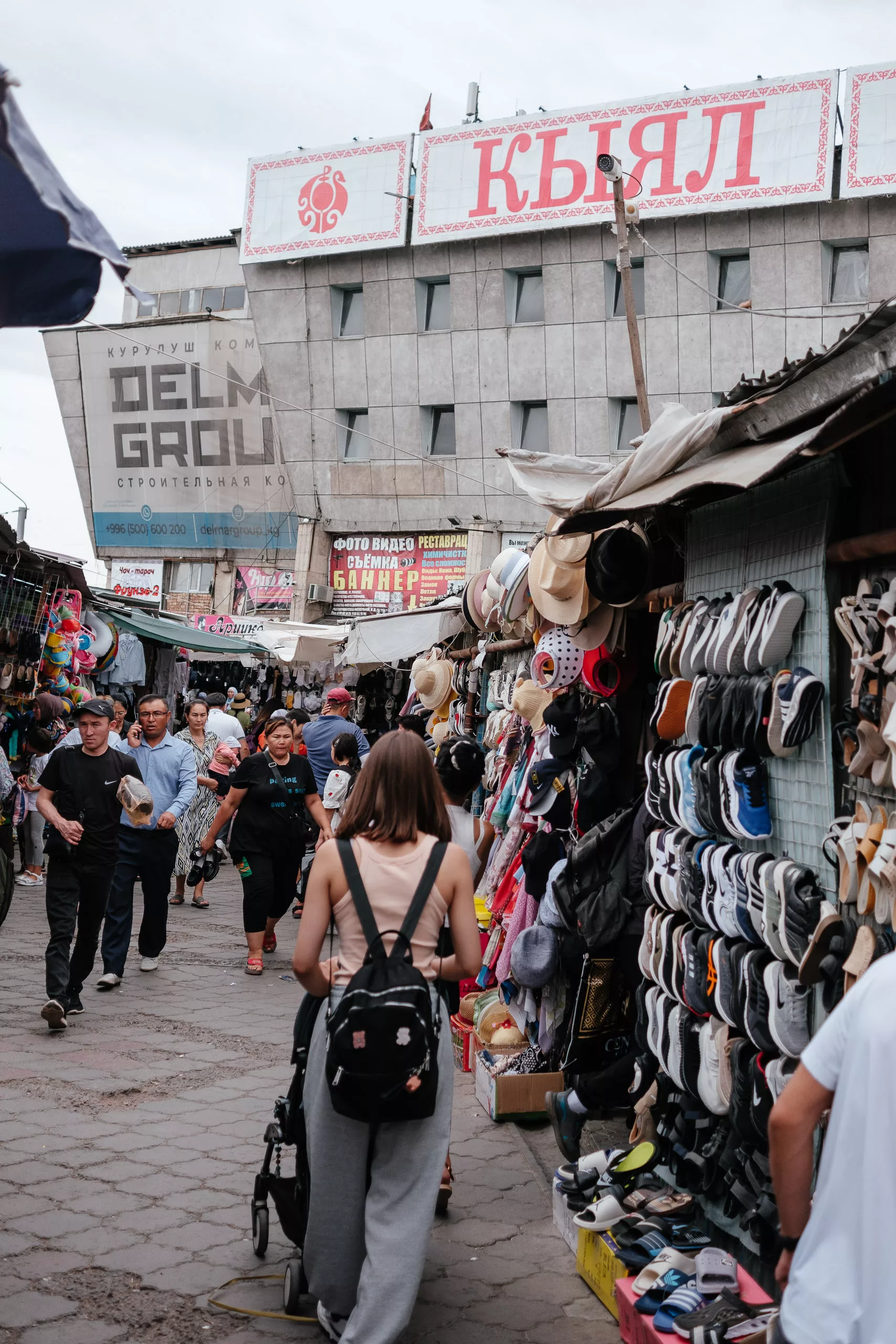
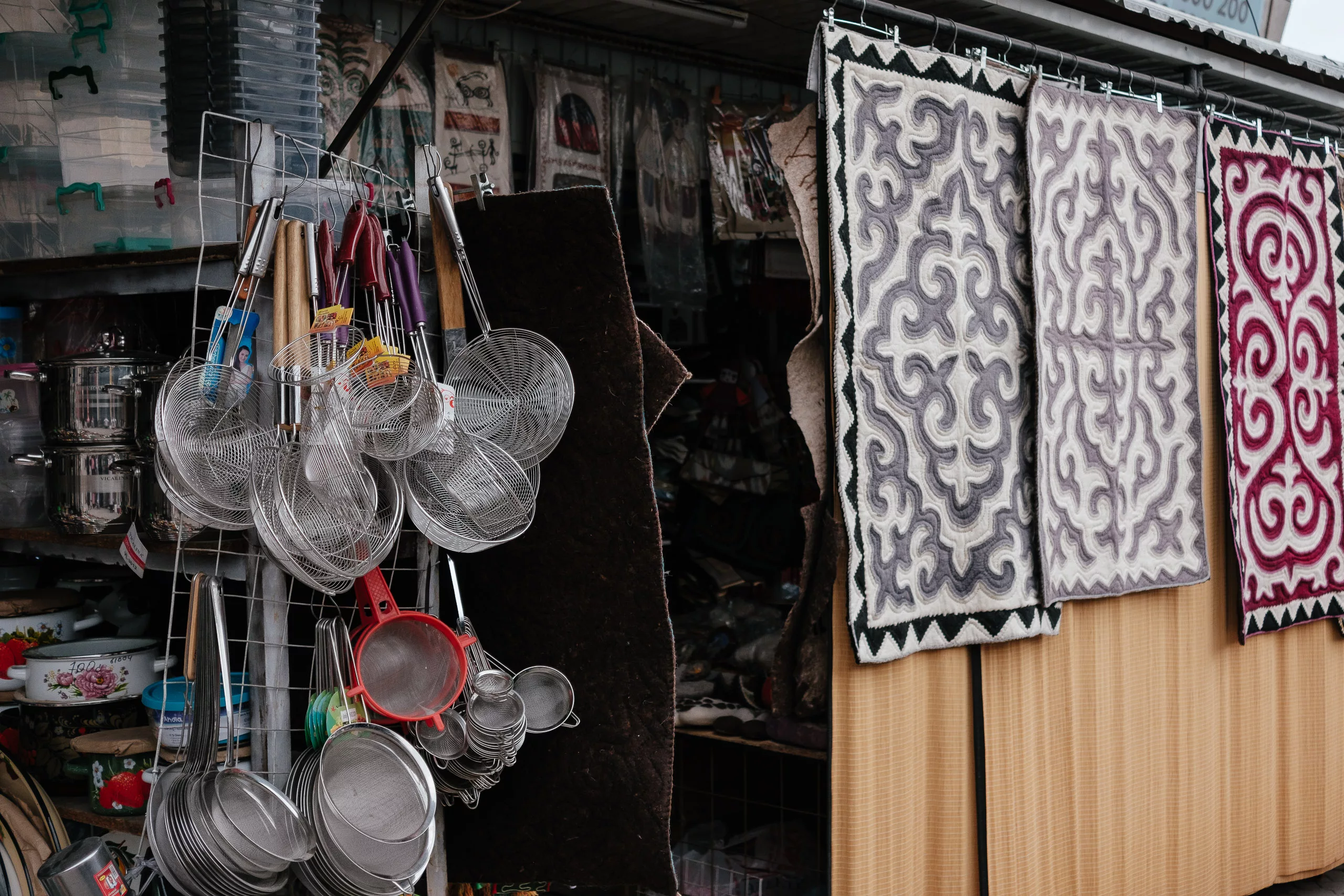
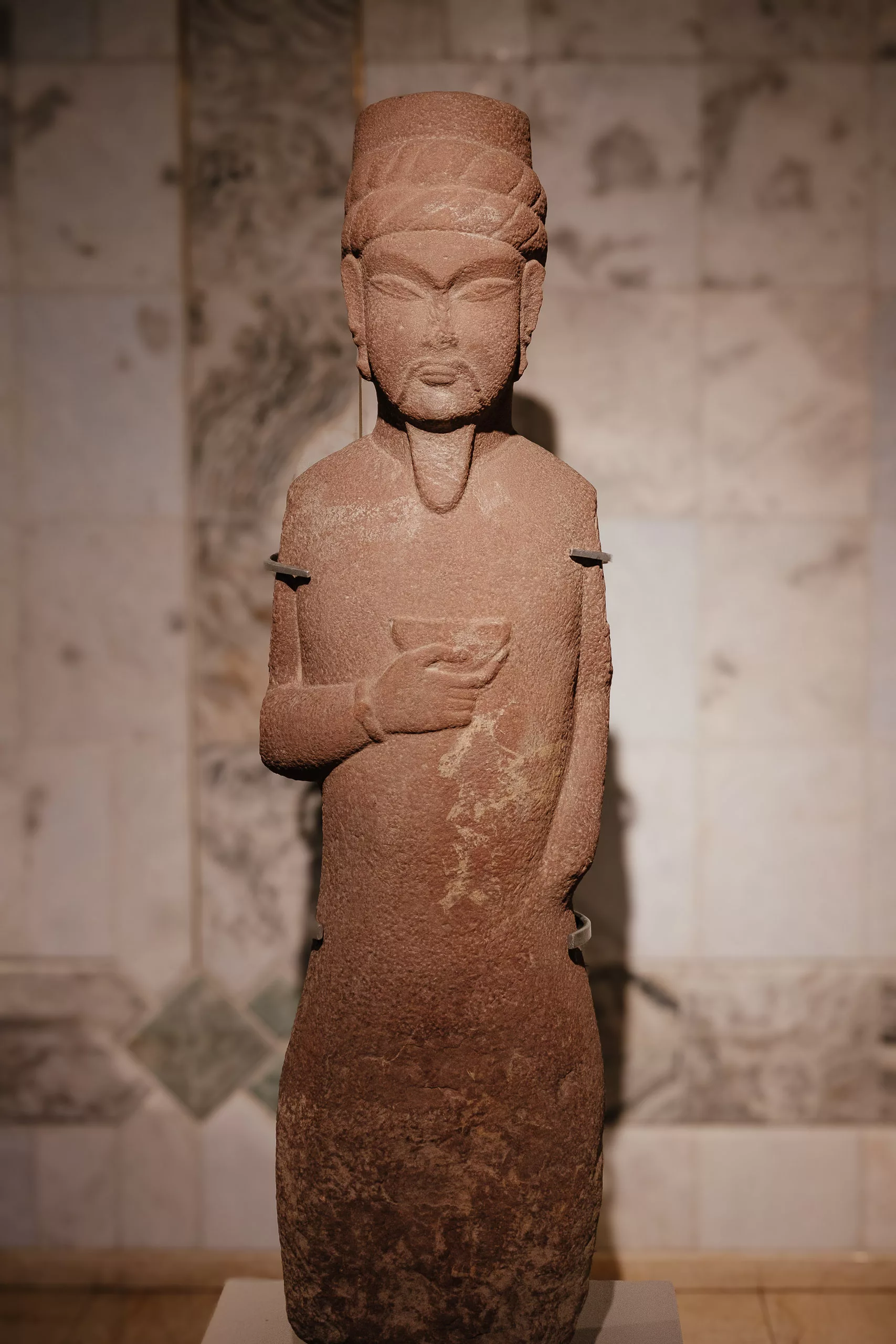
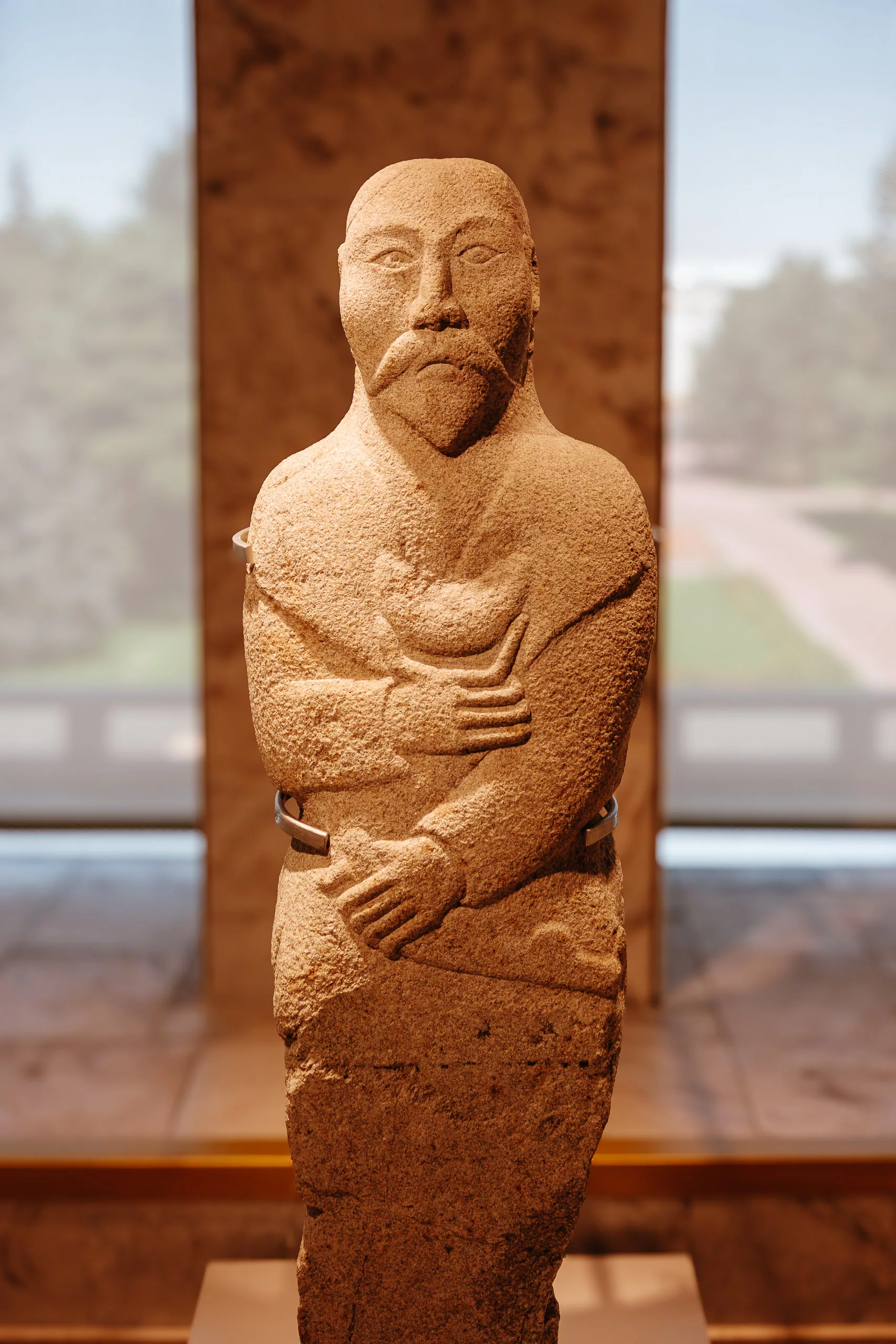

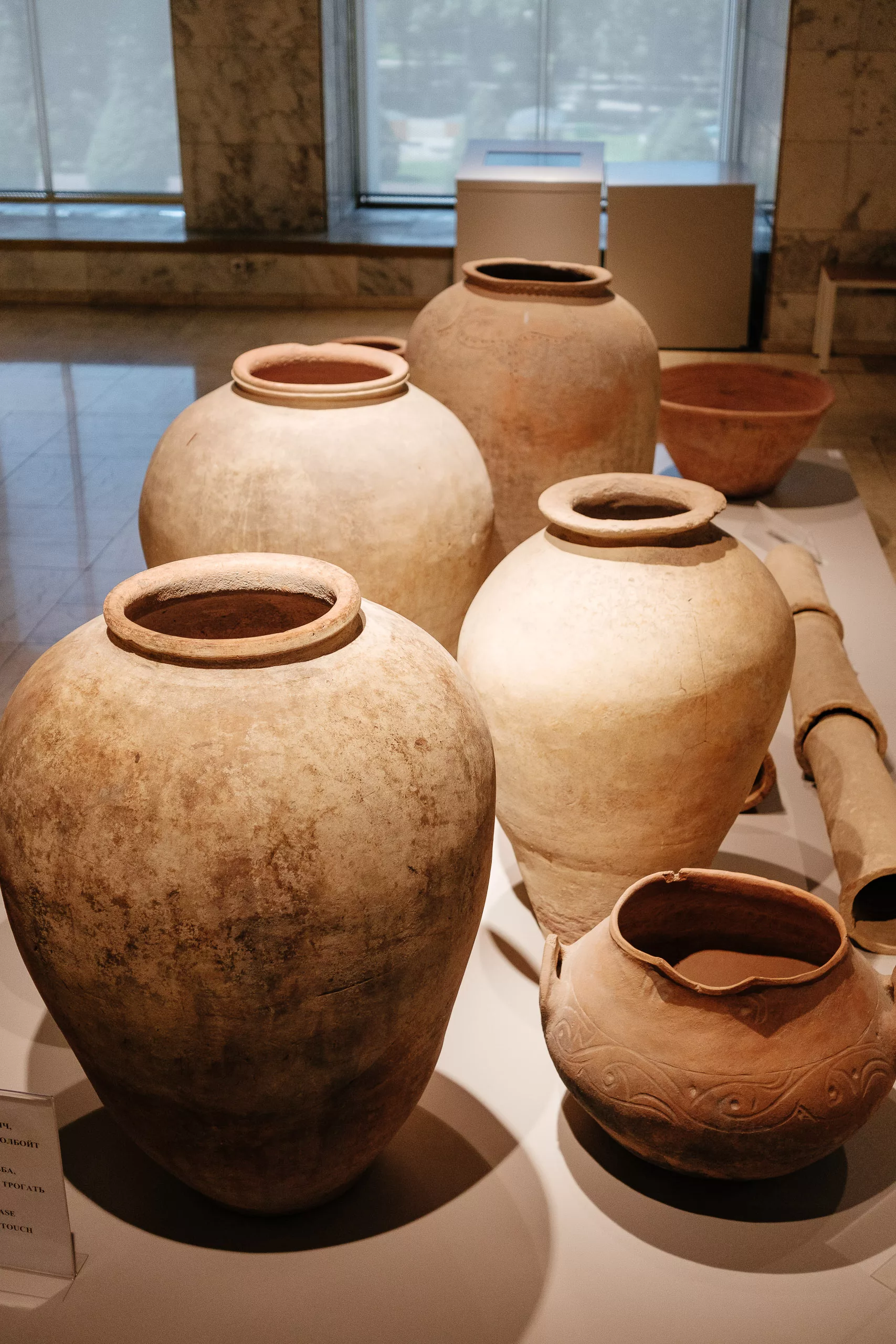
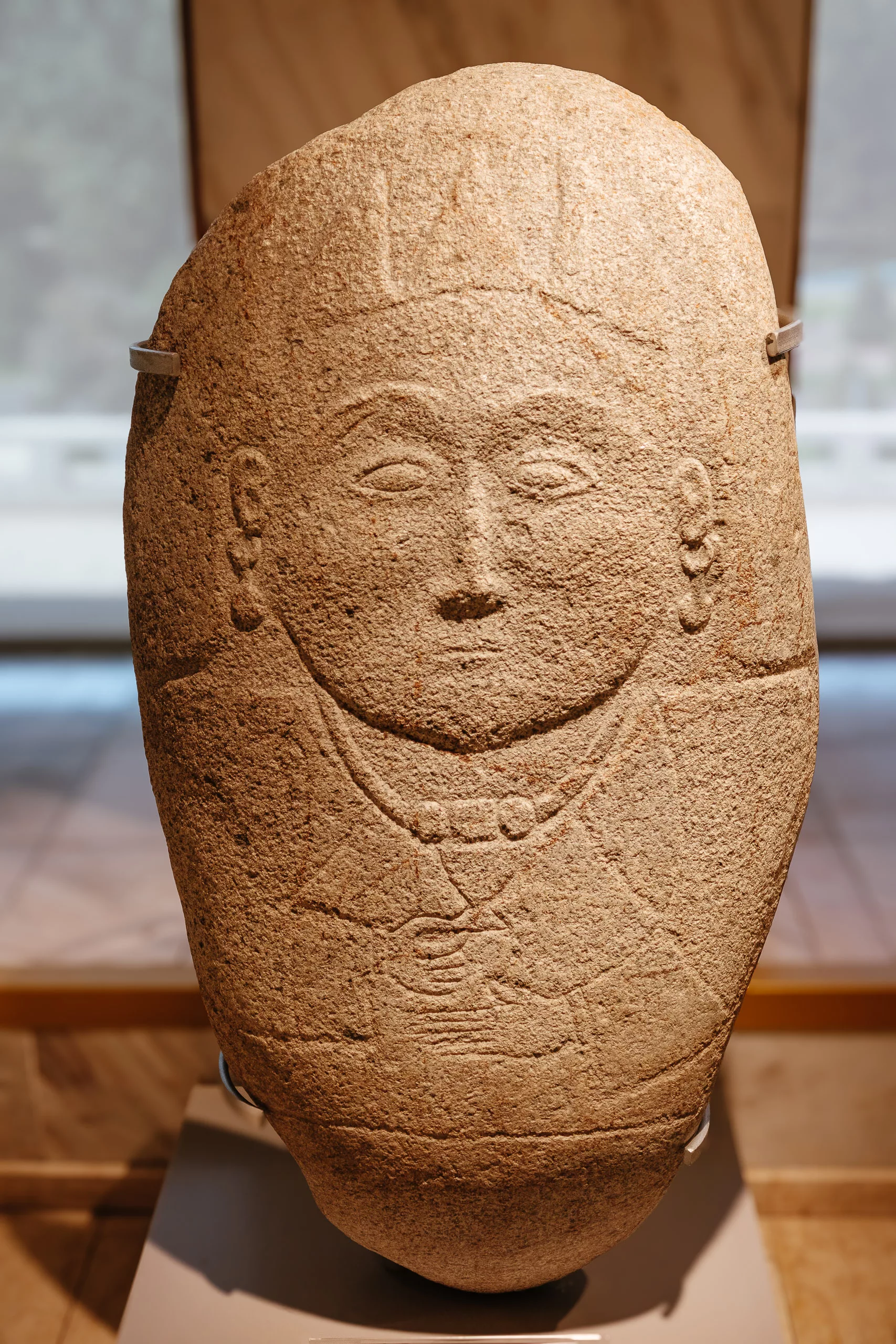
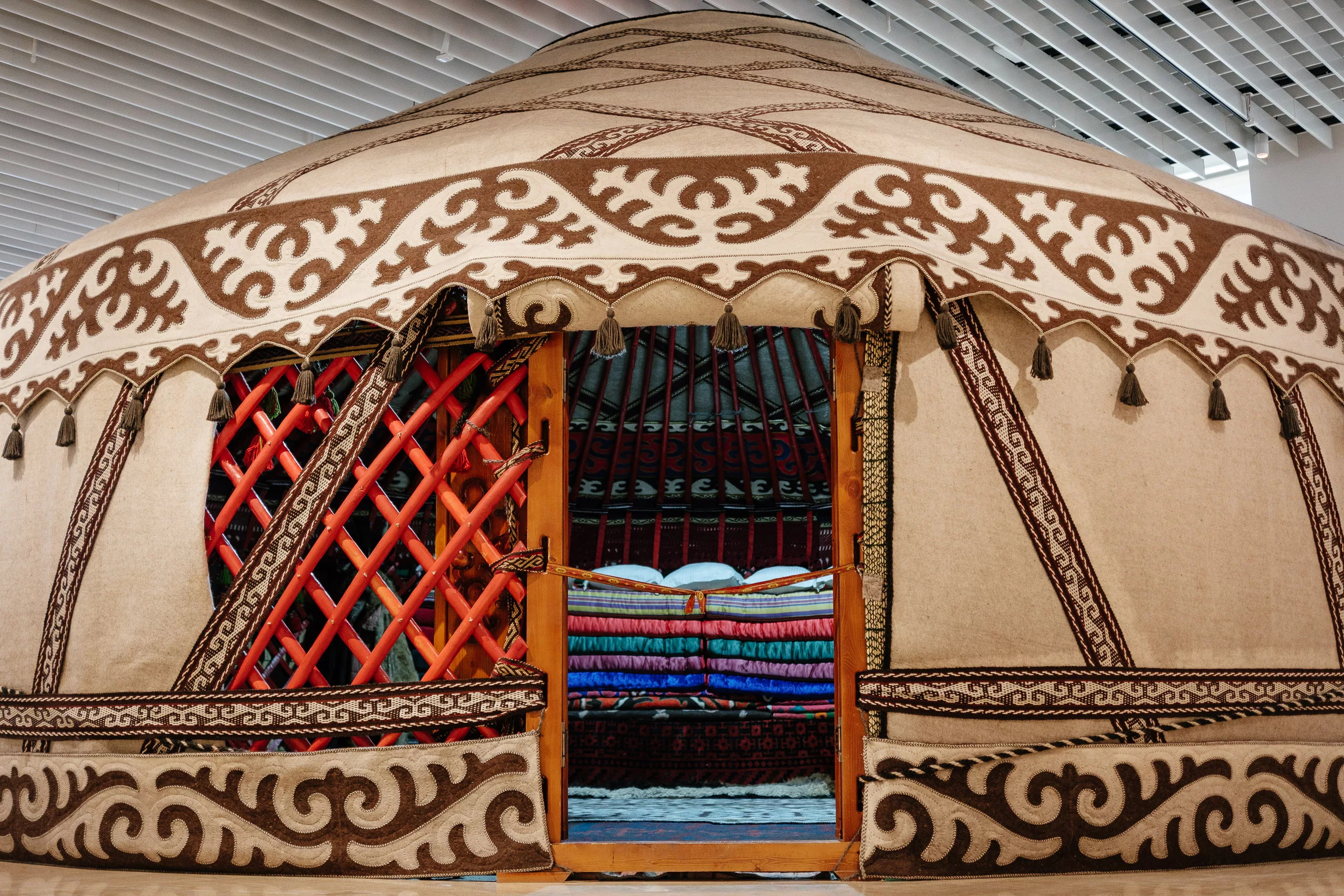
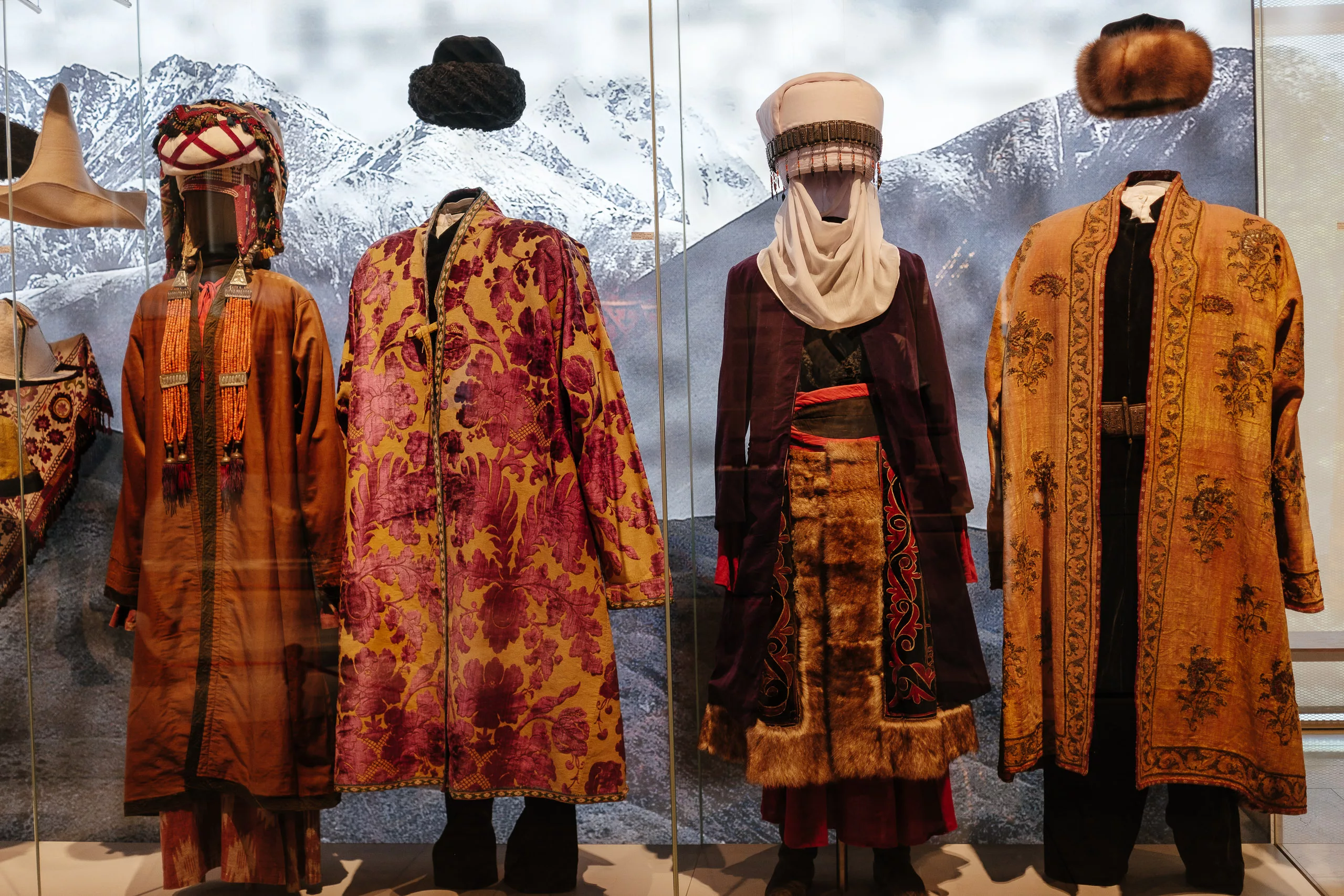
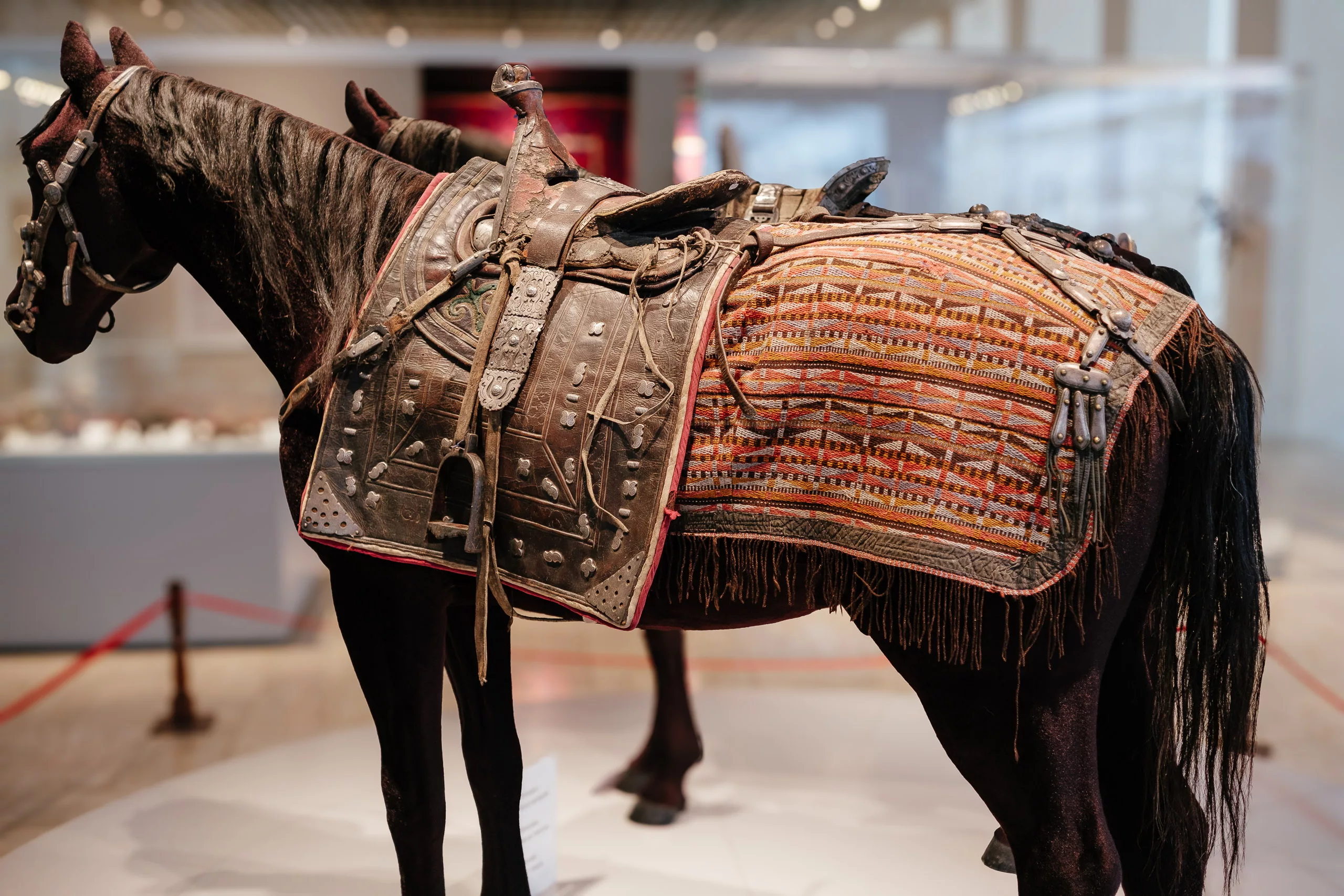
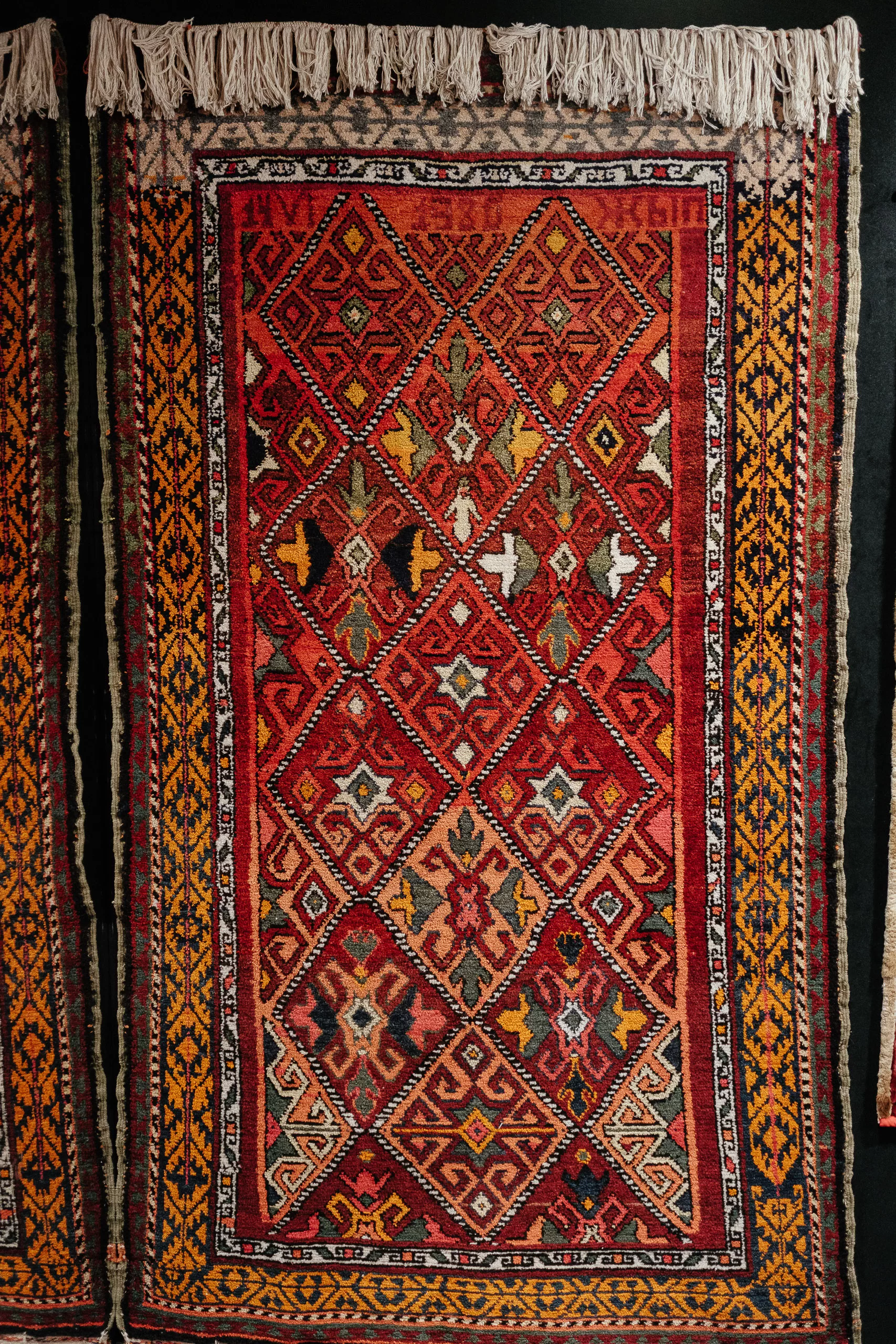
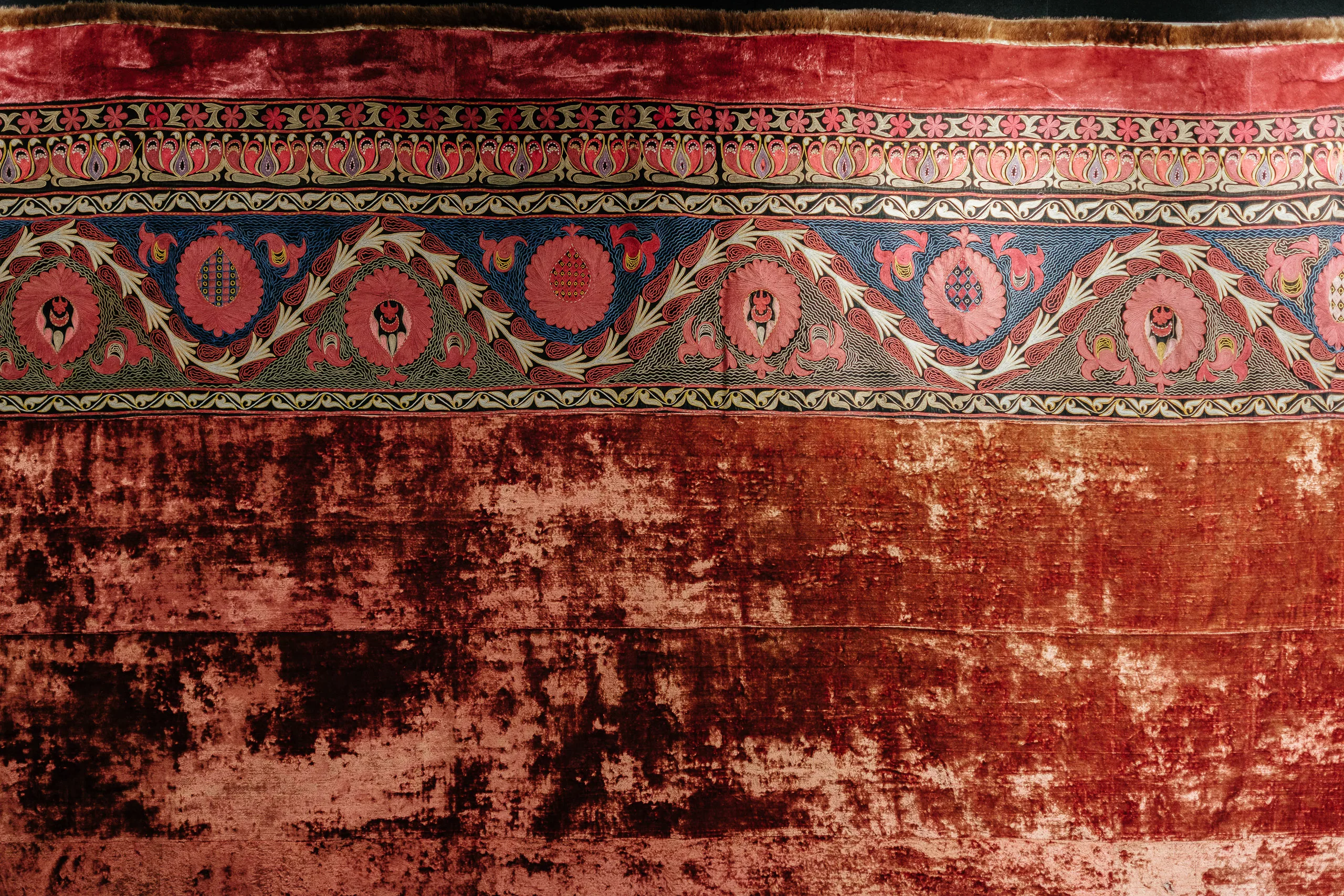
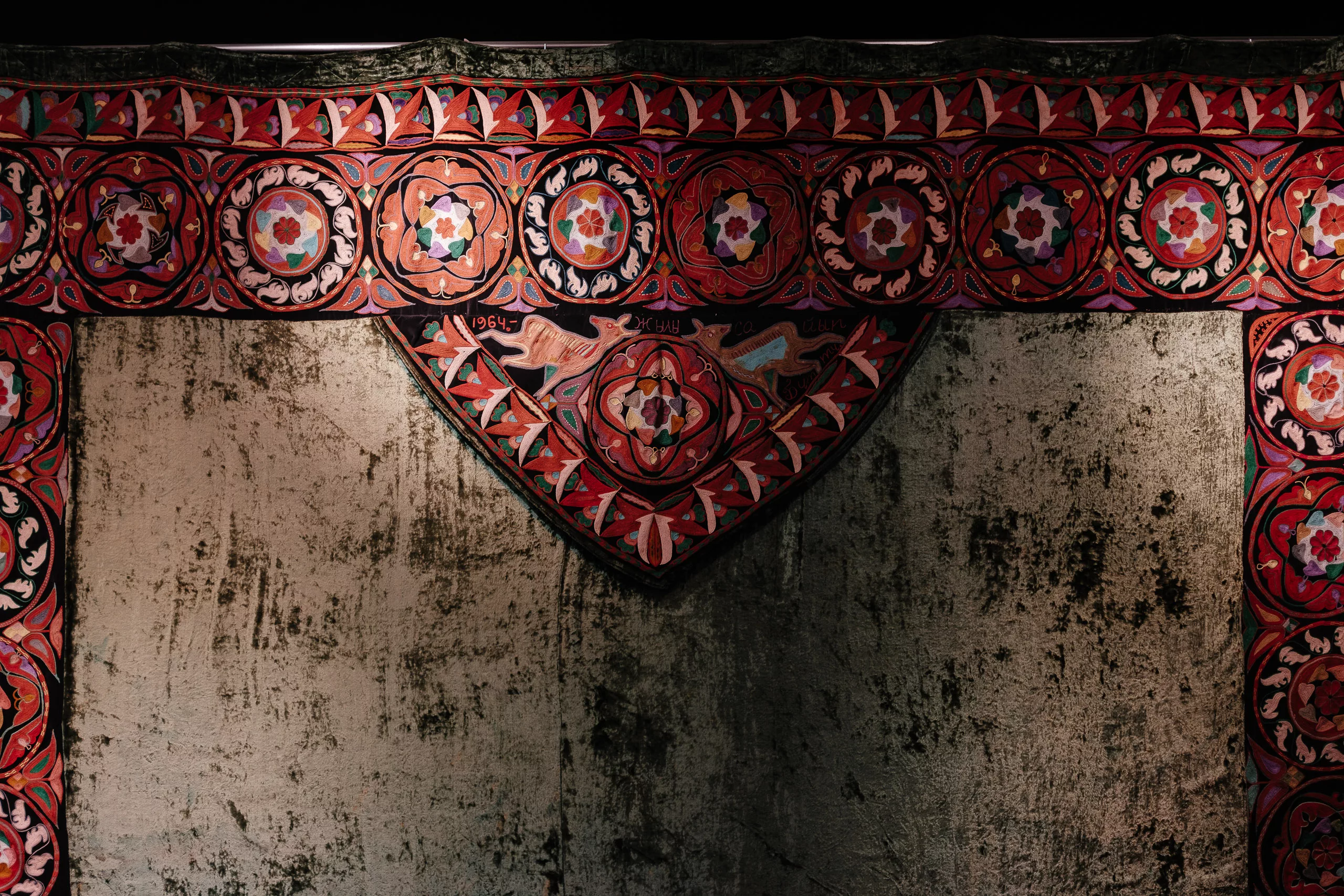
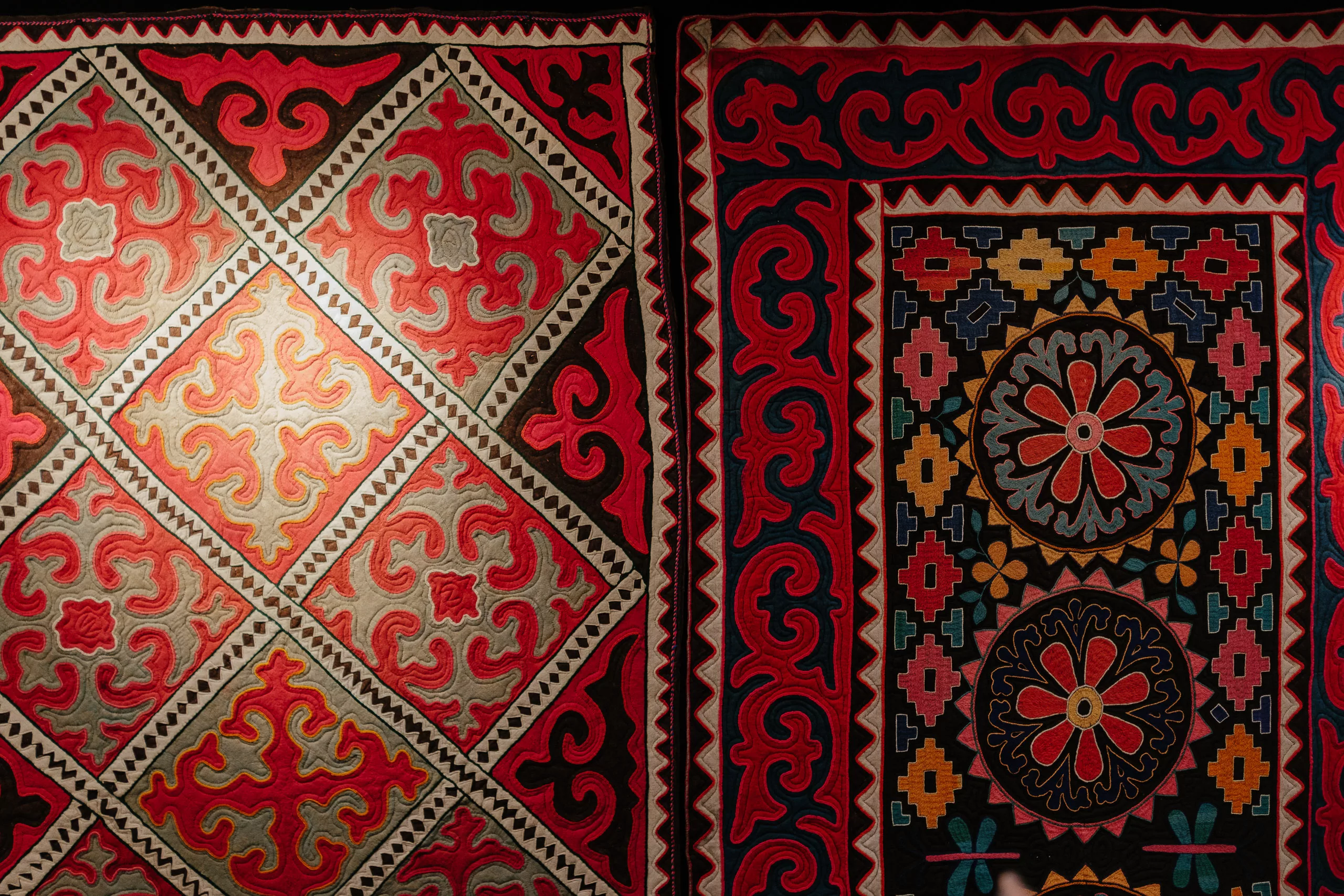
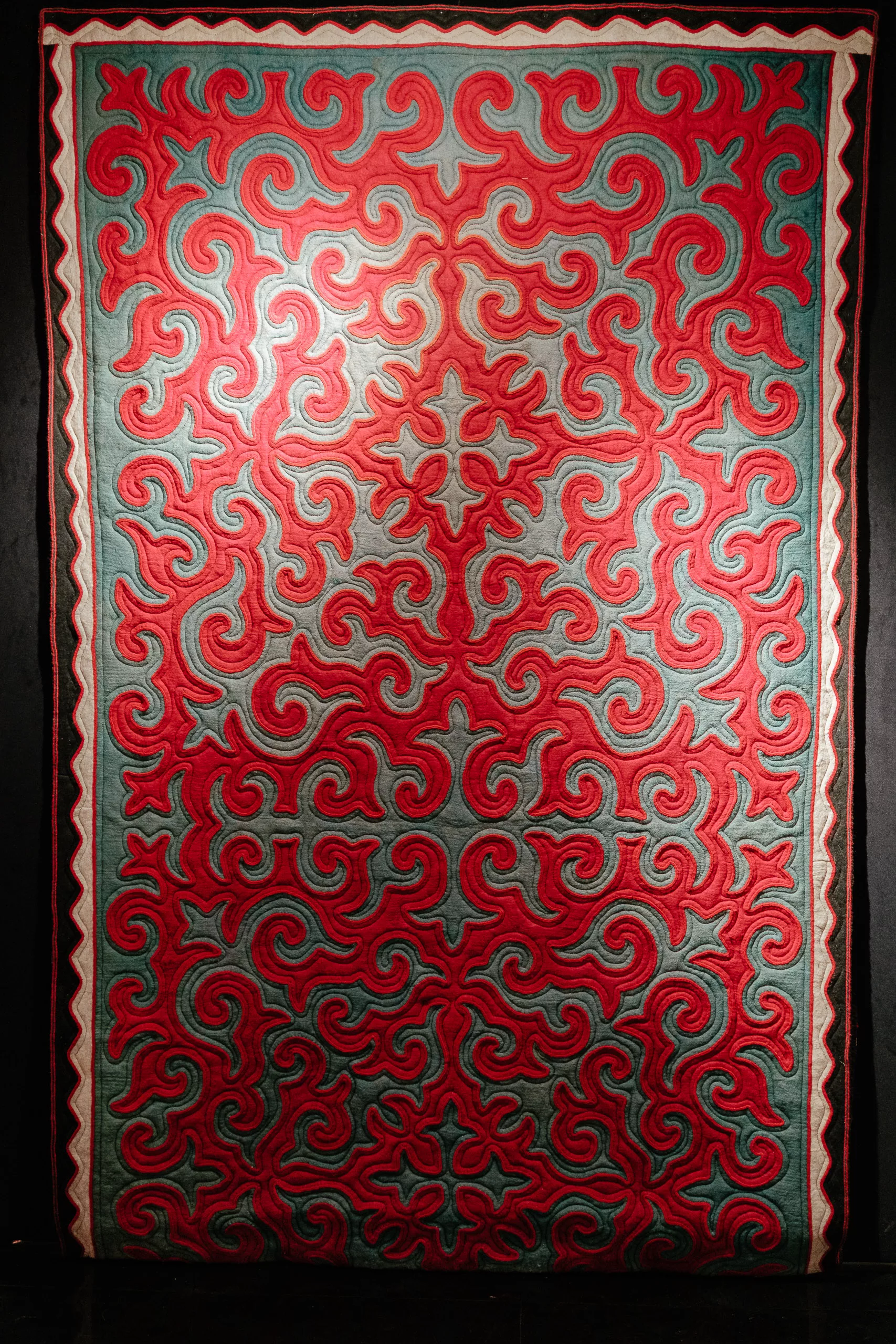
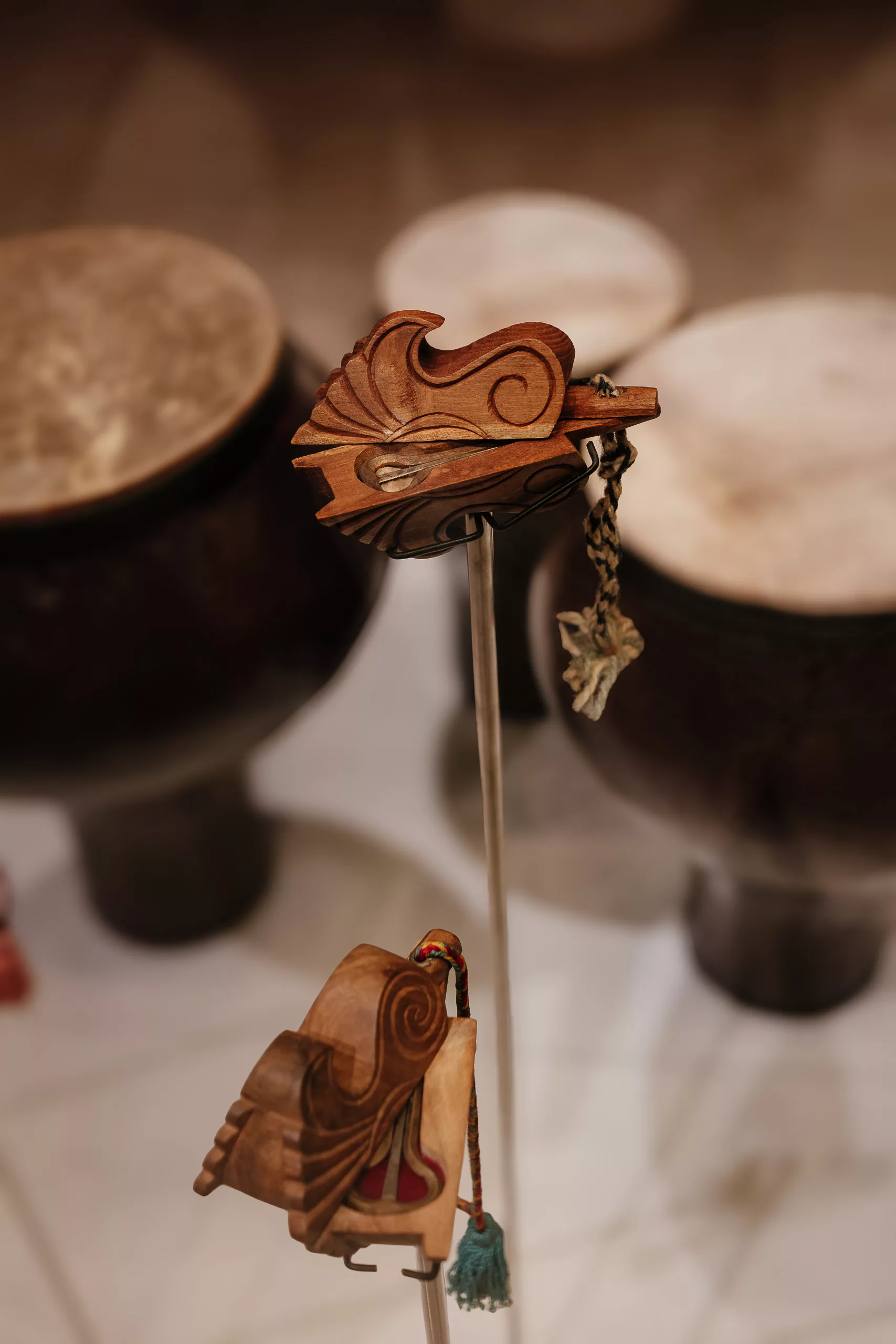

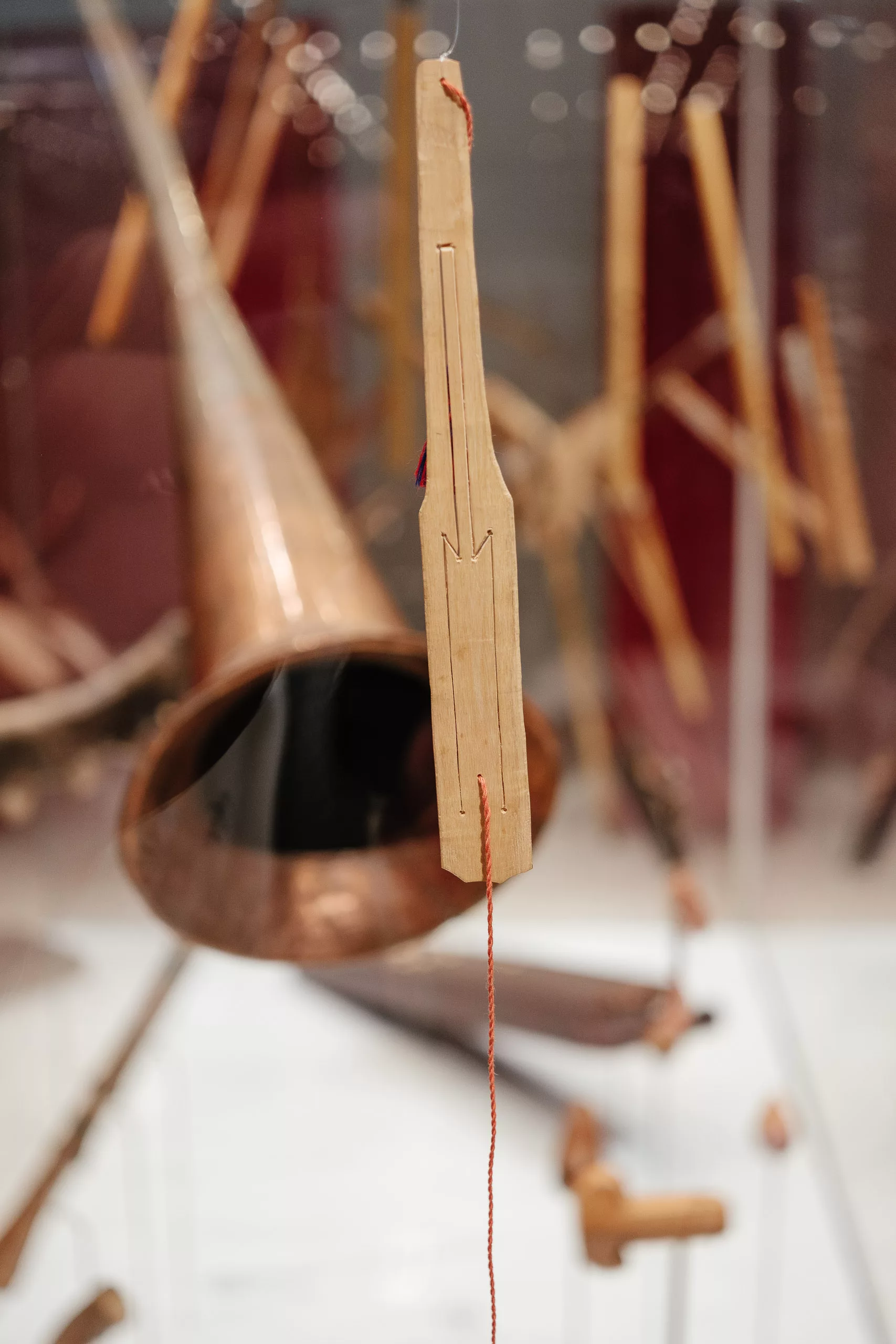
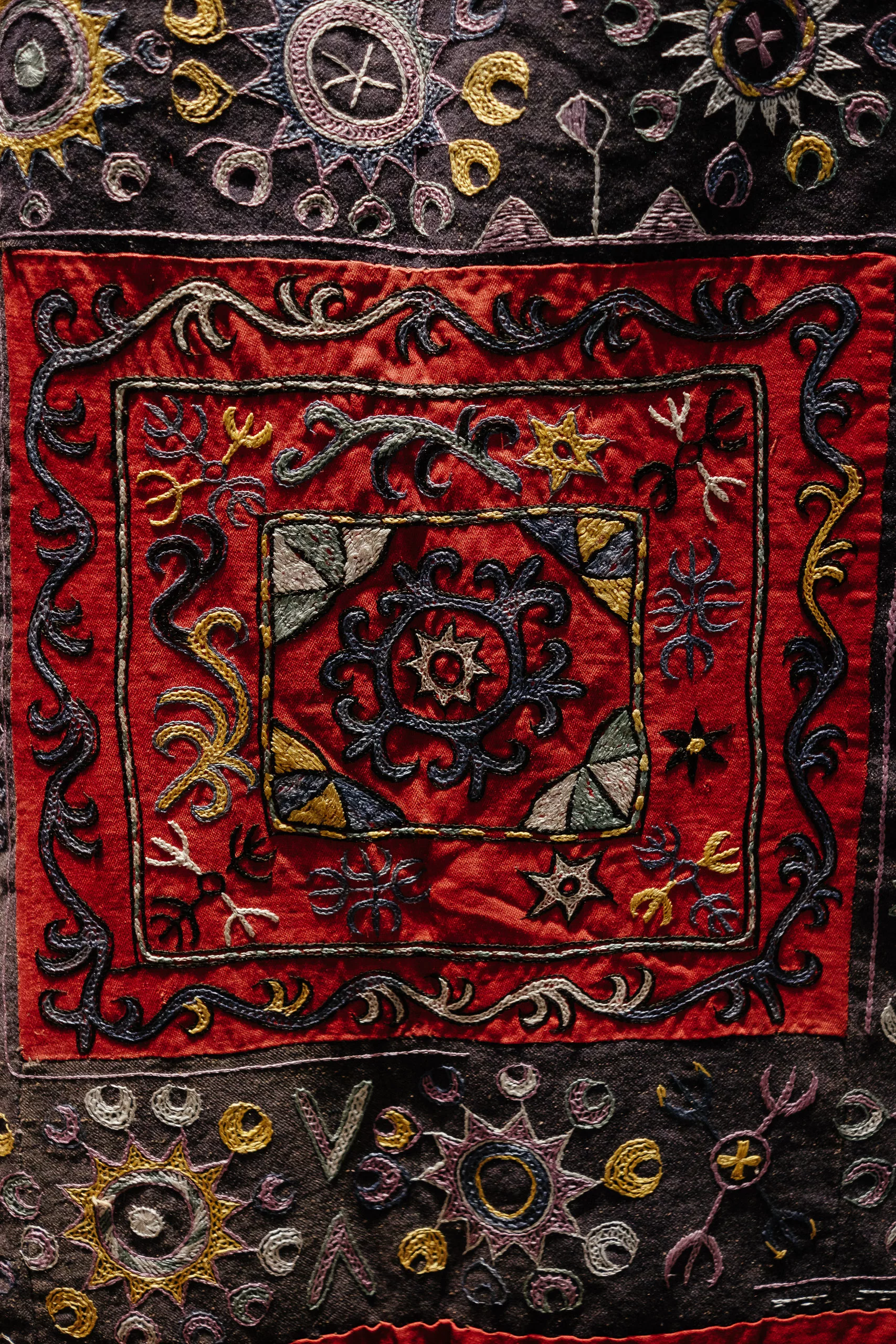
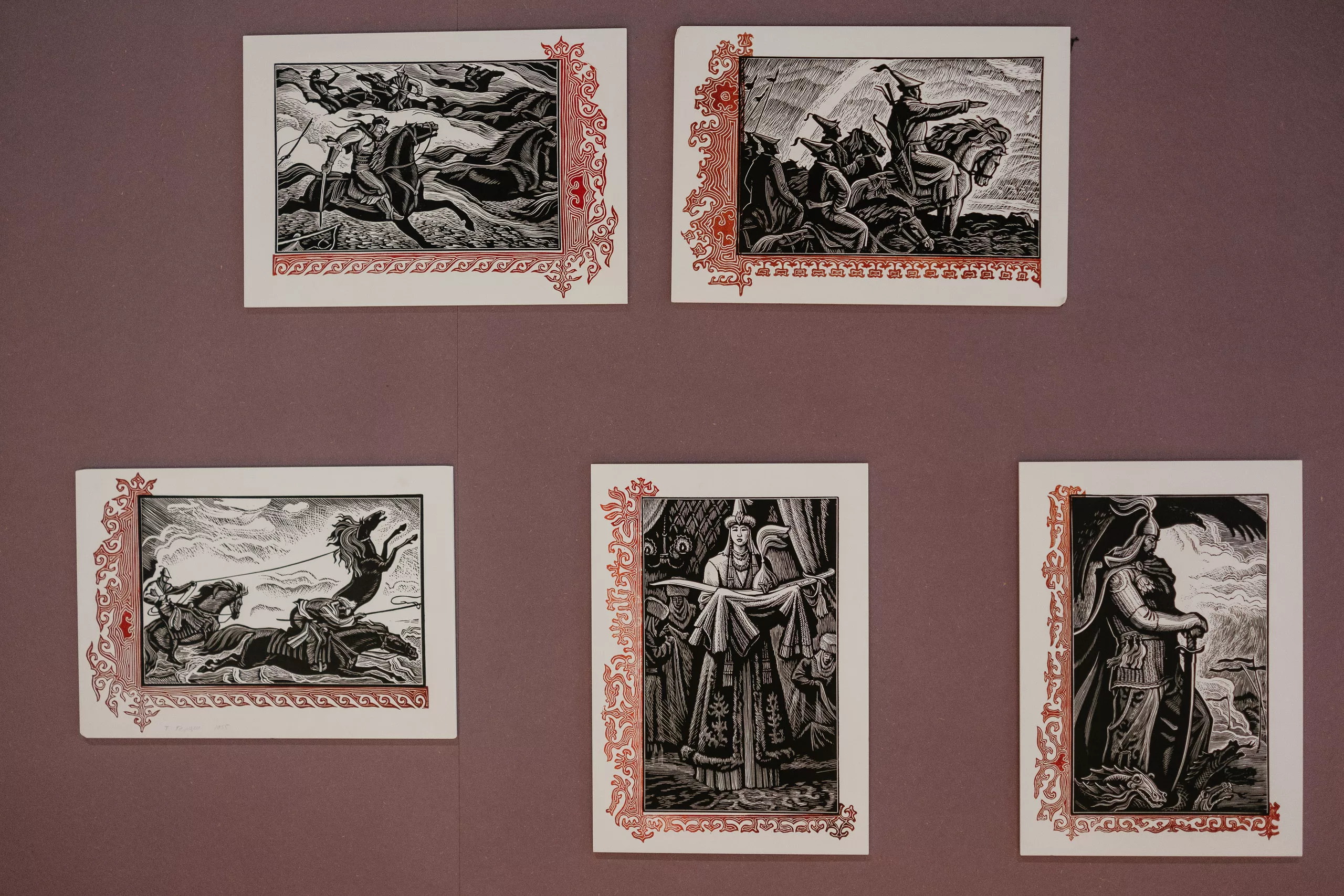
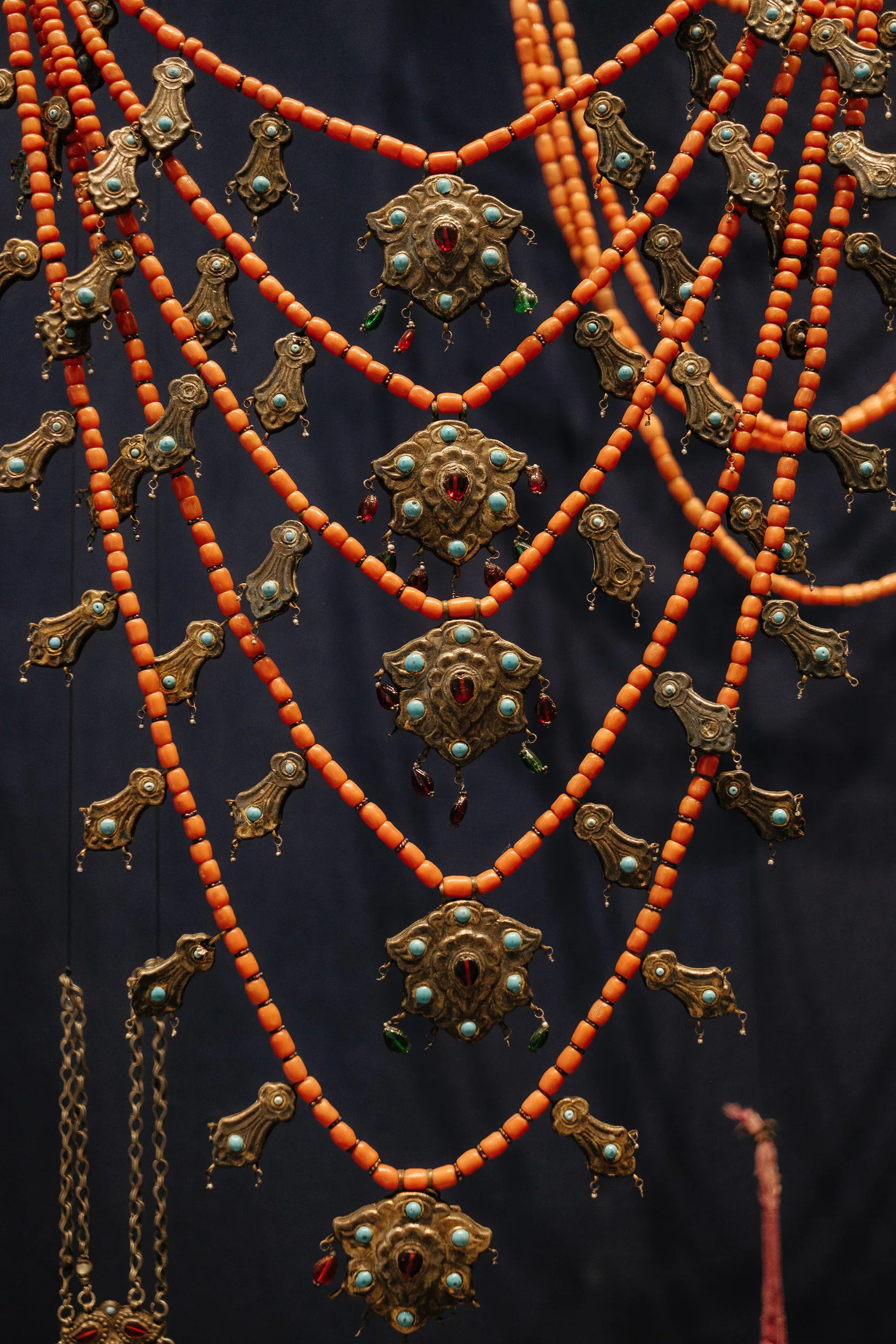
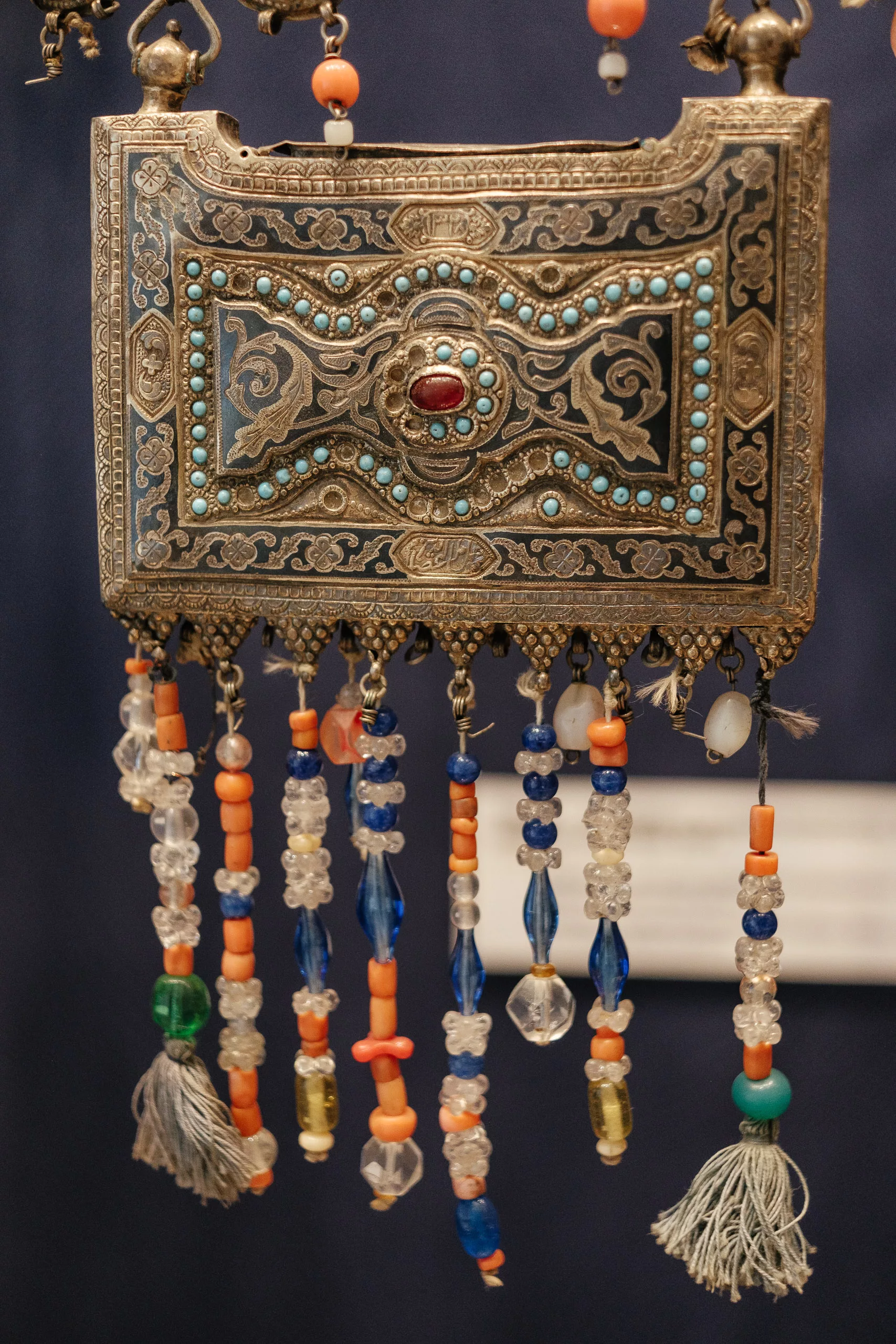

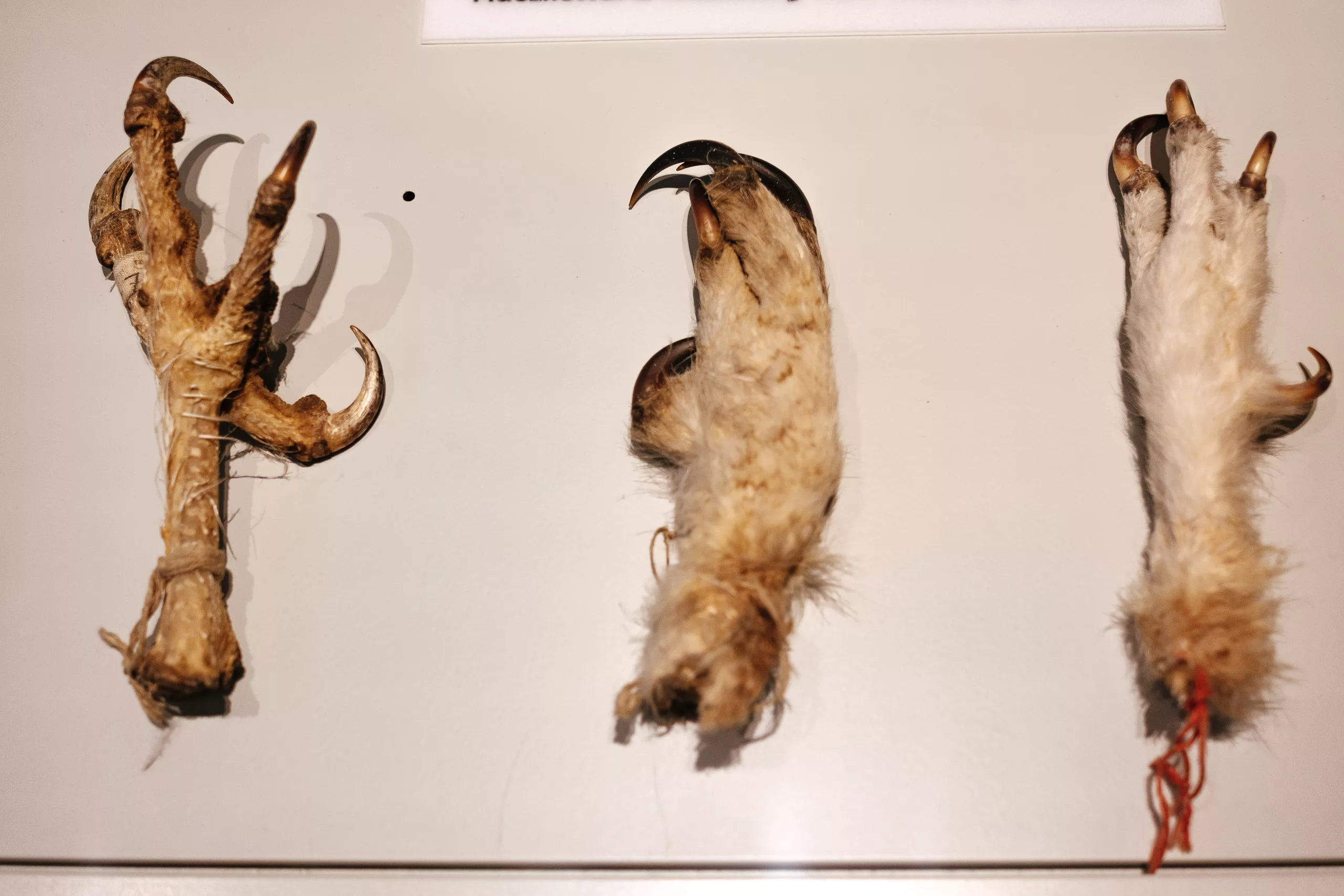
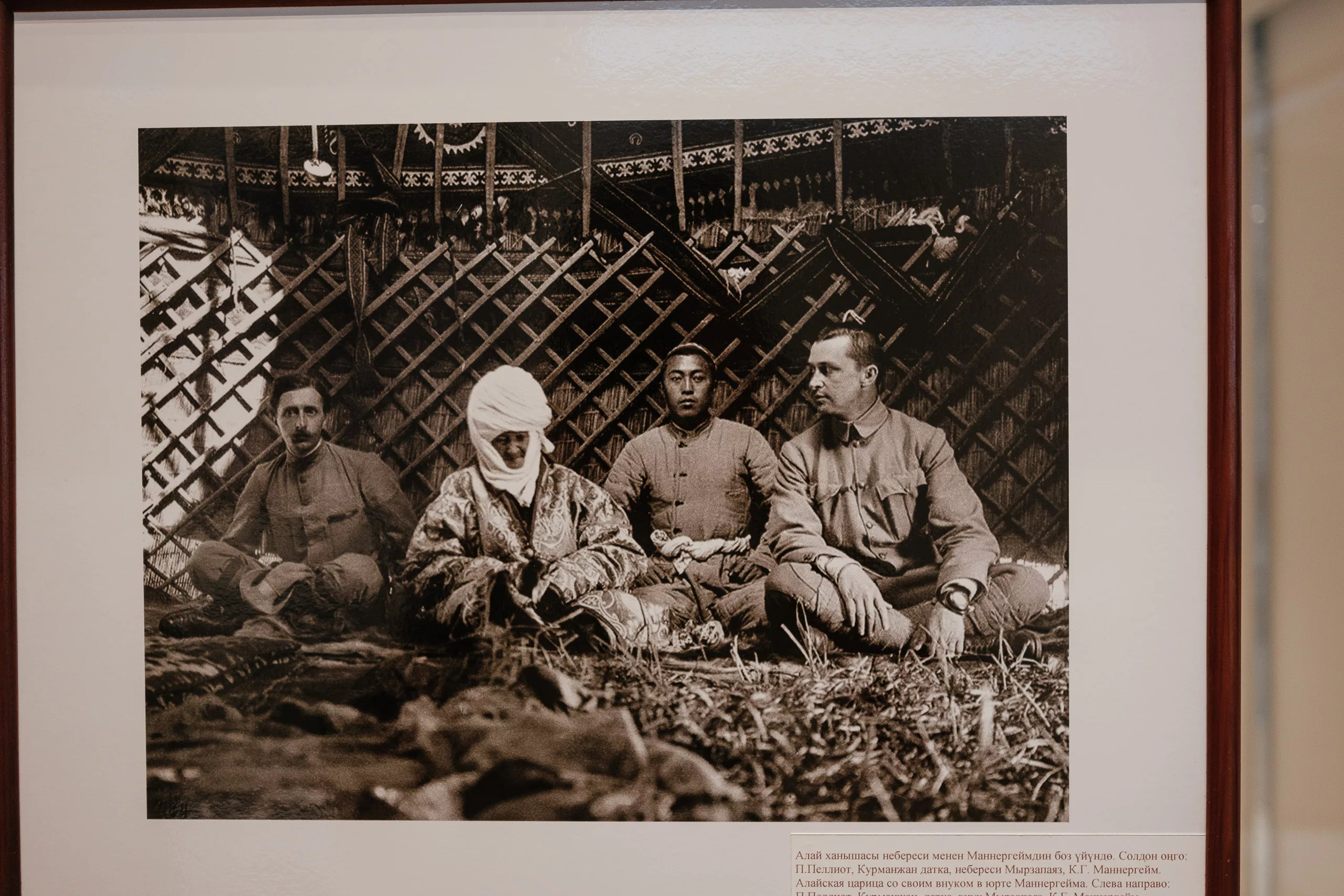
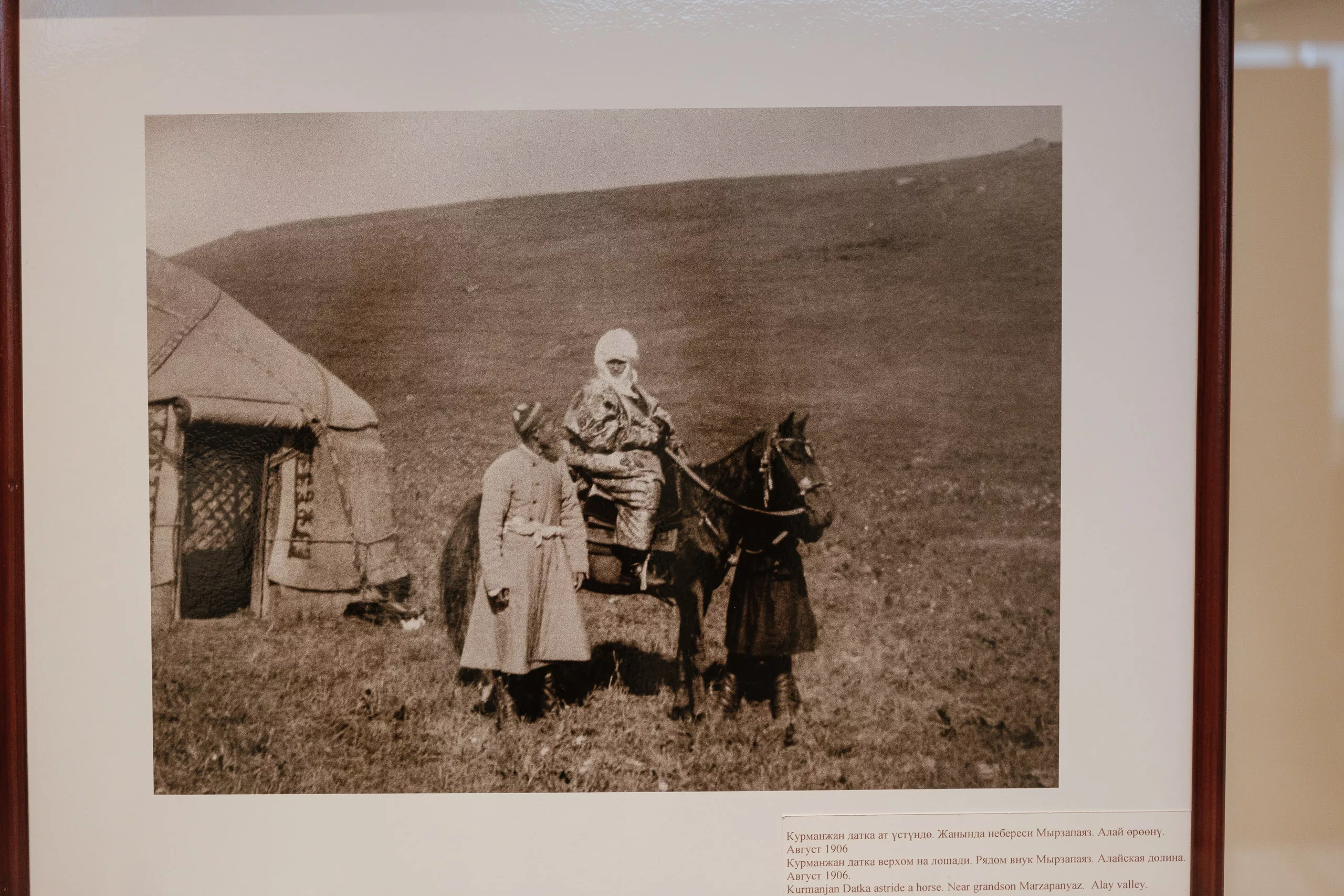
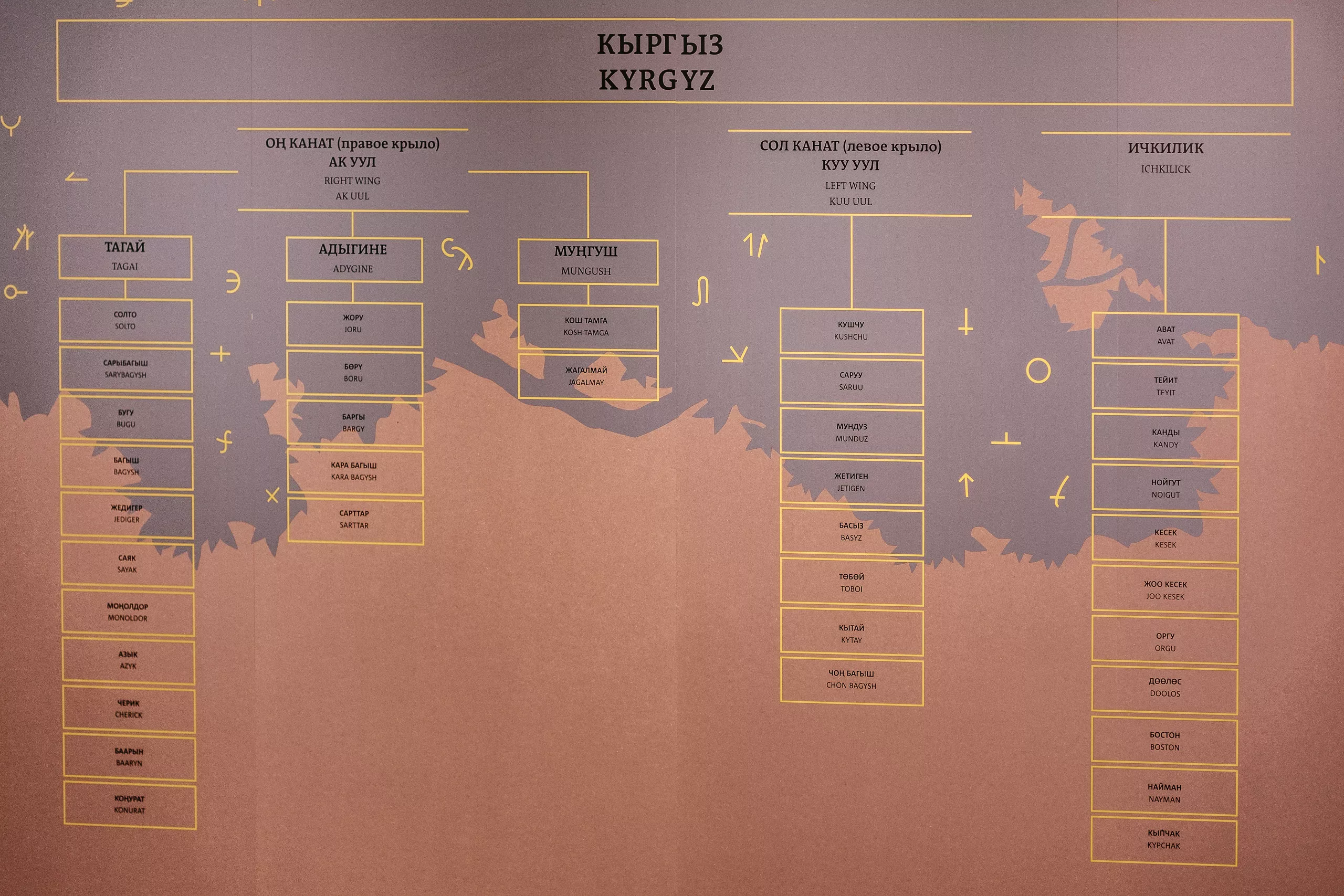
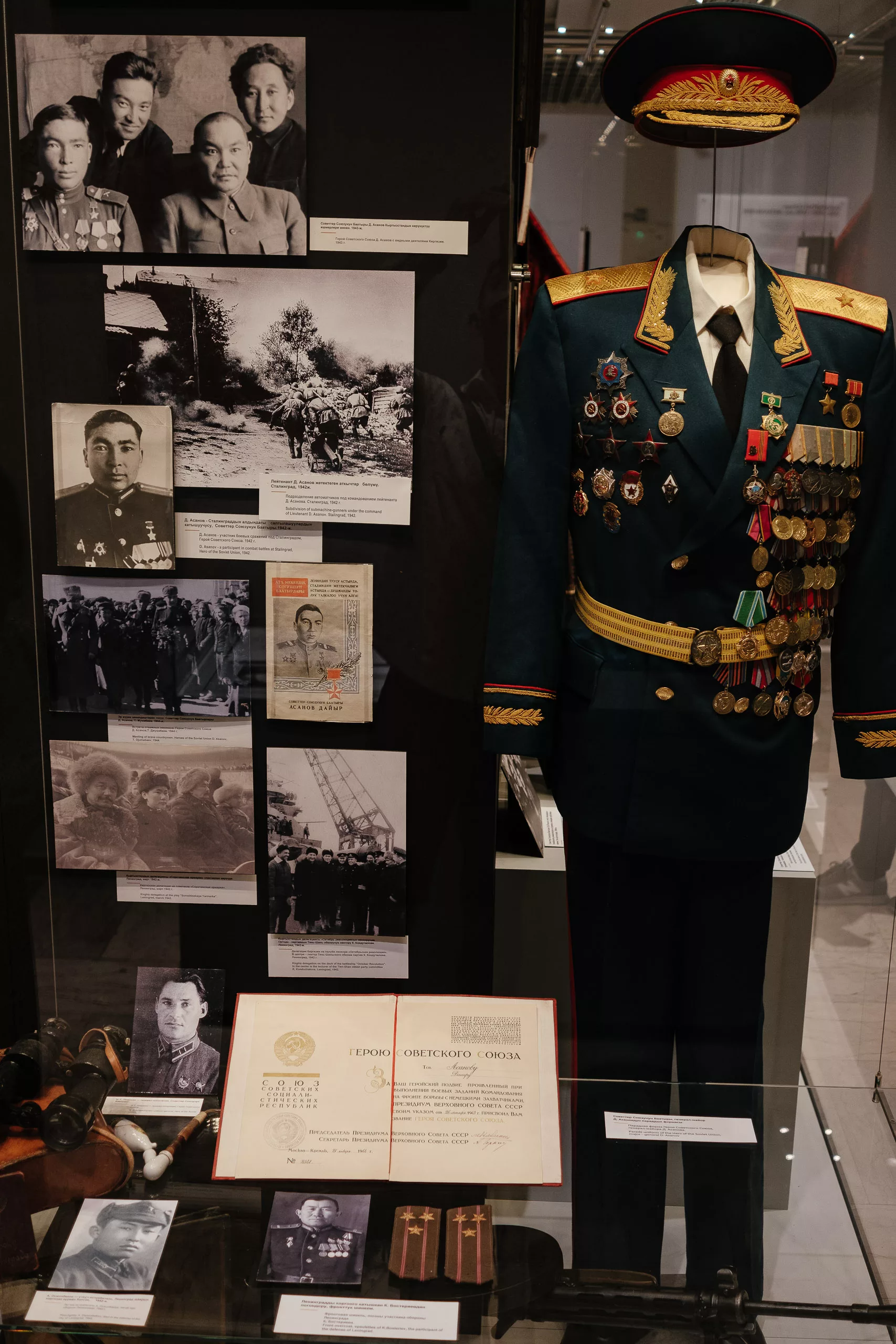
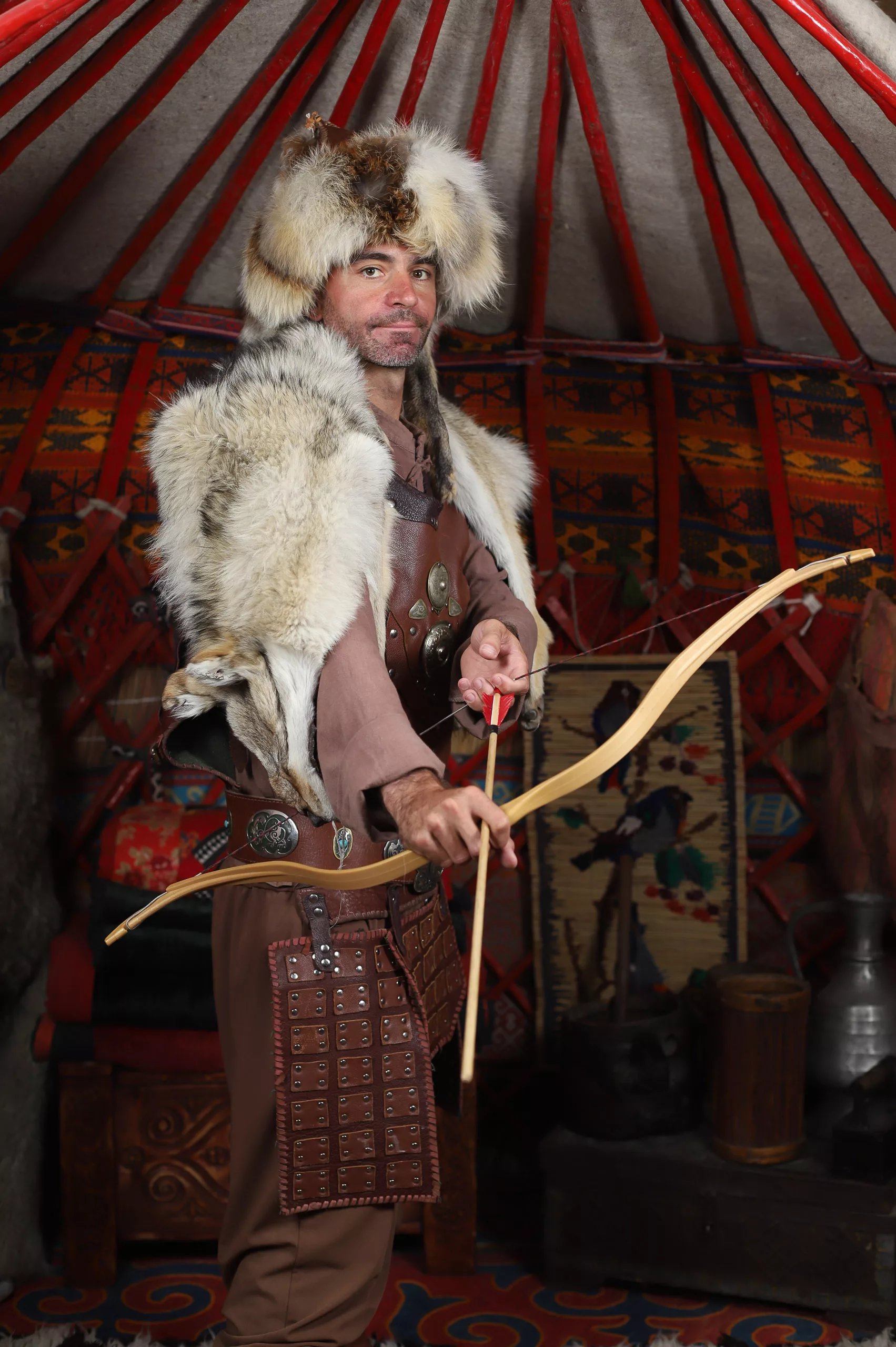
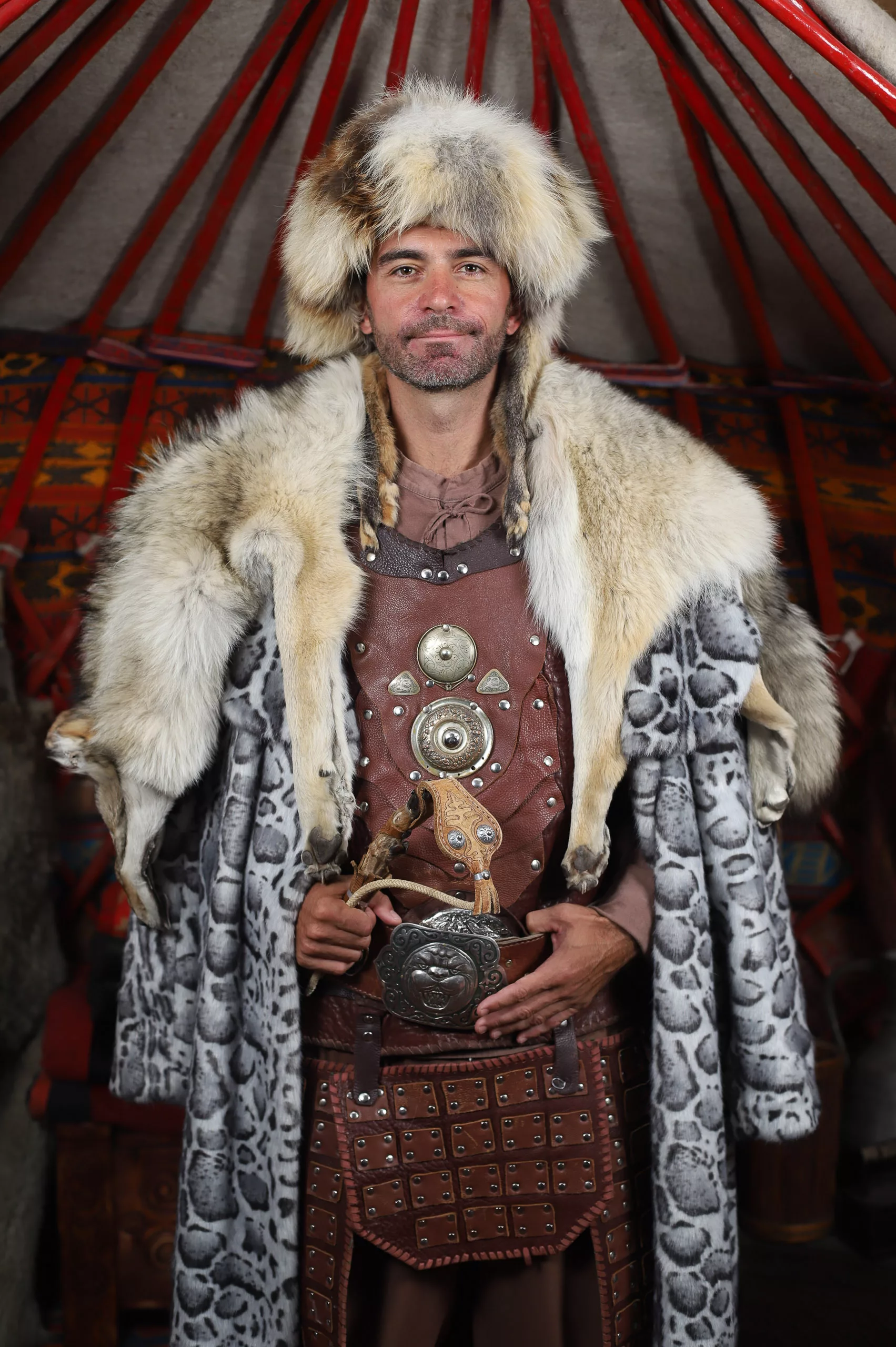
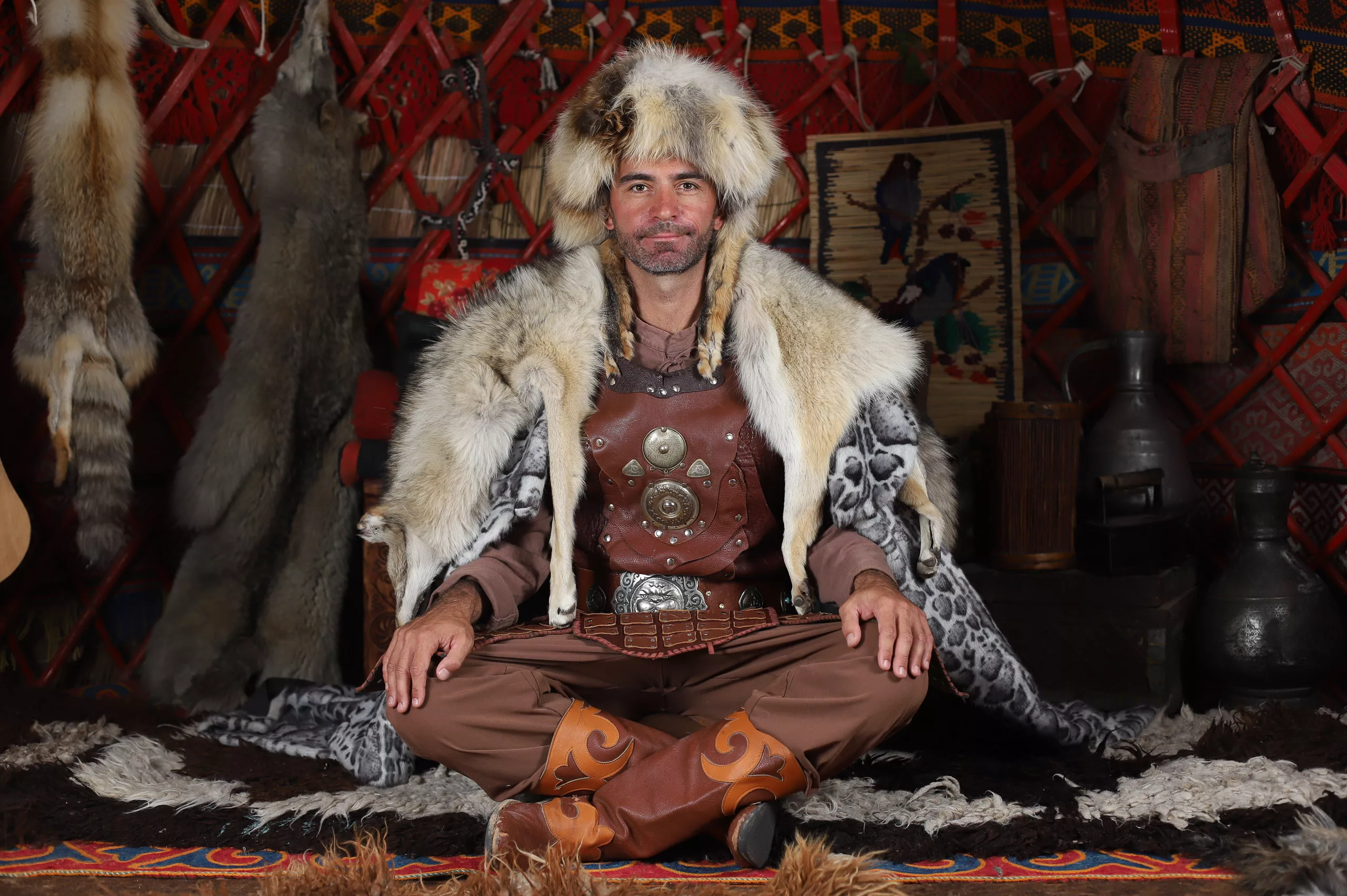
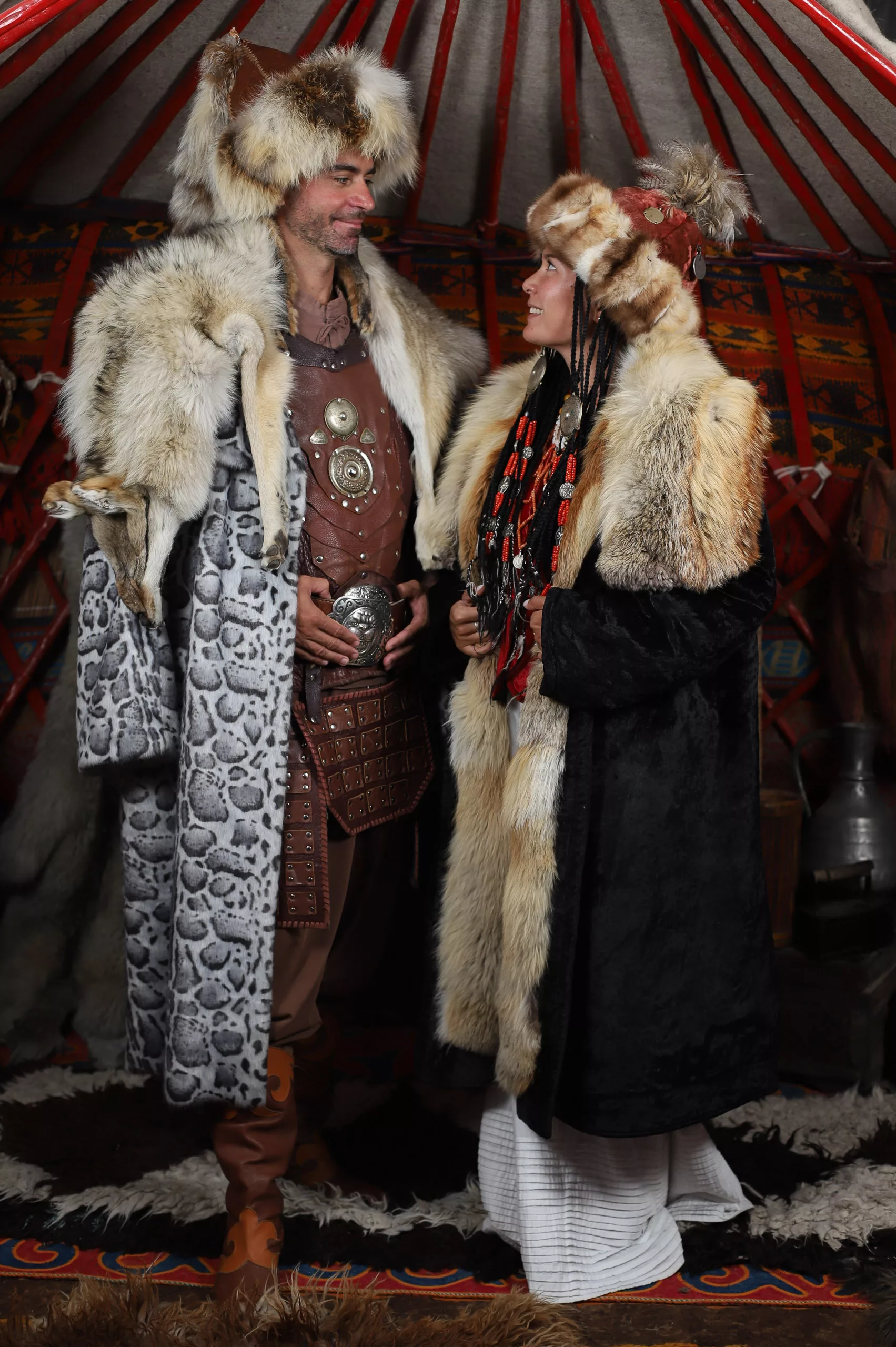
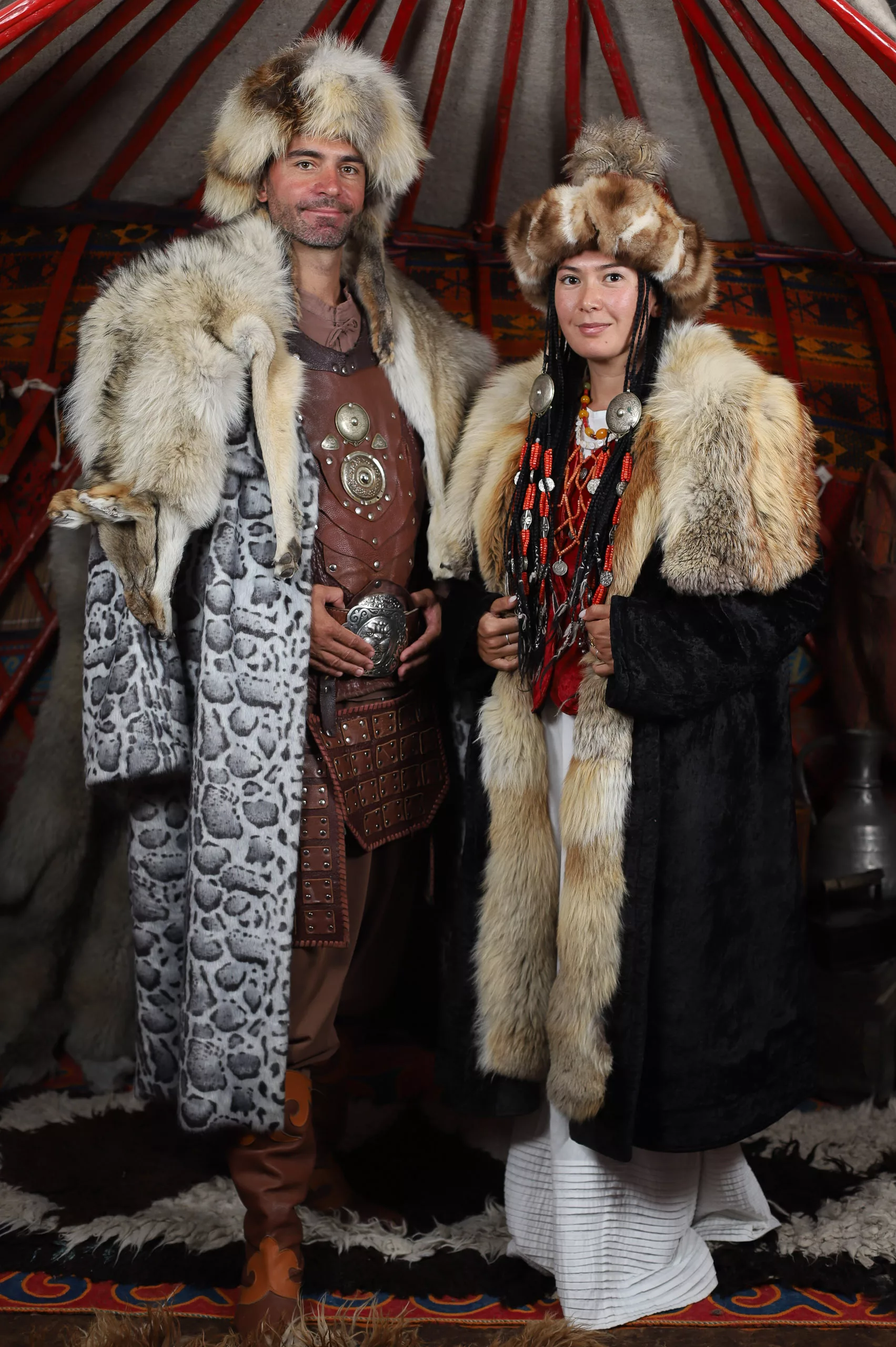
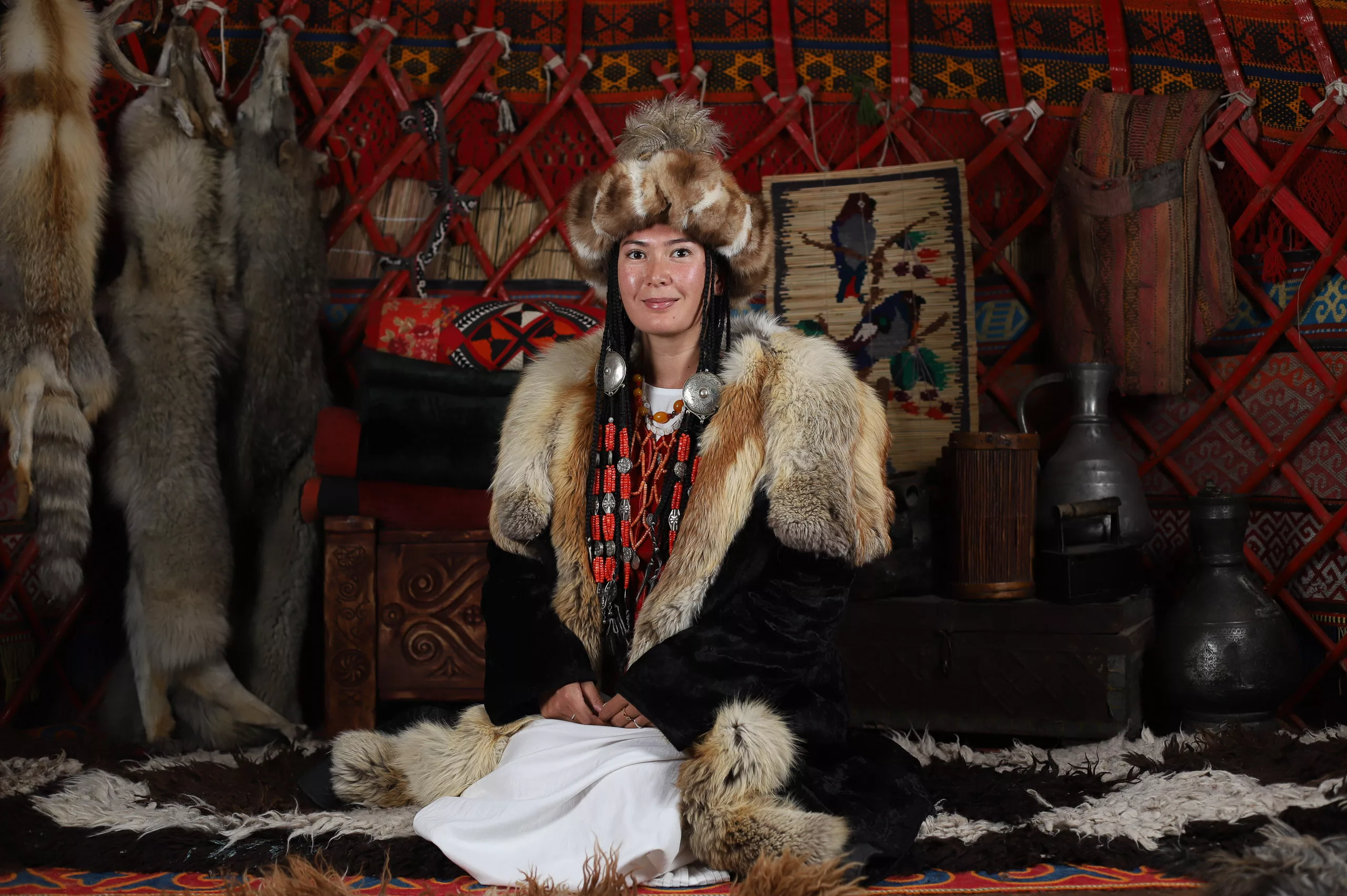
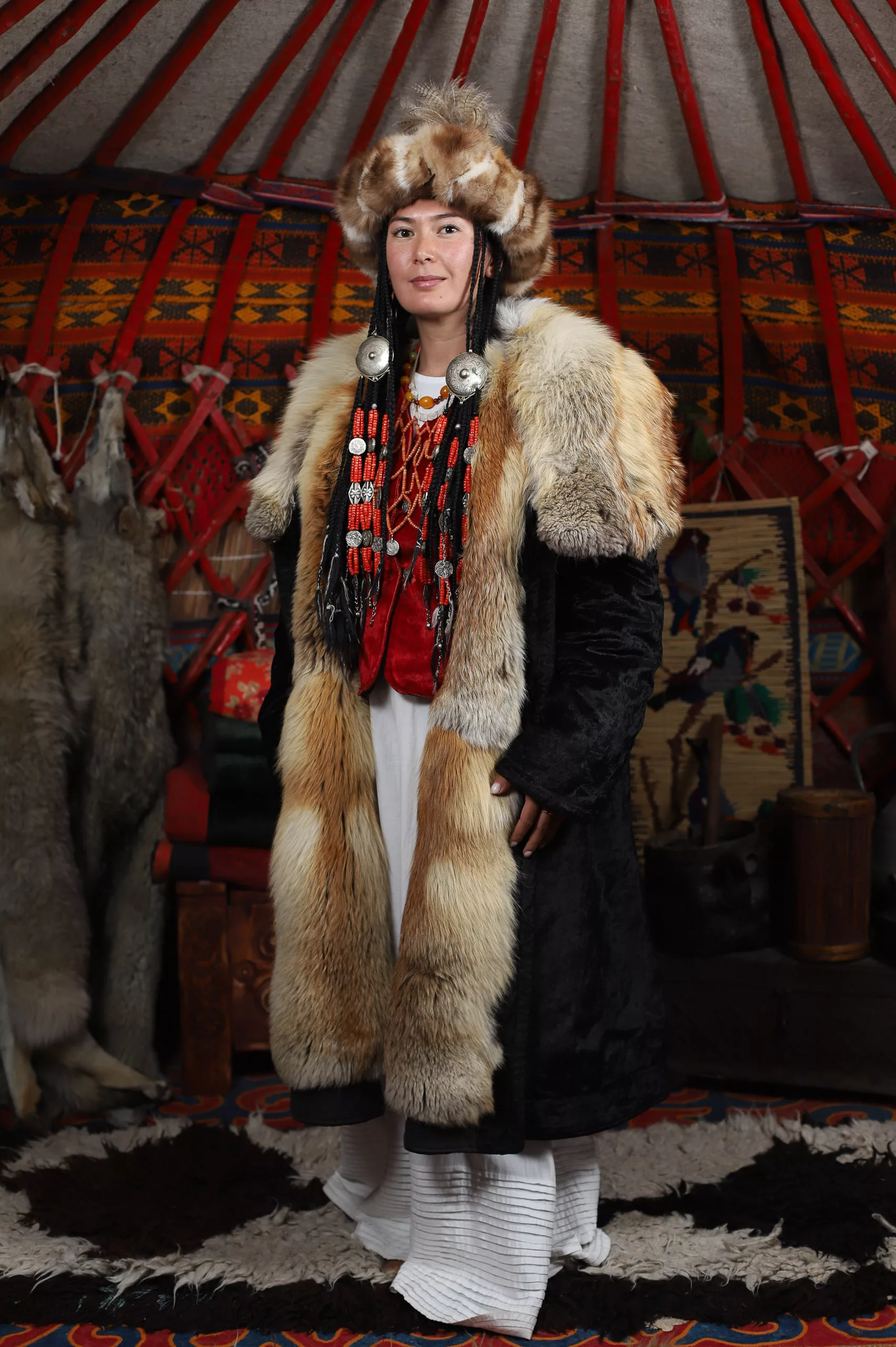
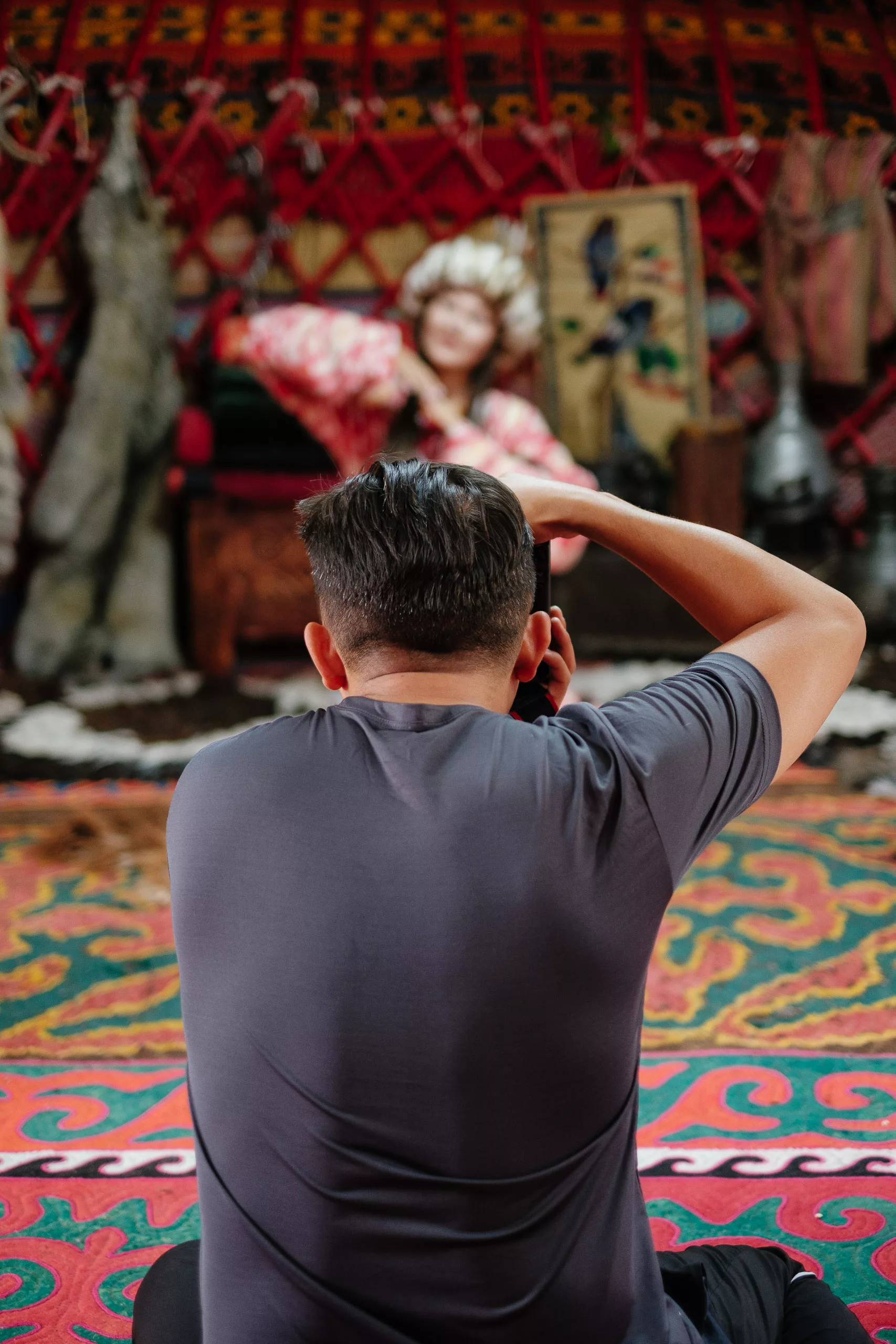
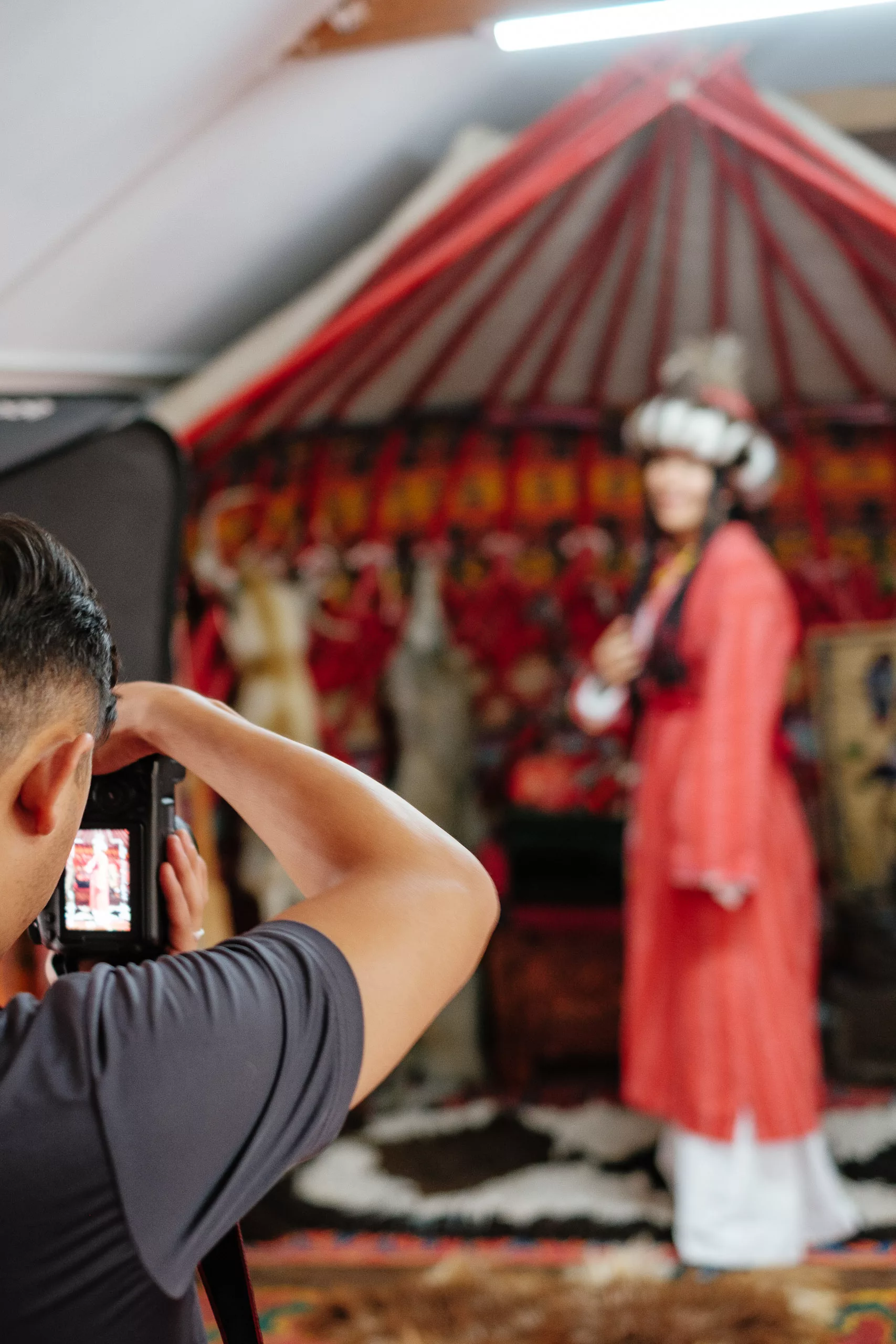

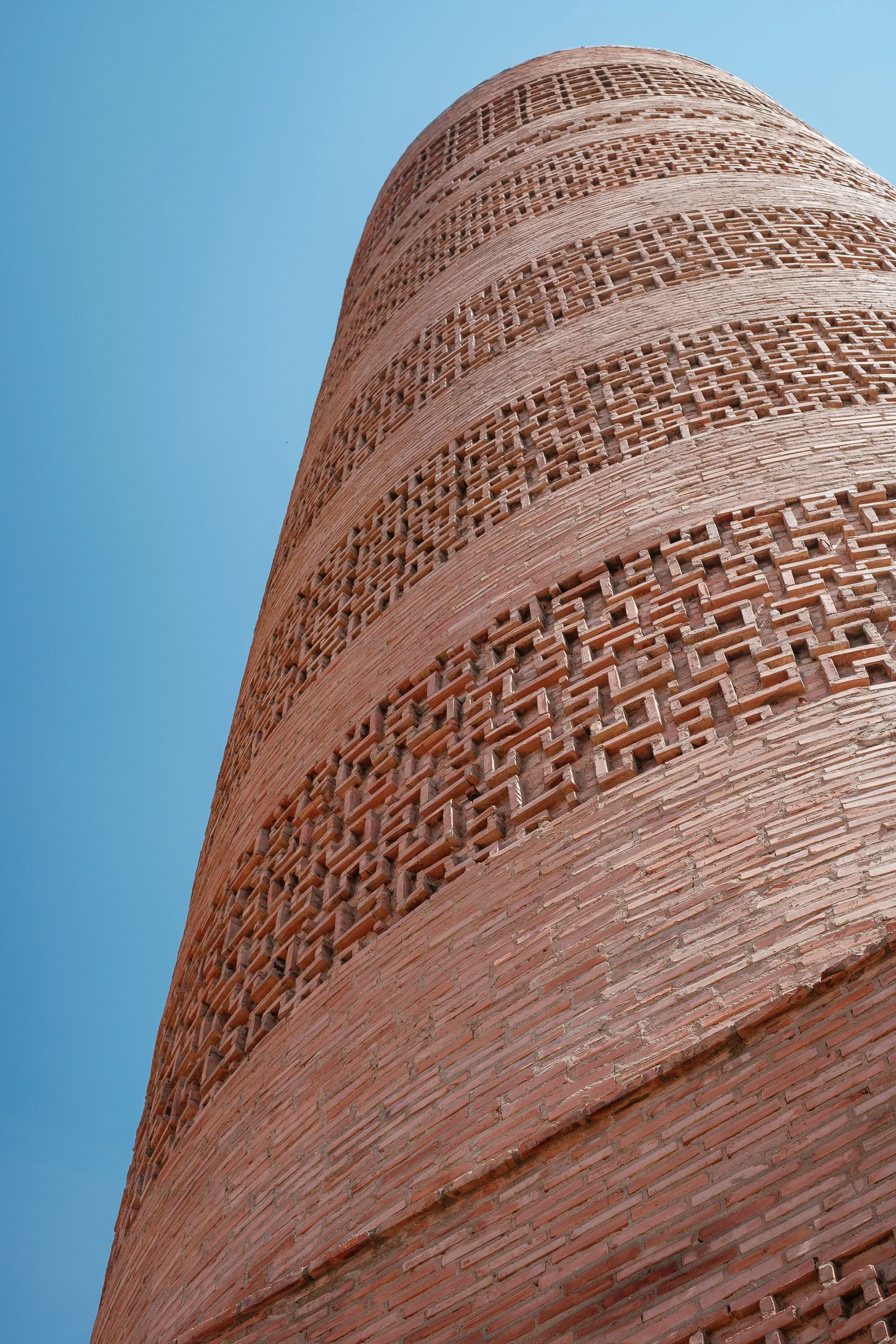
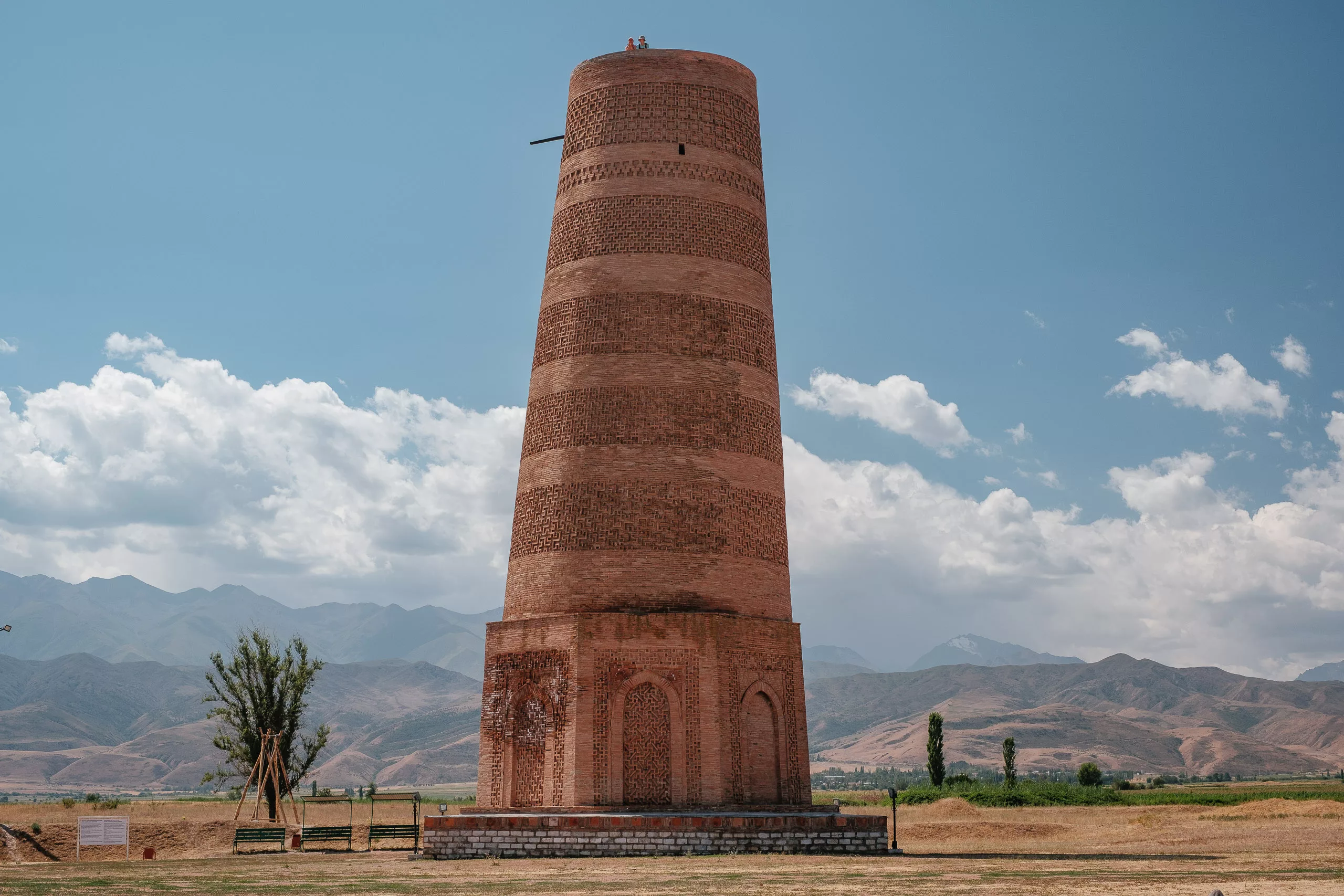
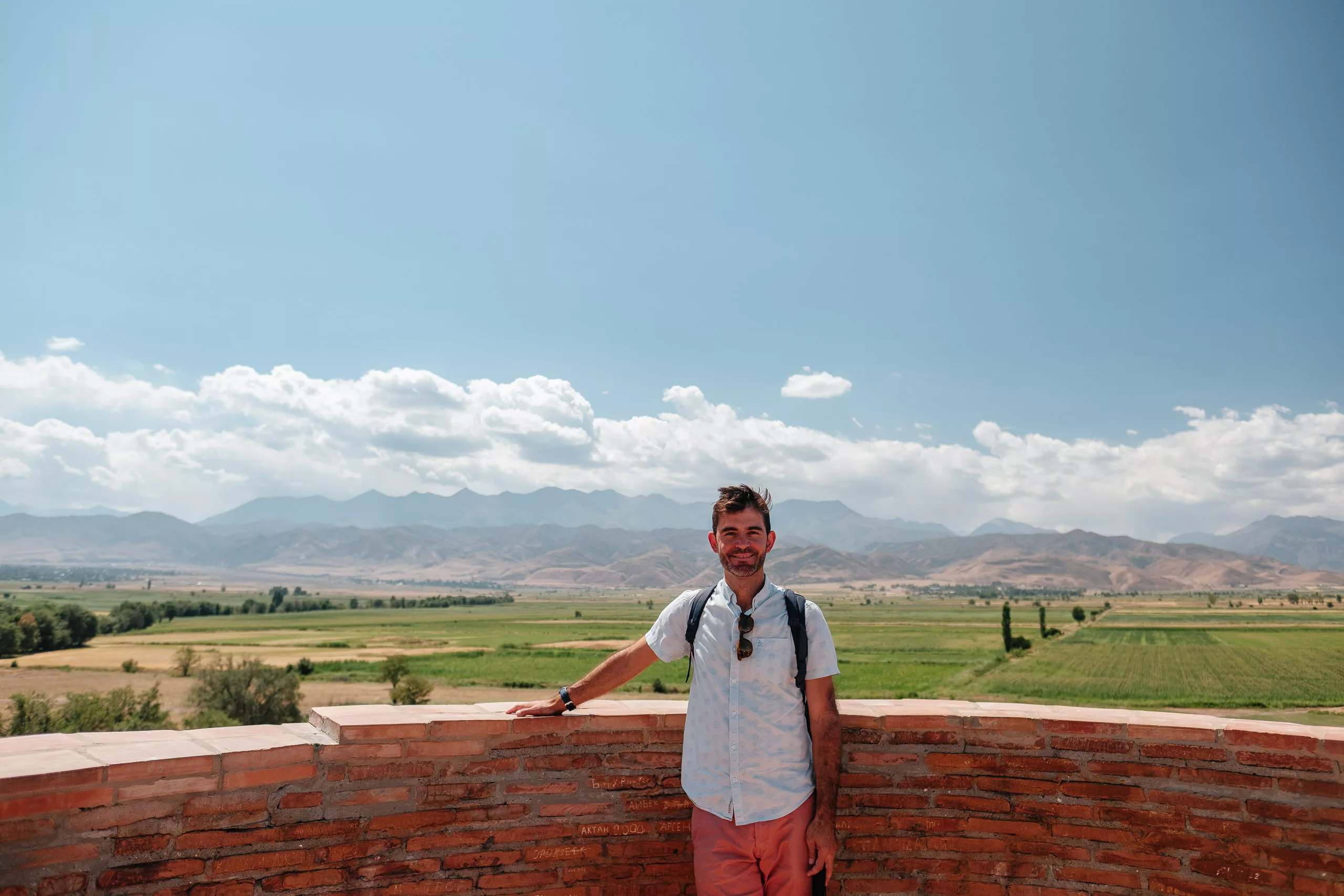
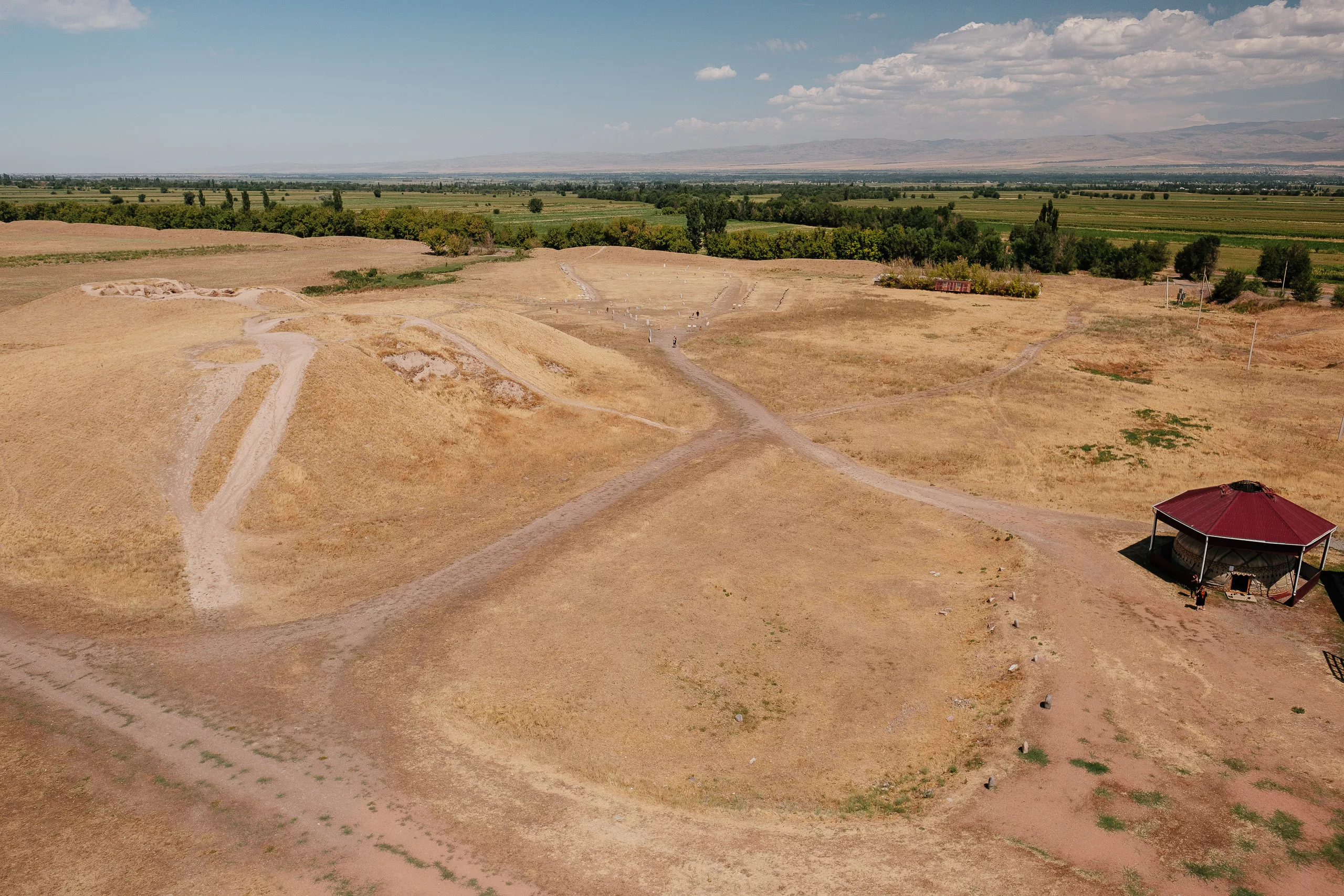
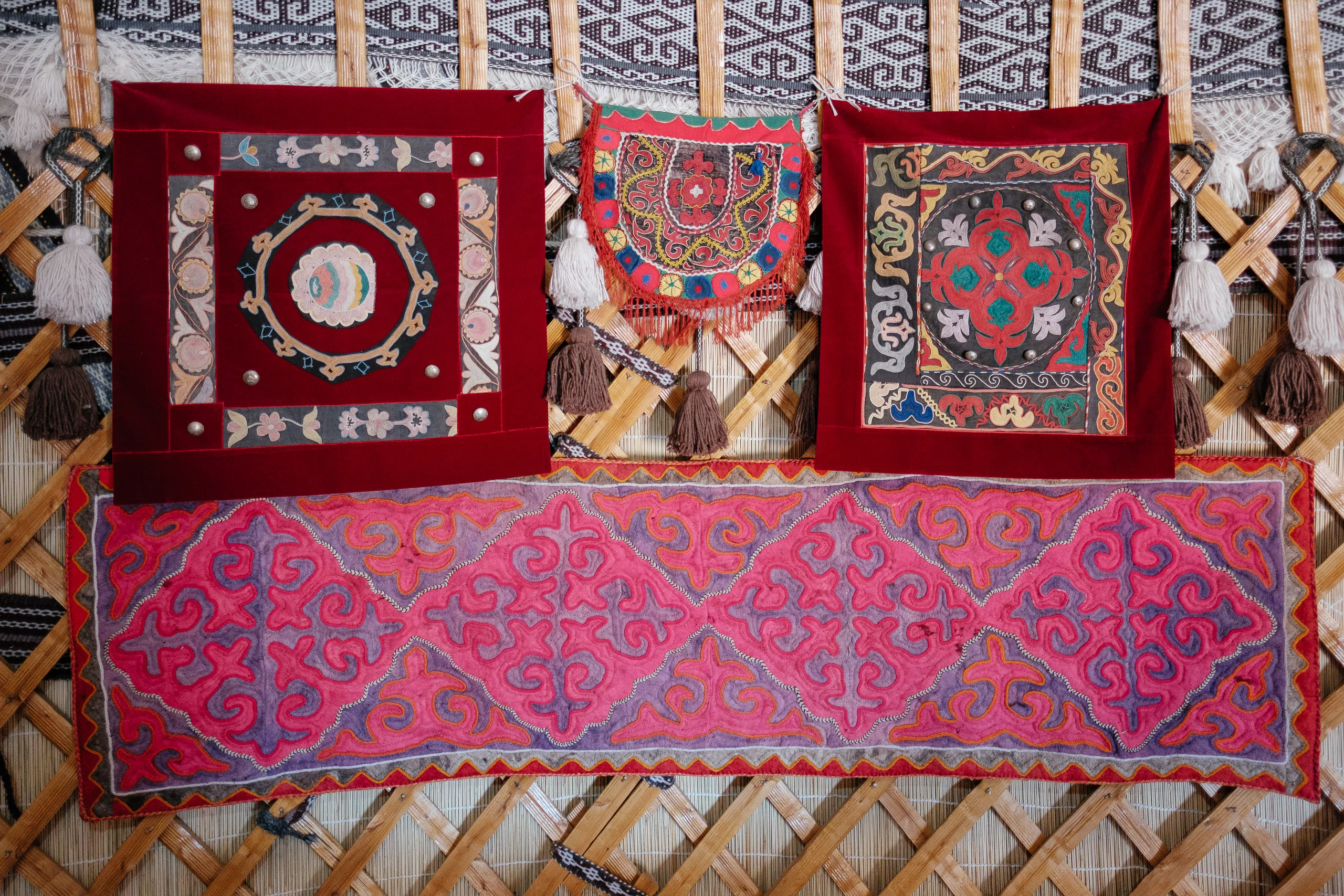
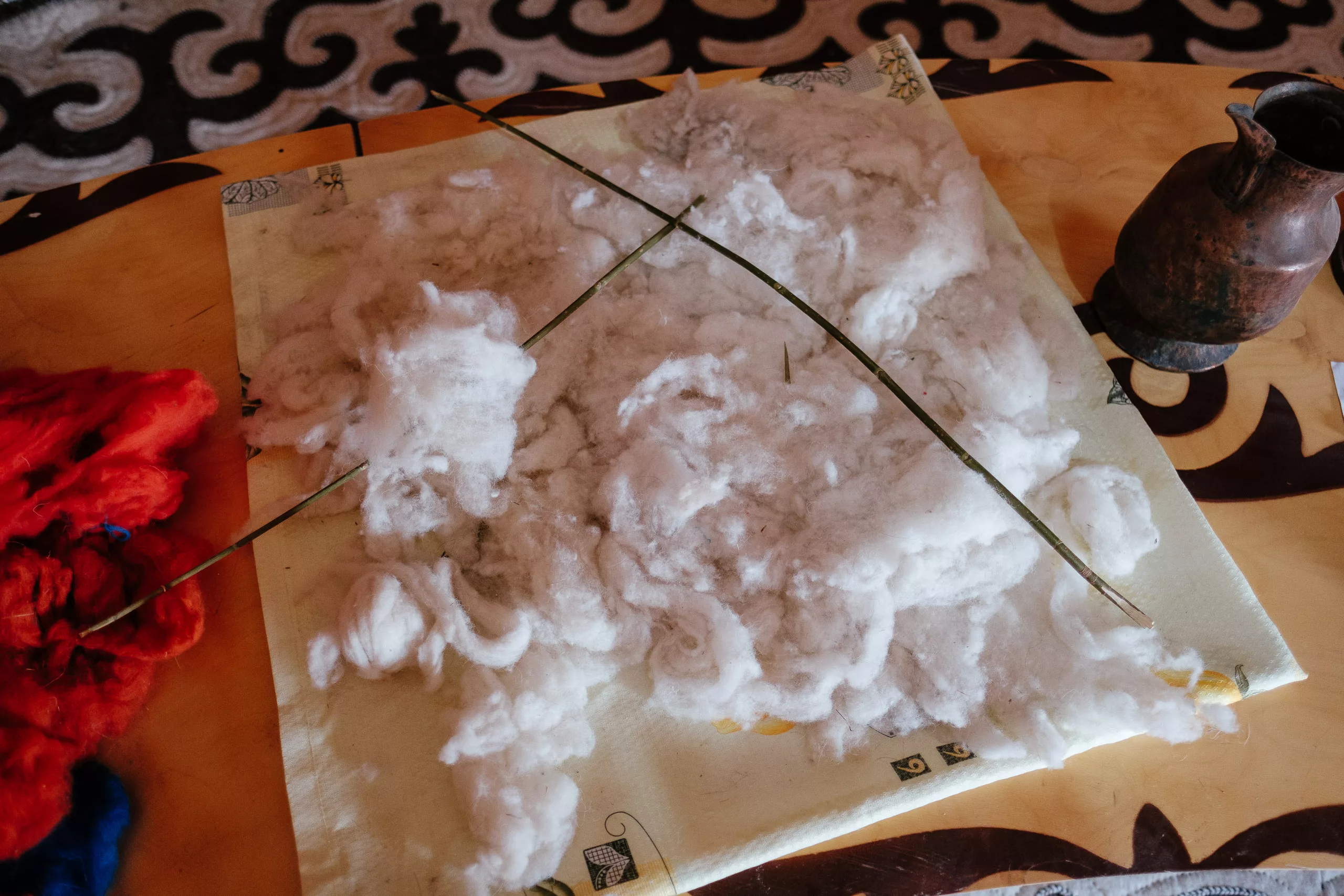
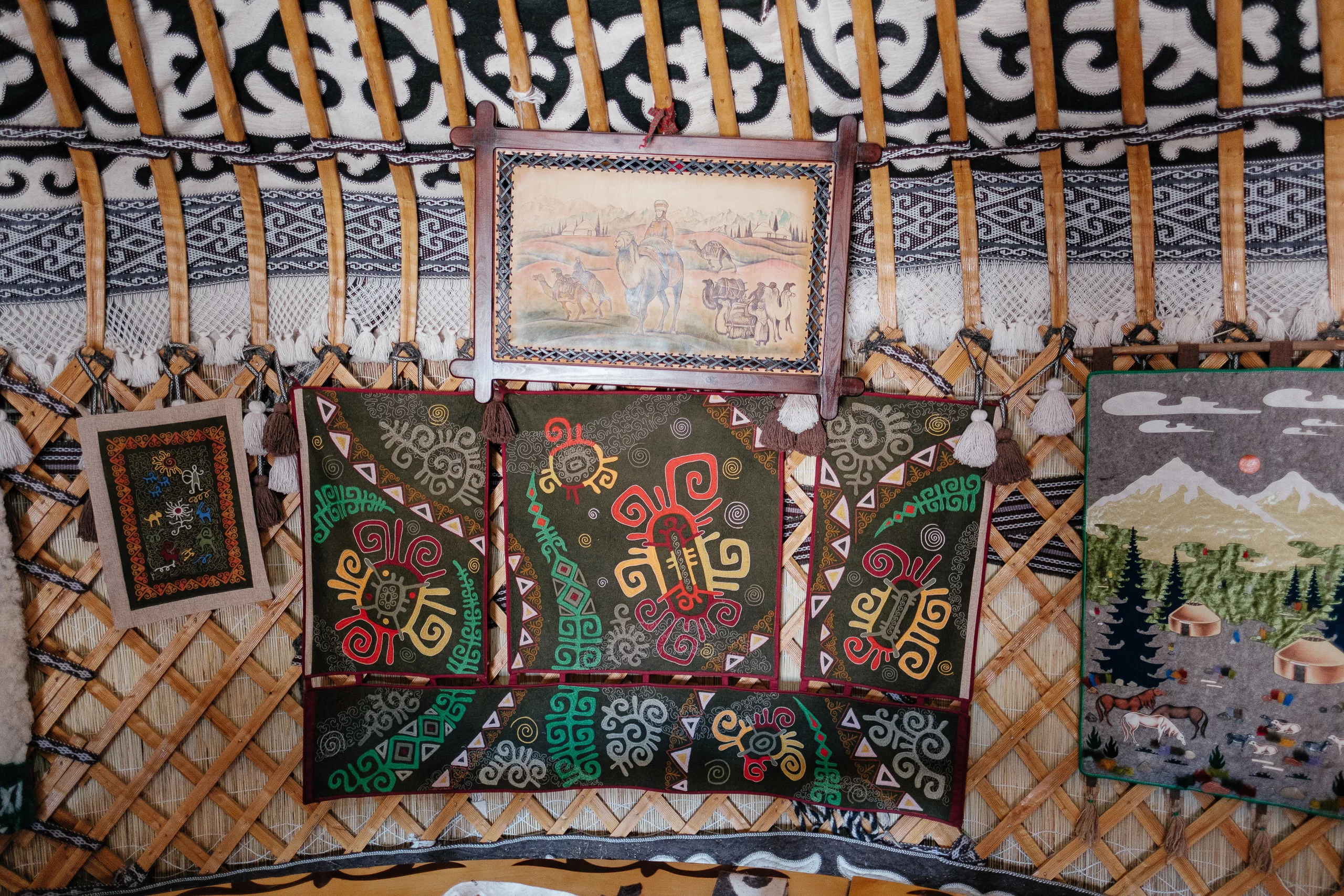
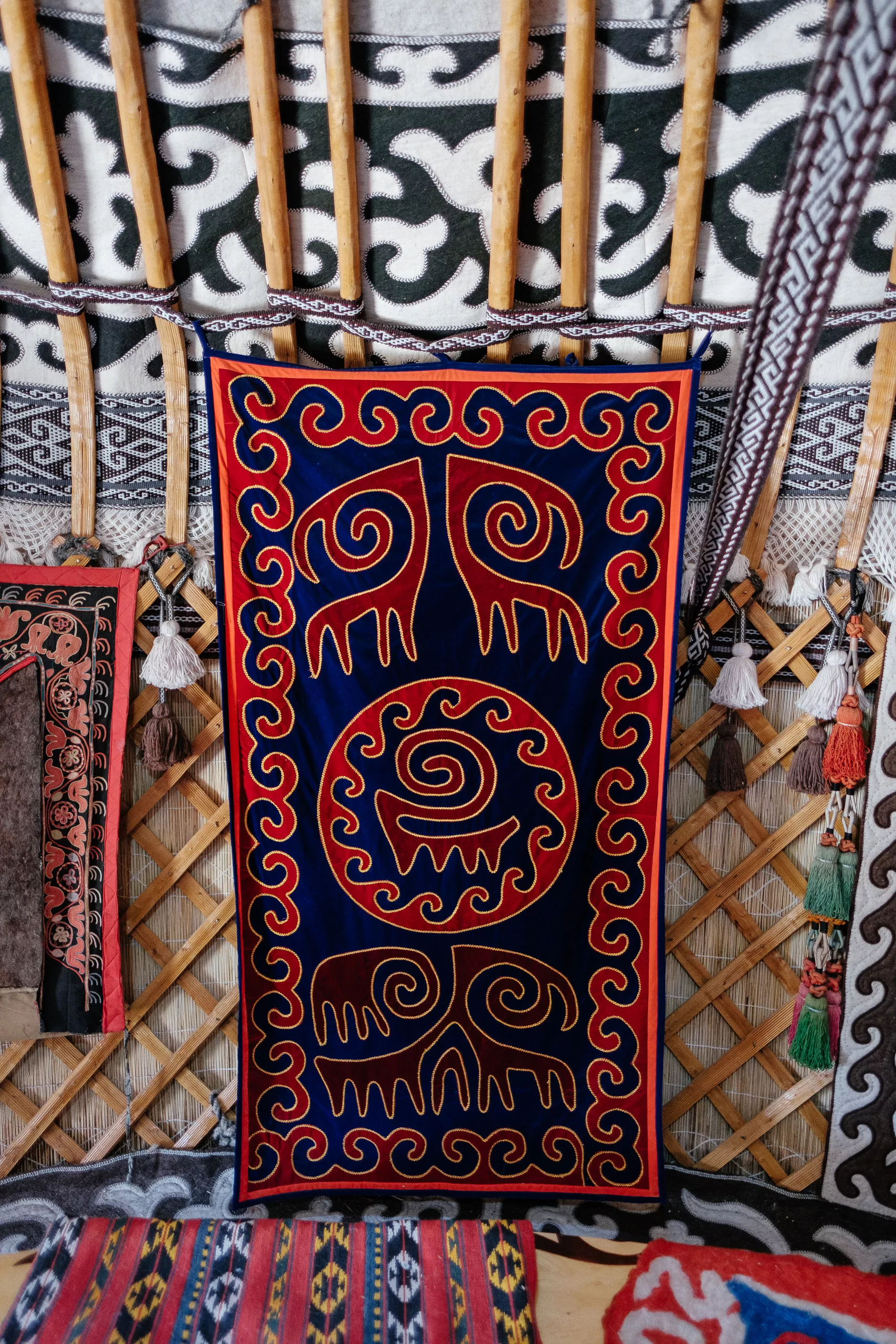
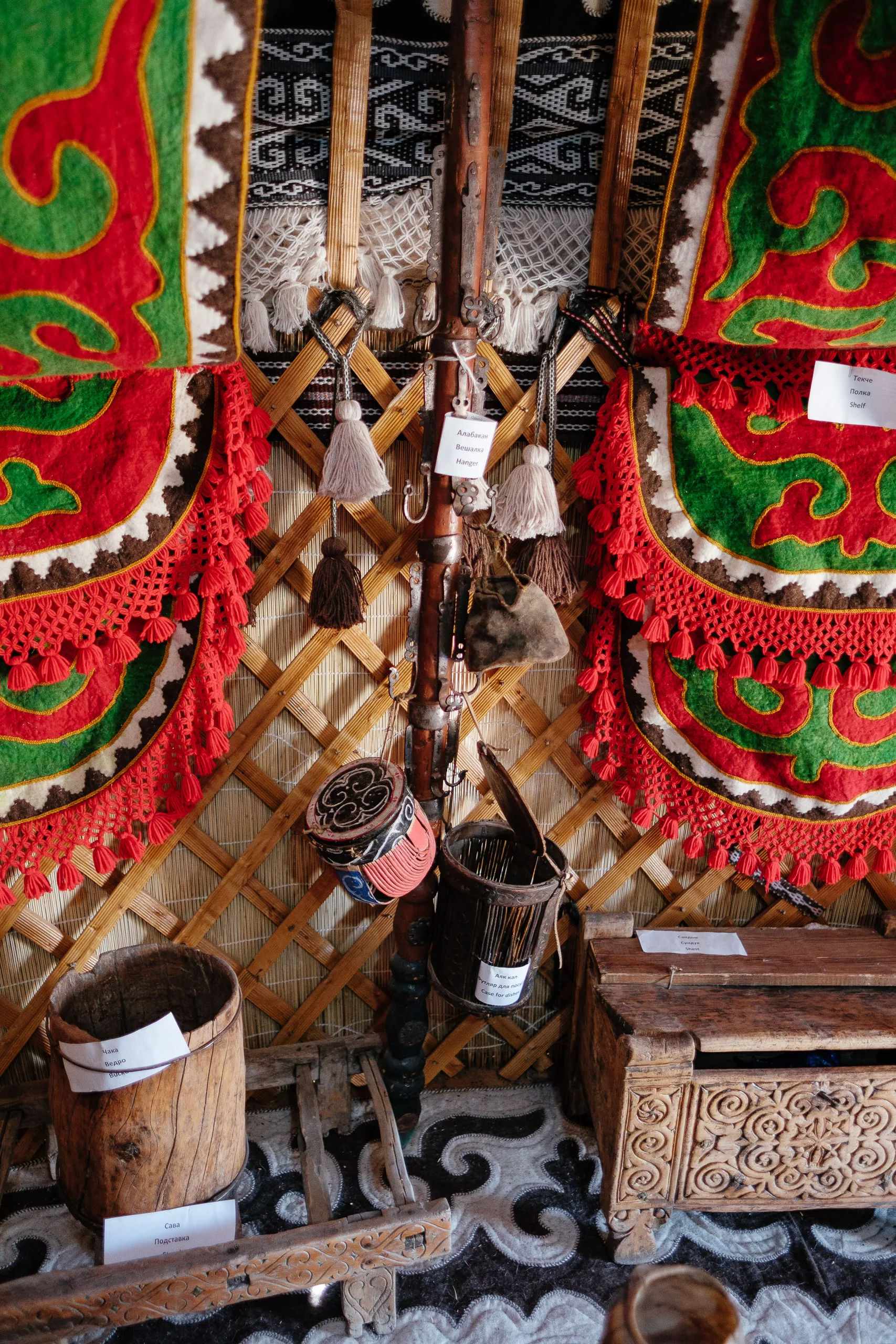
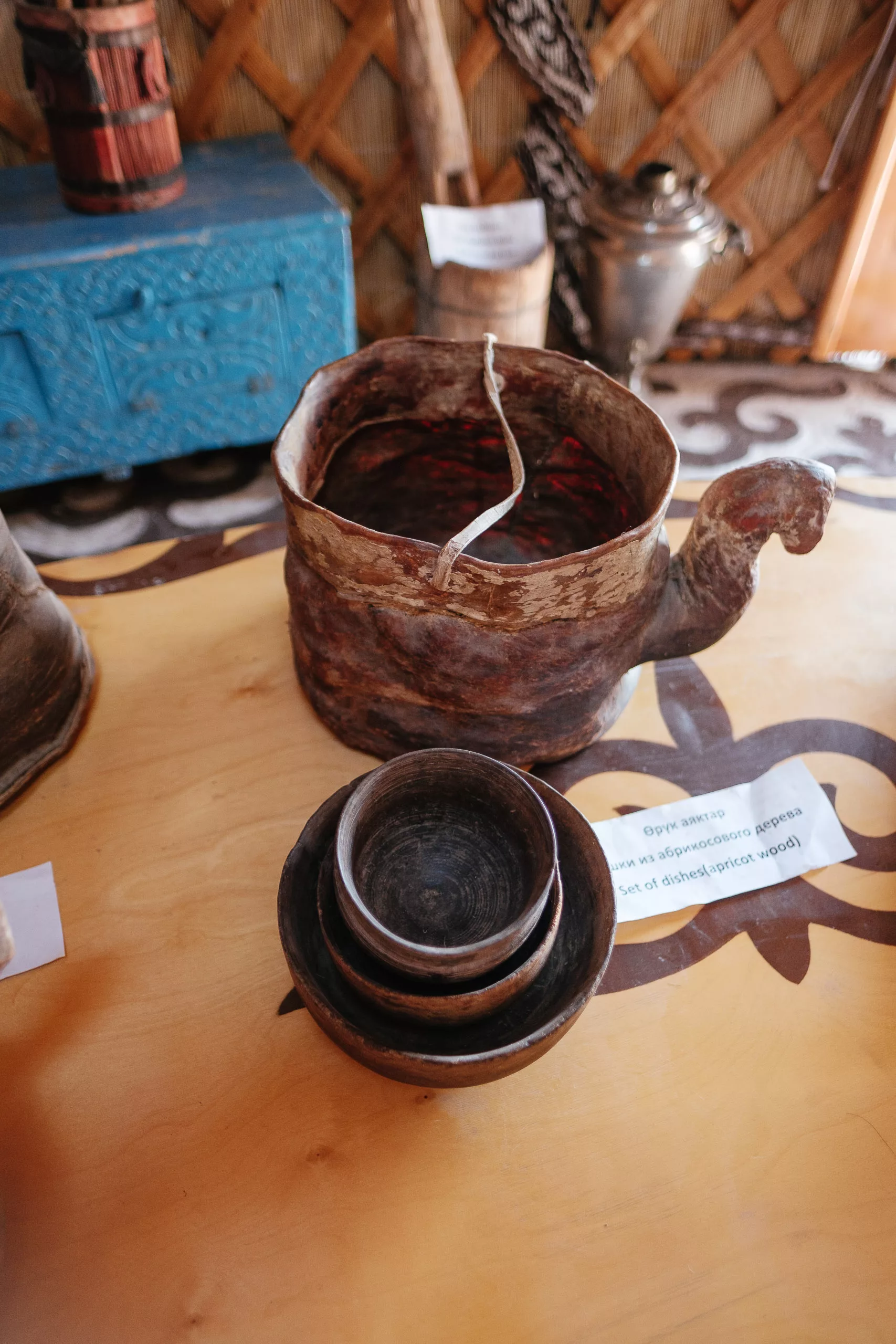
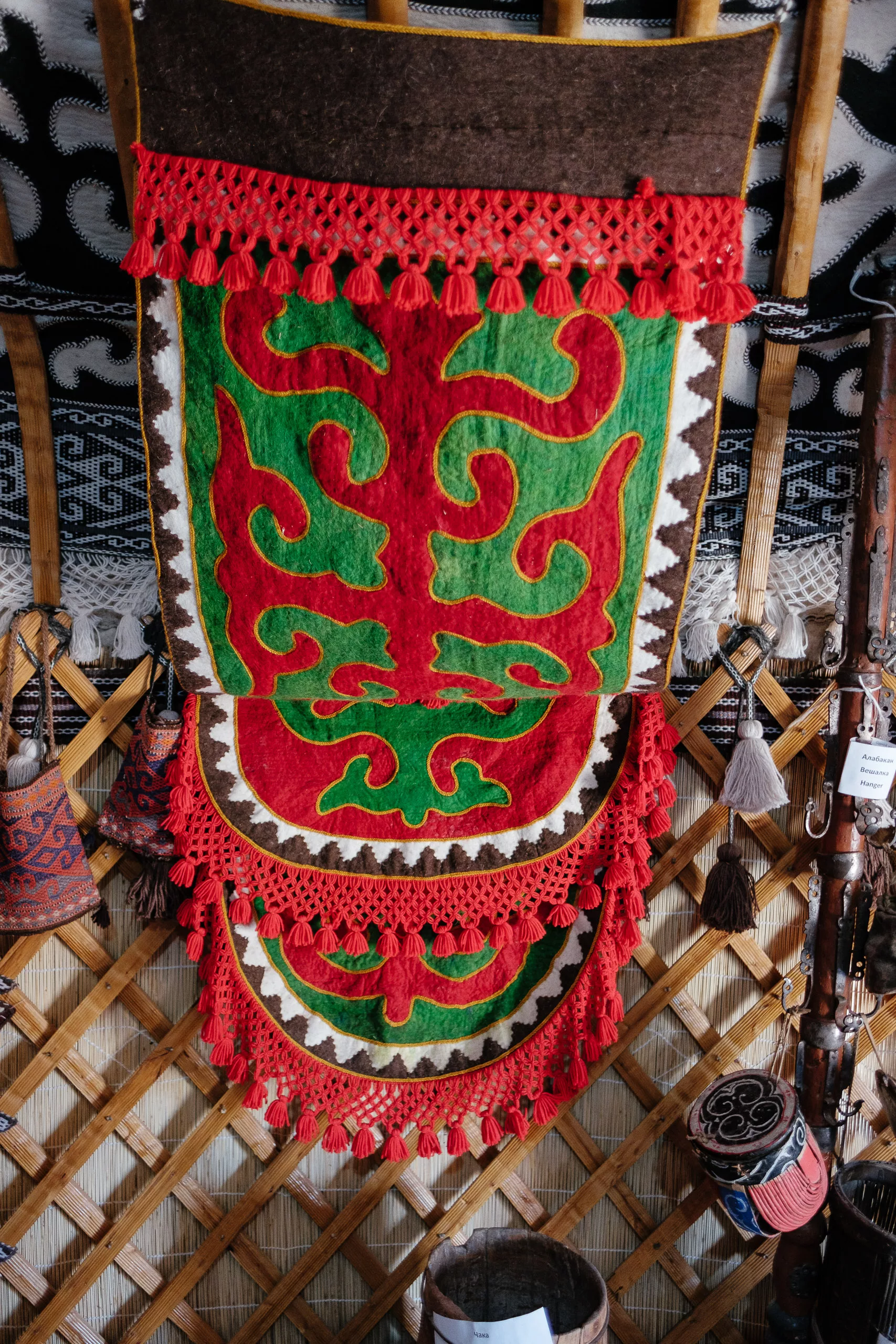
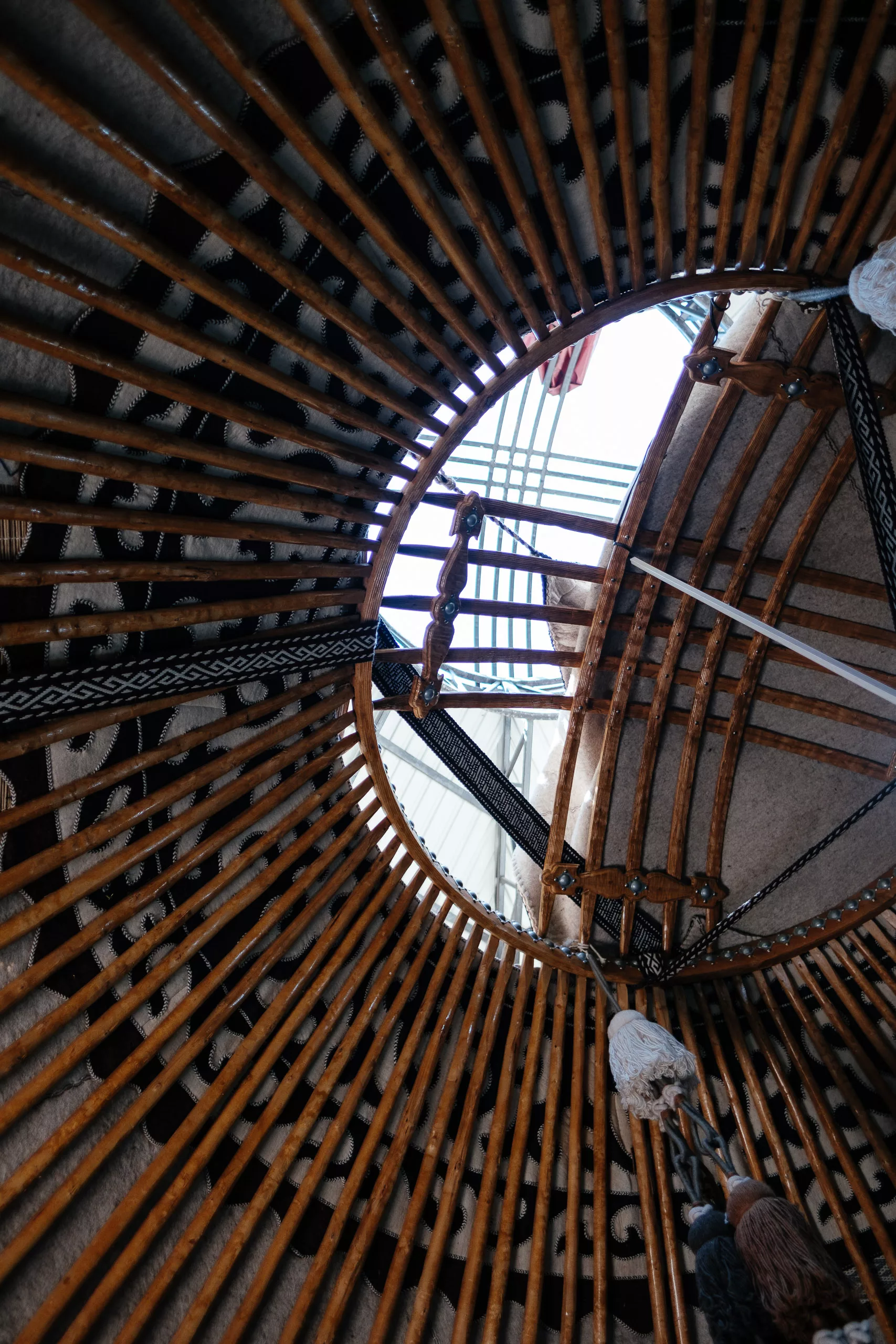
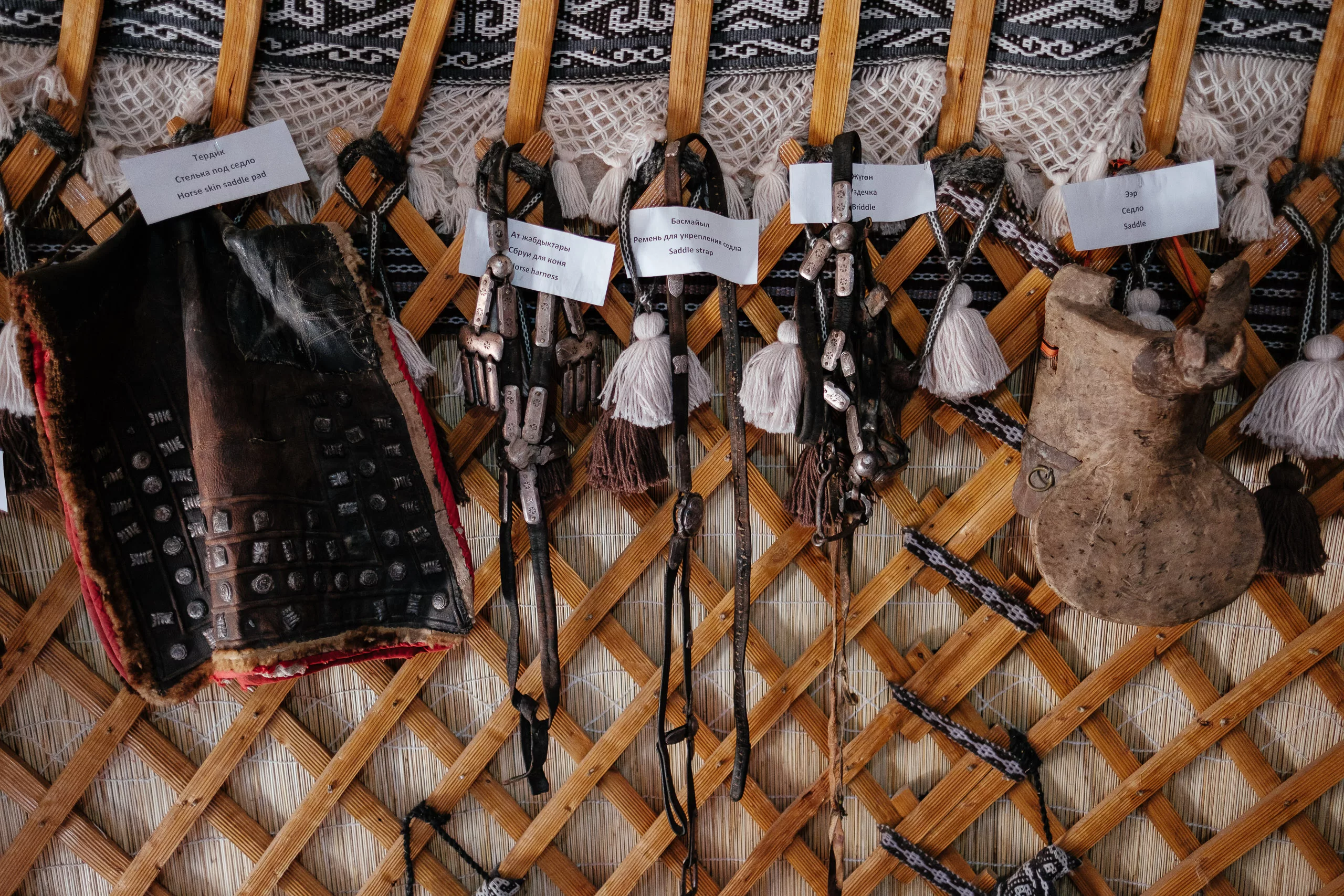
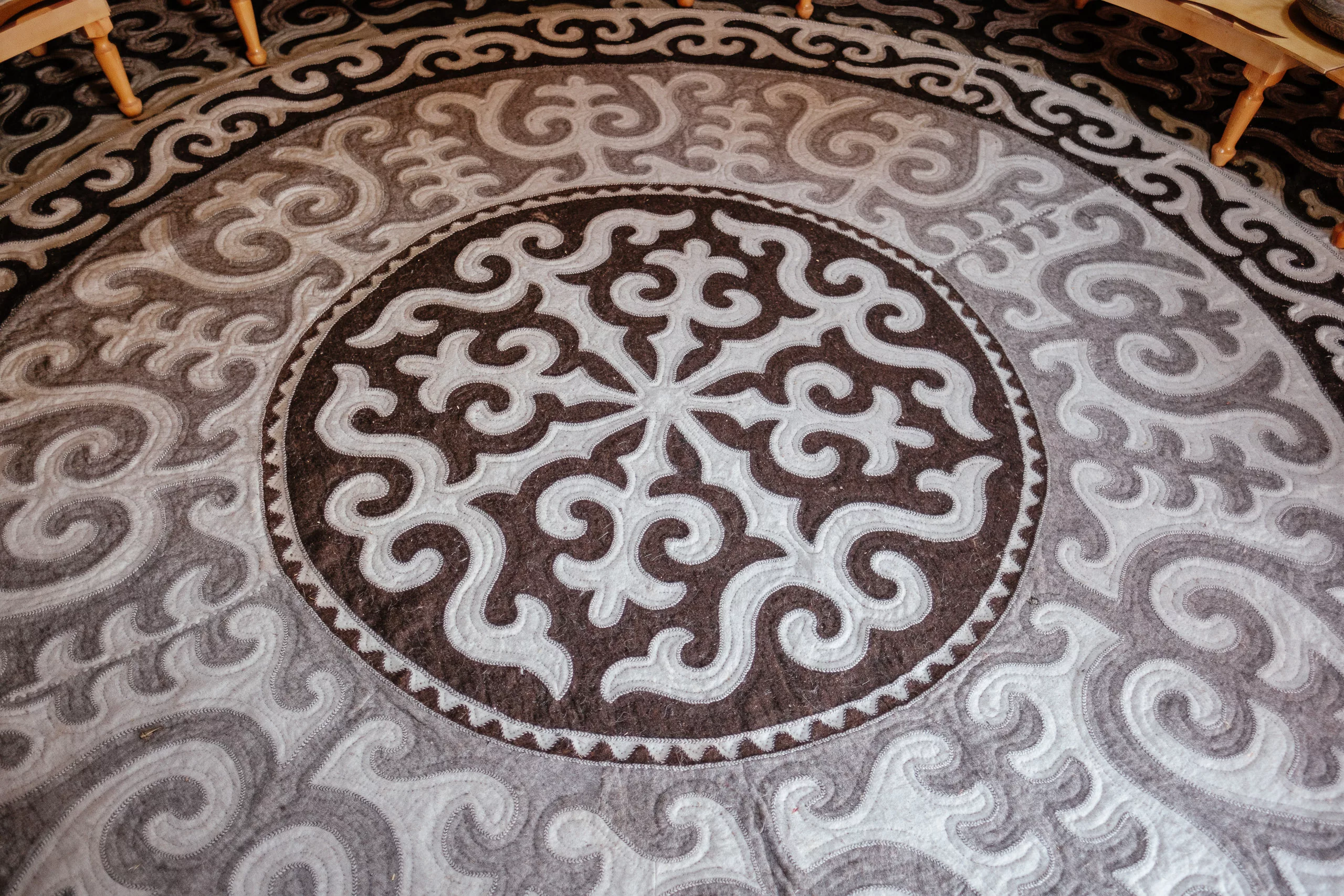
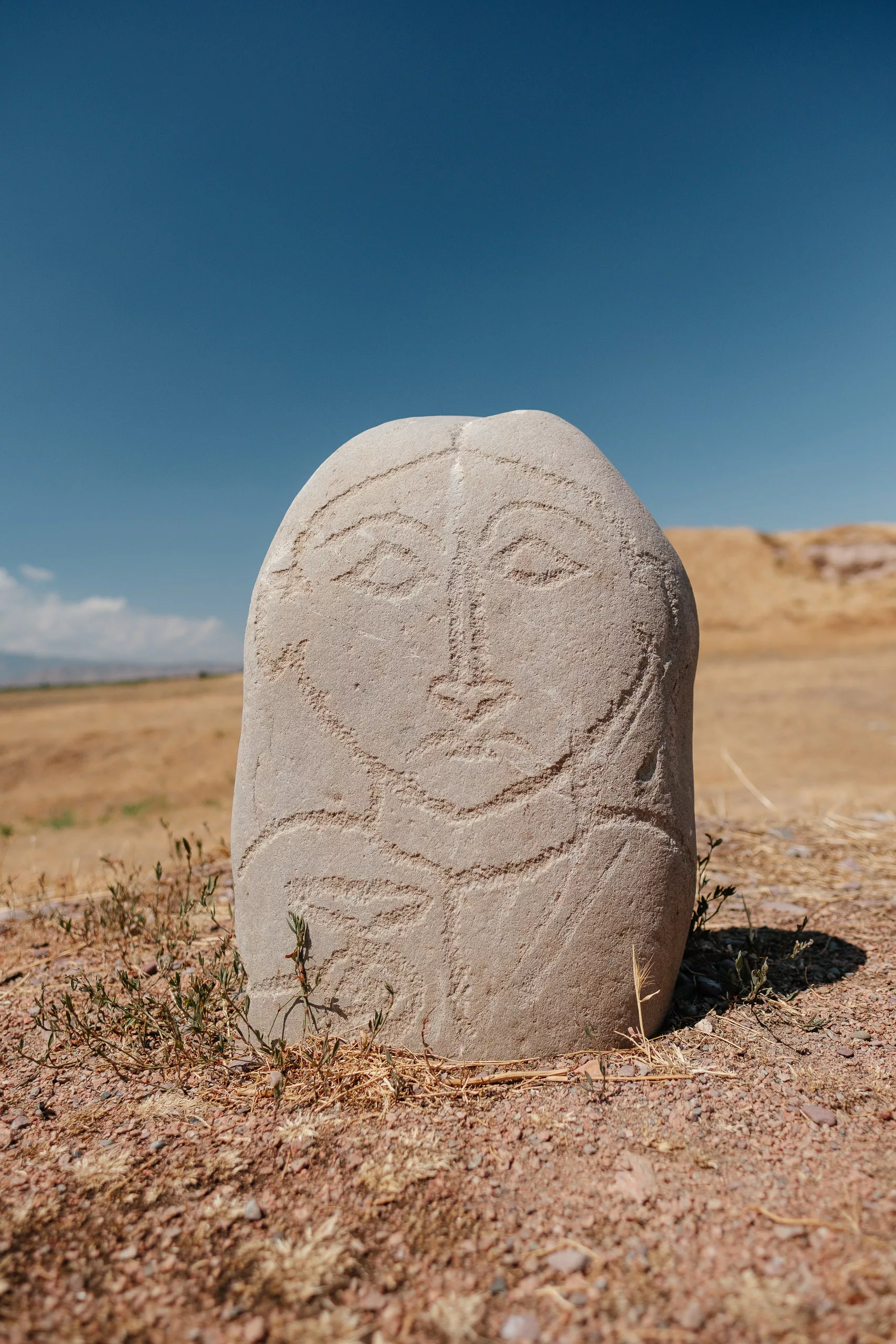
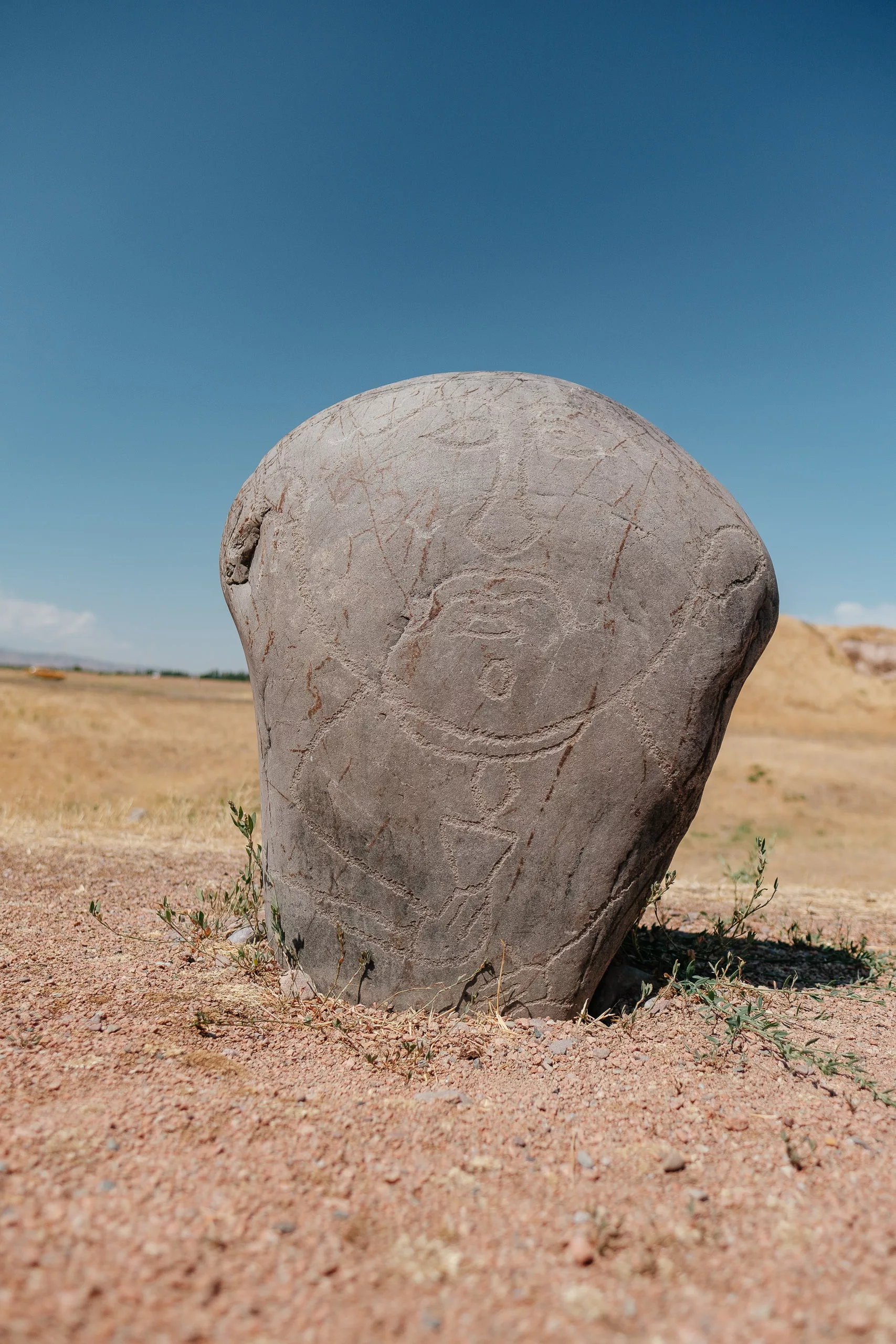
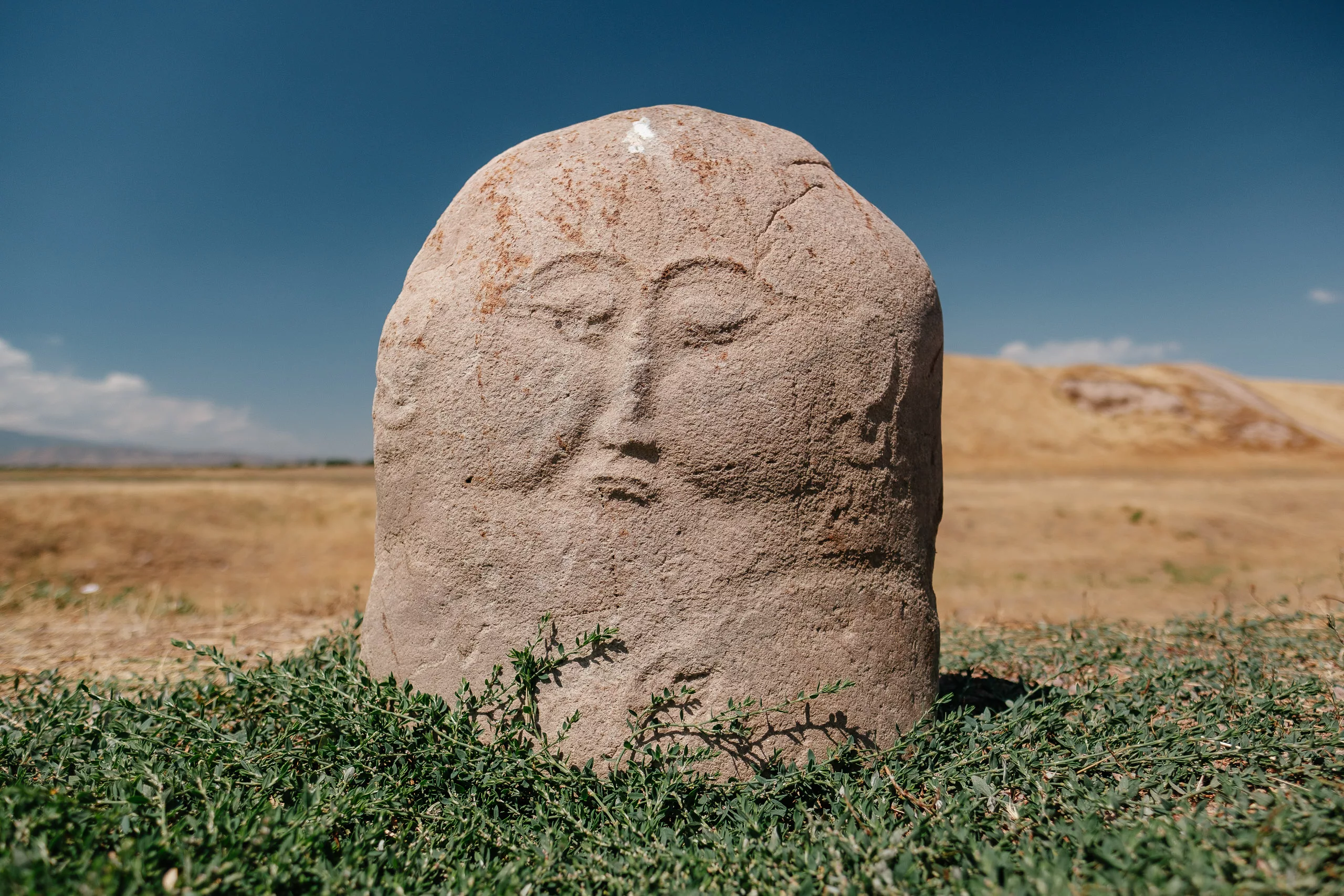
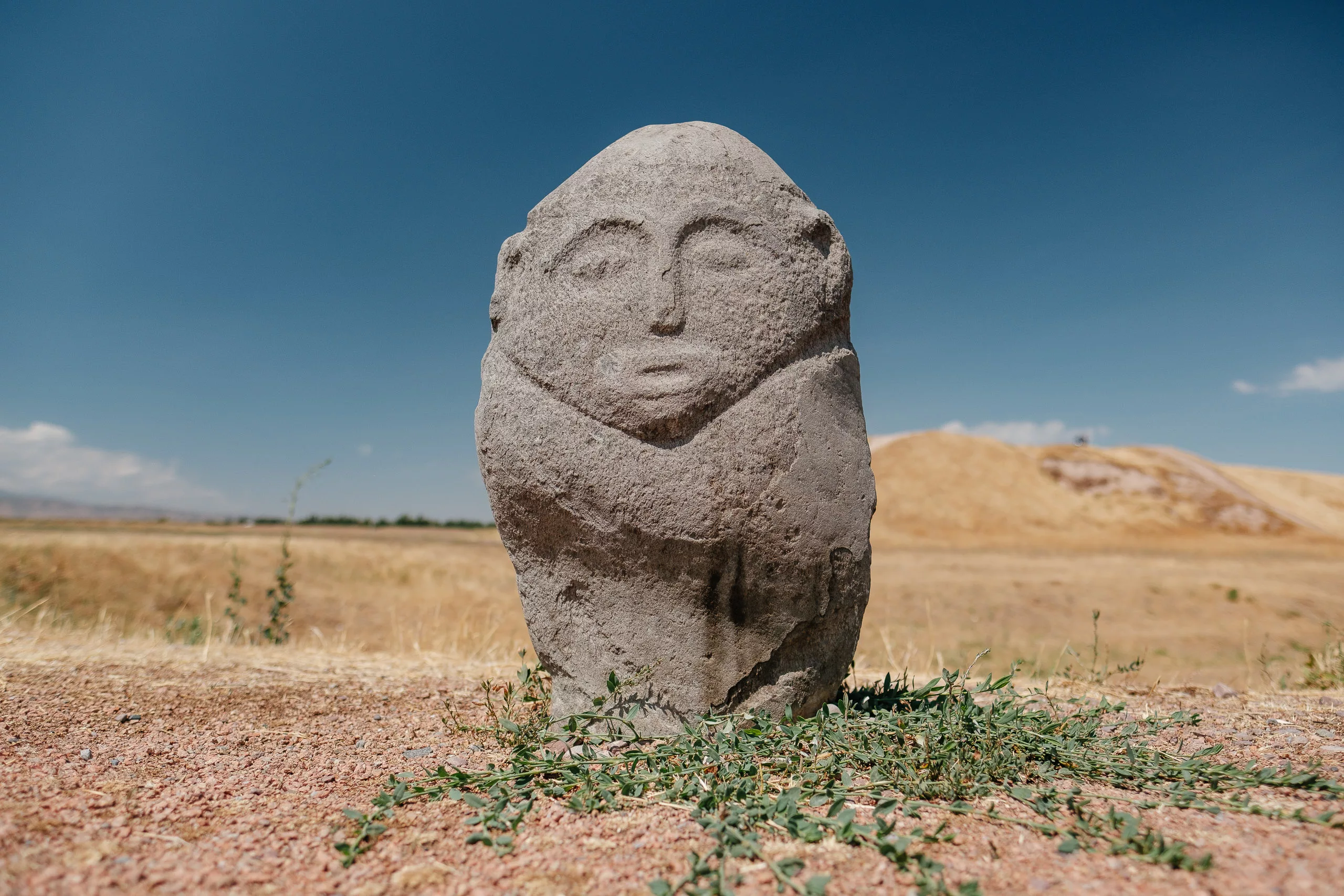
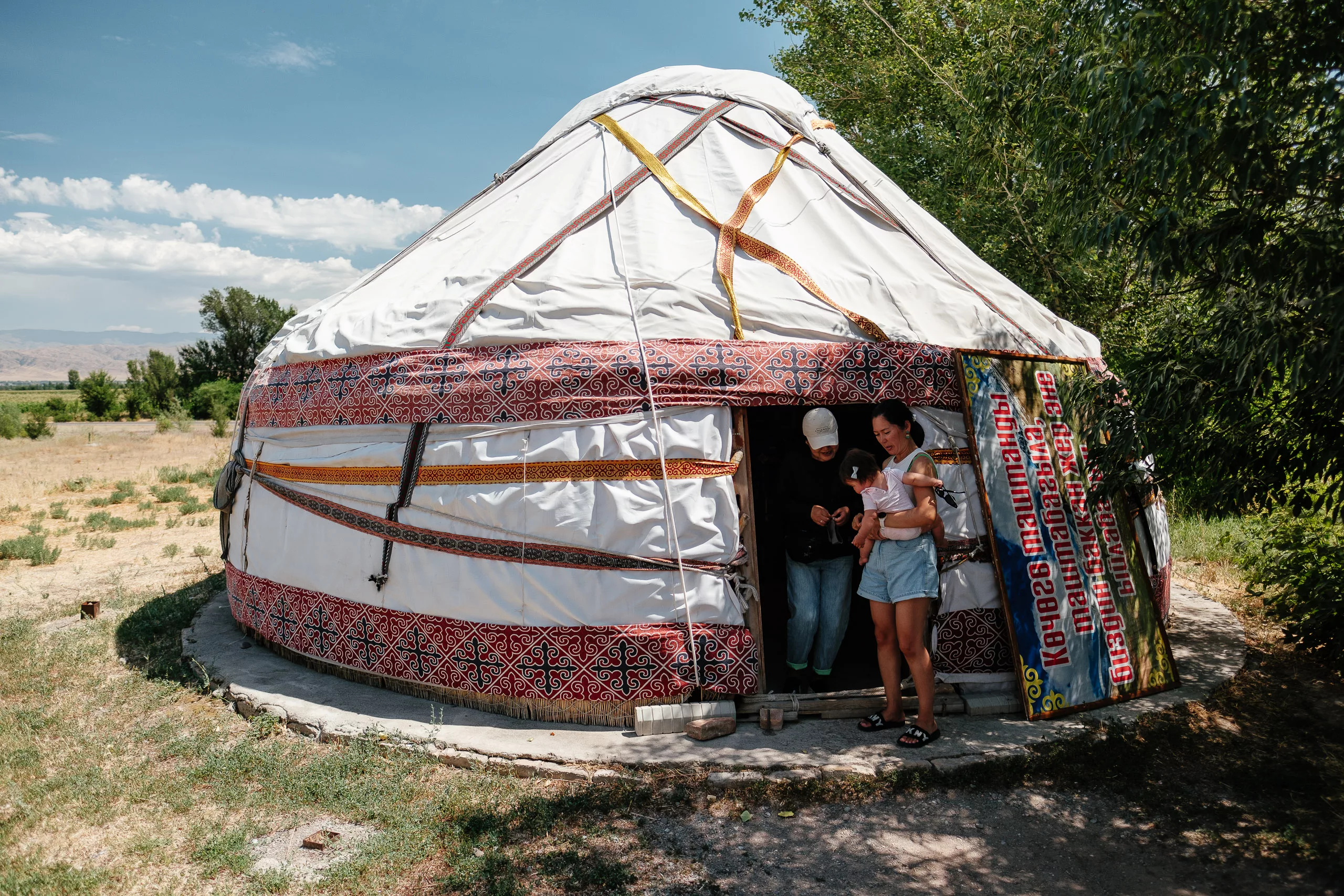
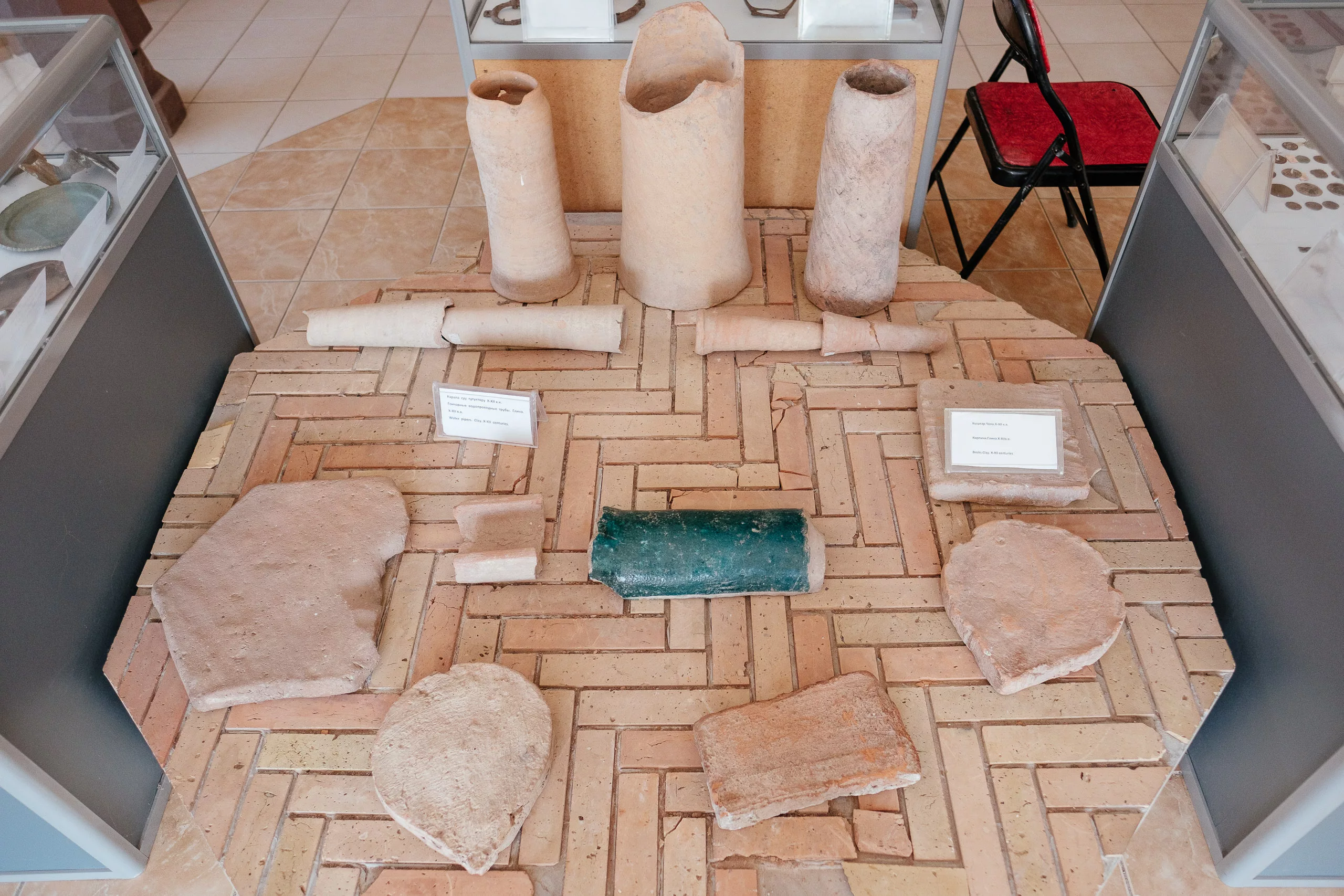
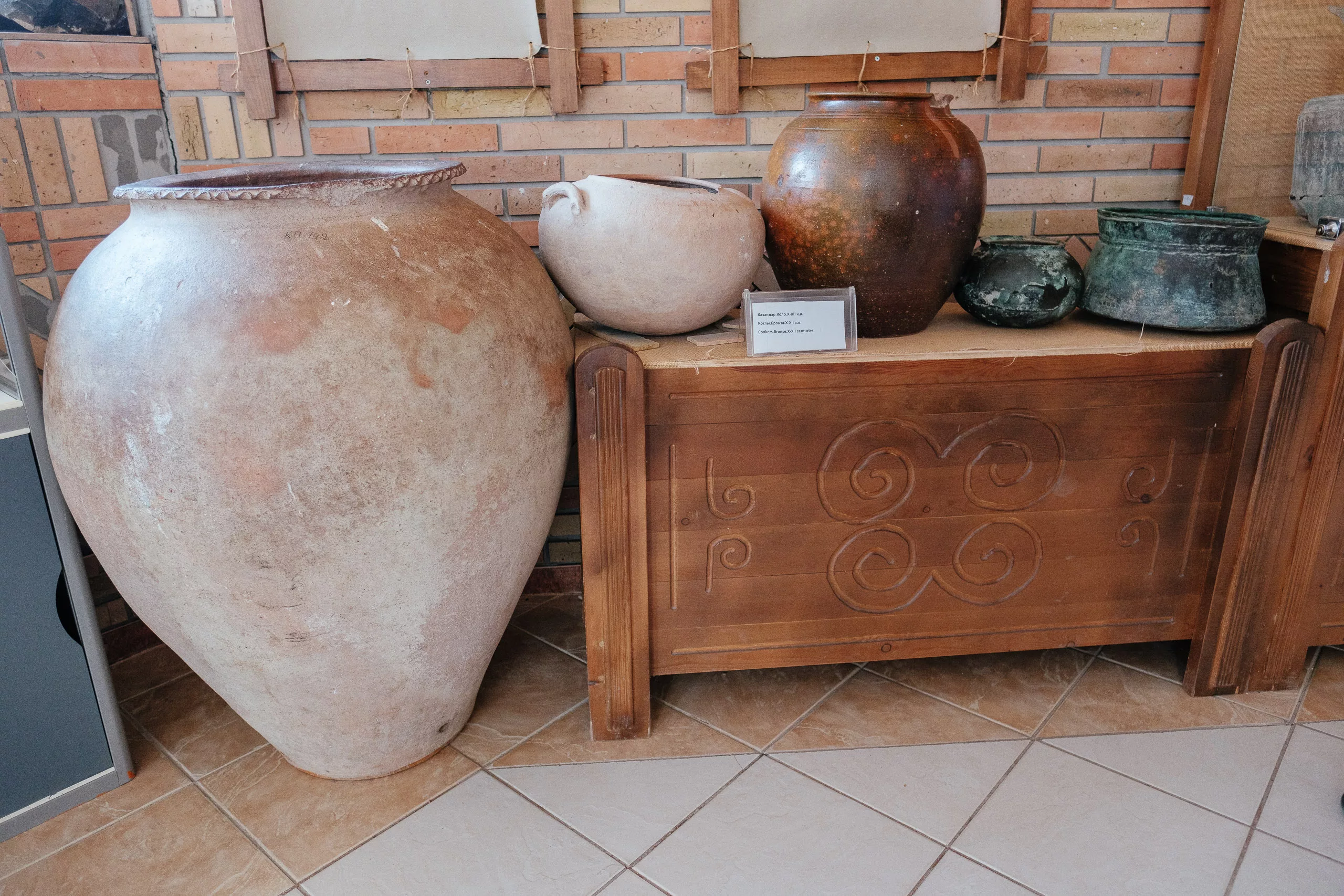
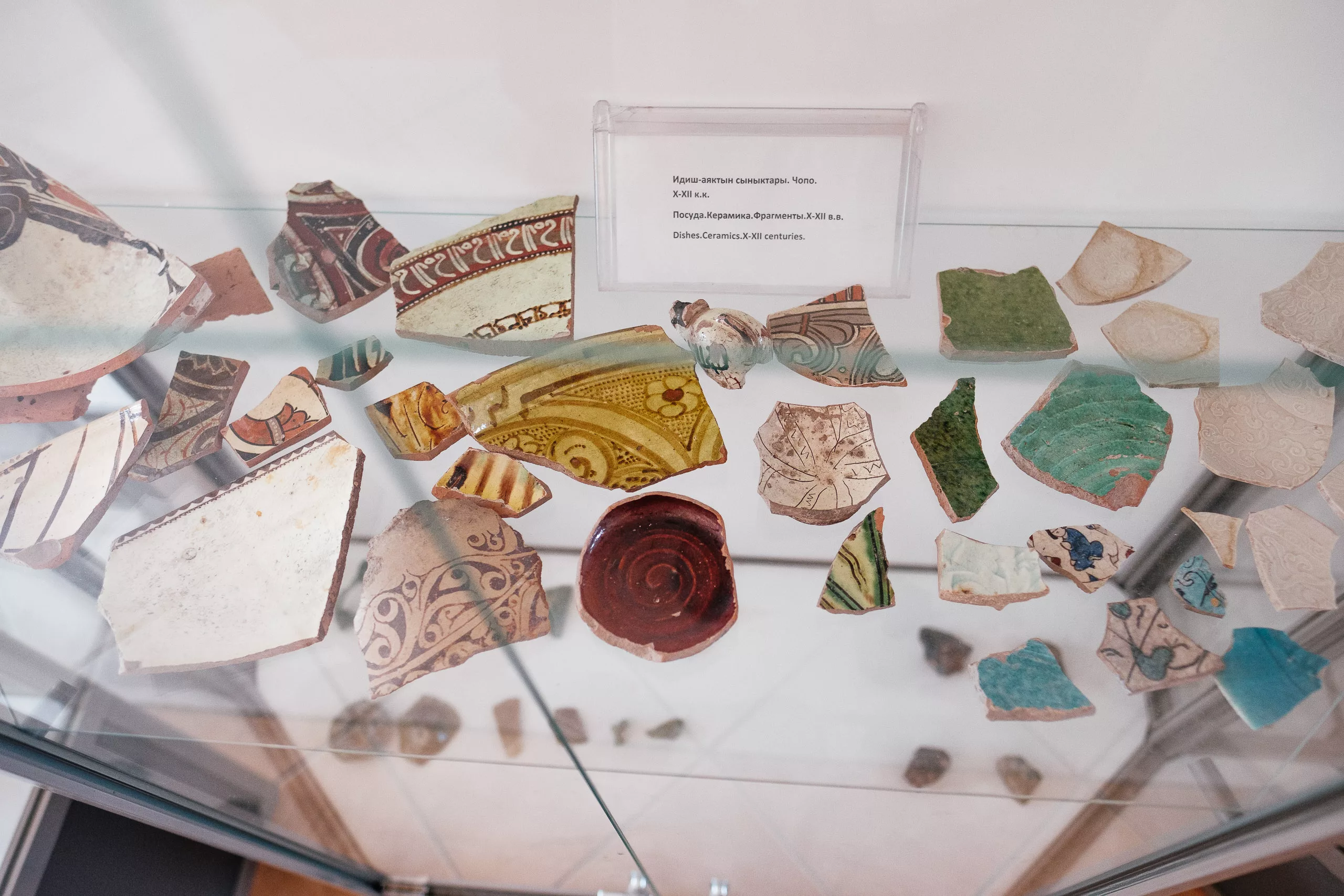
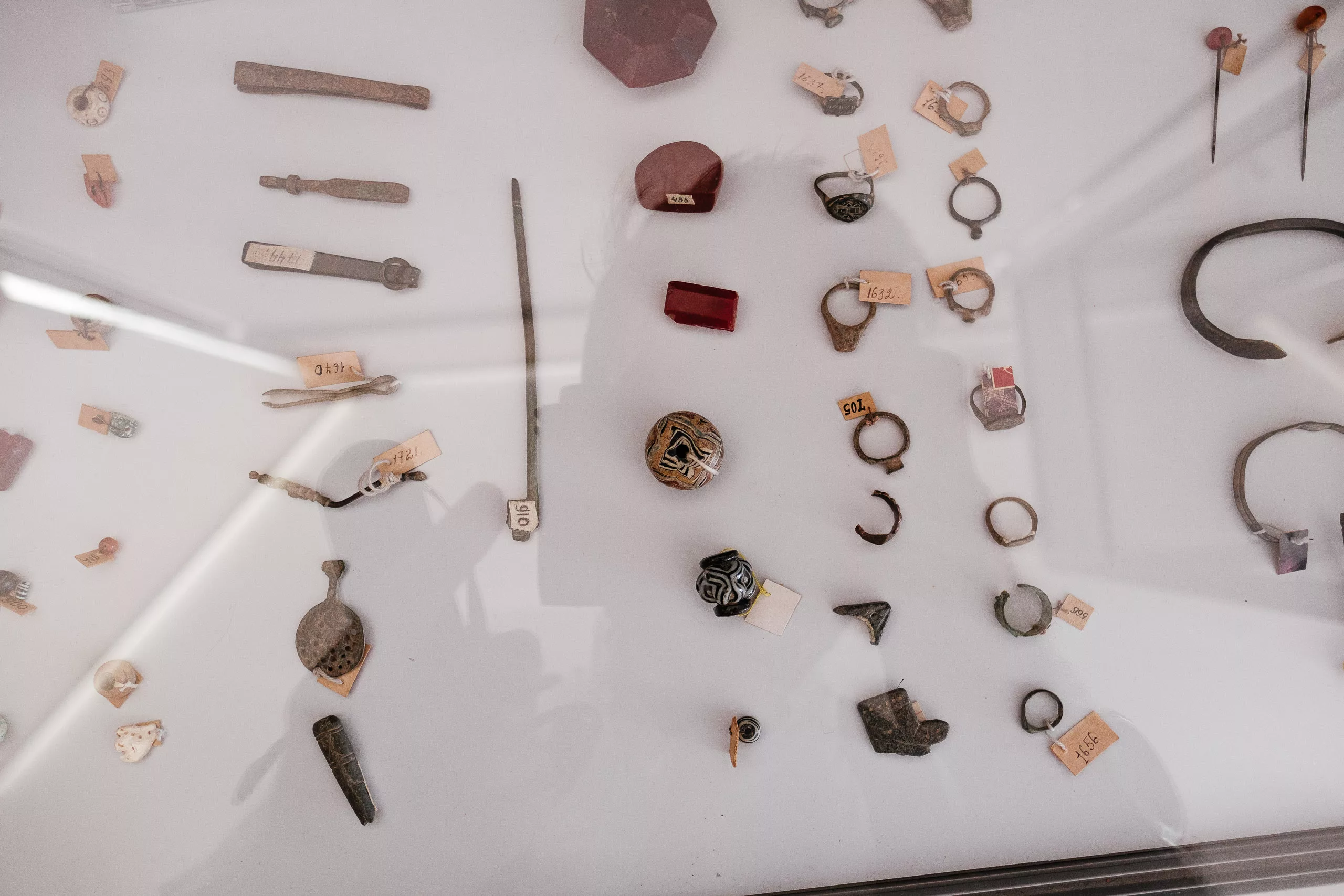
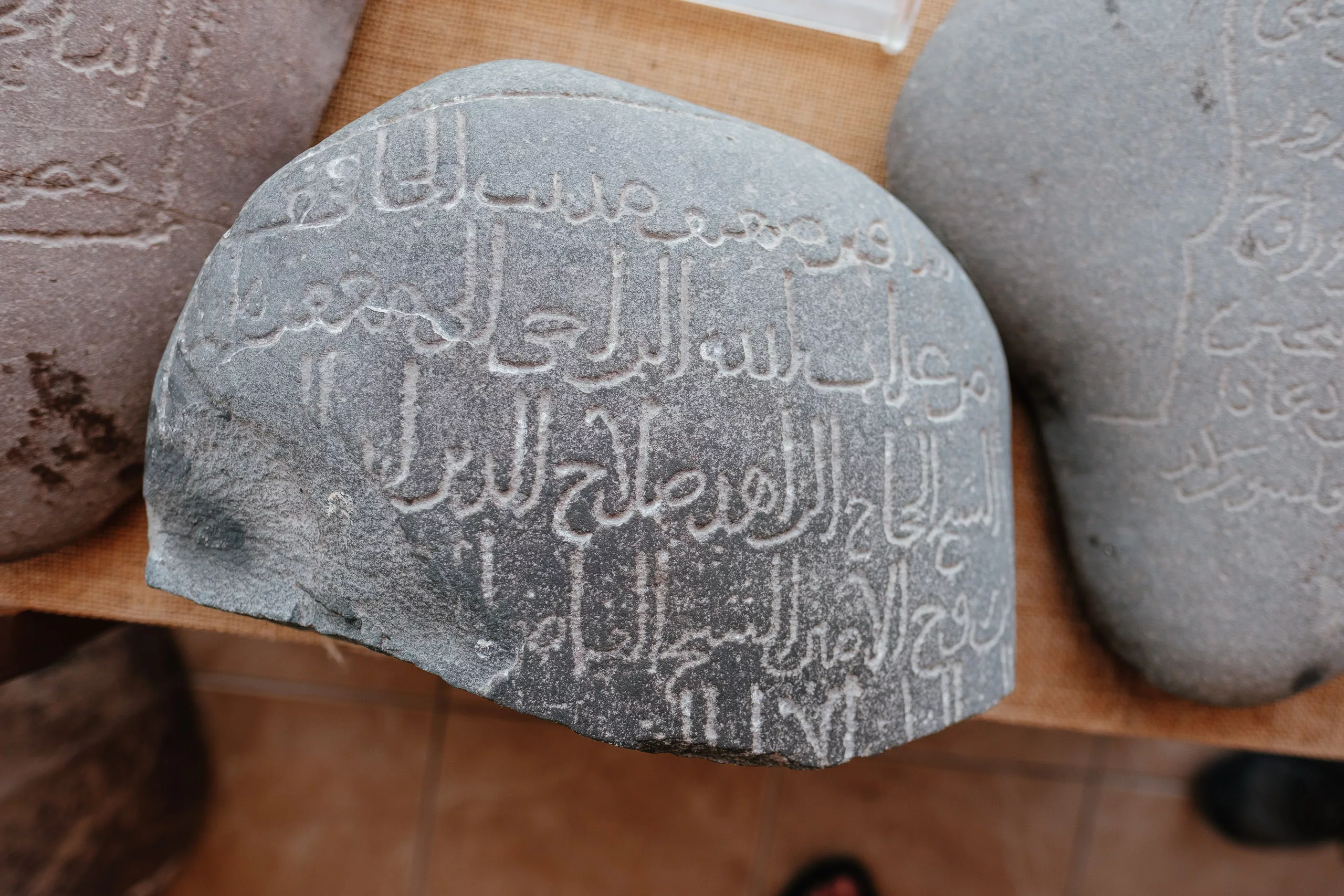
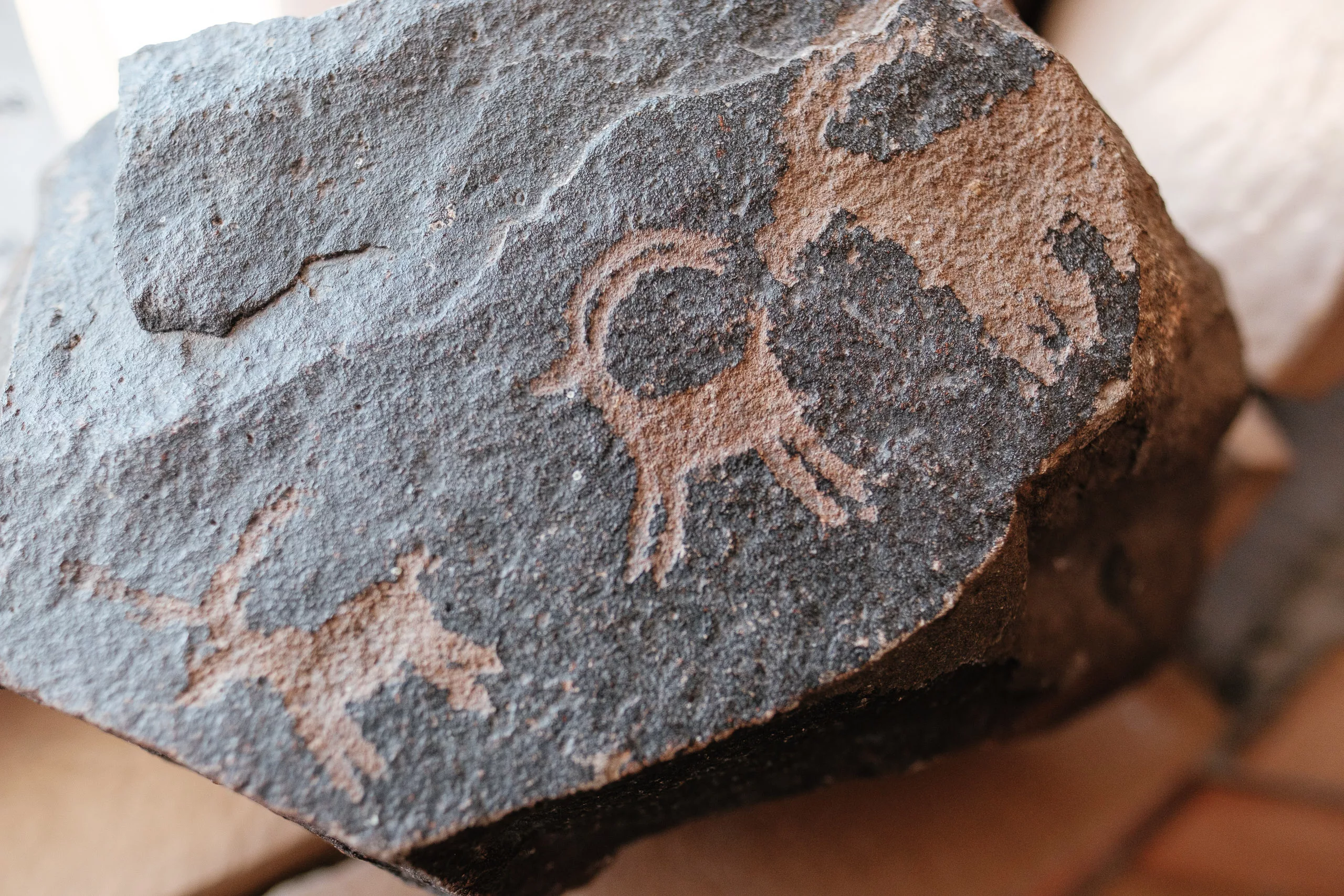
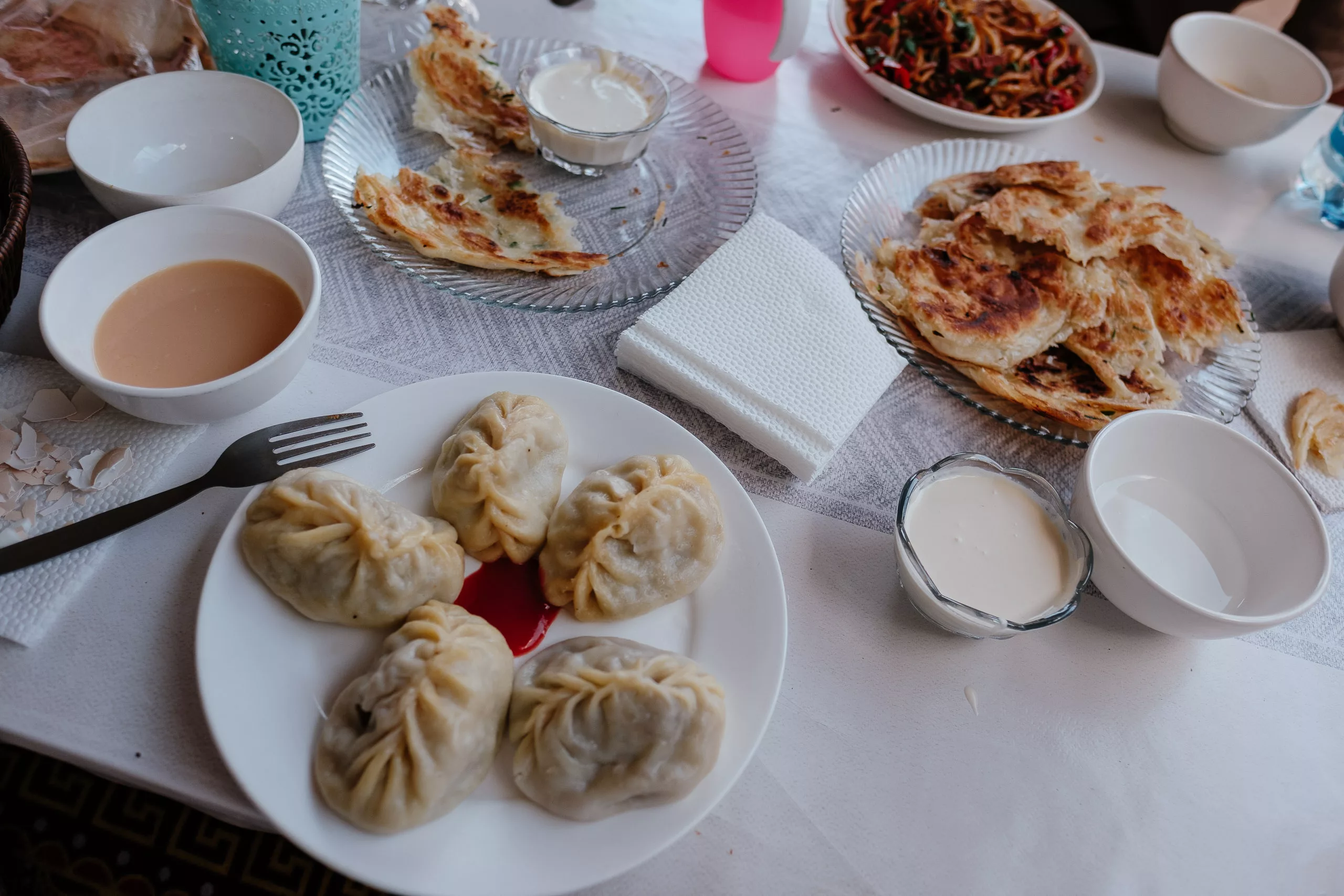
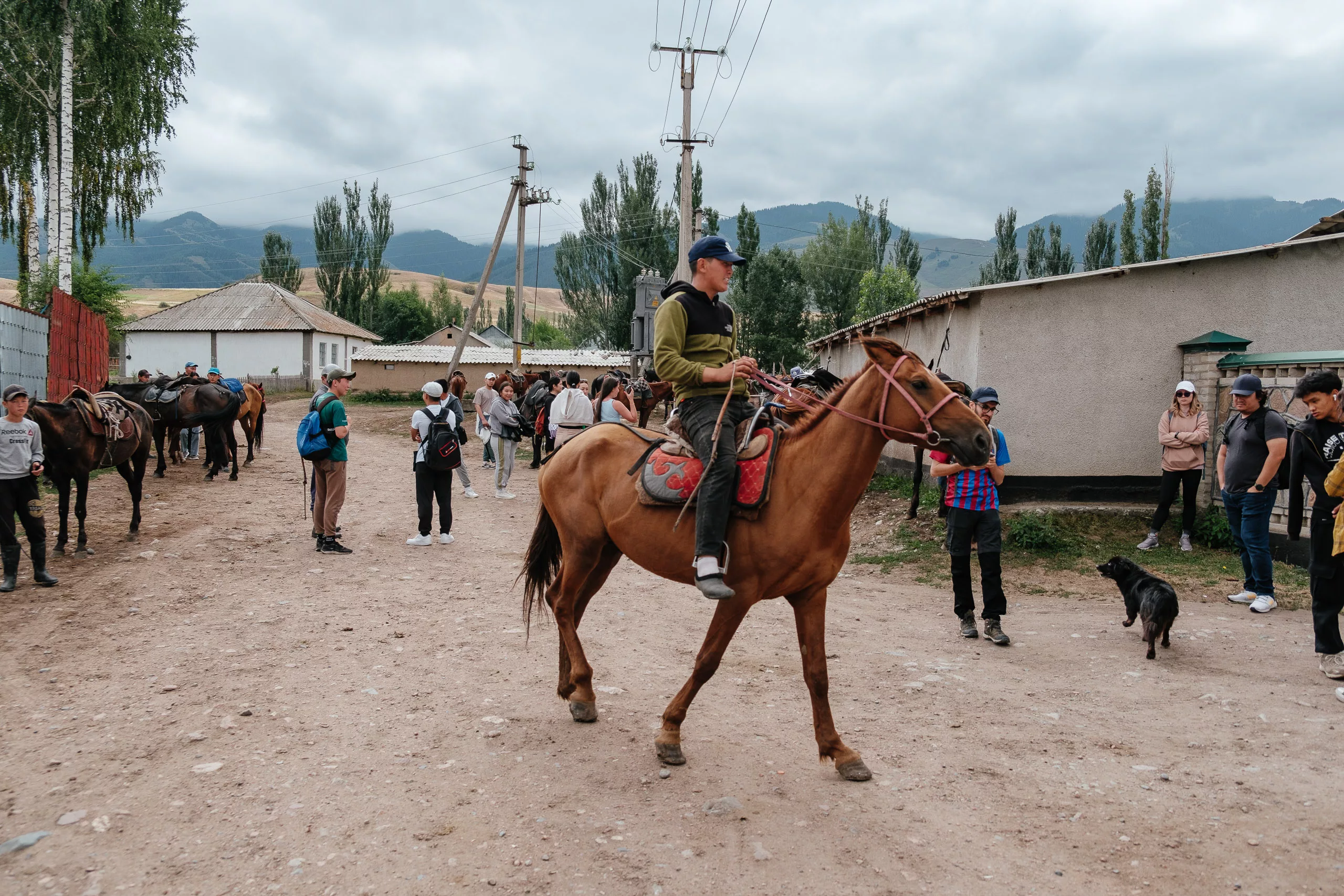
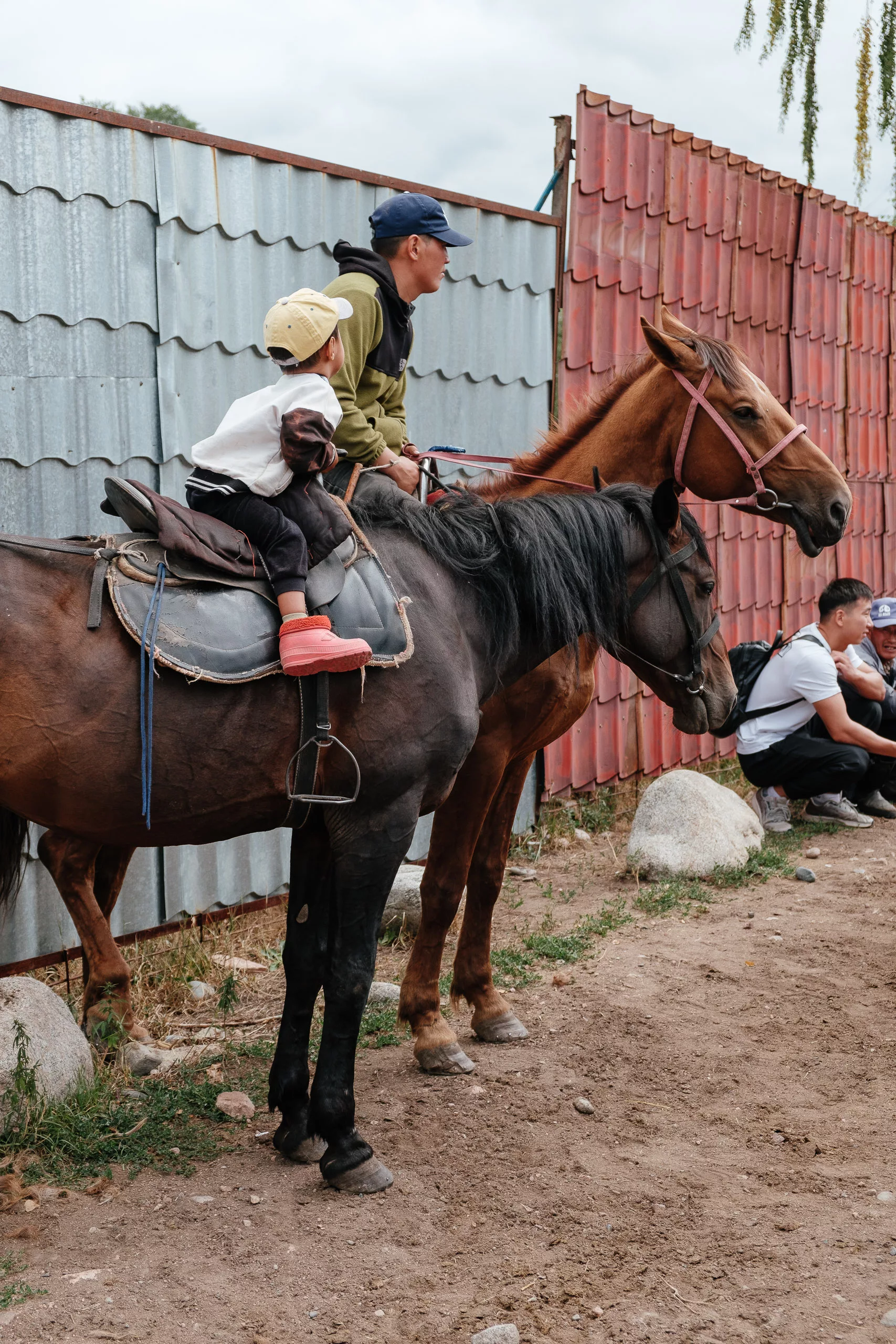
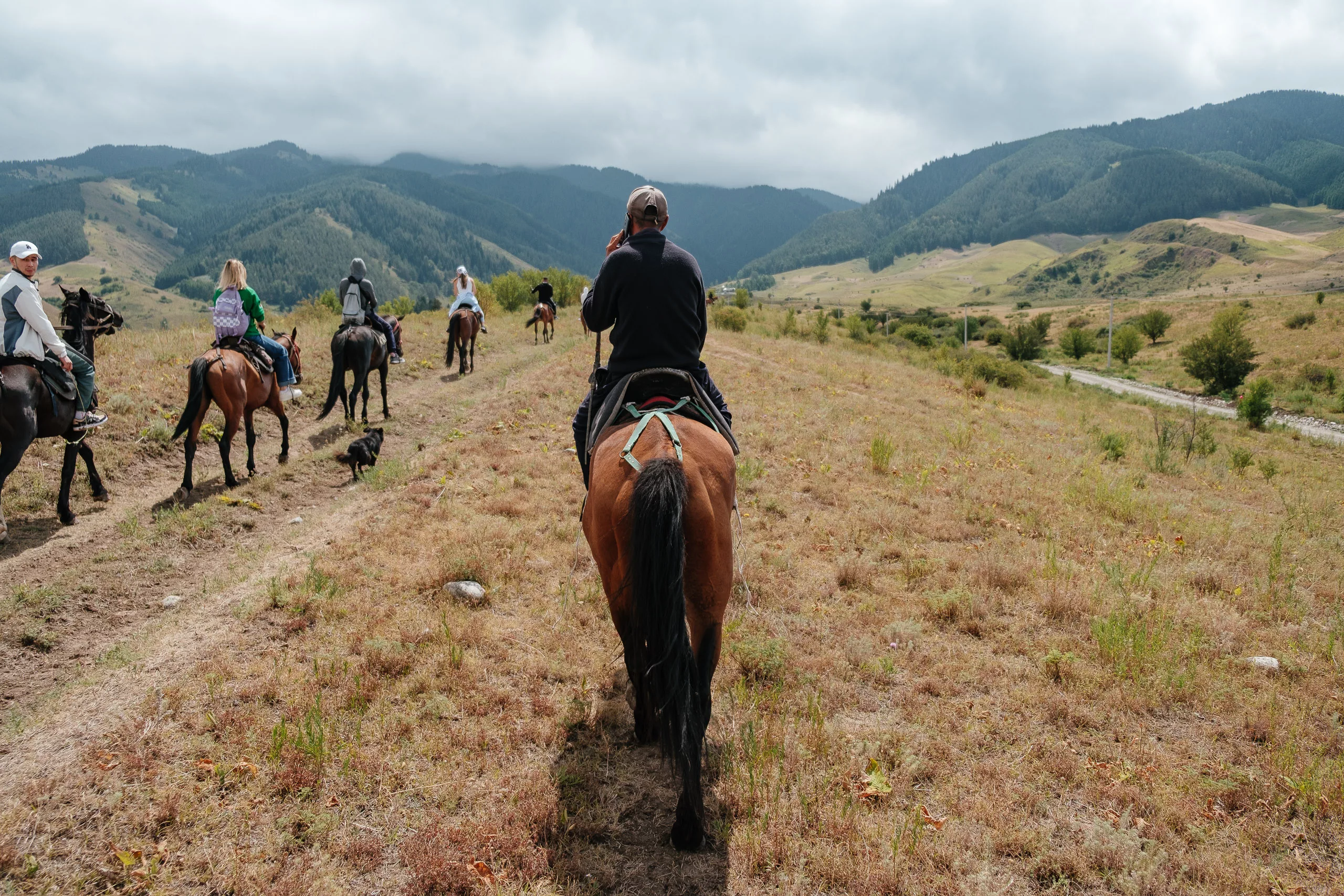

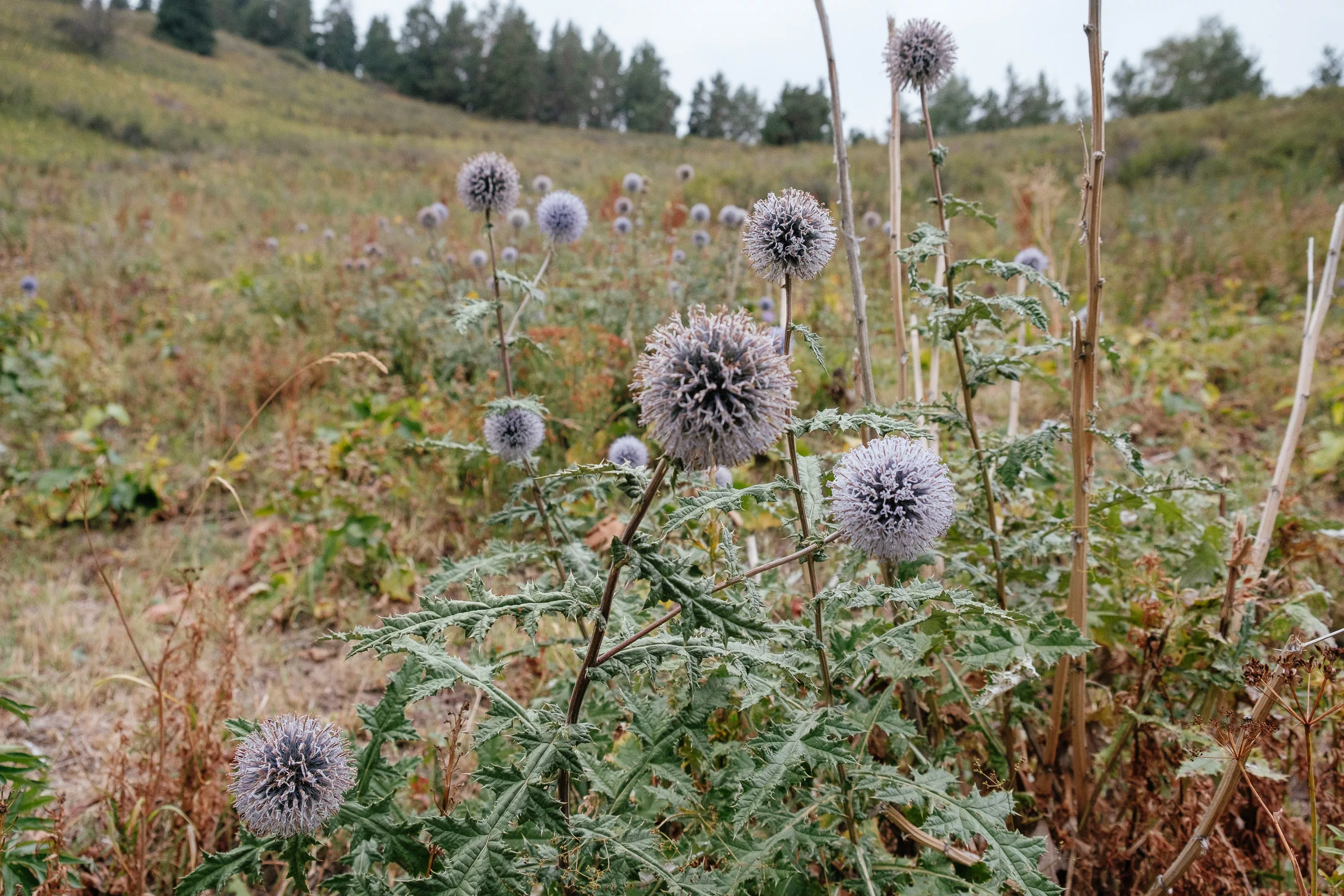
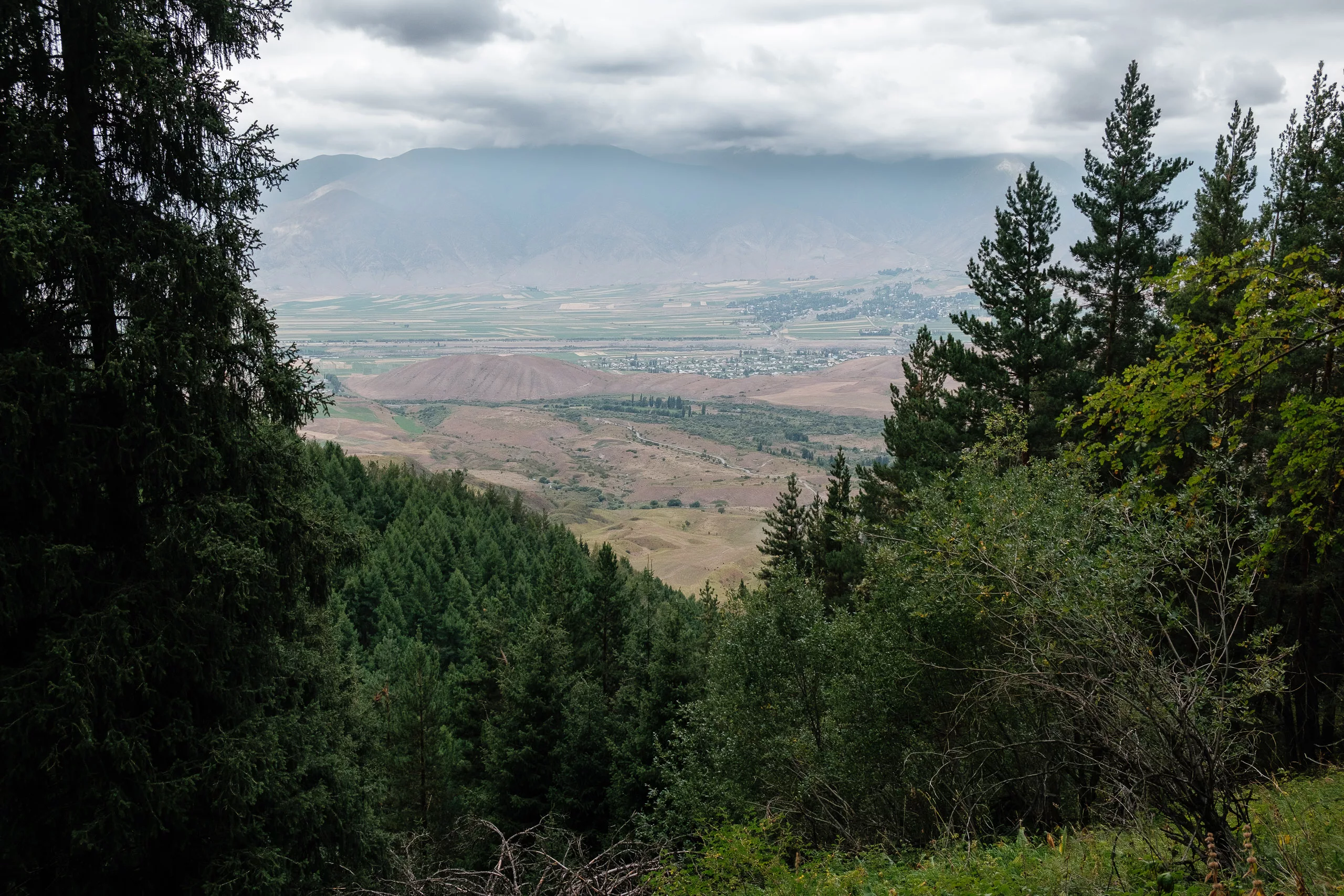
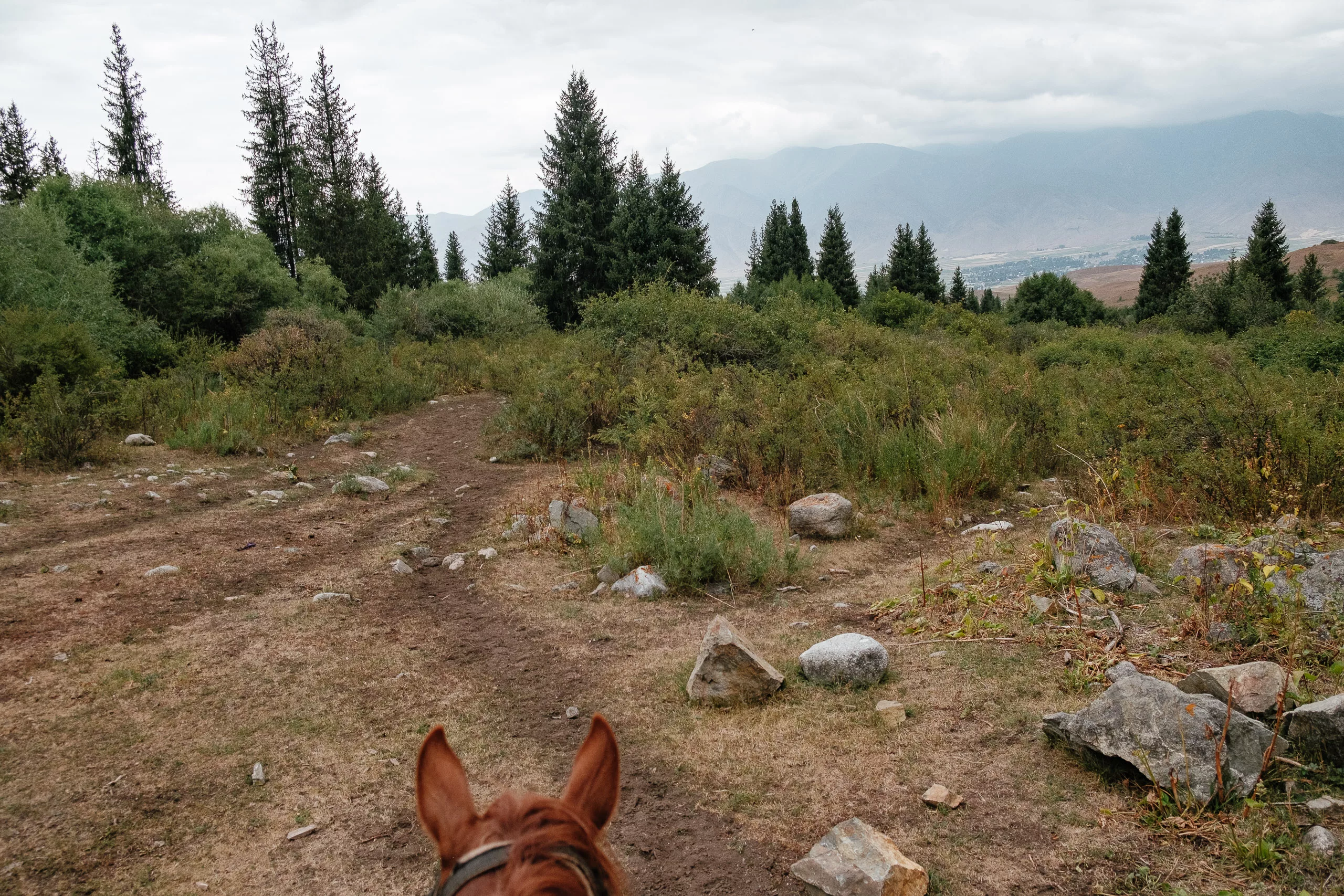
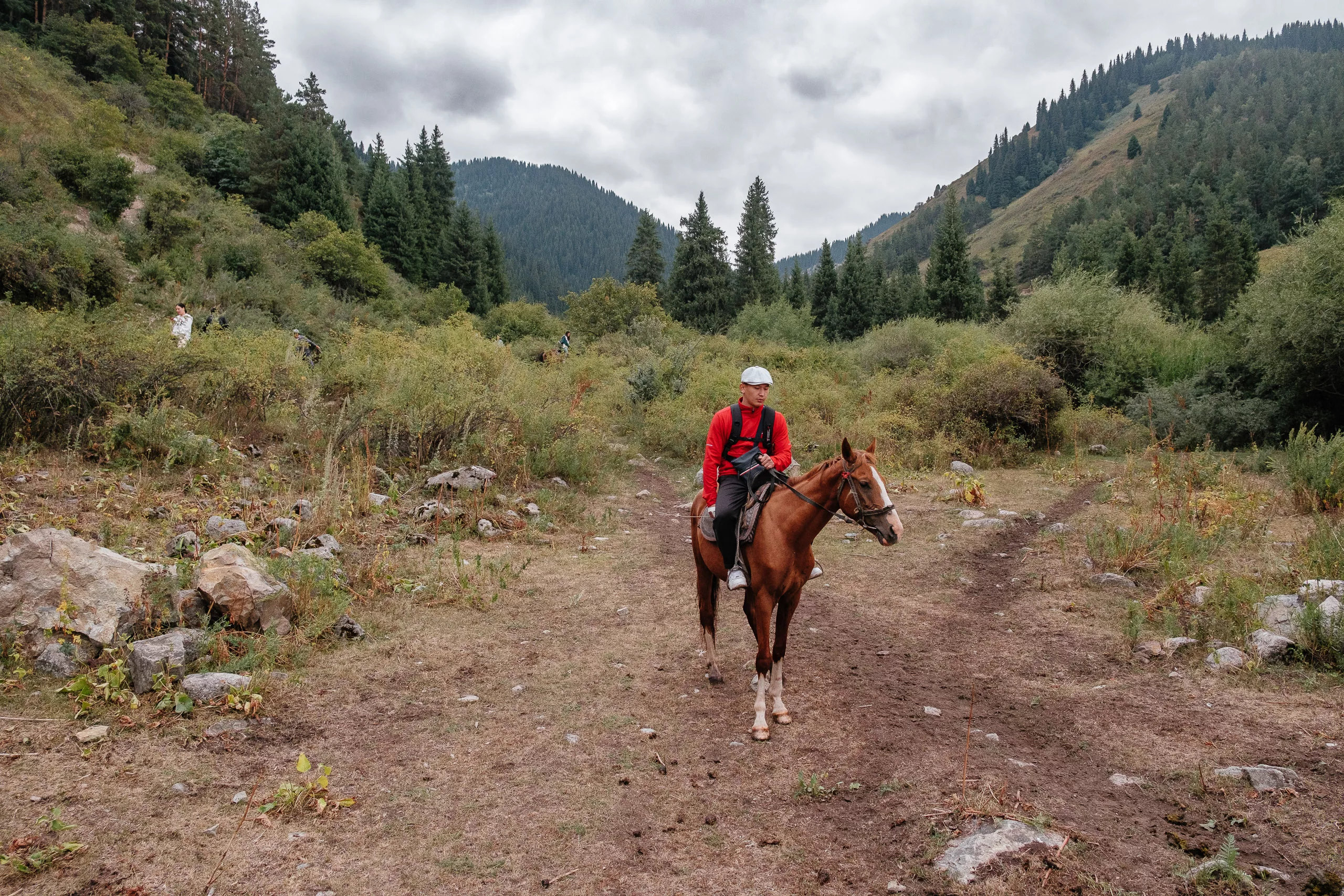
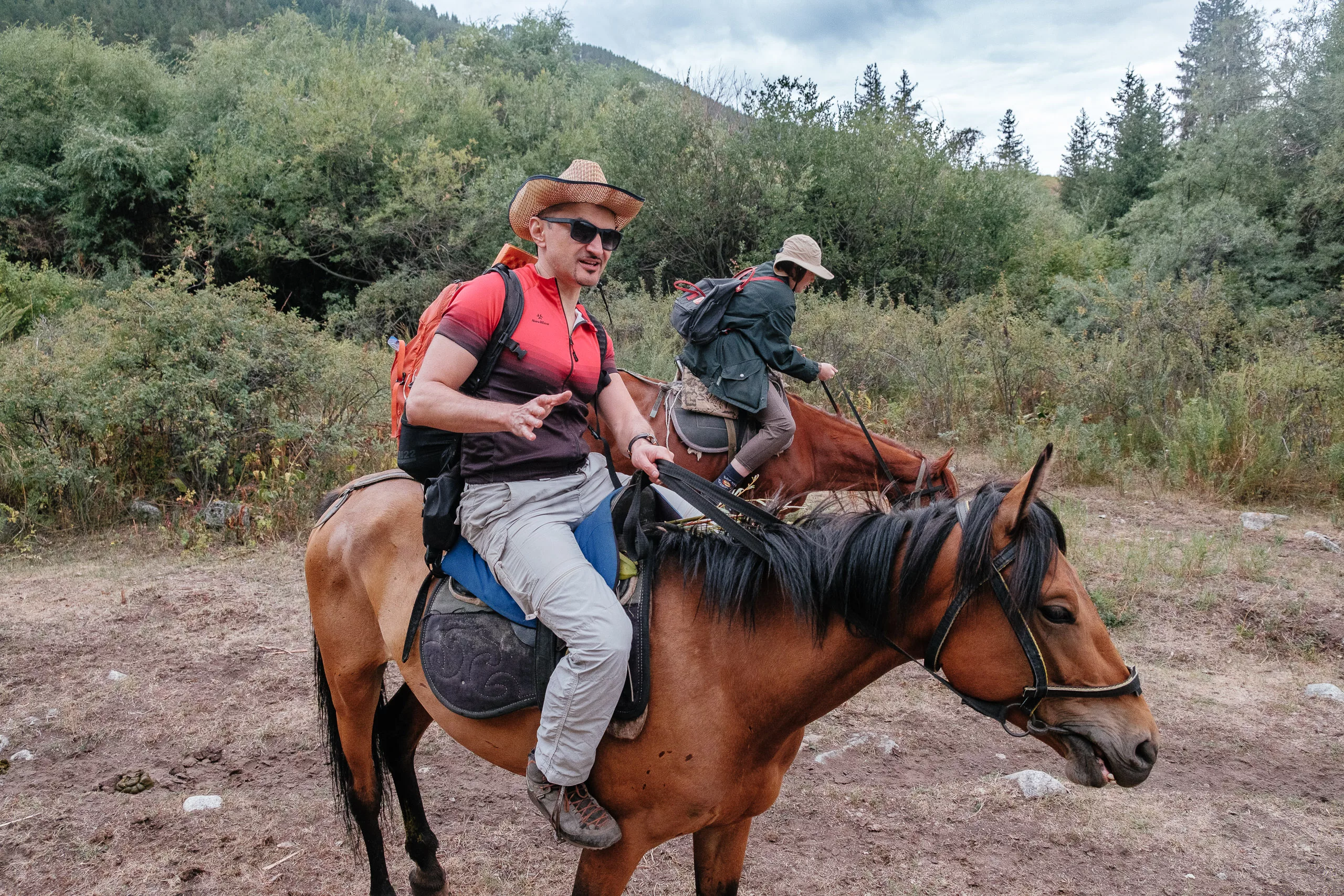
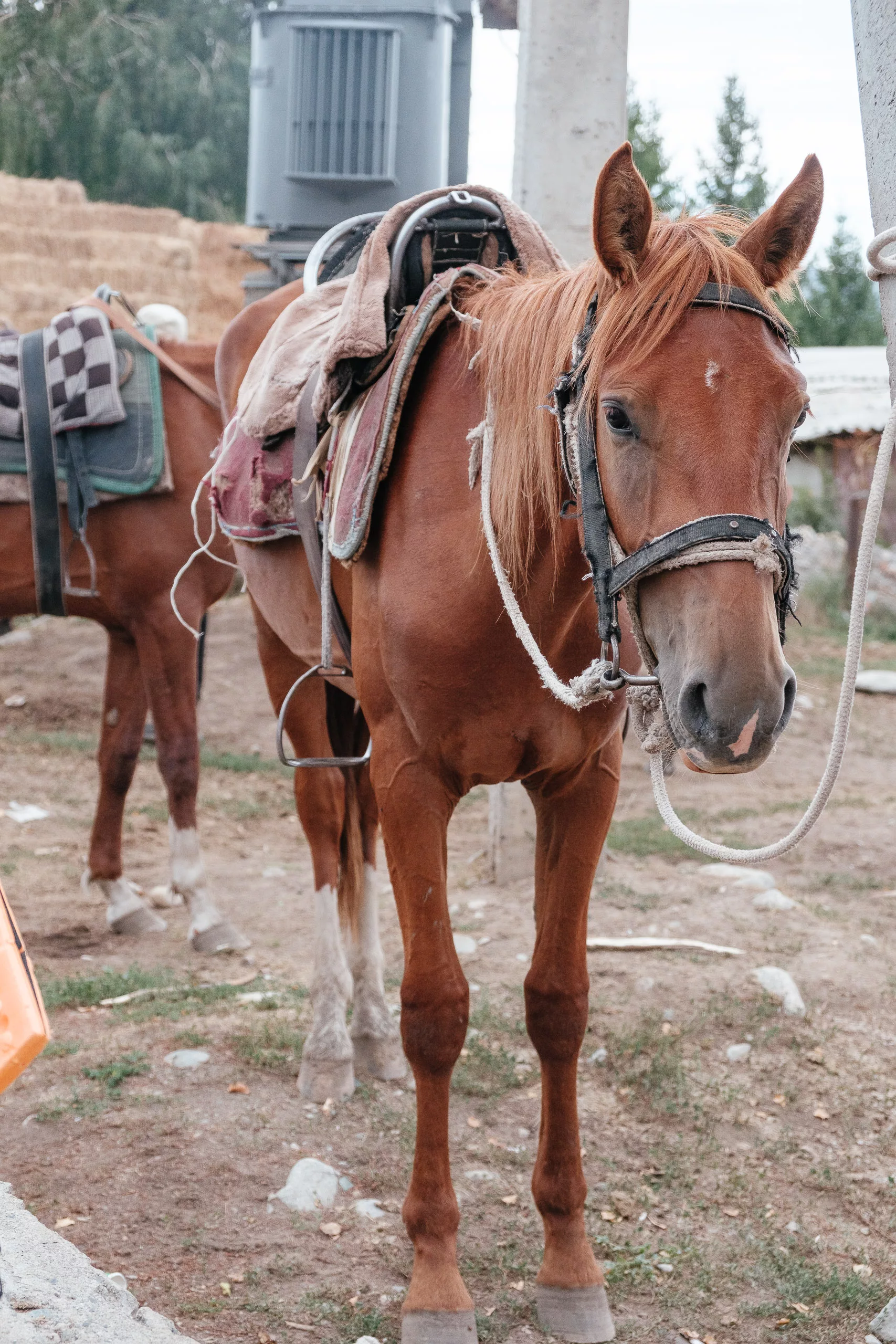
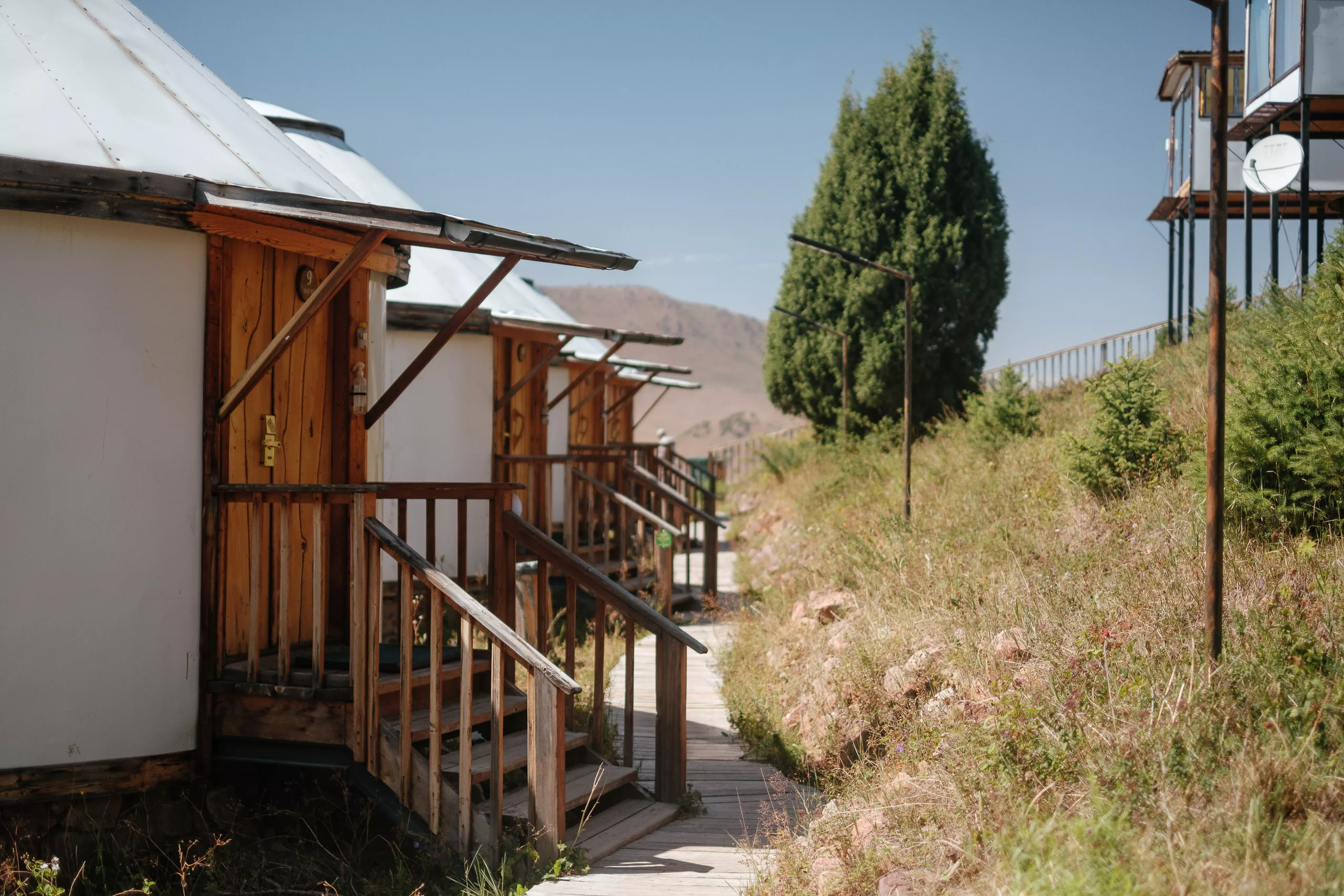
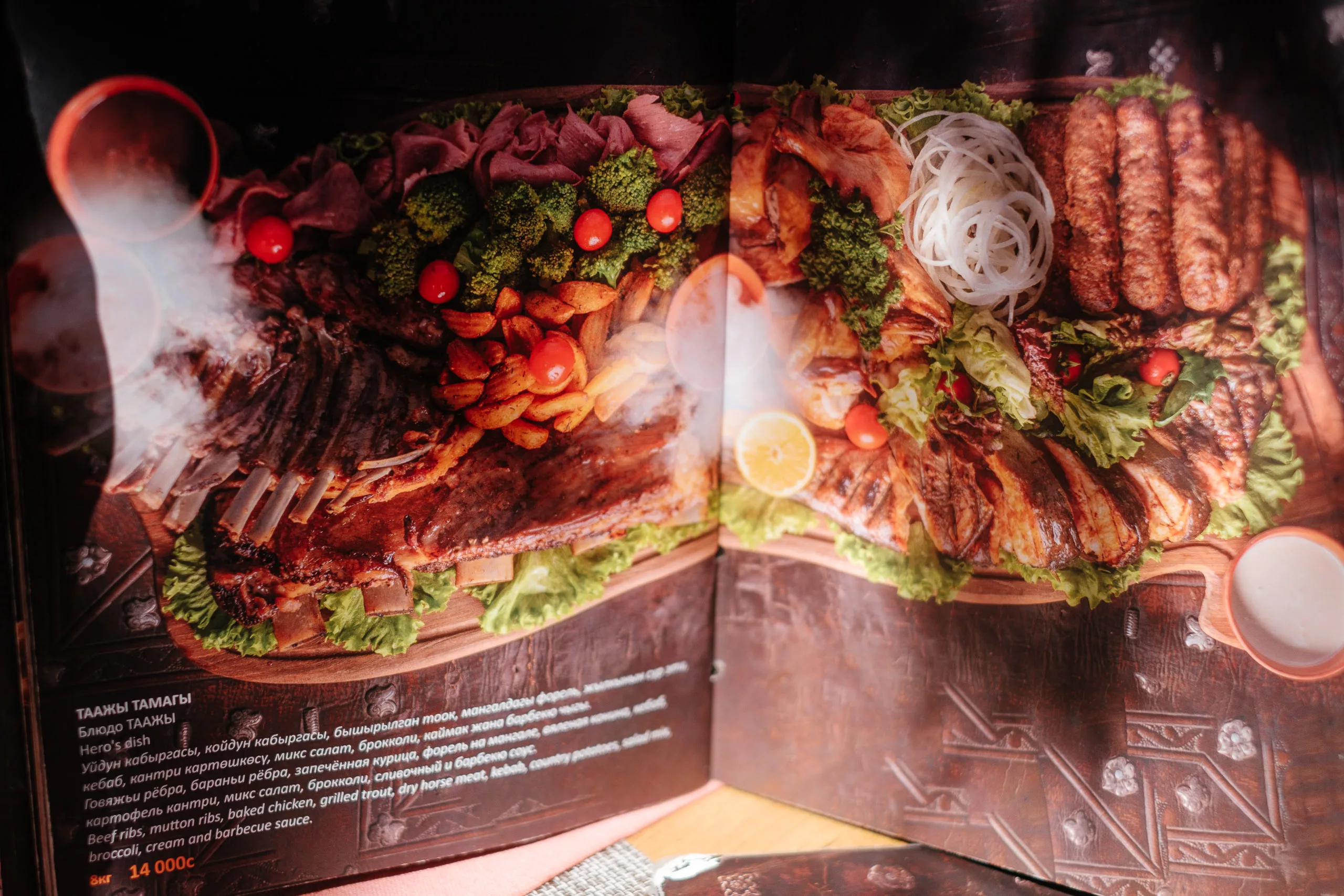
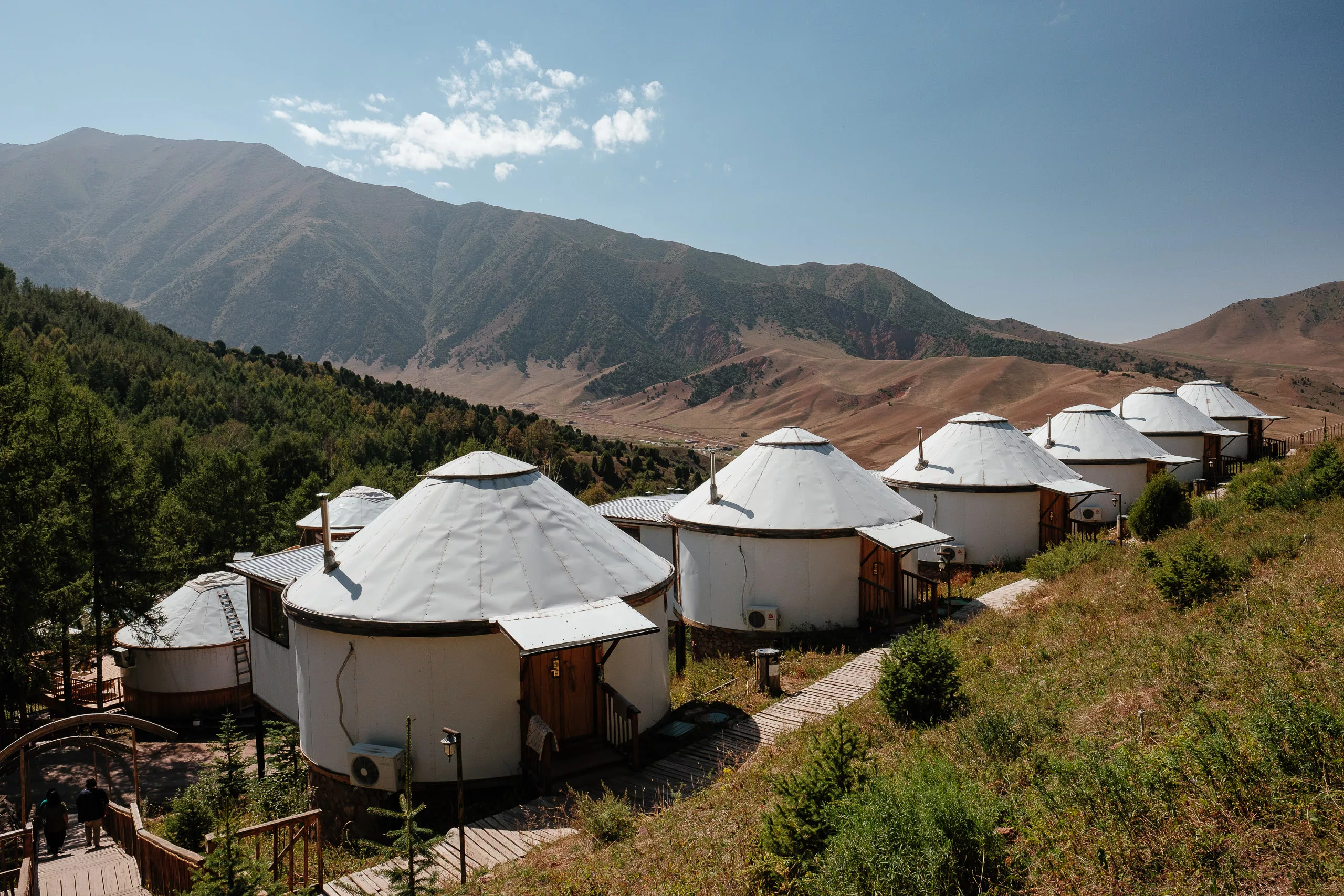
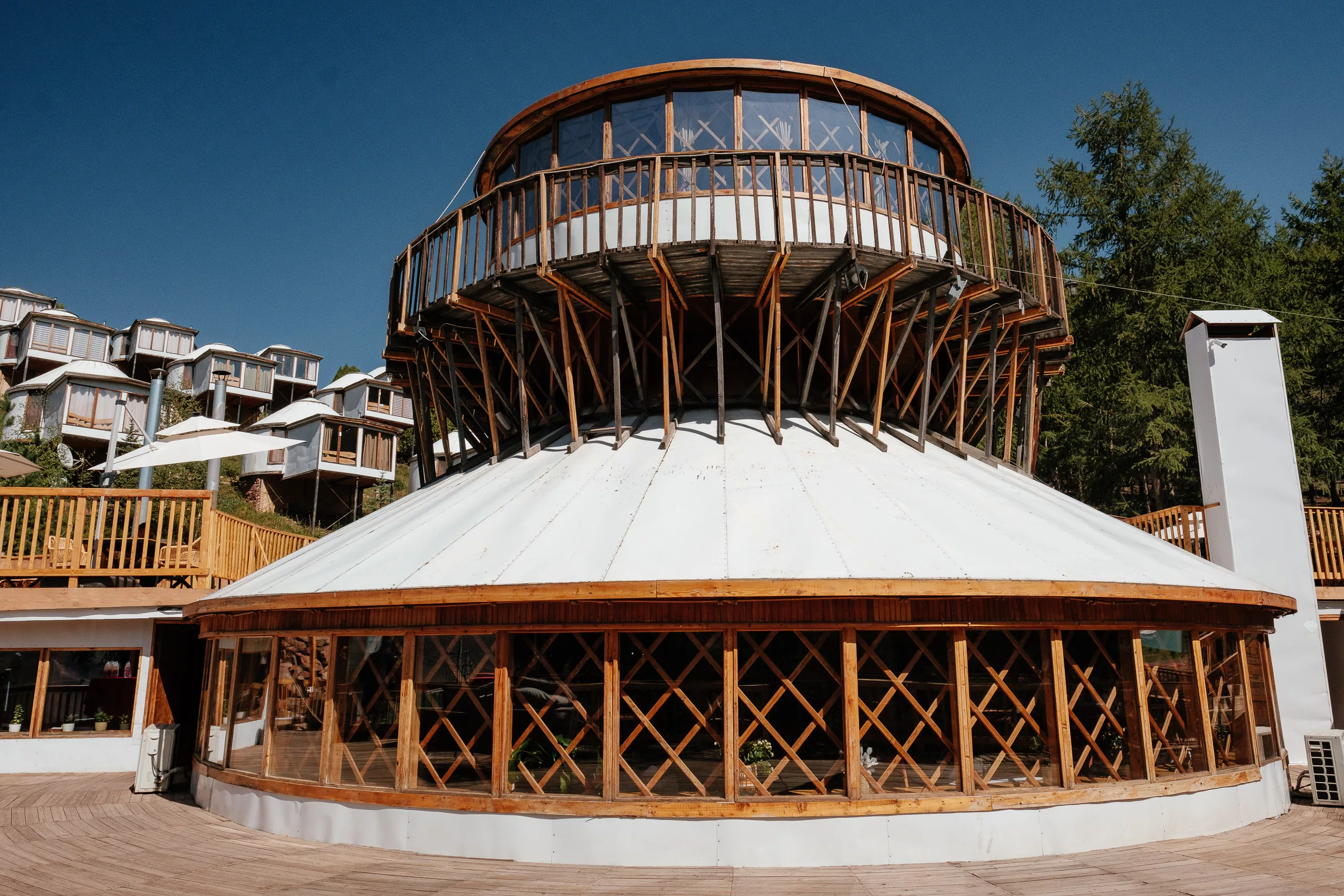
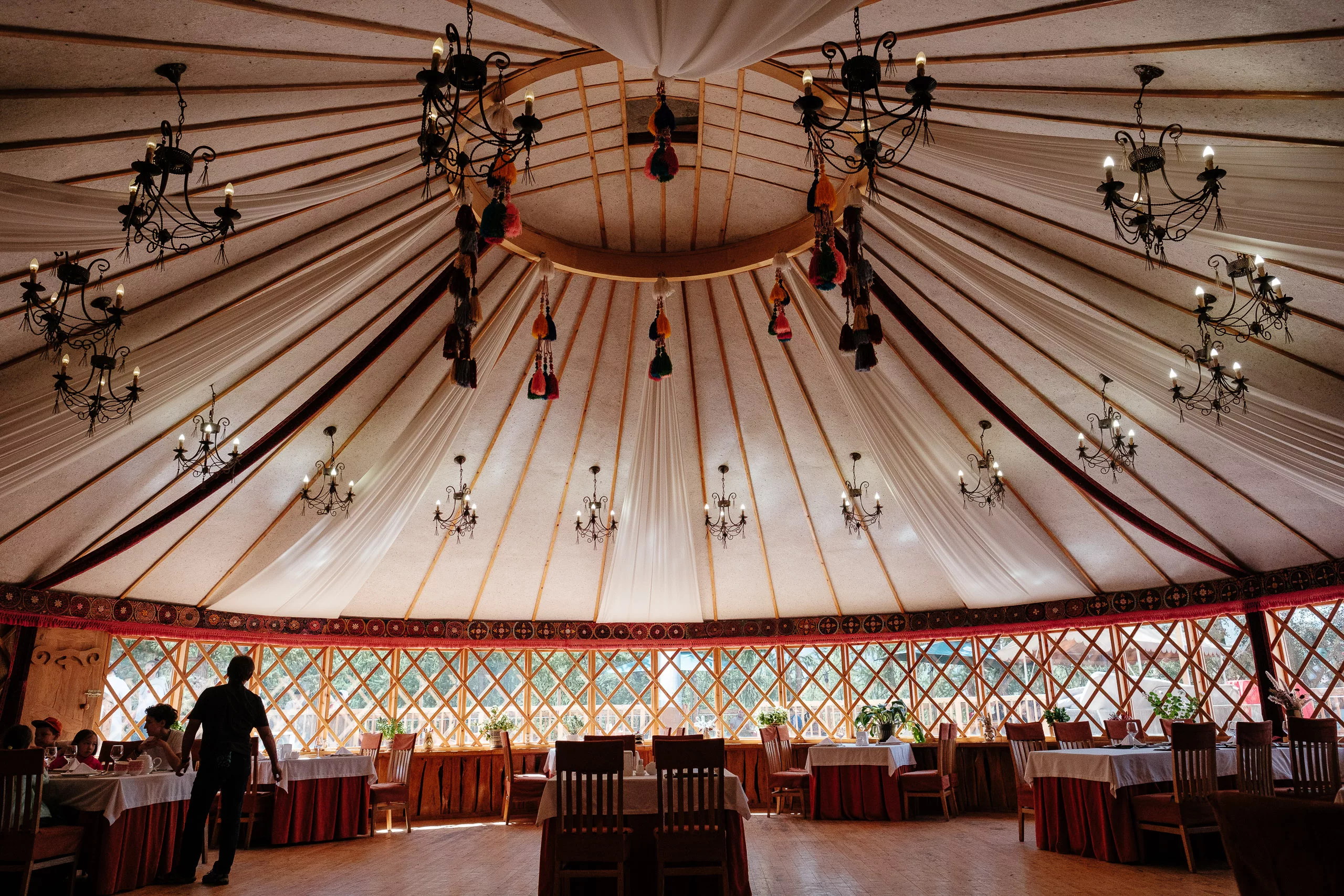
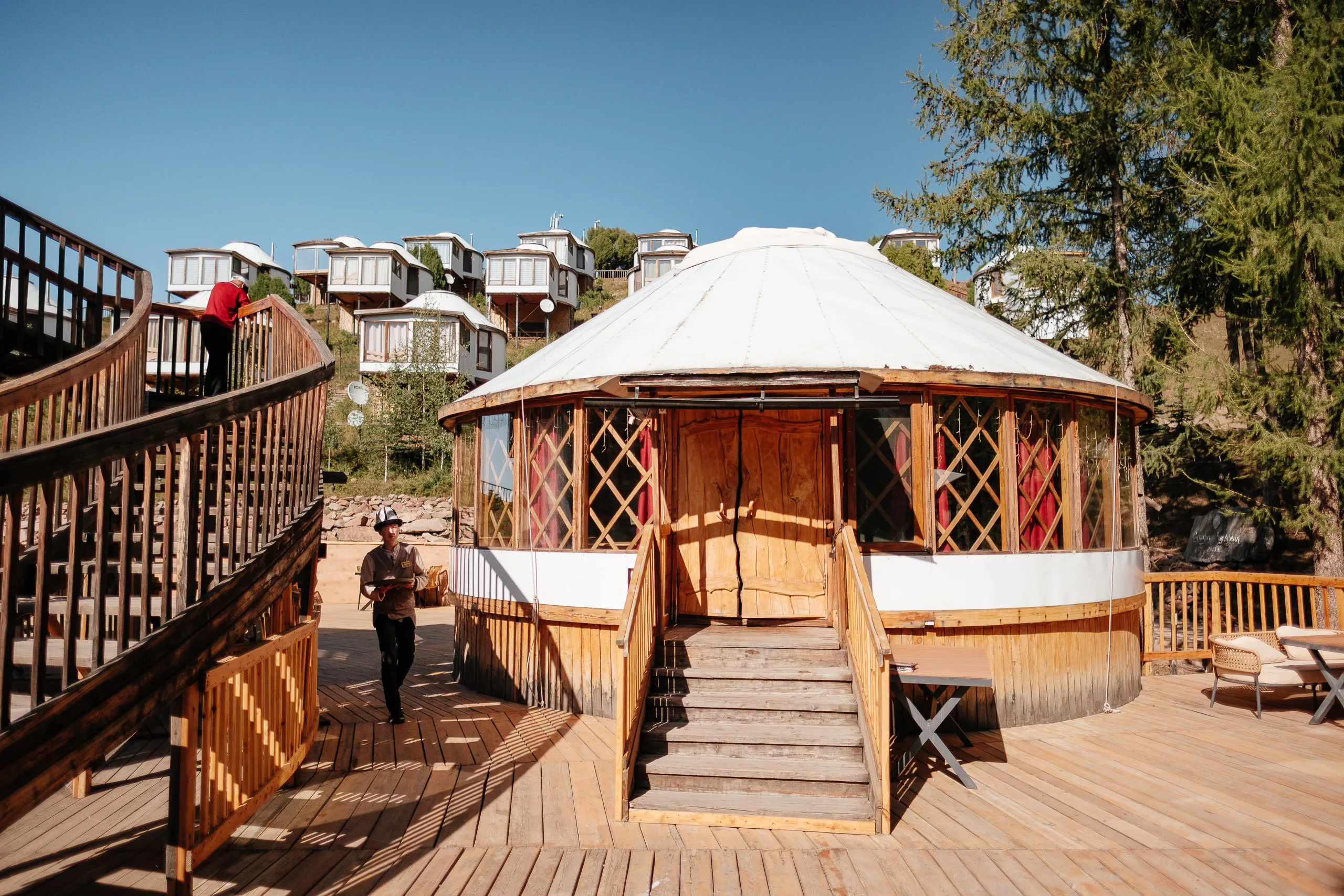
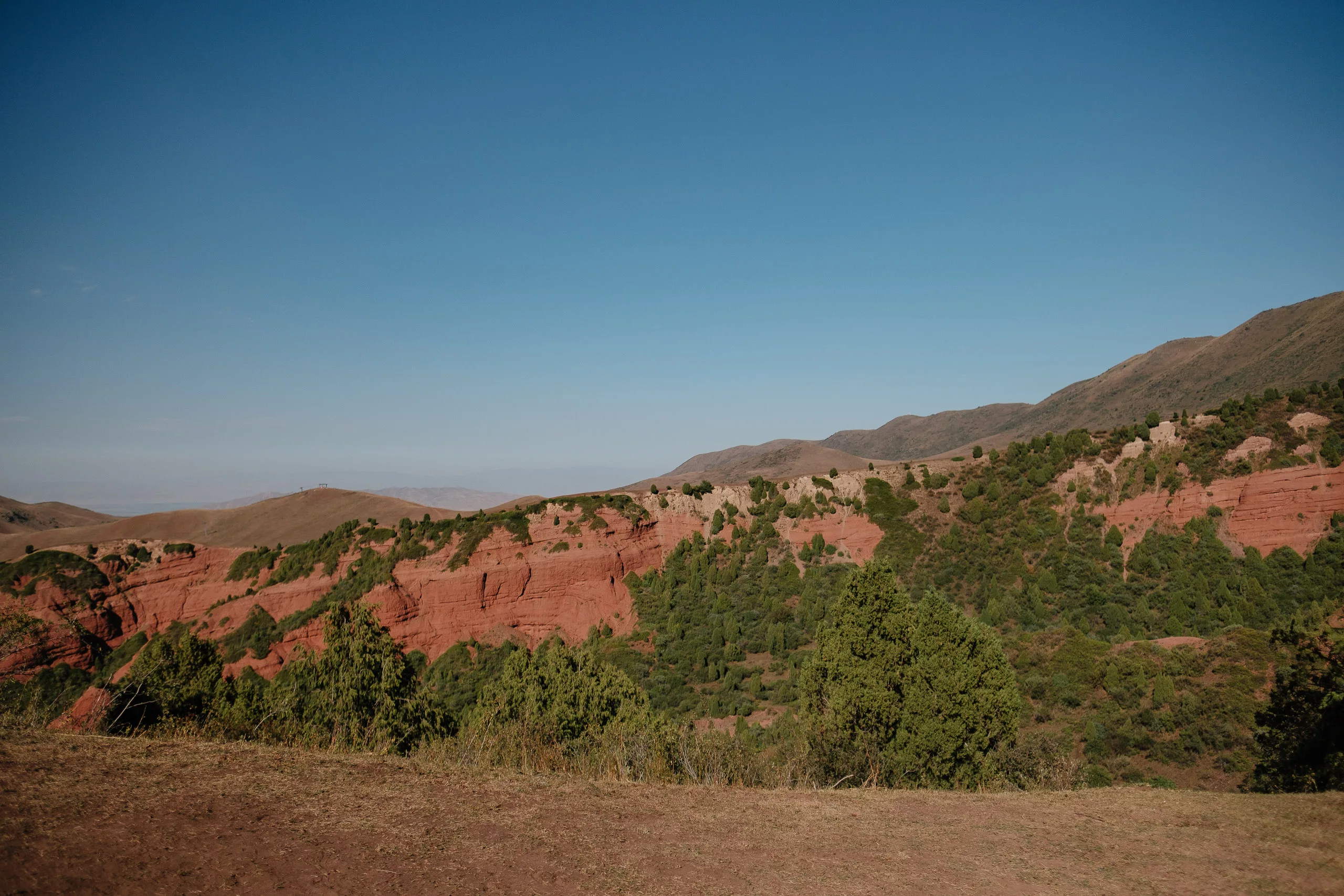
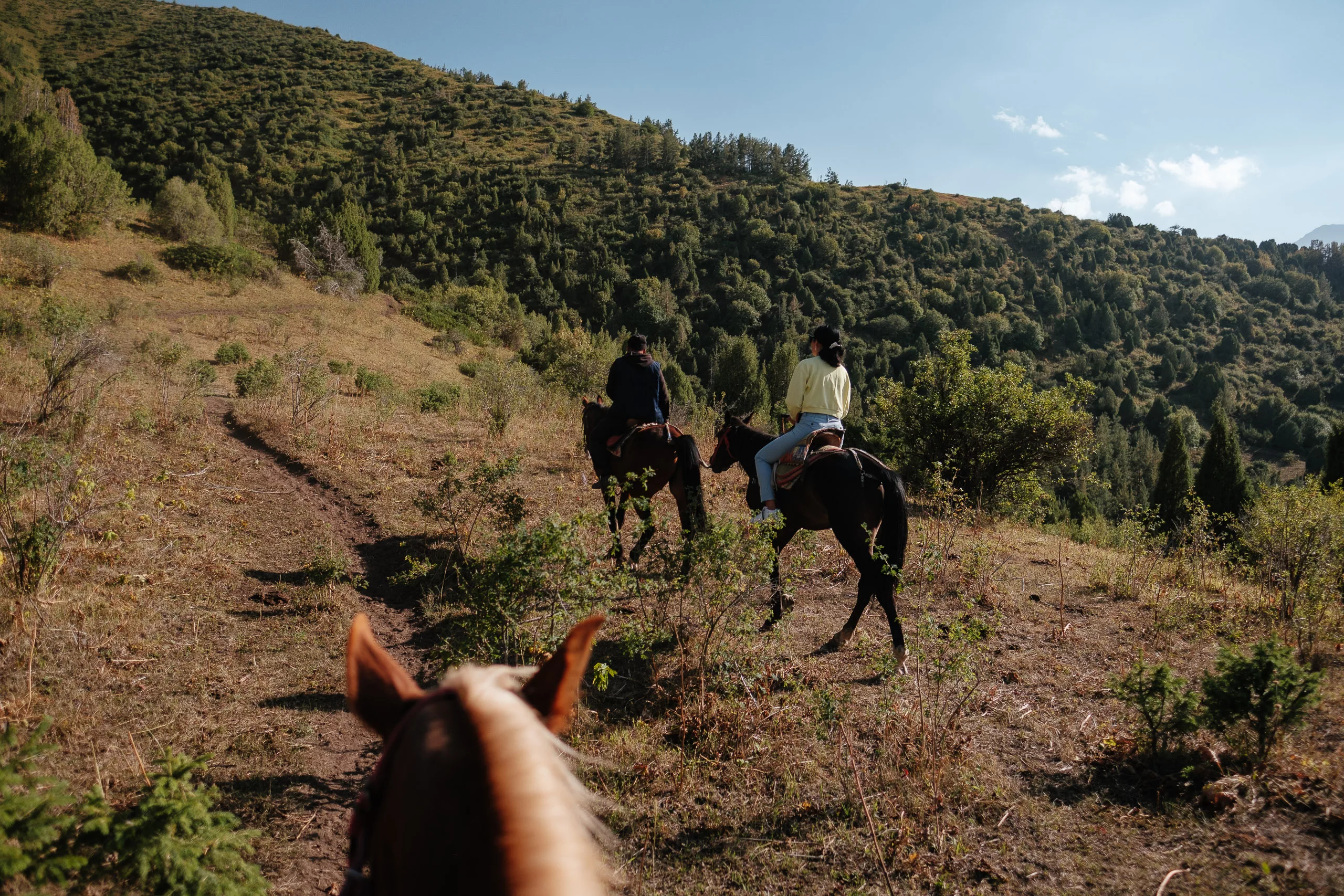
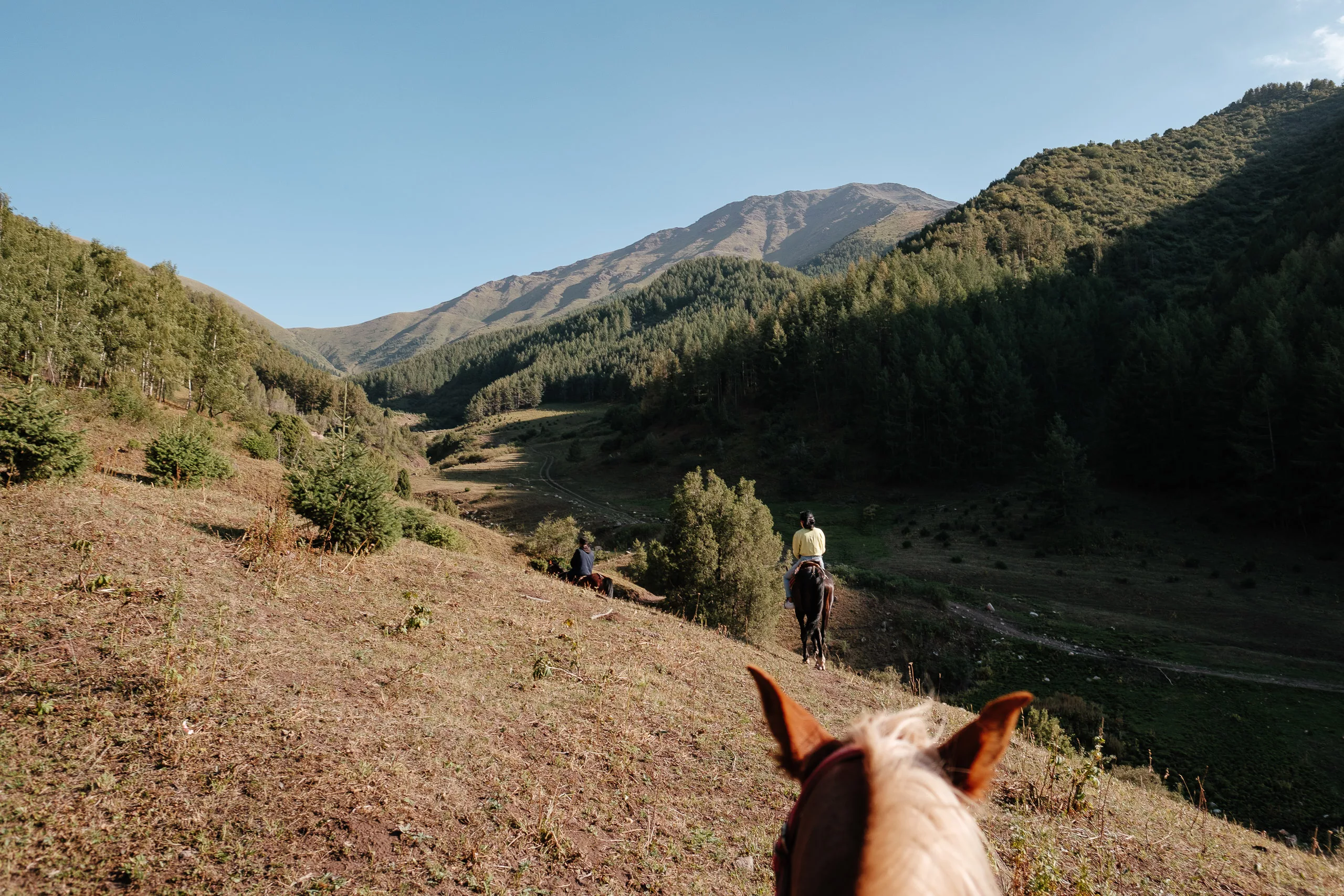
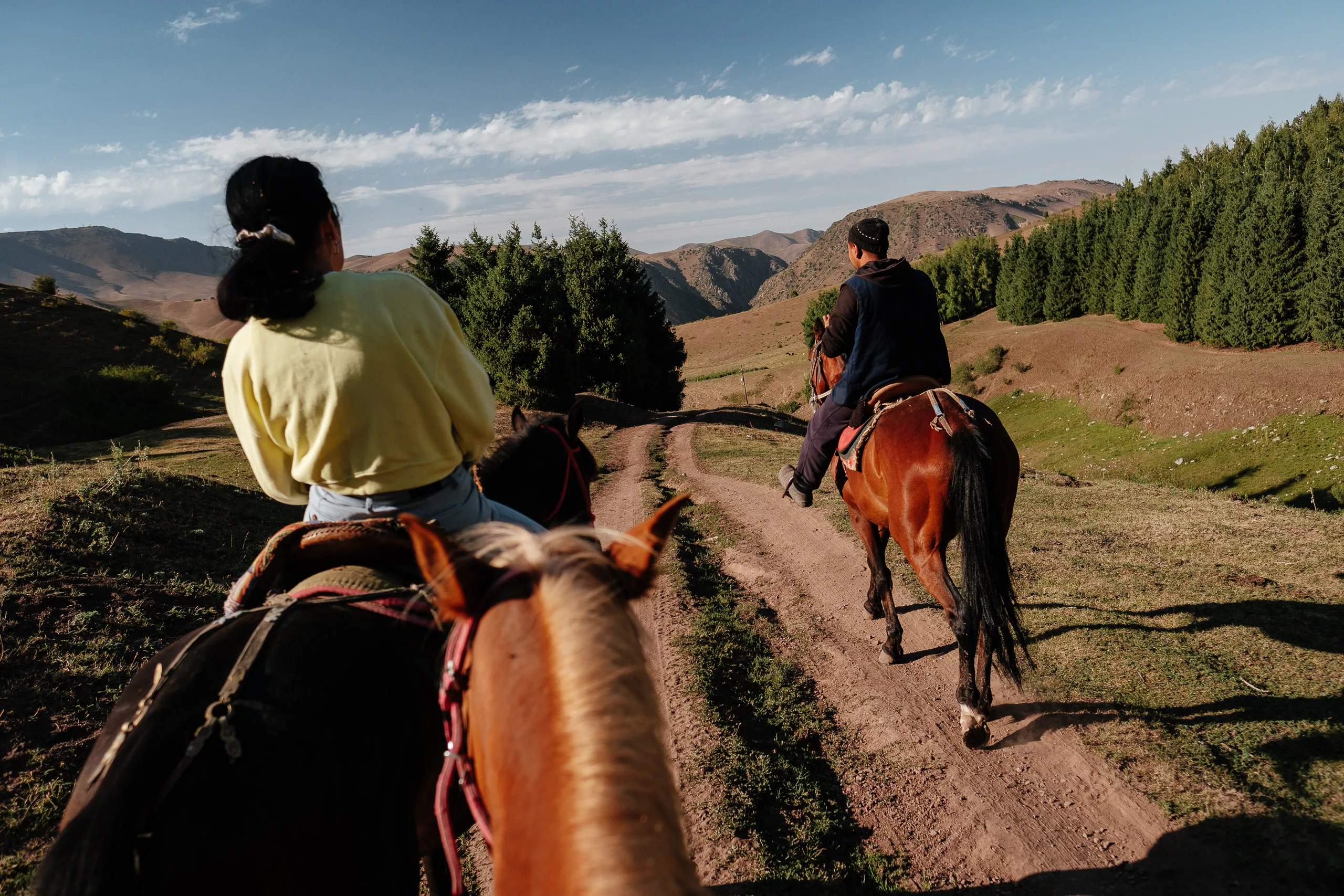
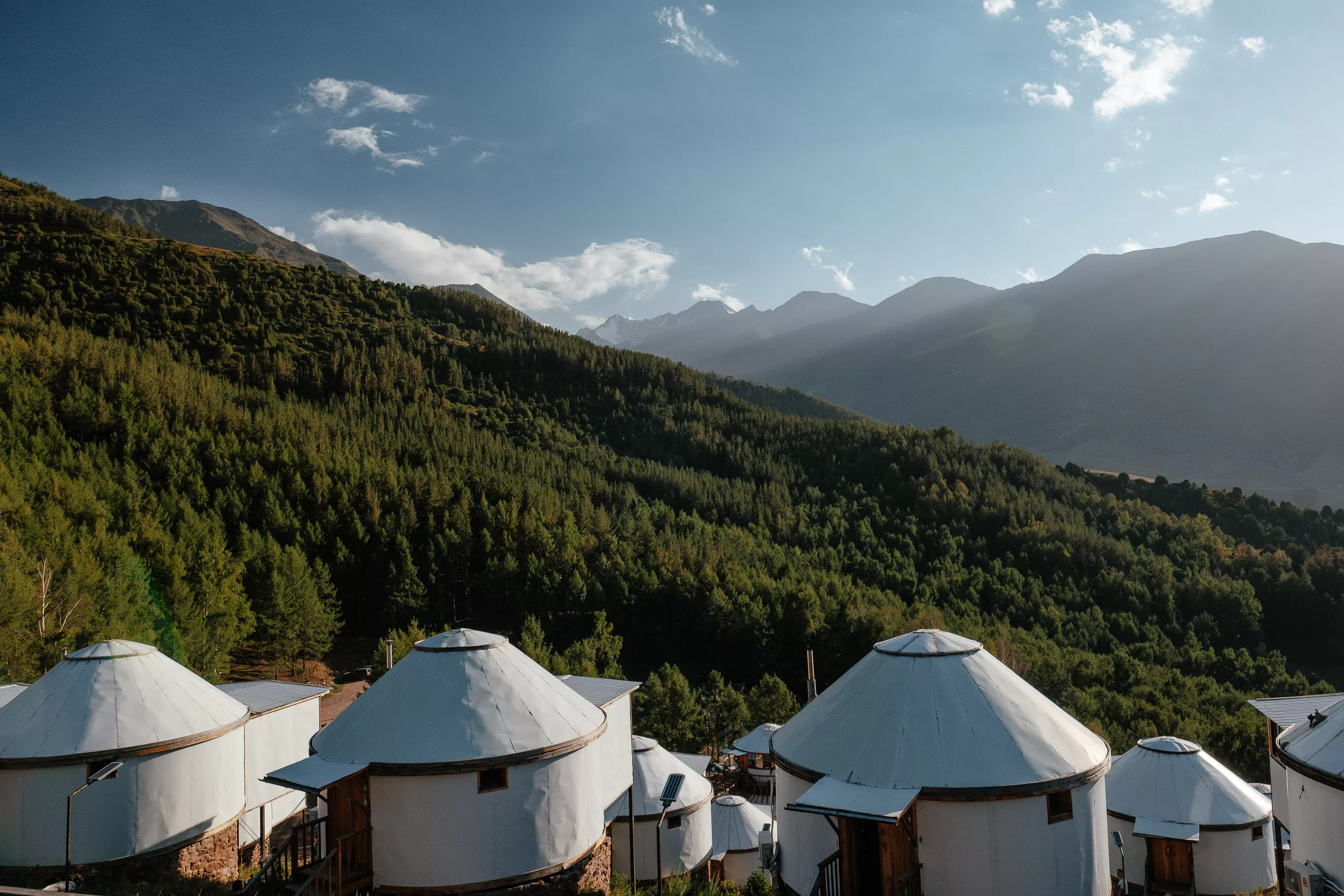
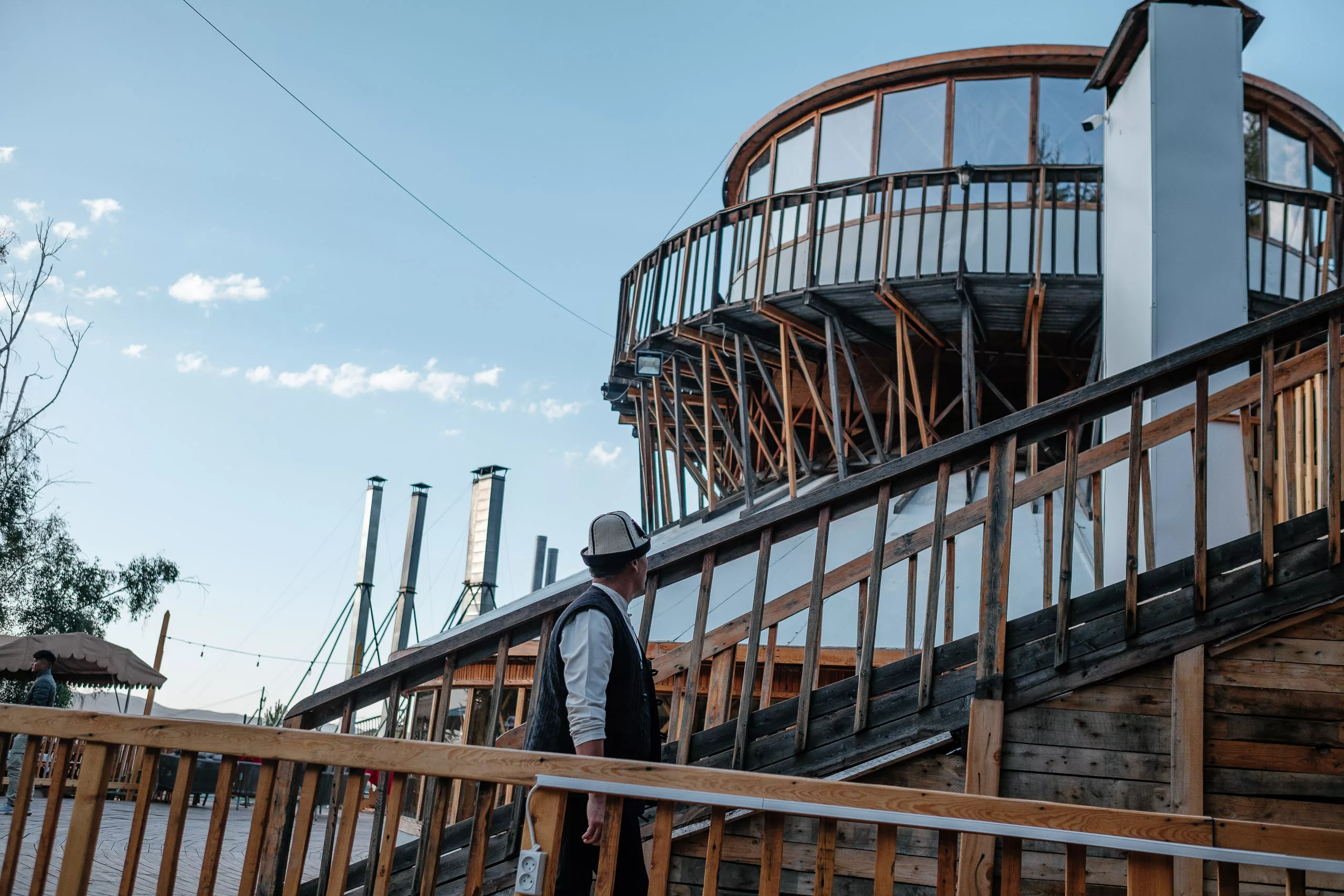
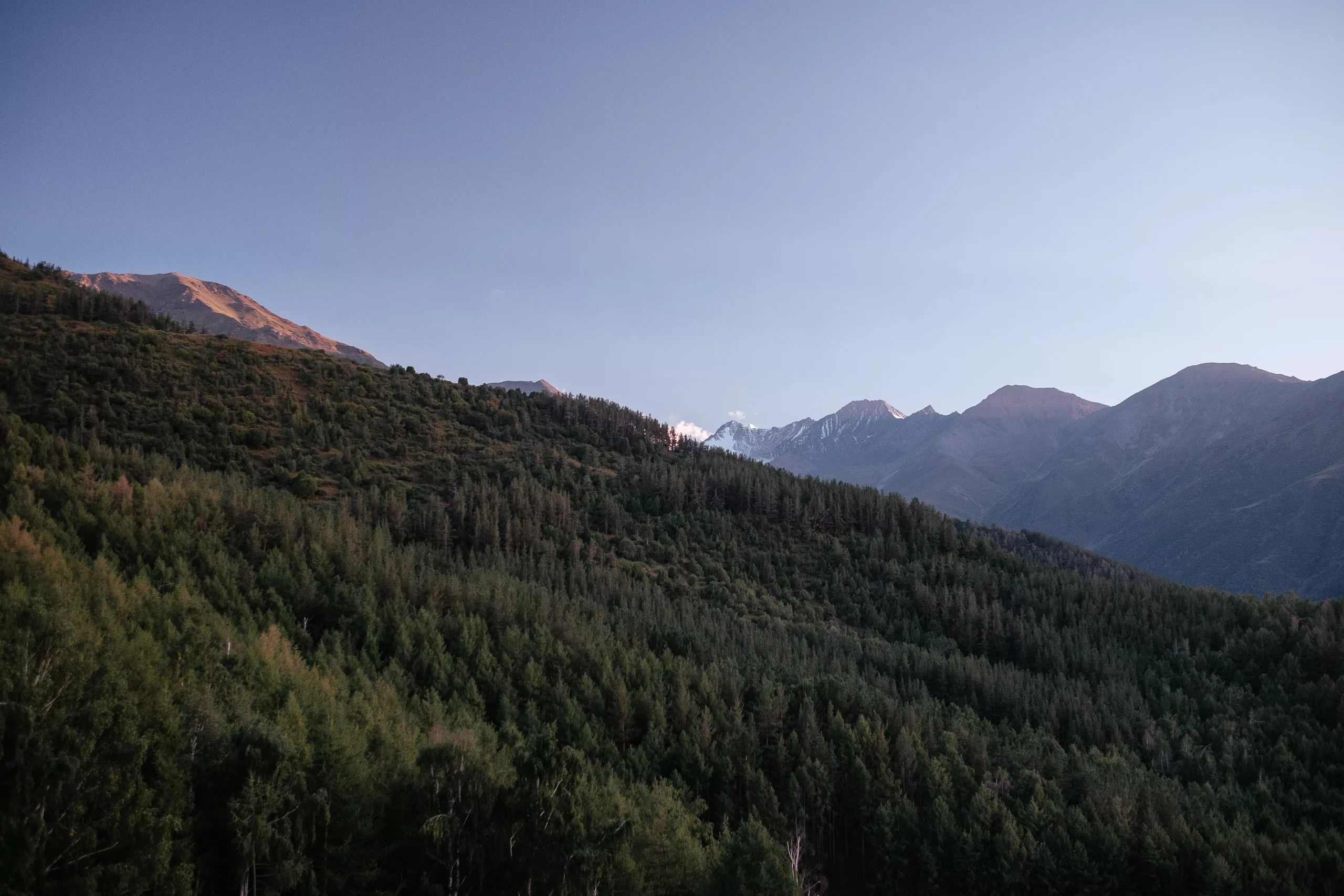
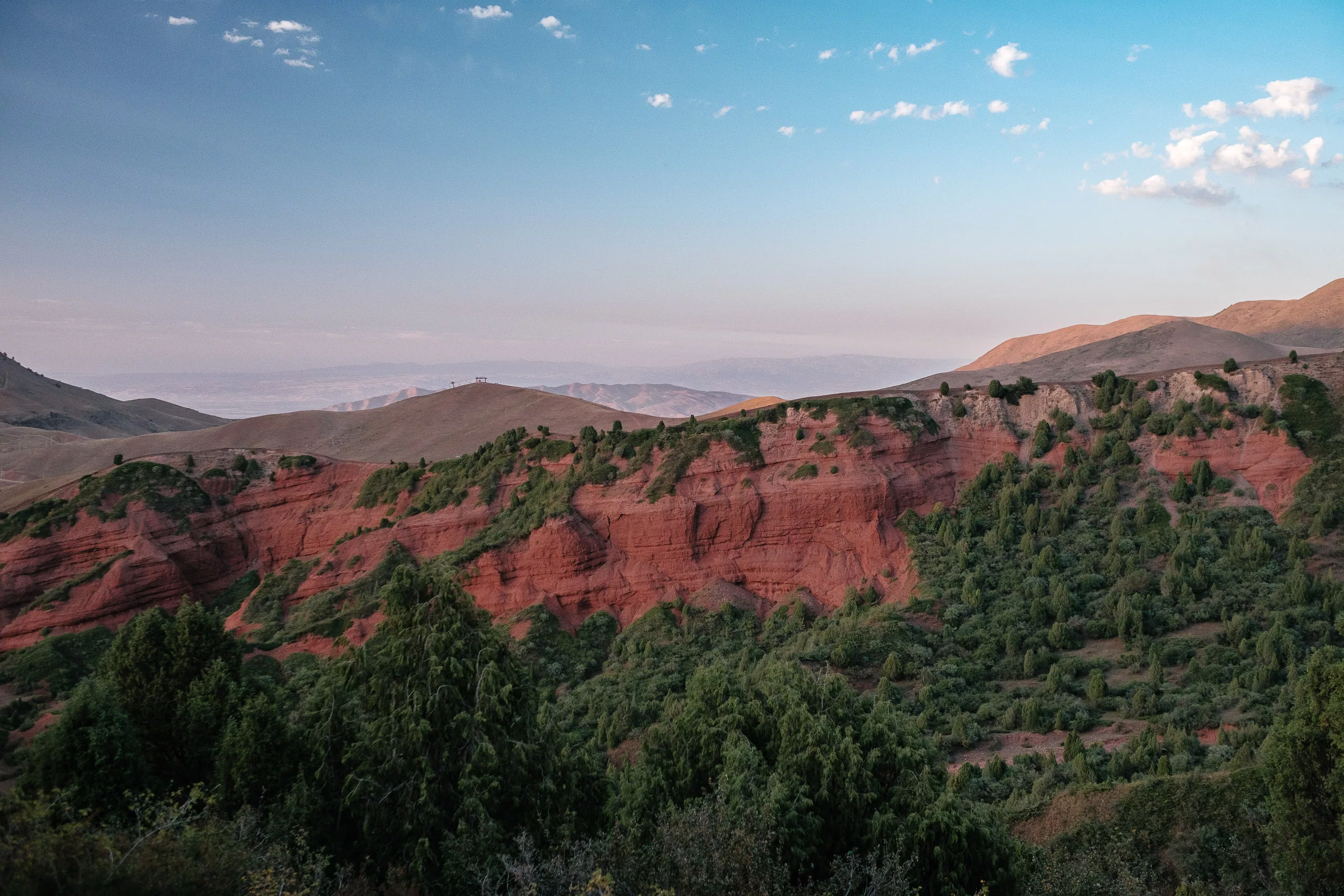
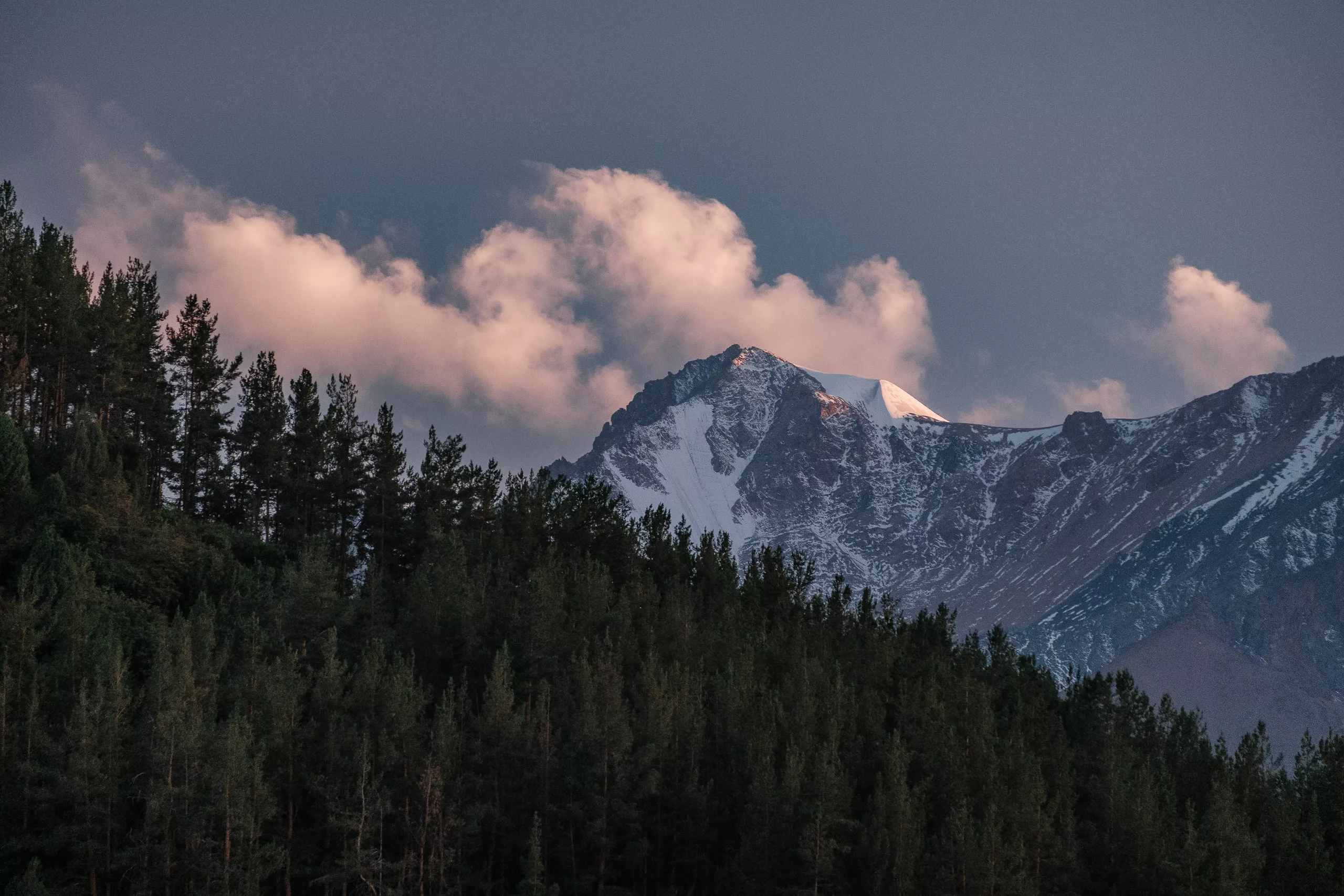
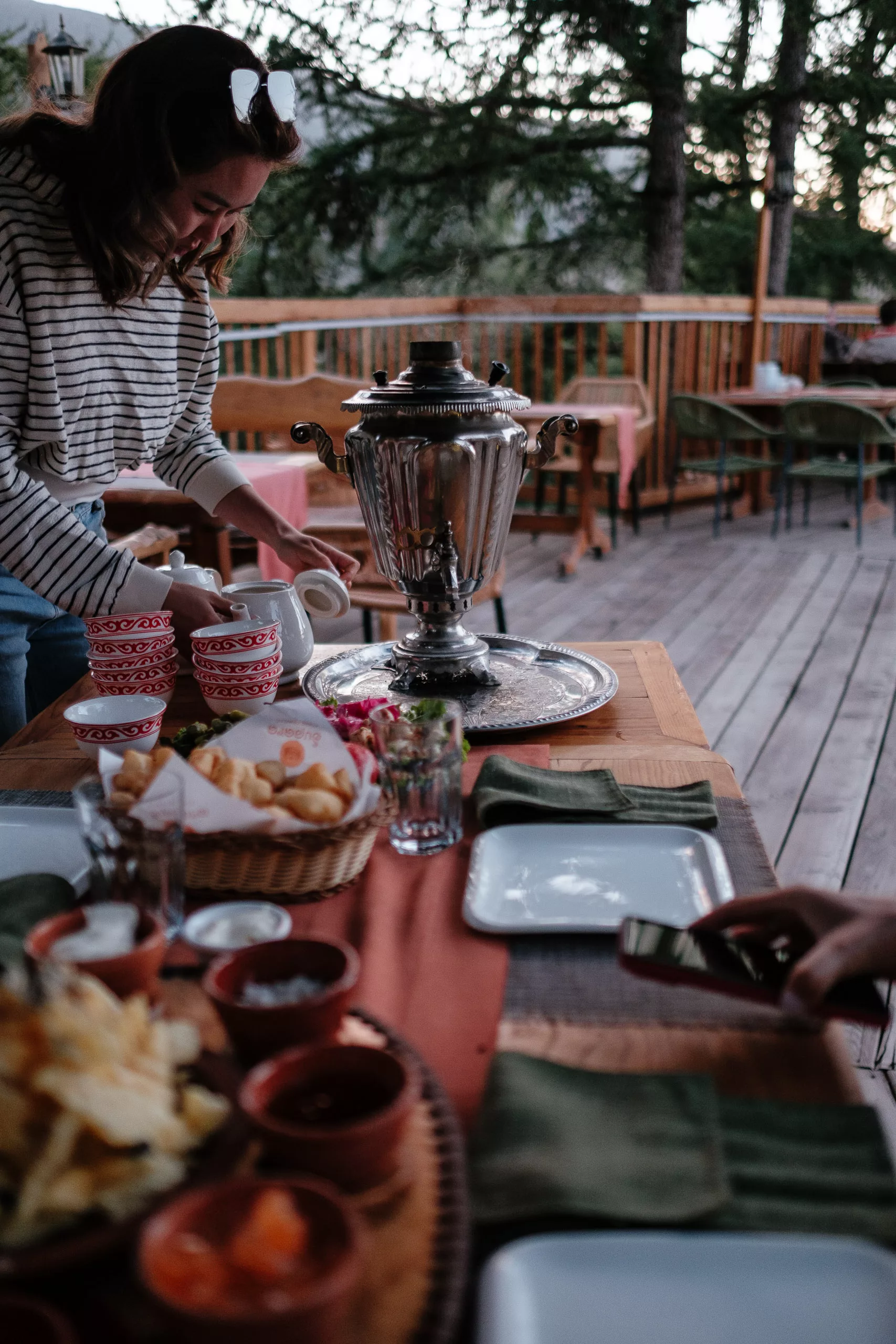
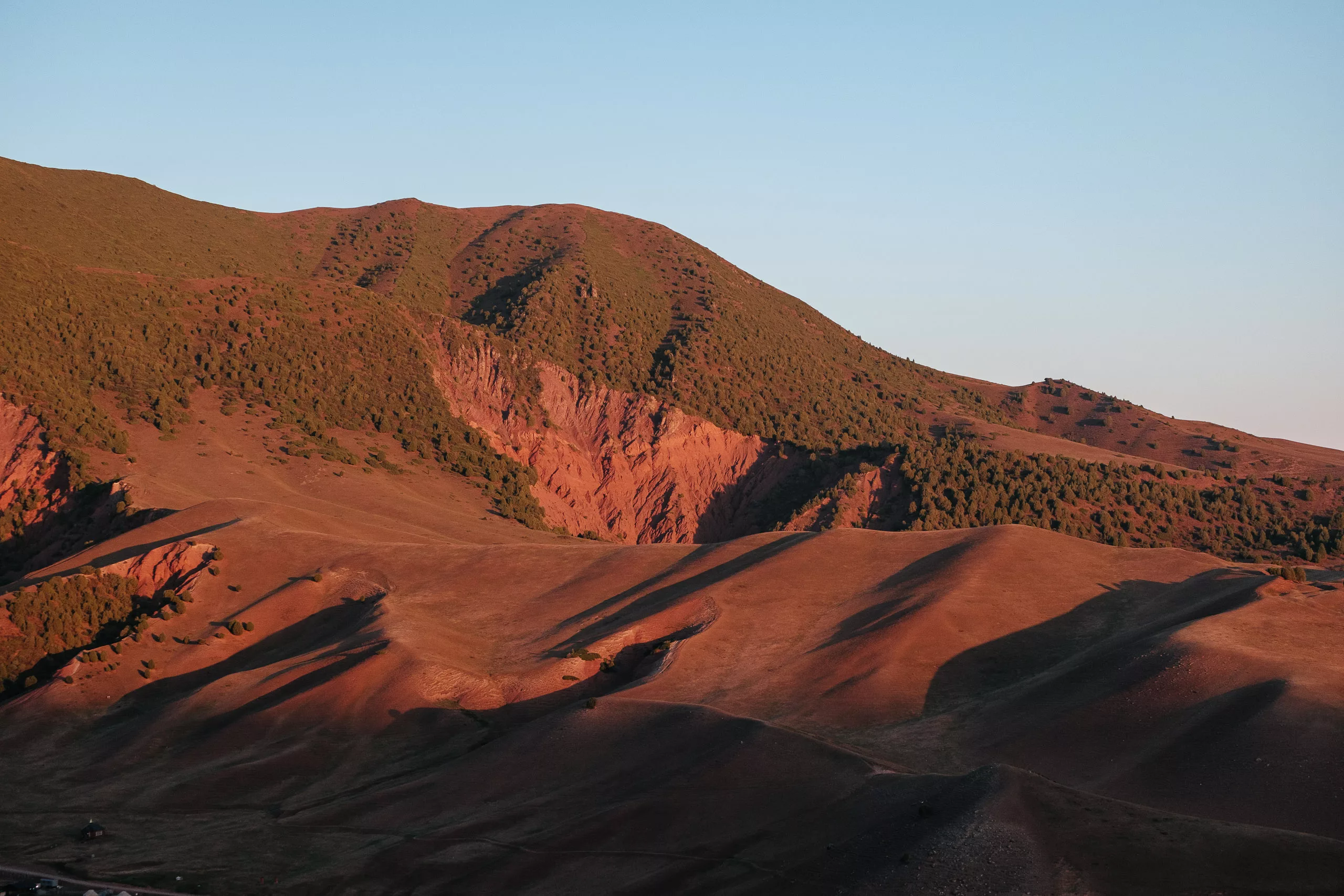
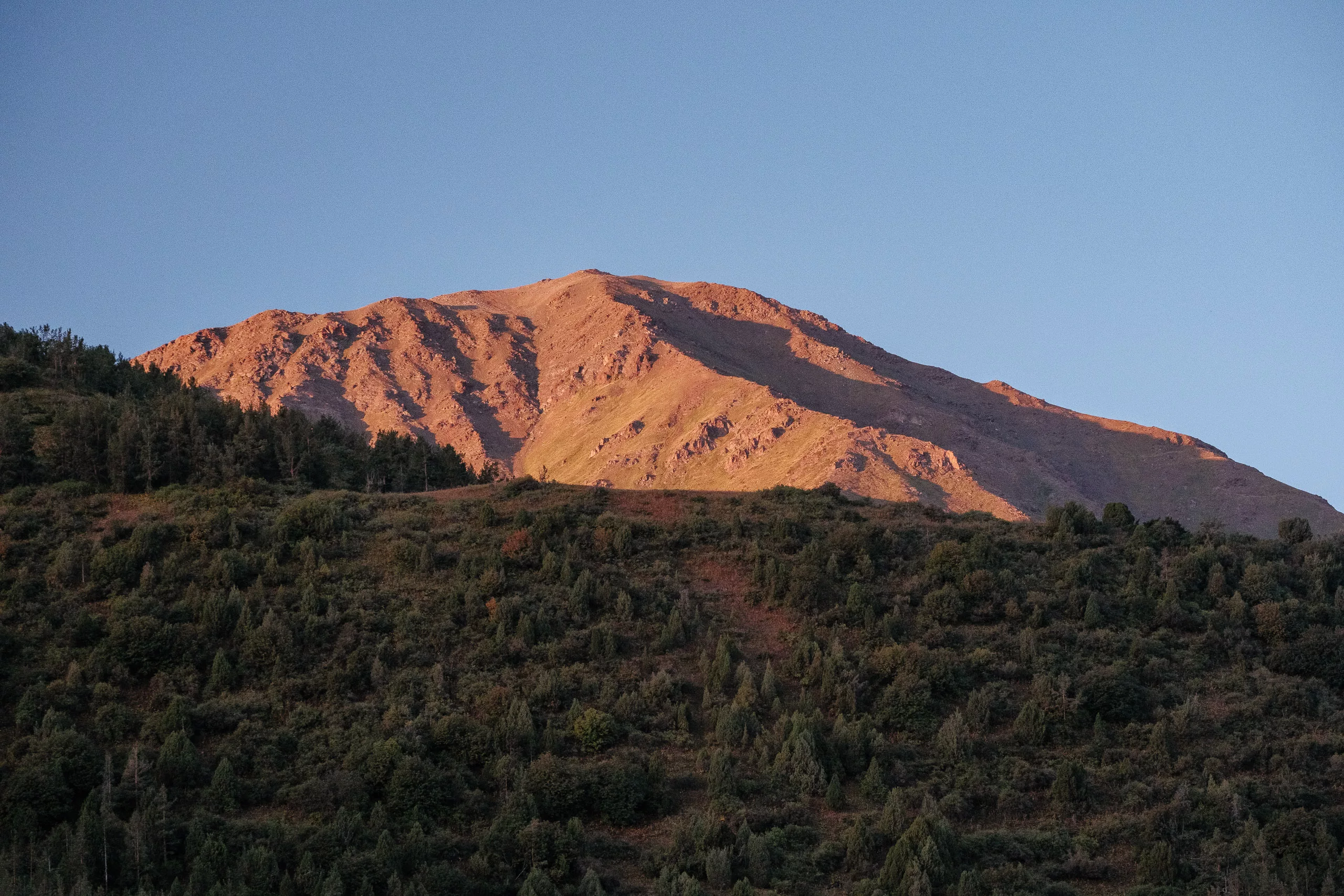
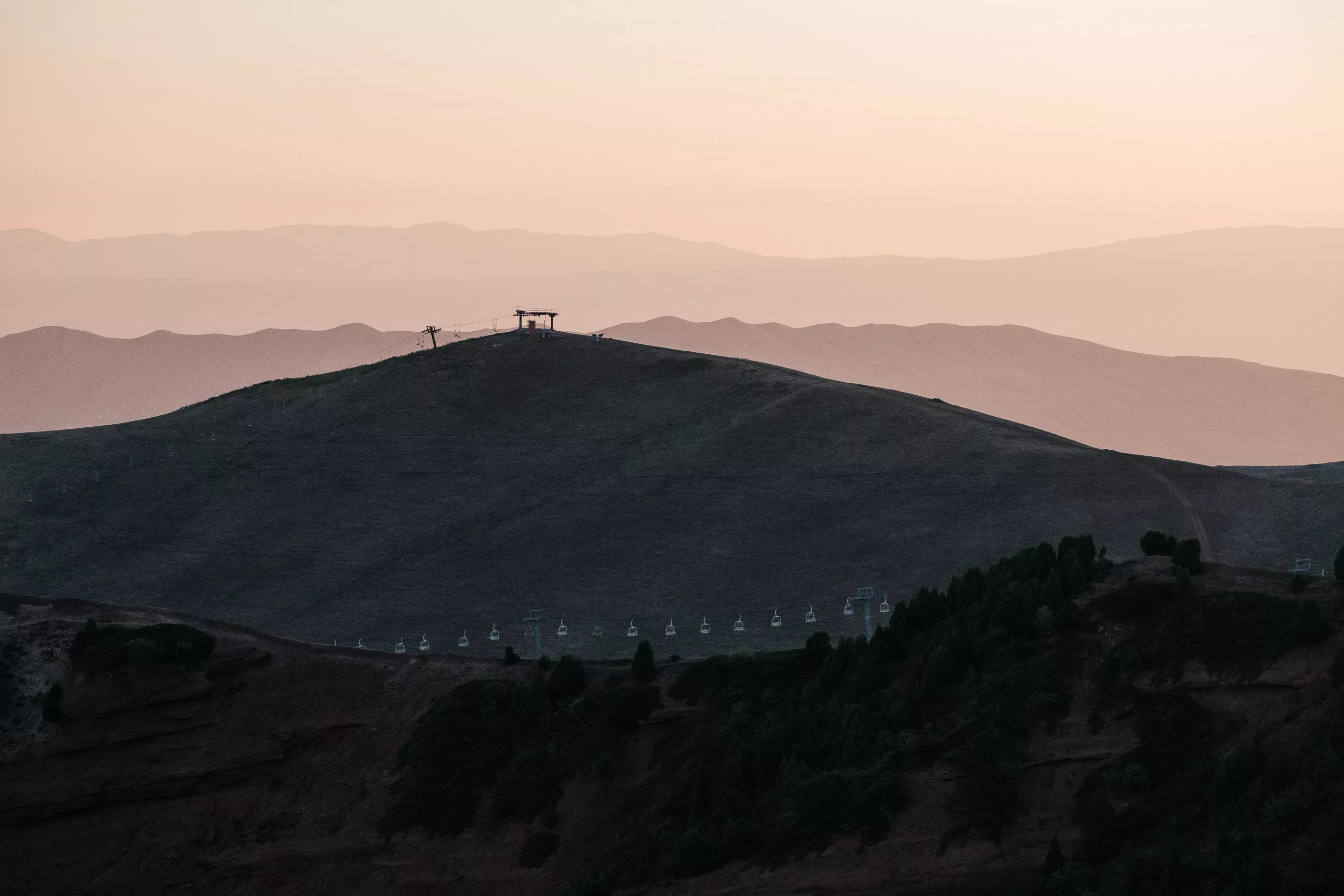
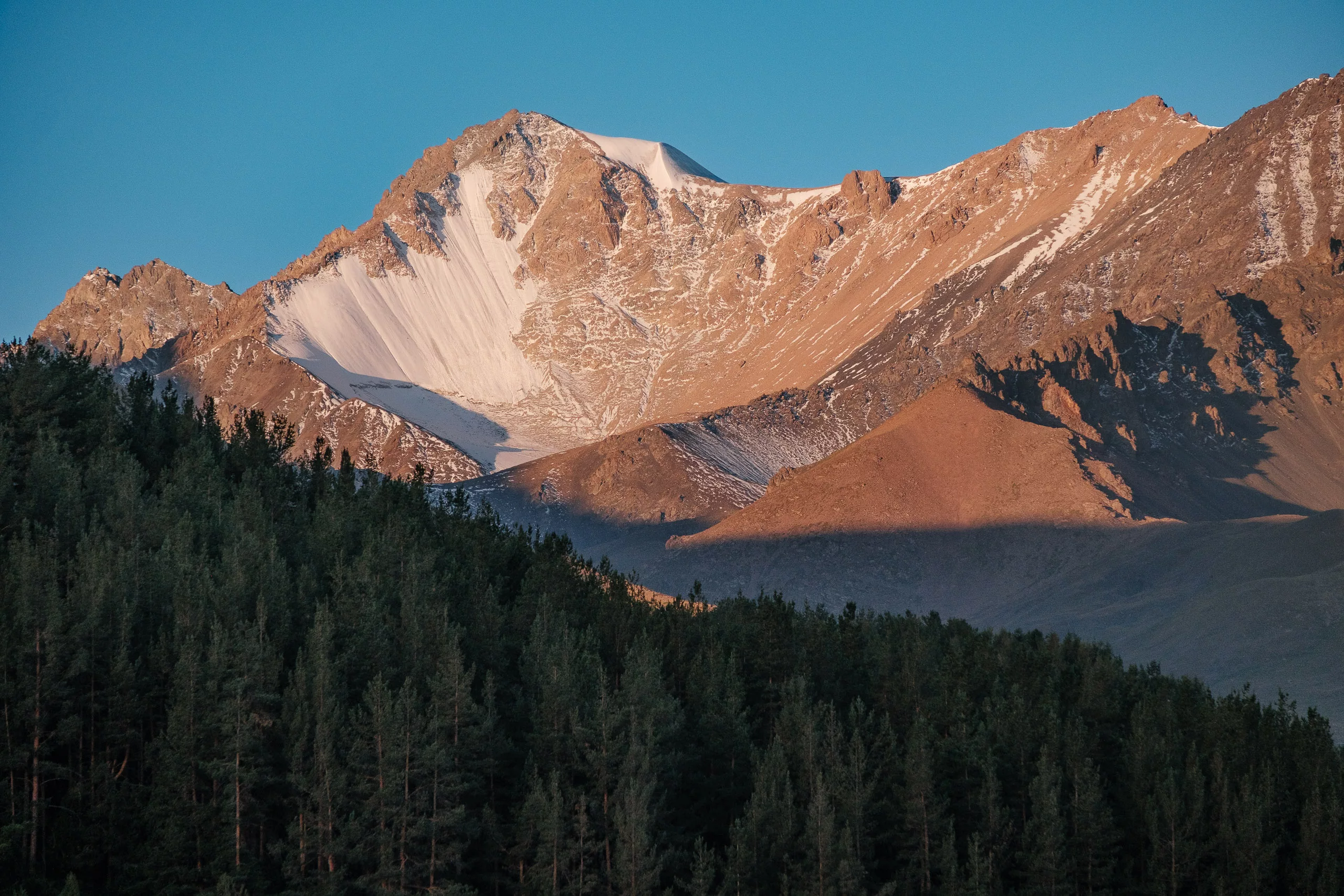
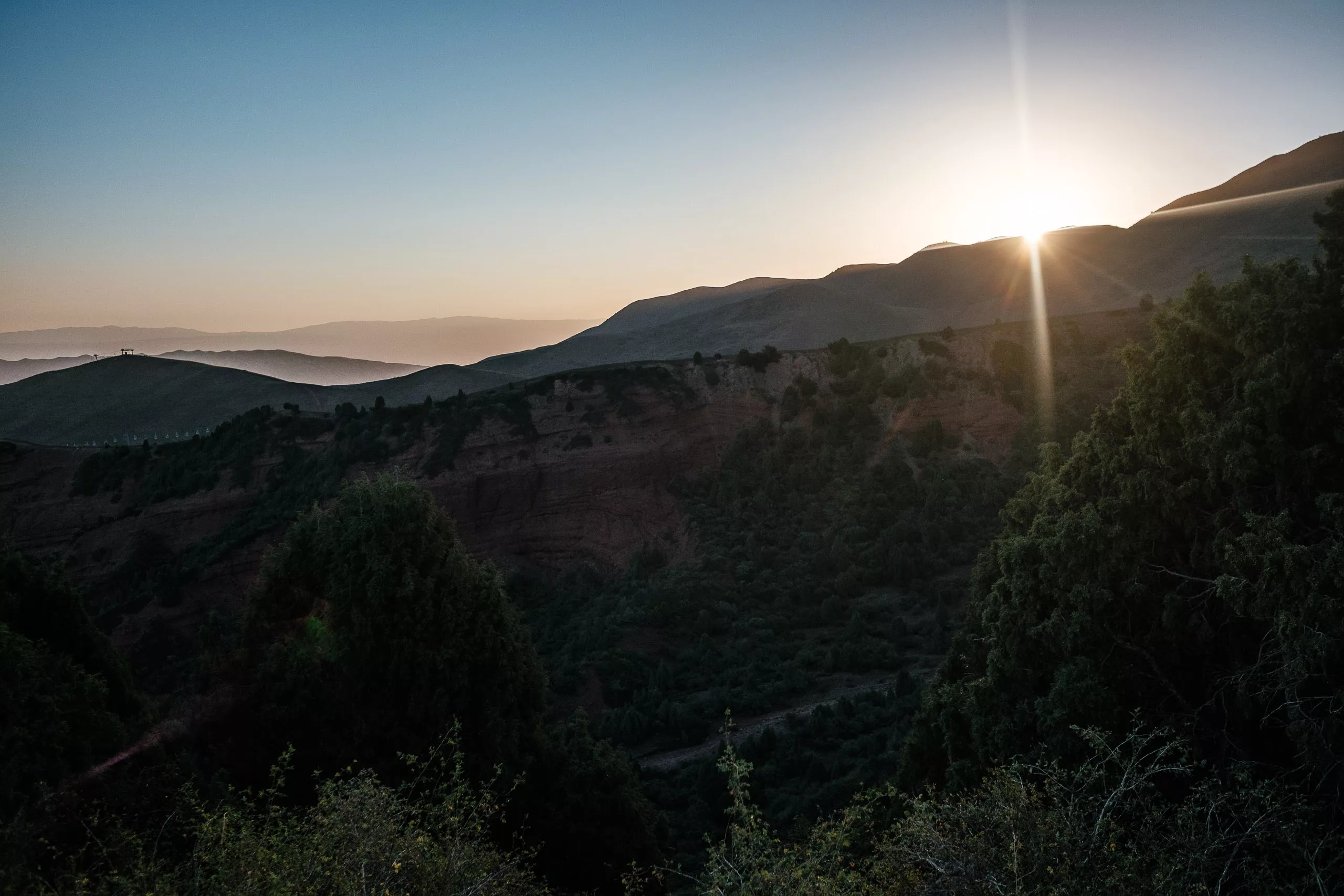
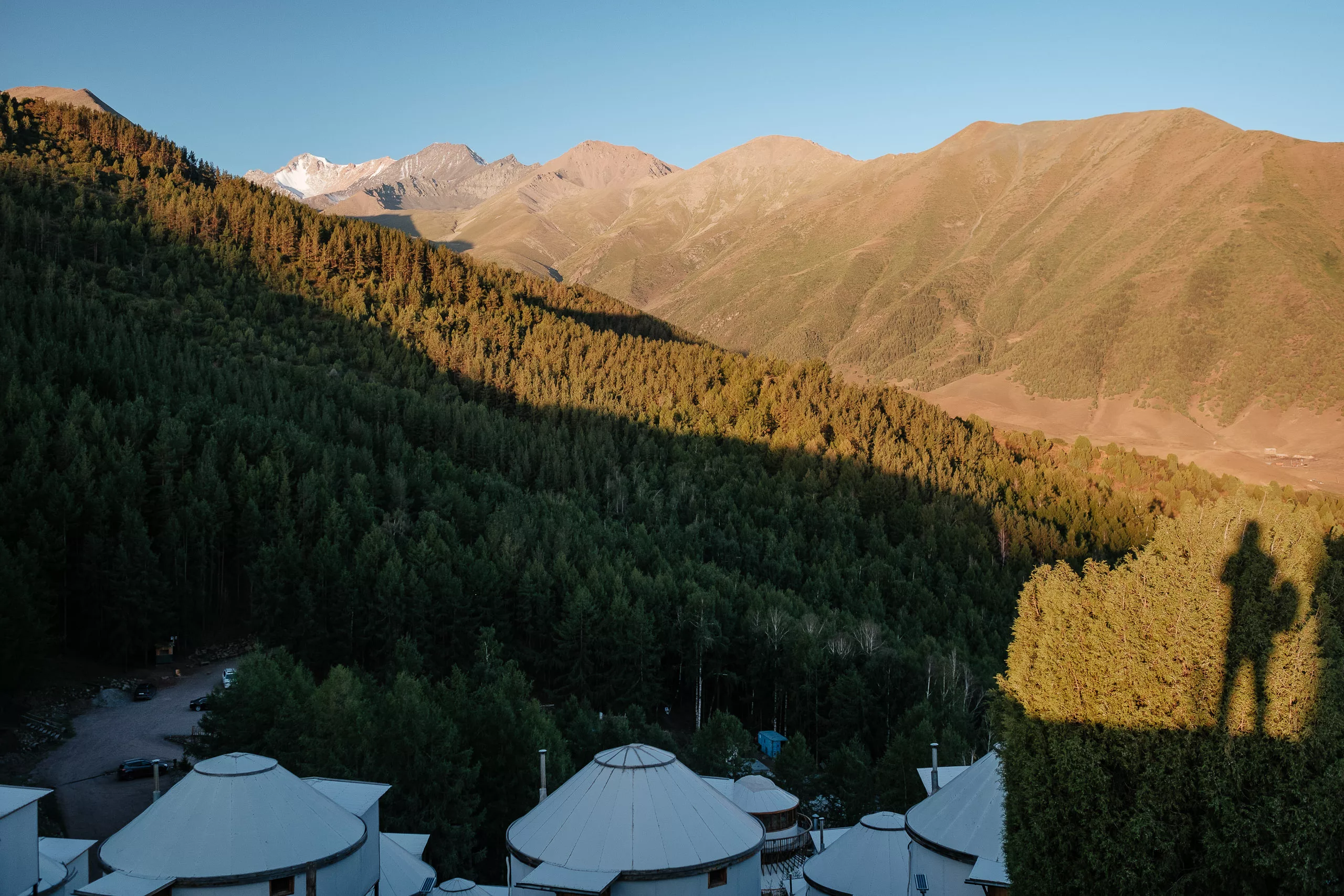
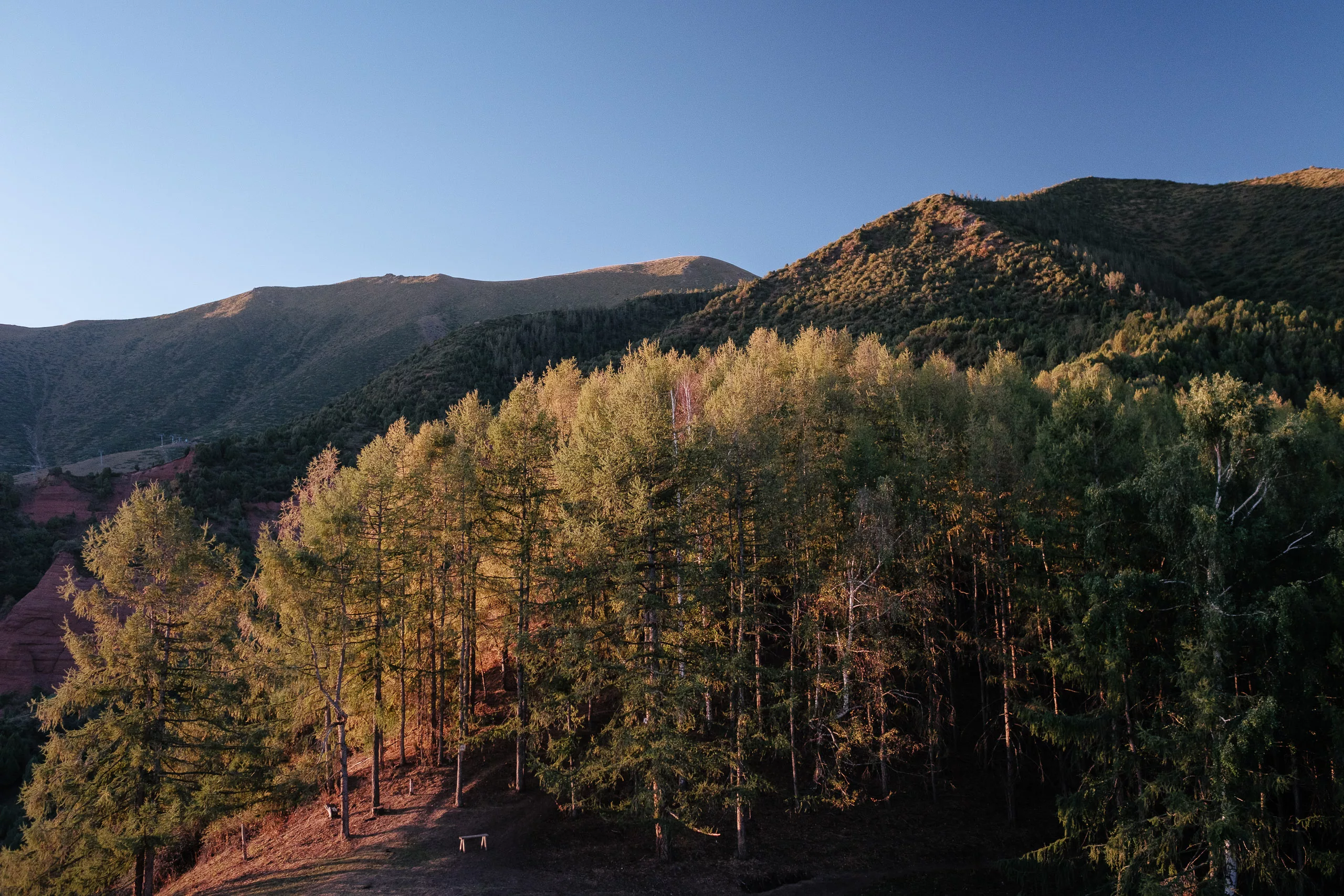
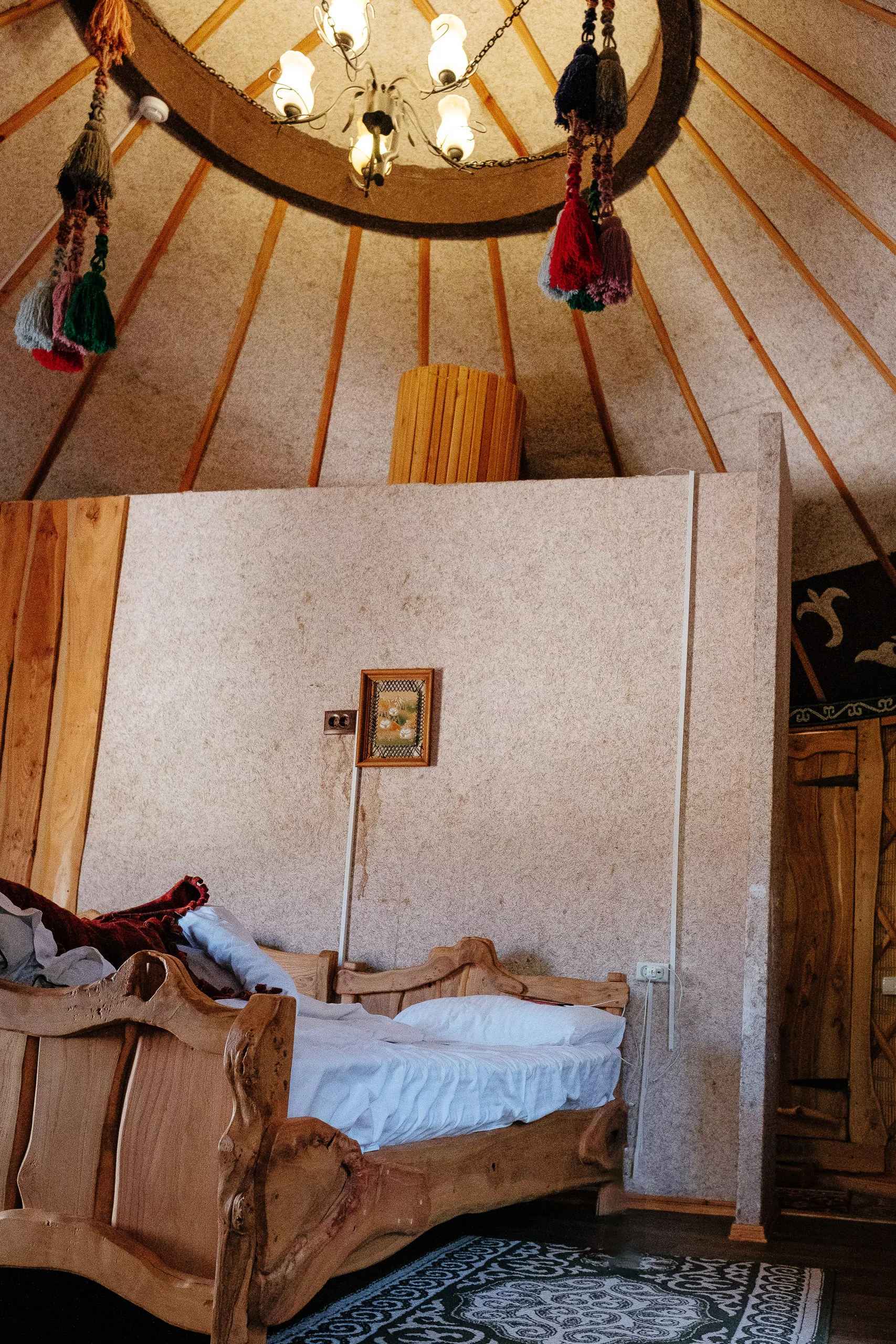
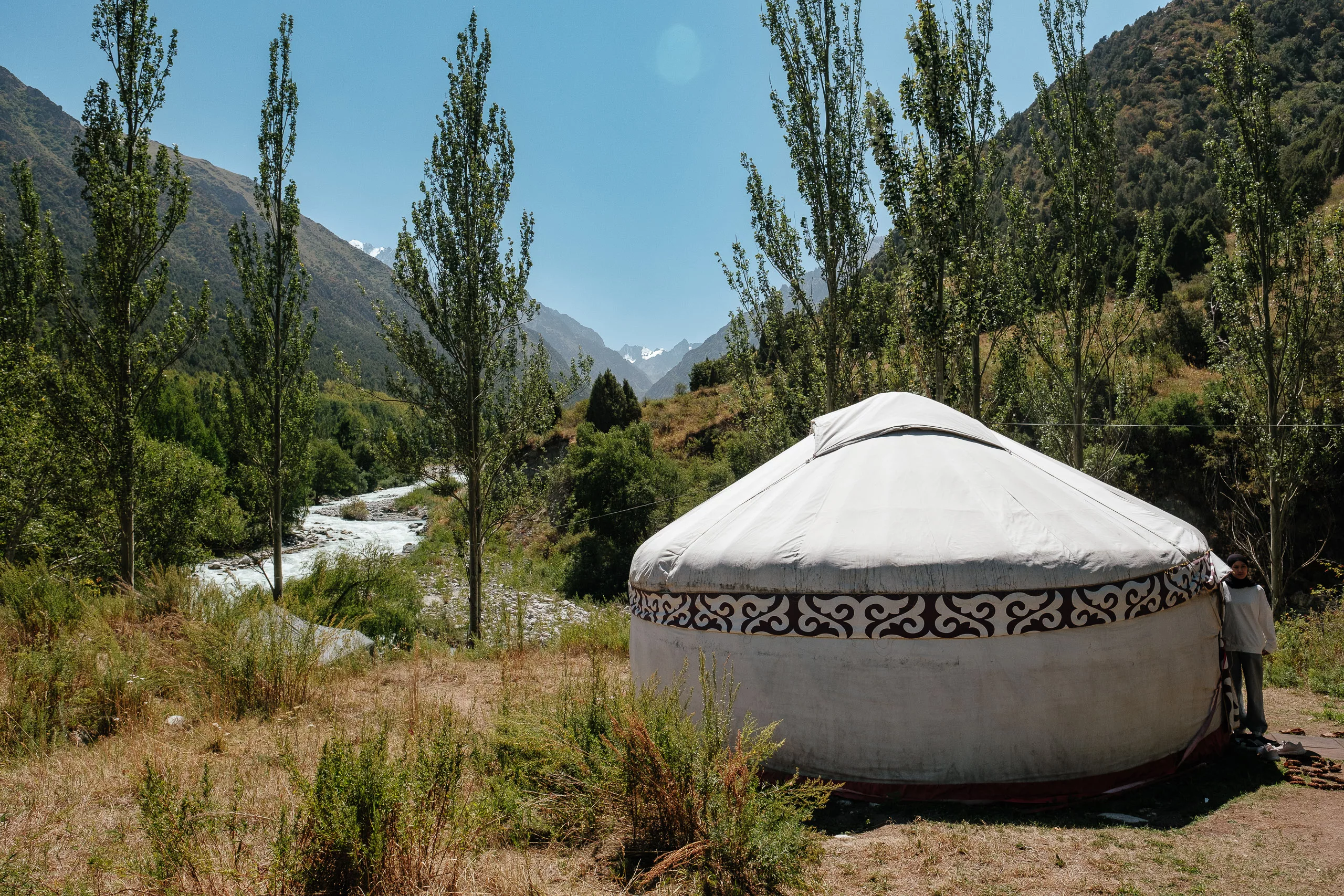
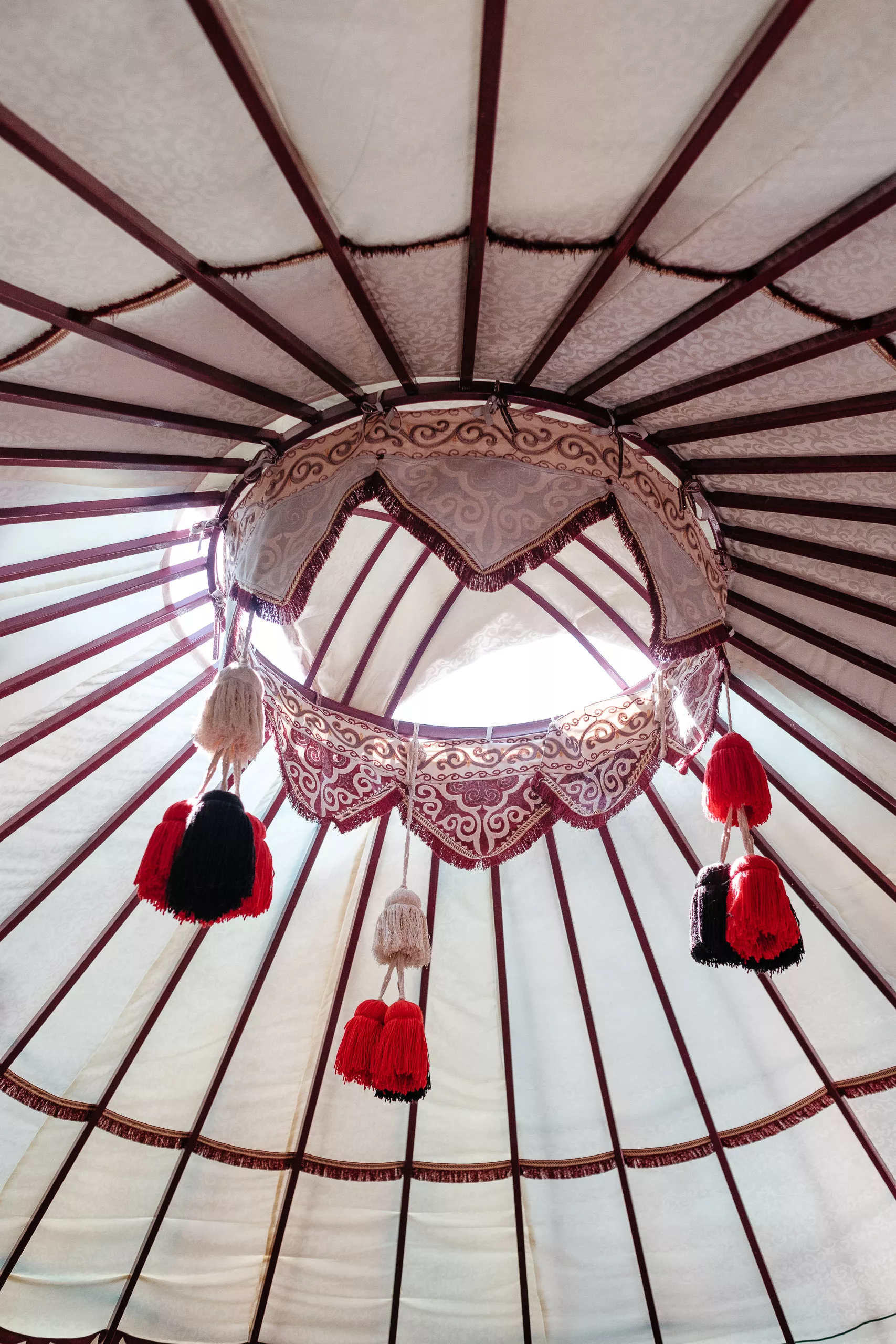
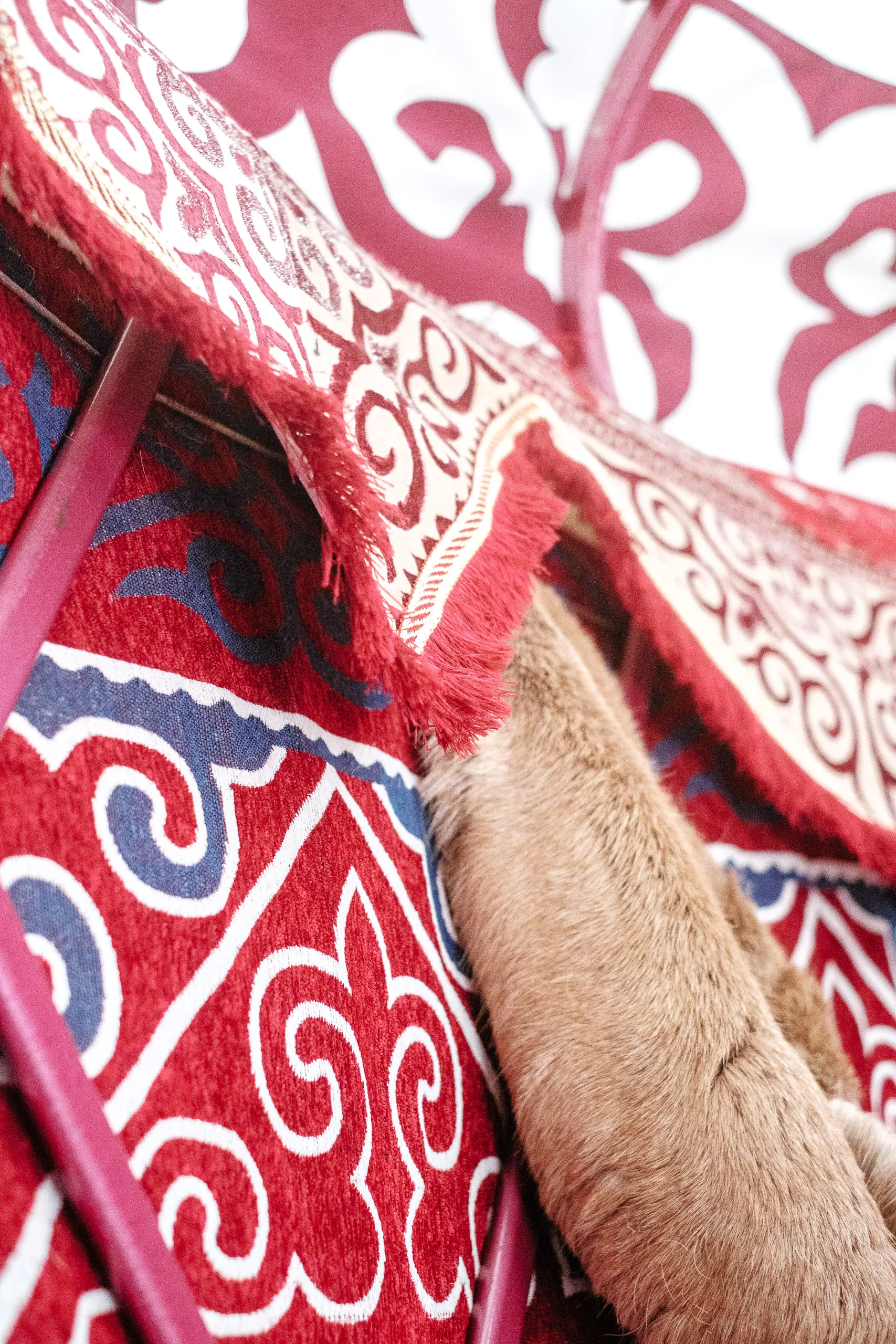
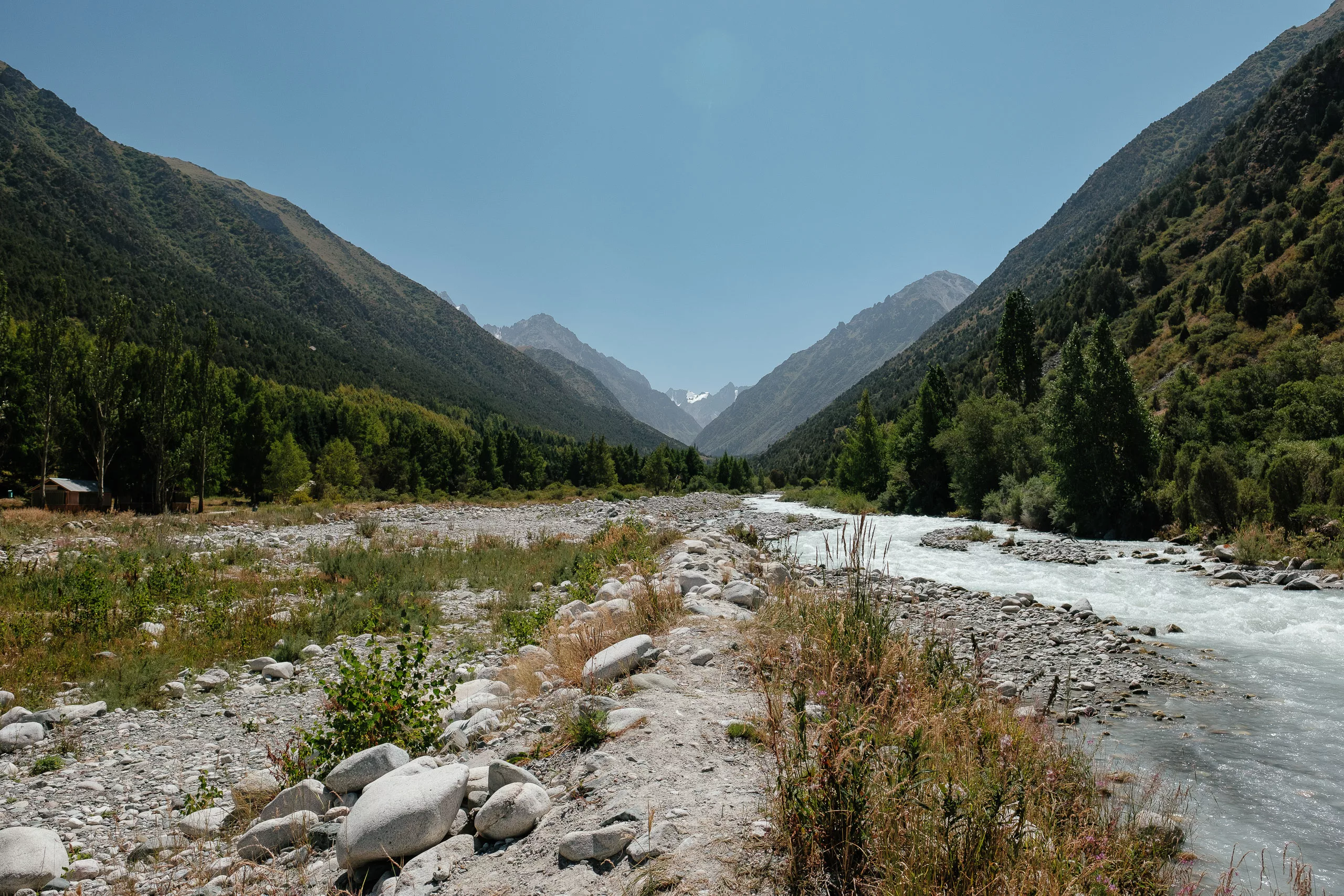
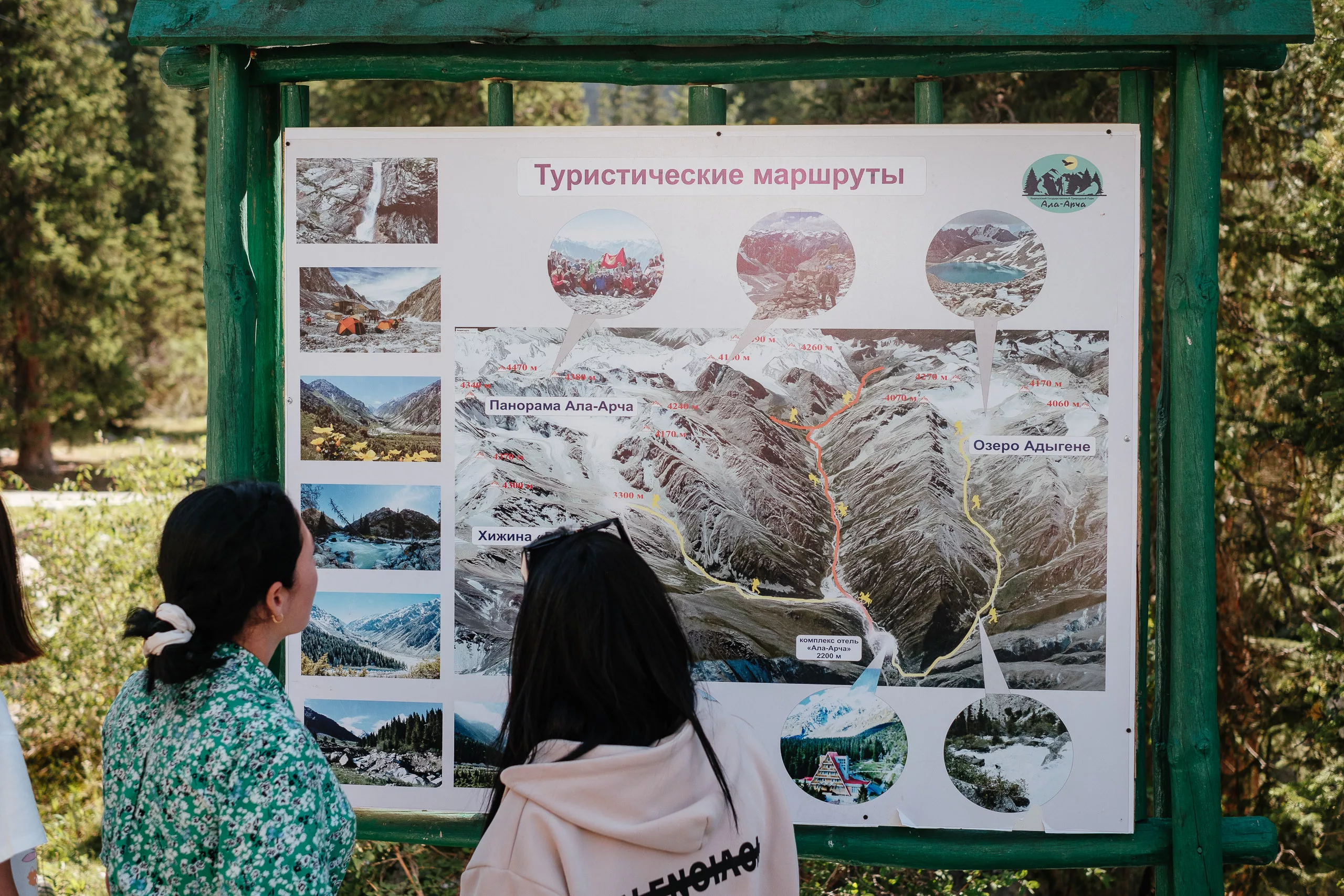
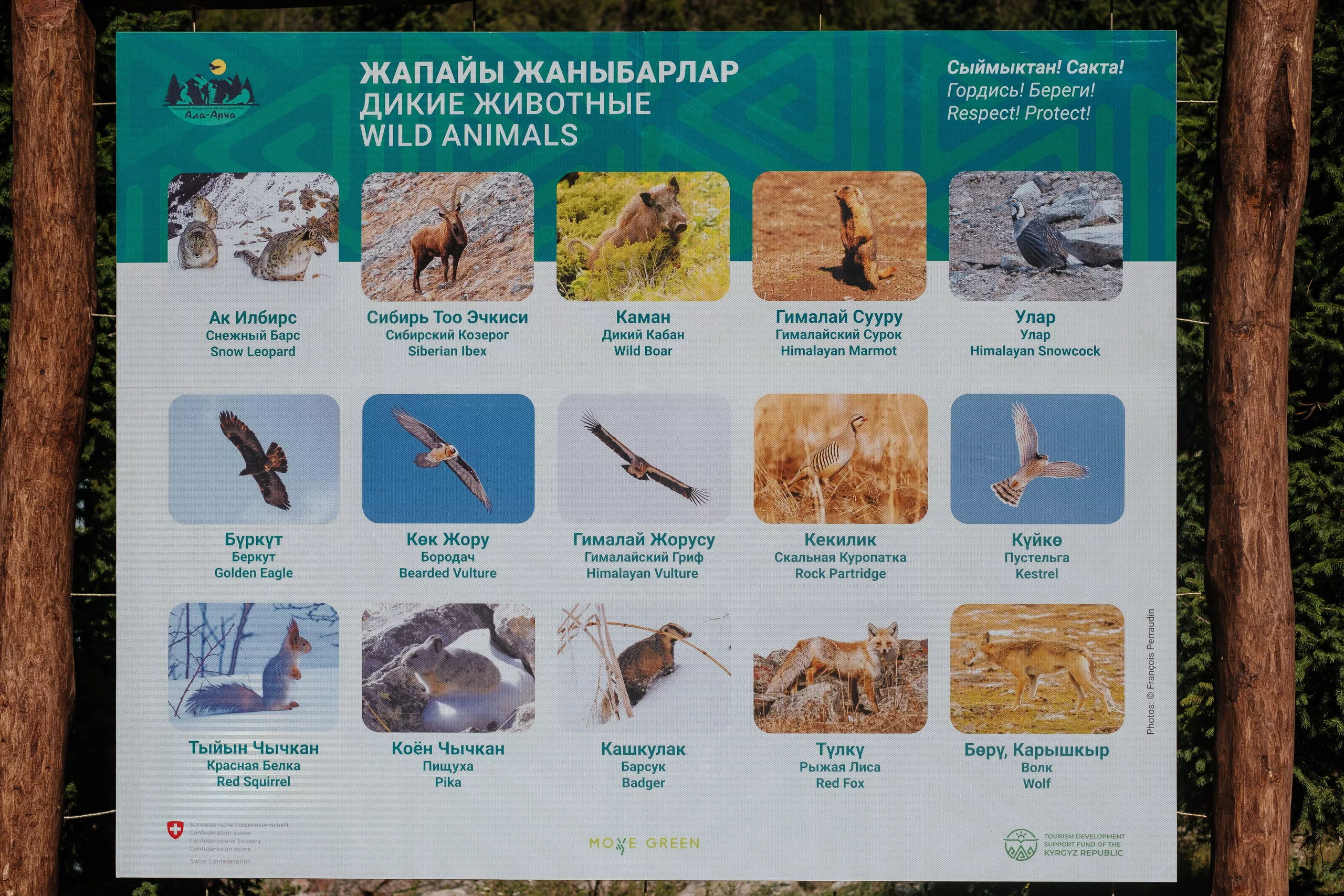
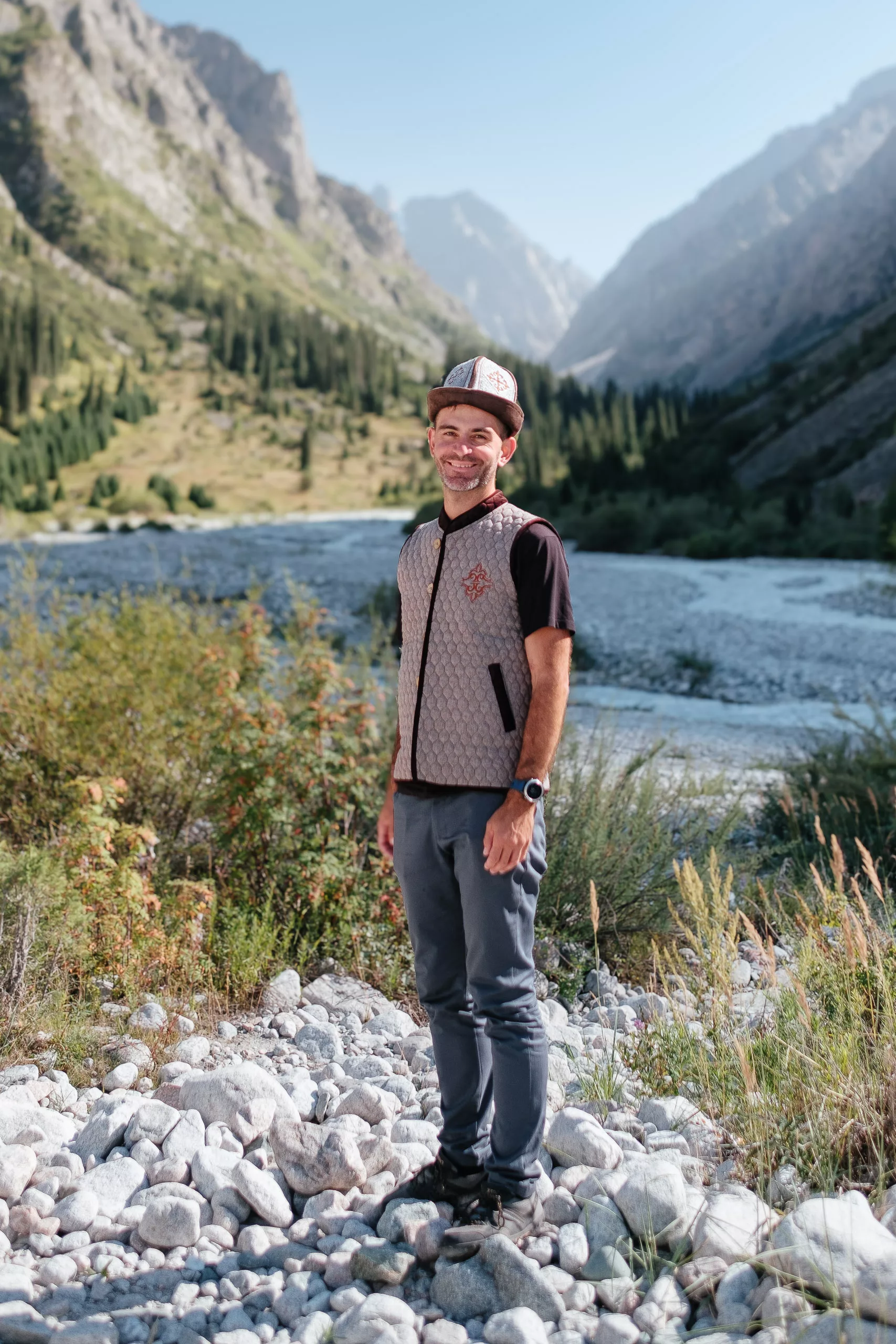
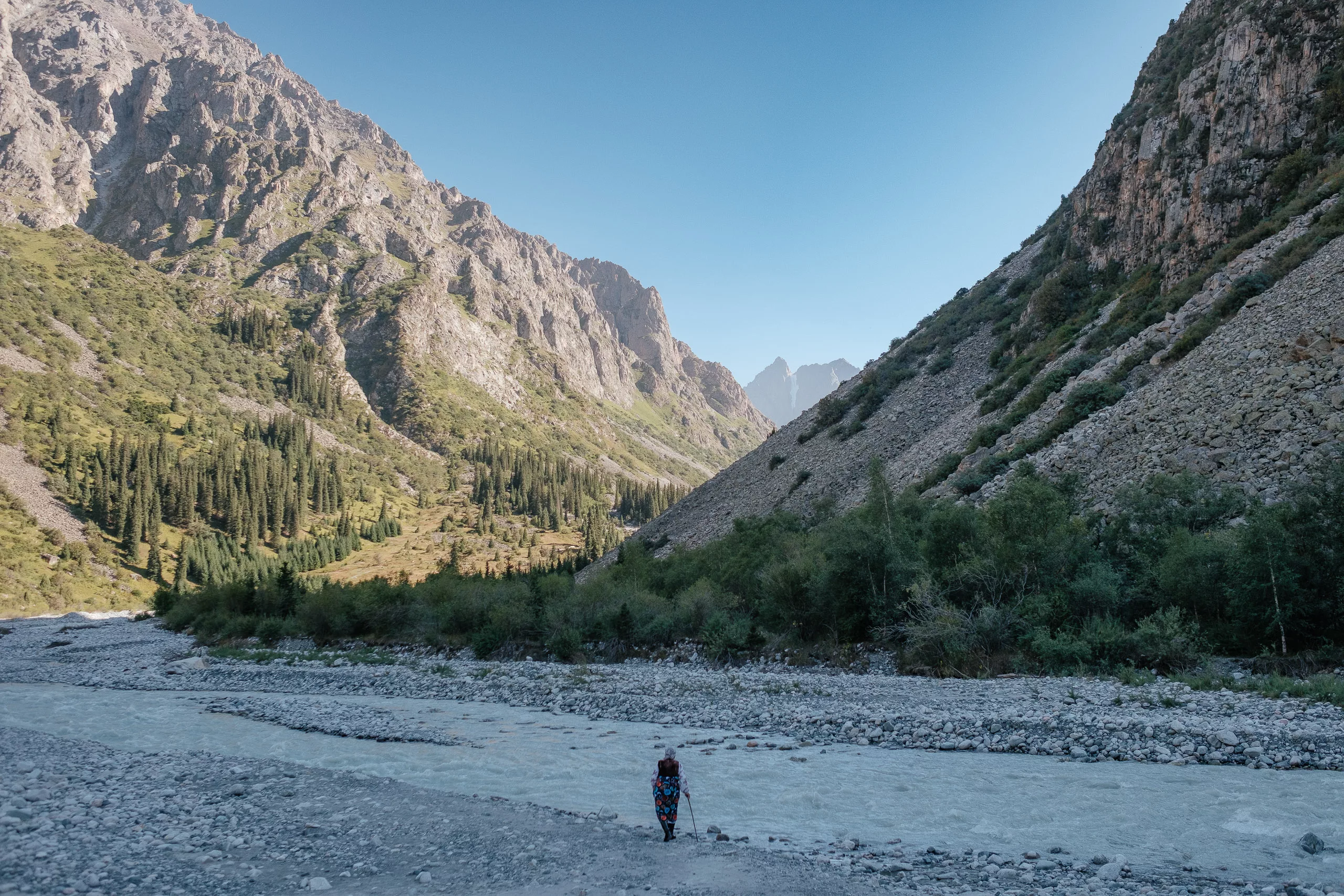
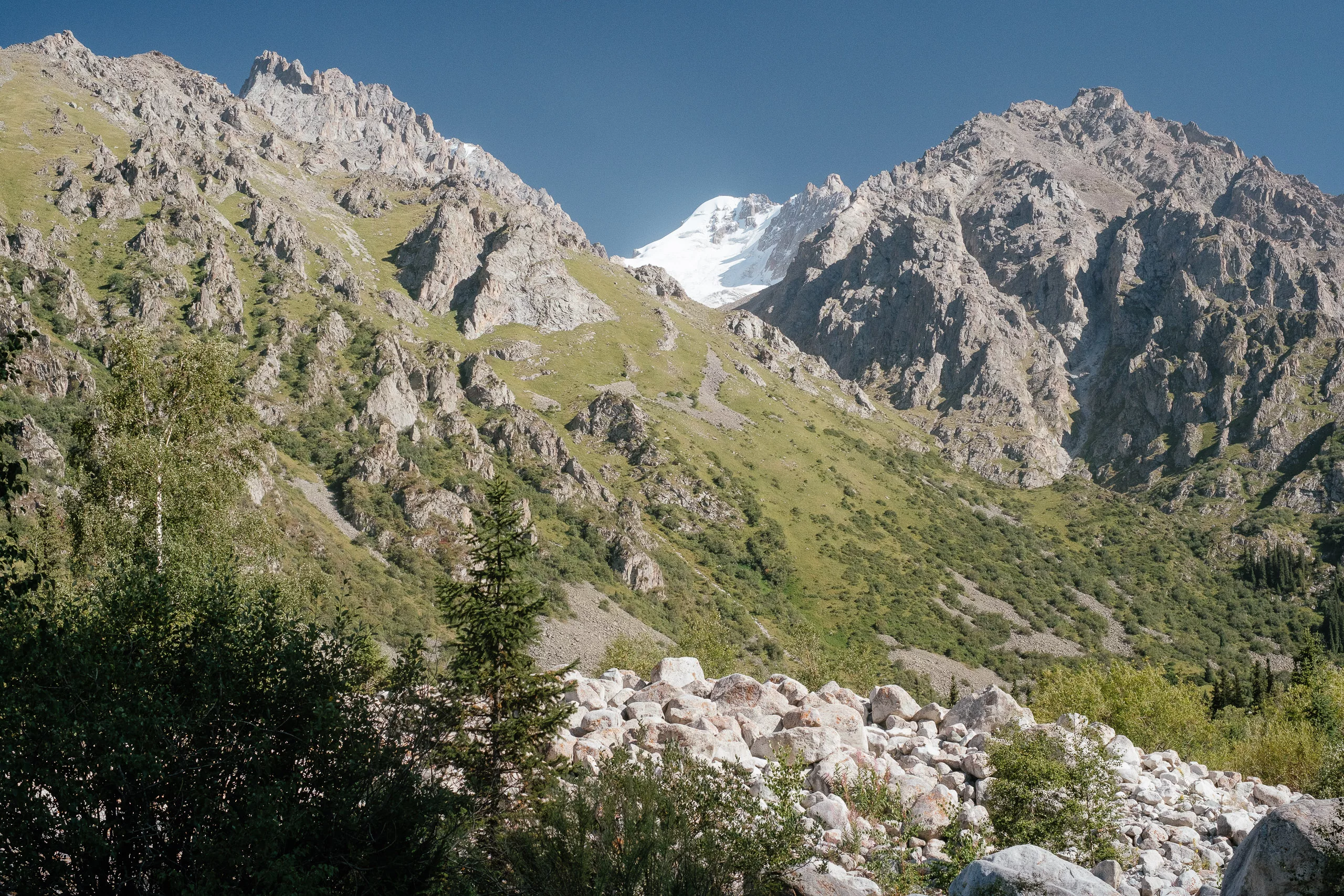
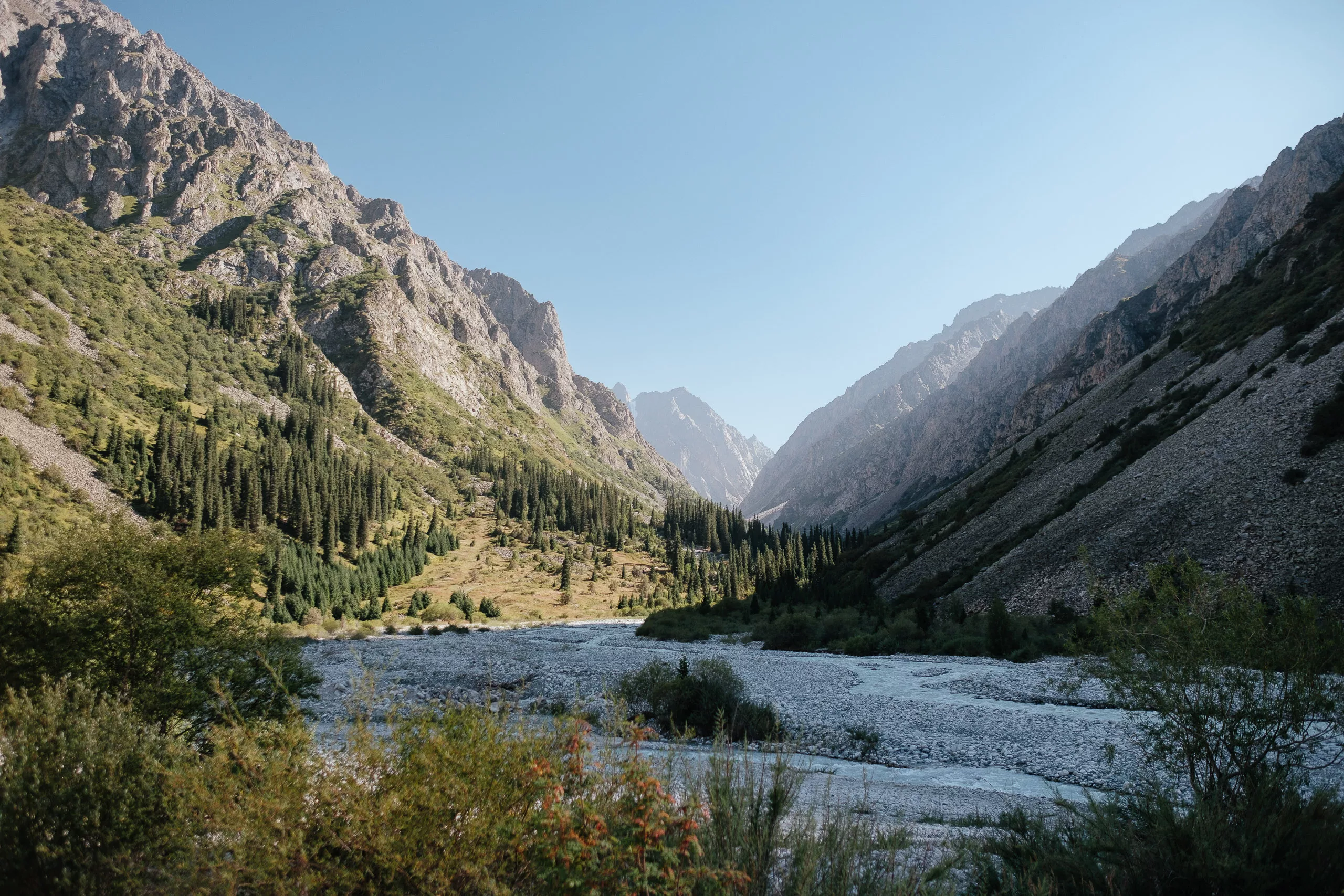
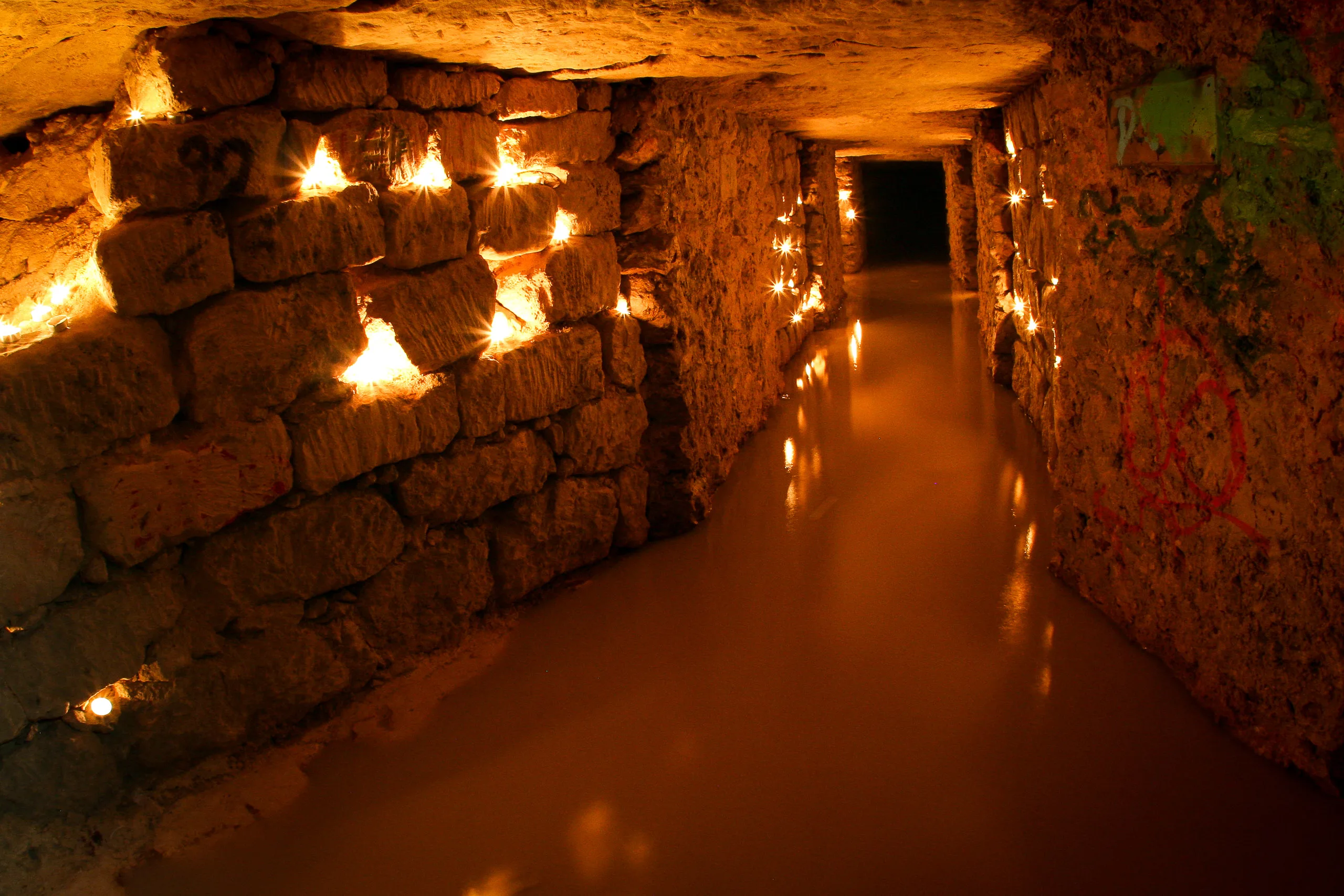
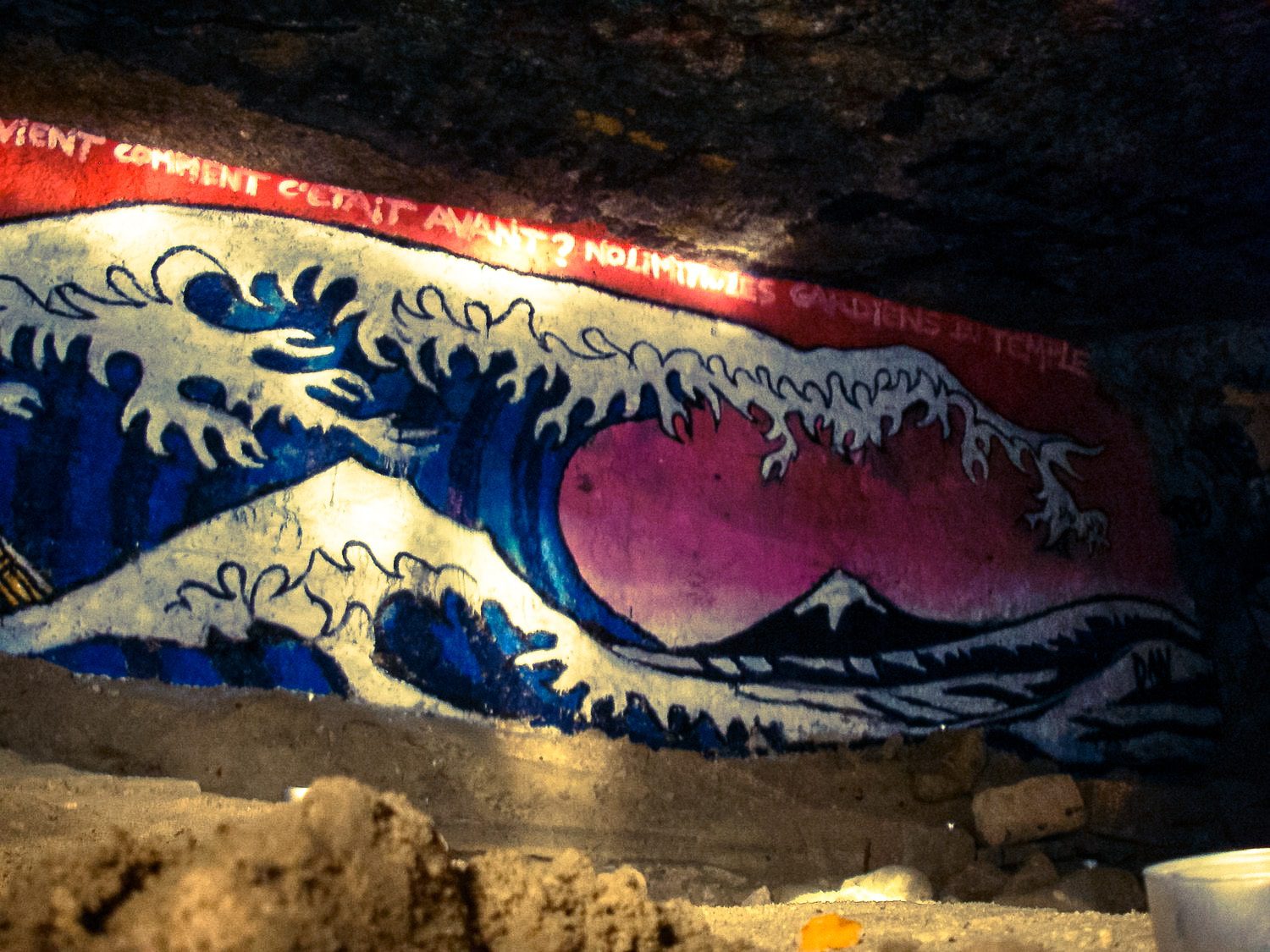
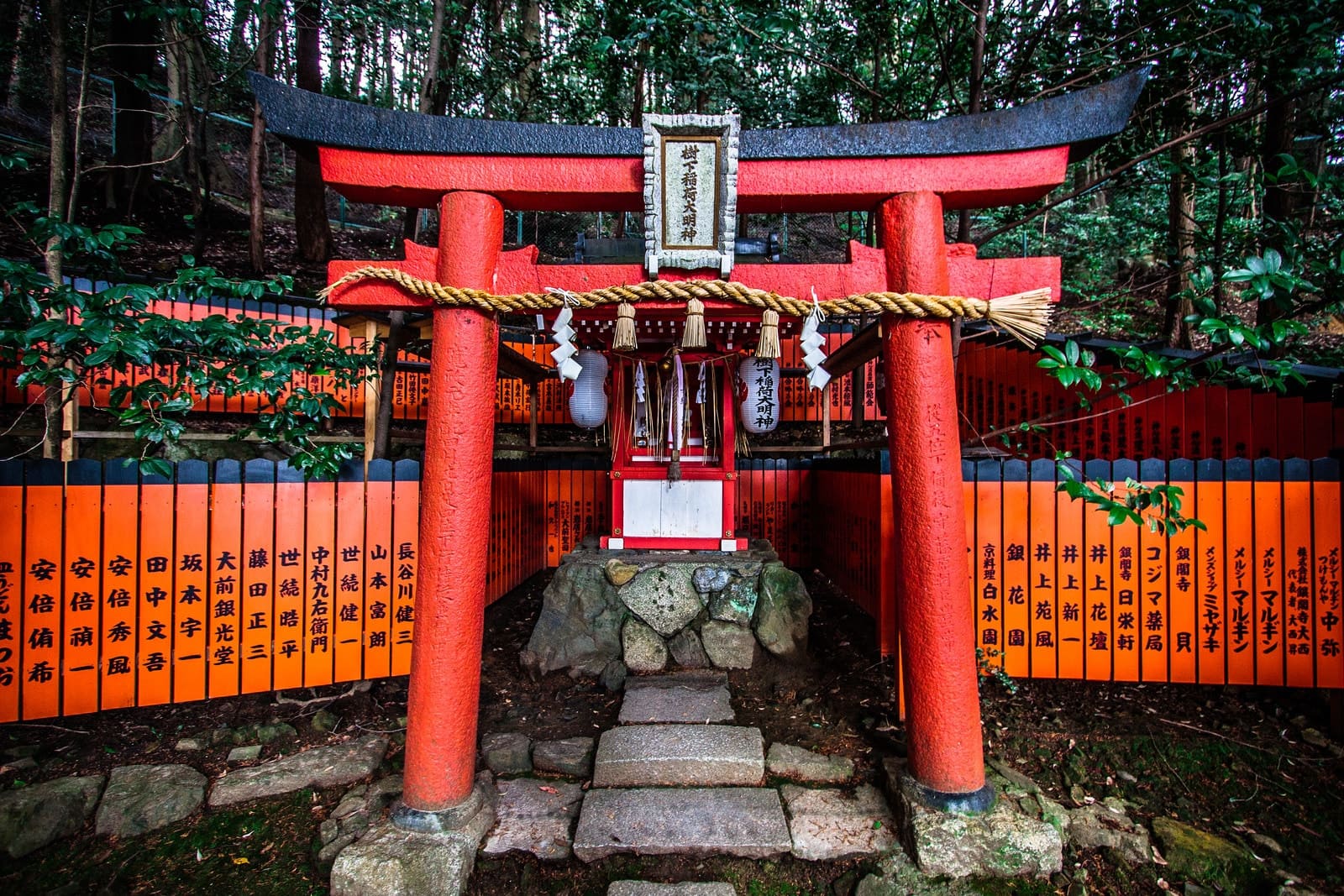





































































































































































[…] If you’ve missed the first part of the trip, you can find it here: Bishkek and the Chüy region. […]